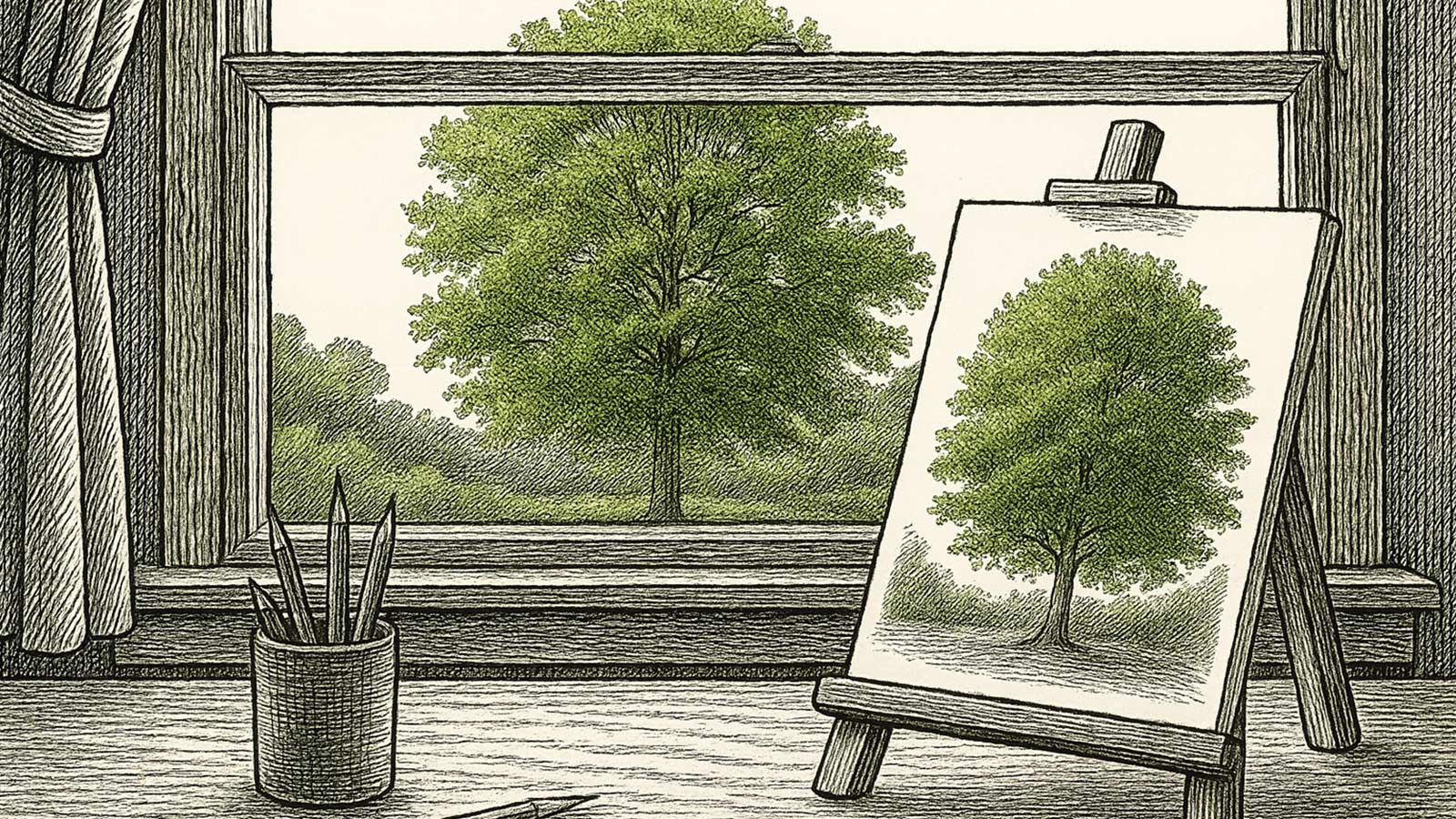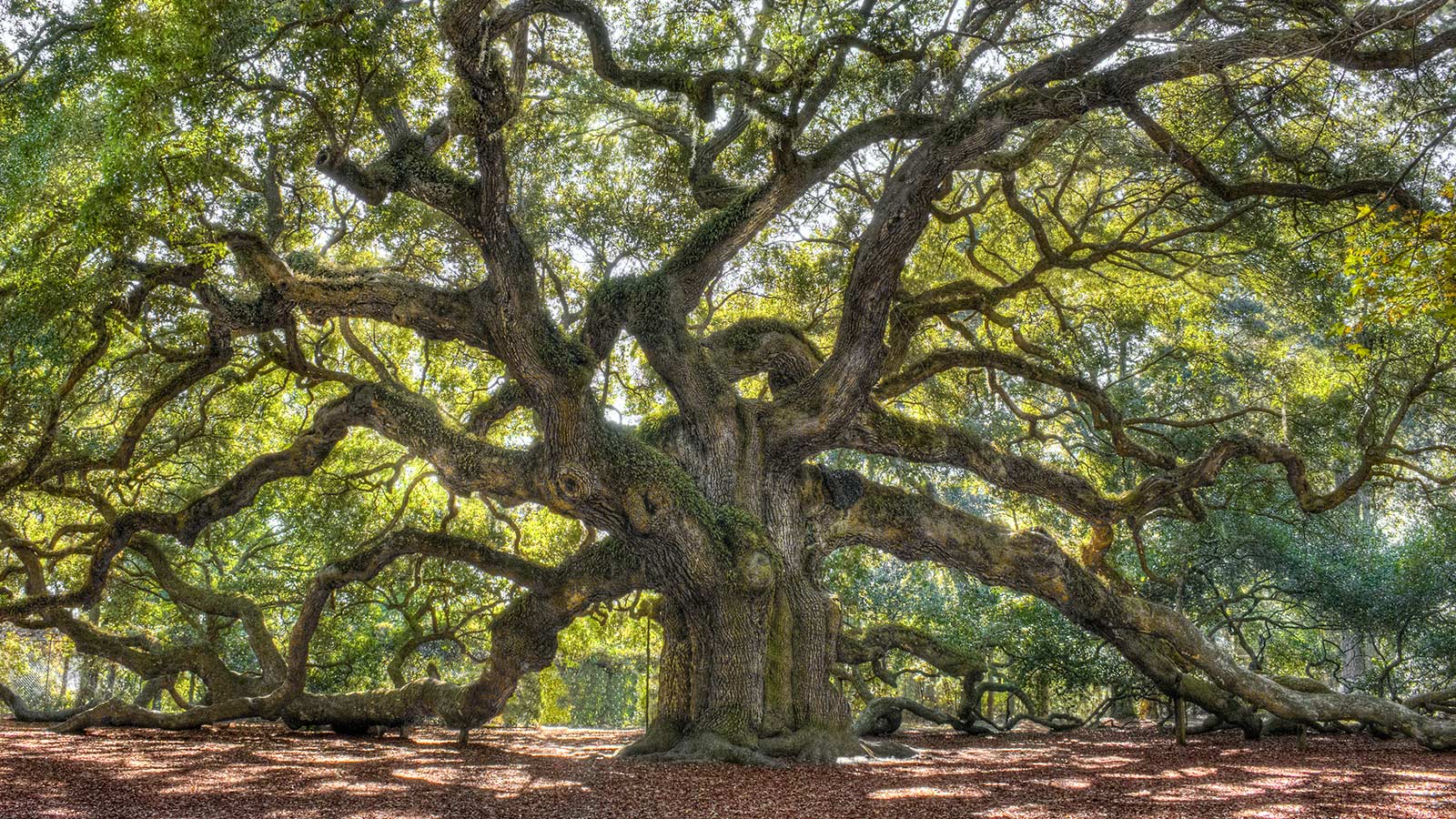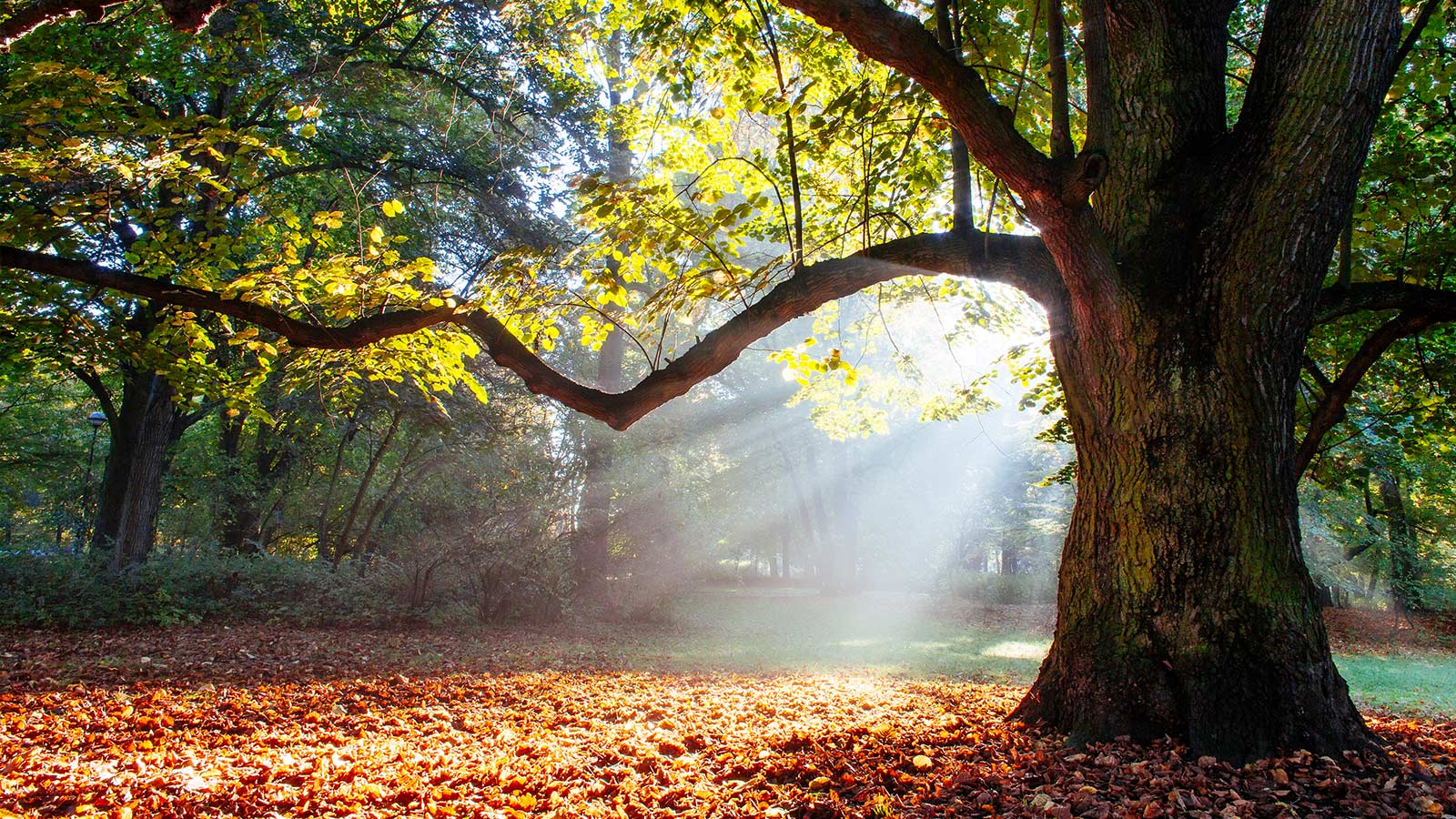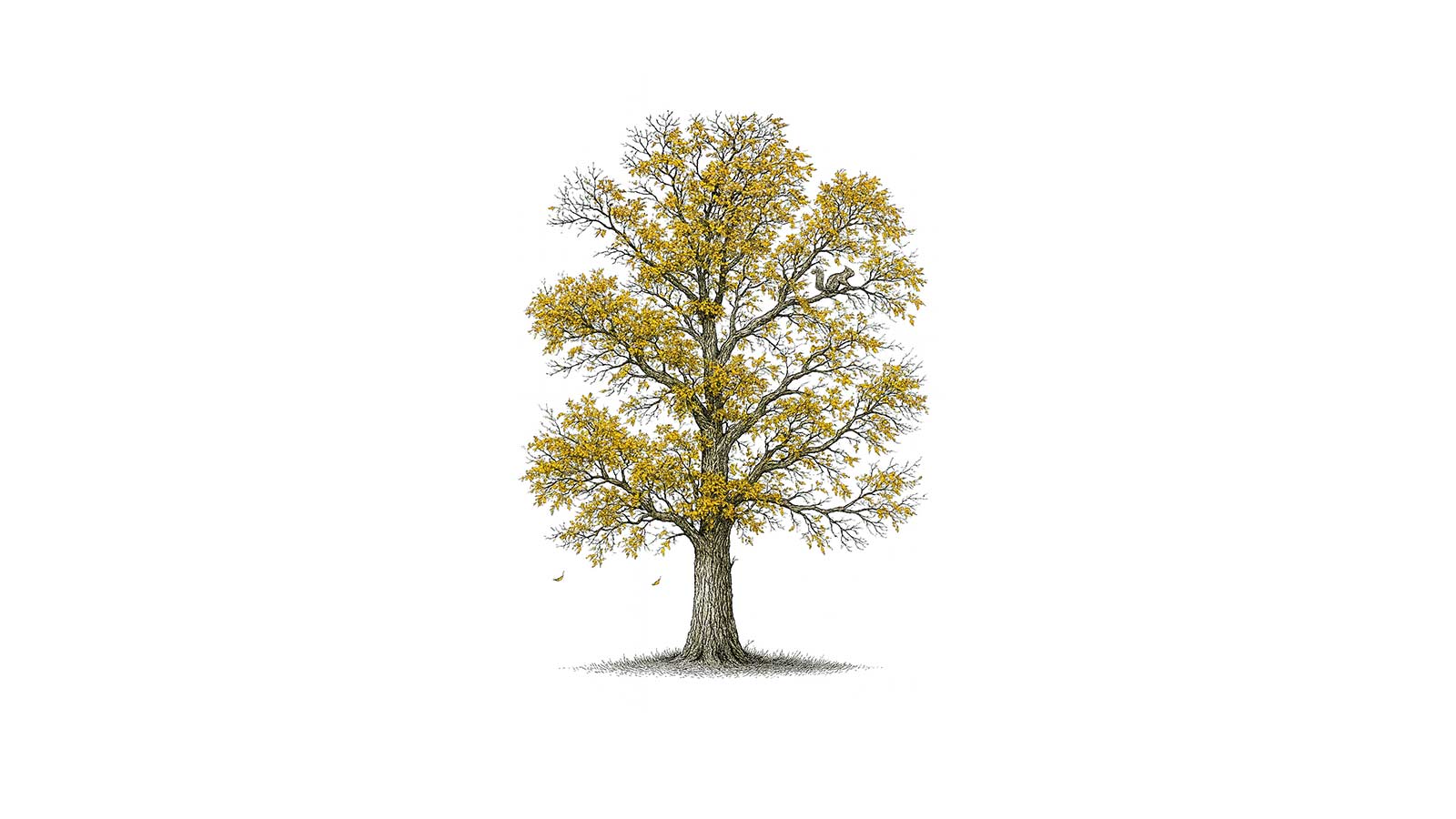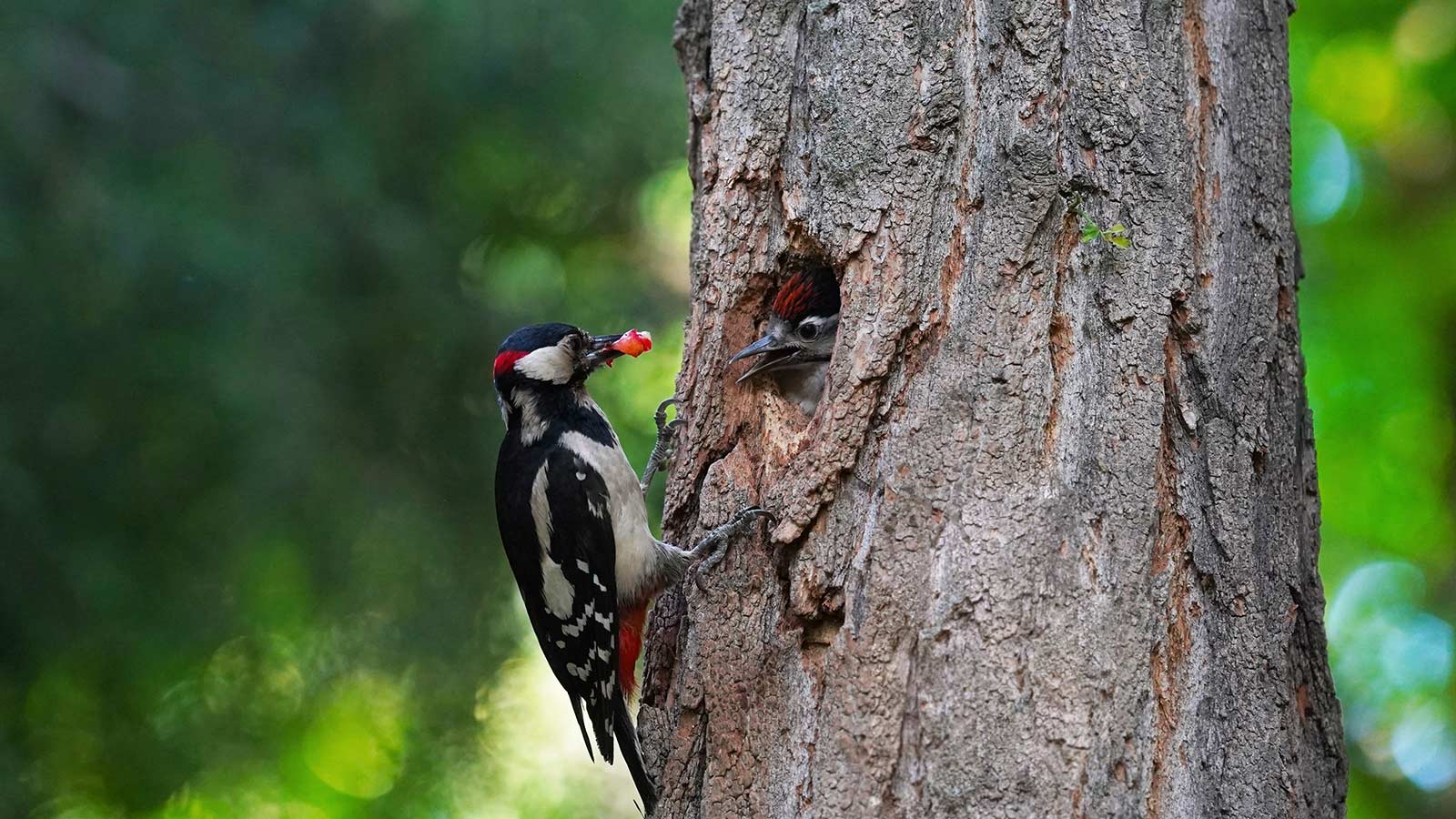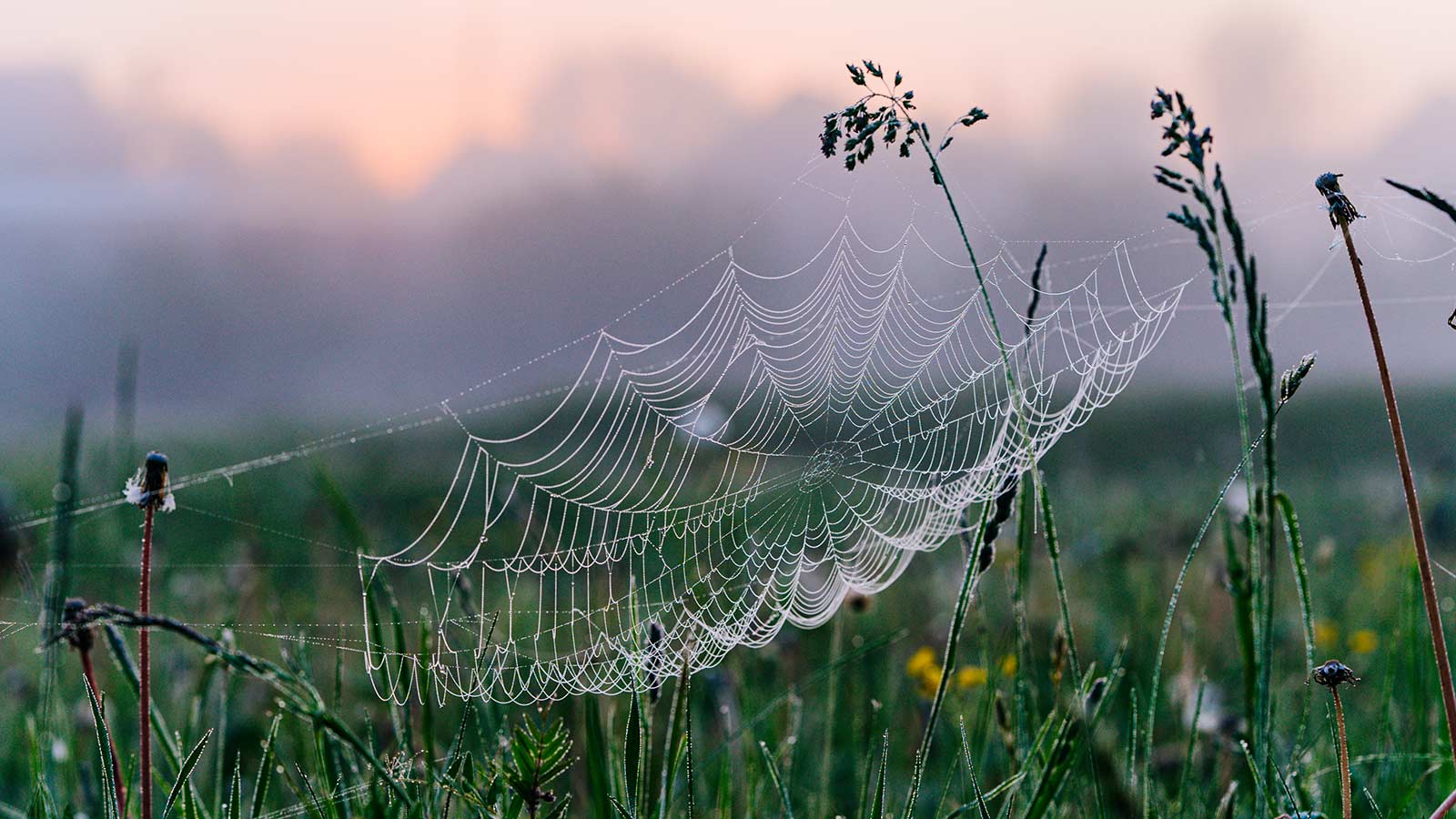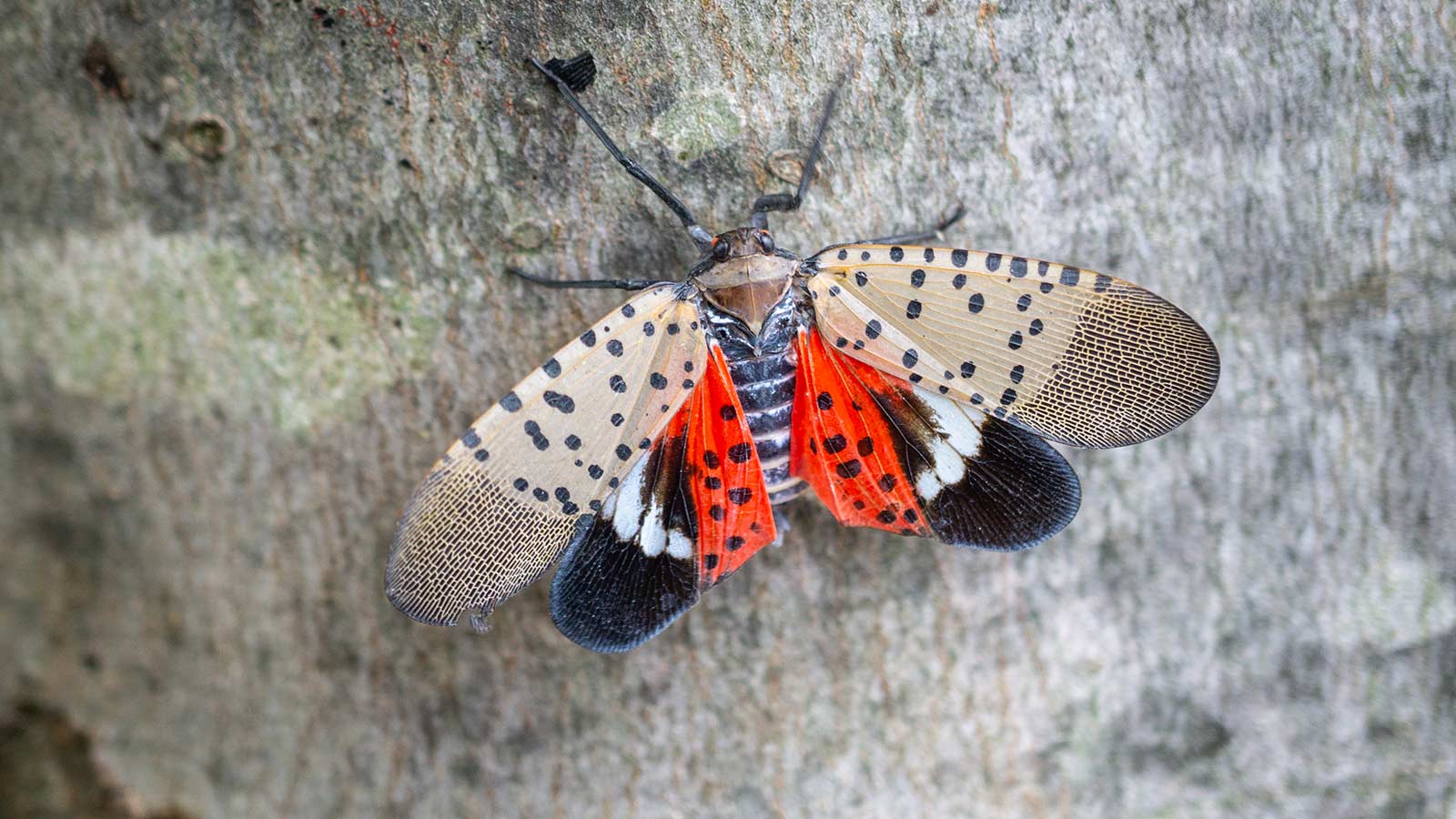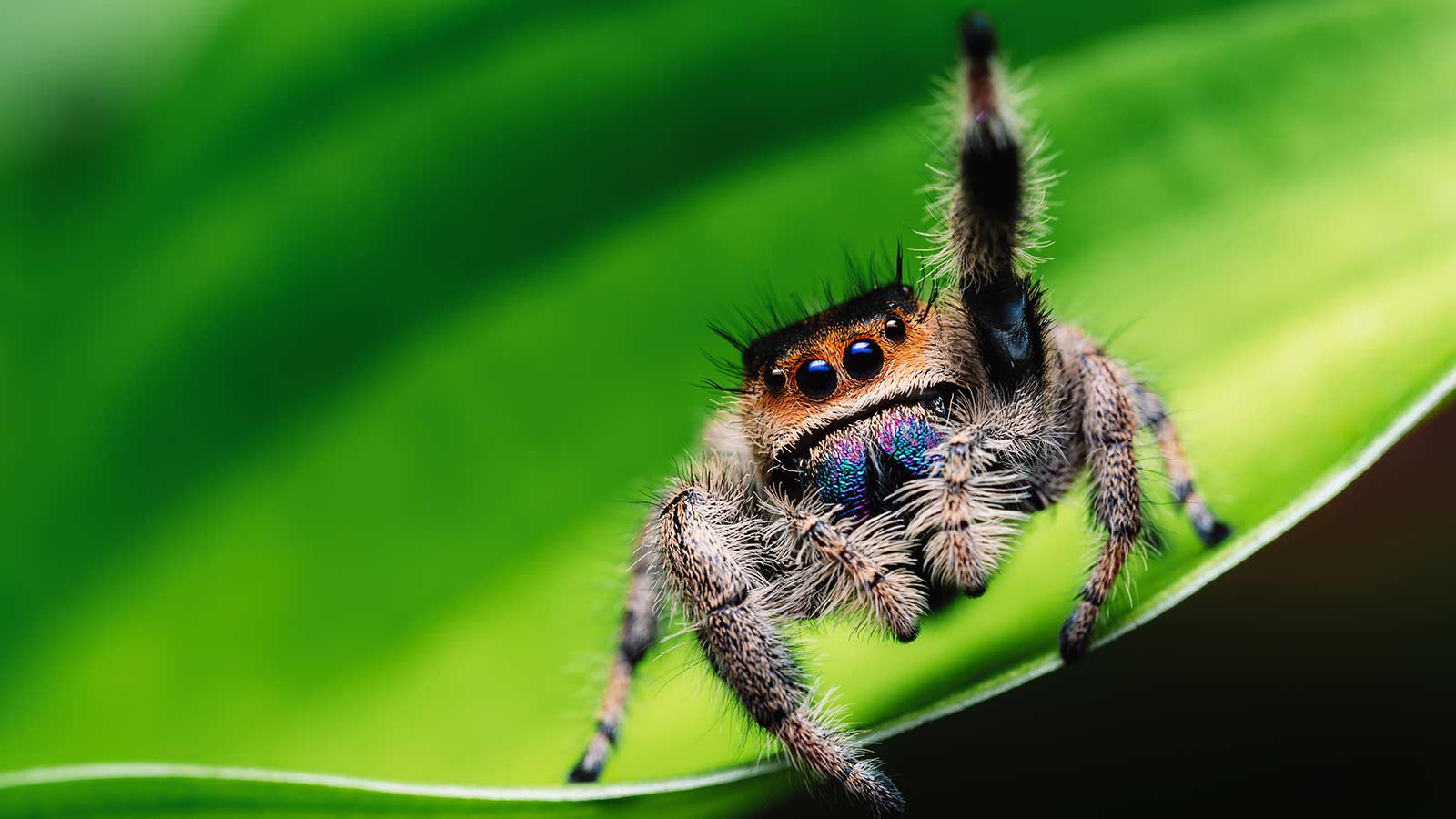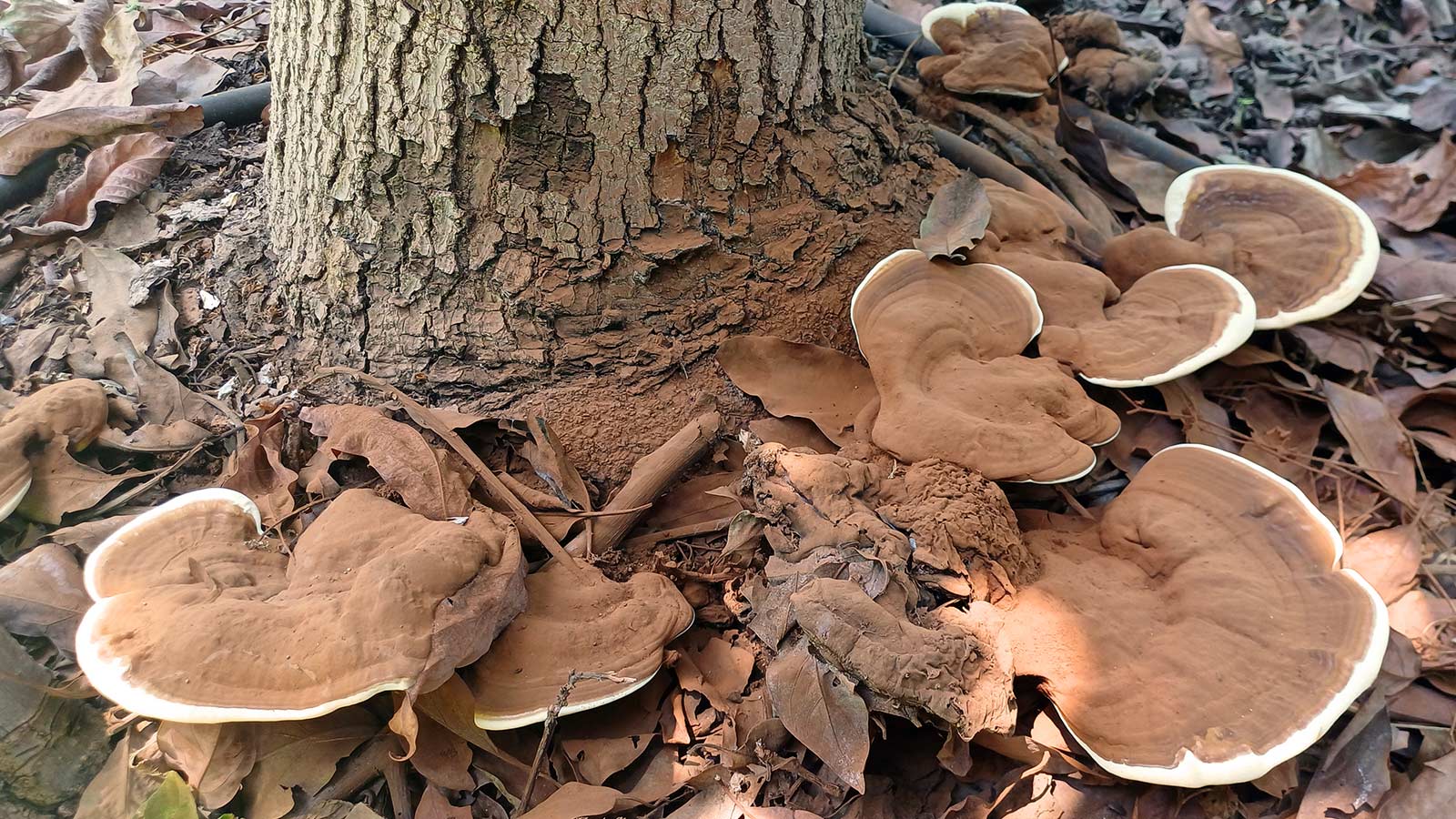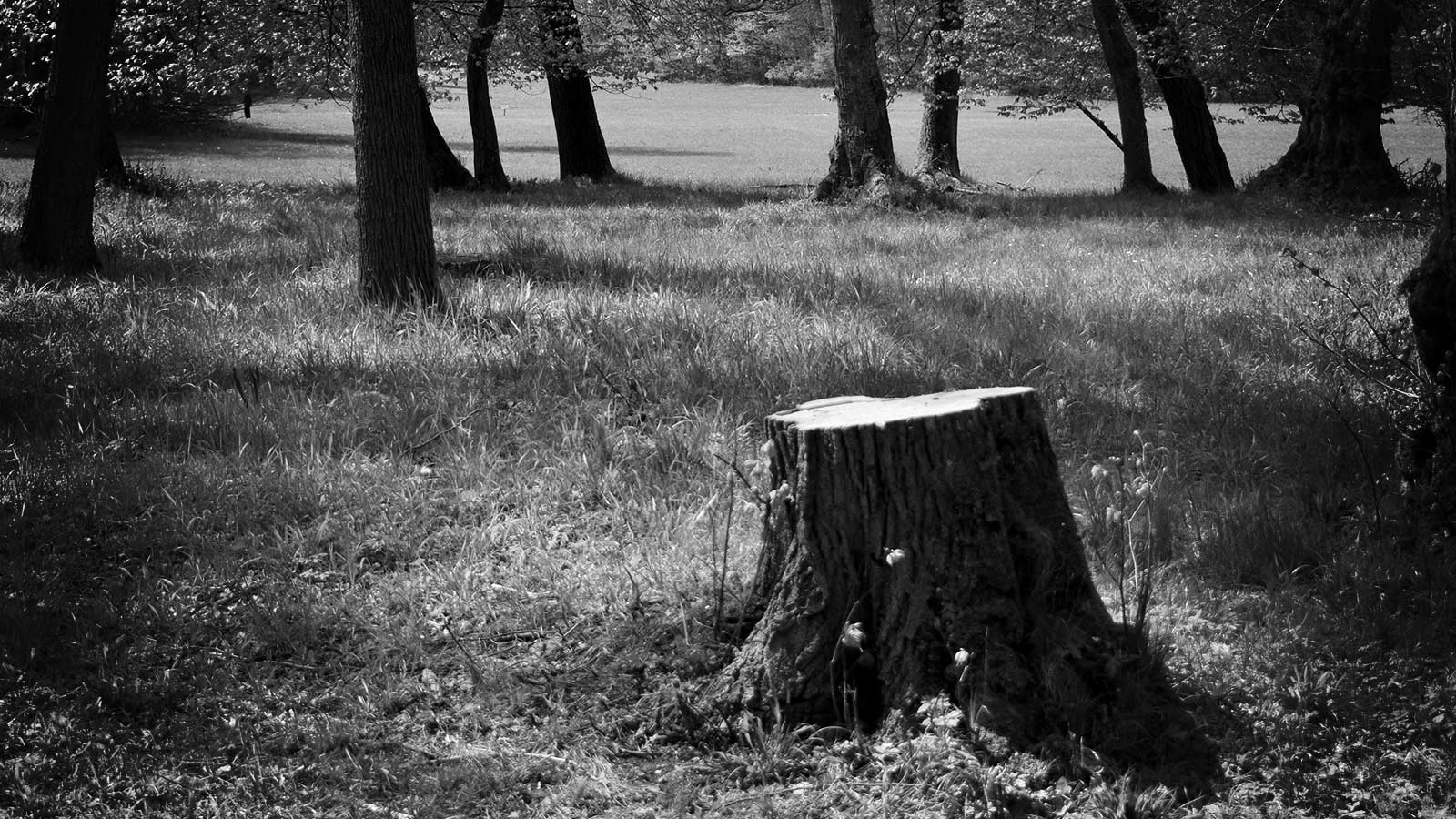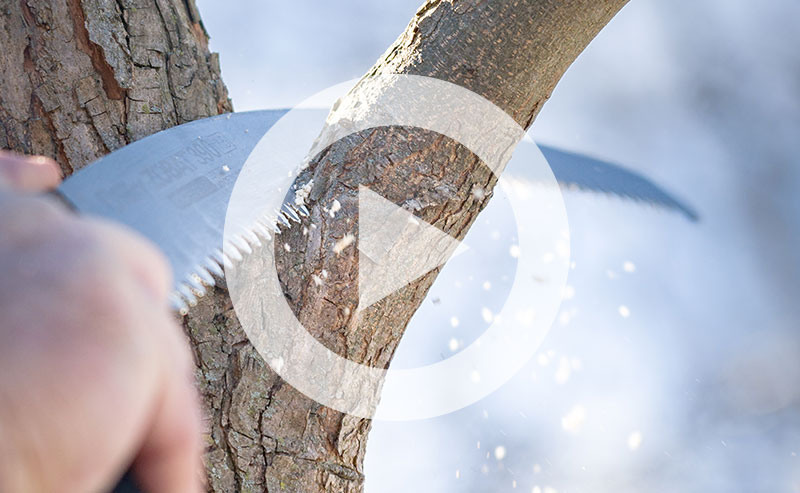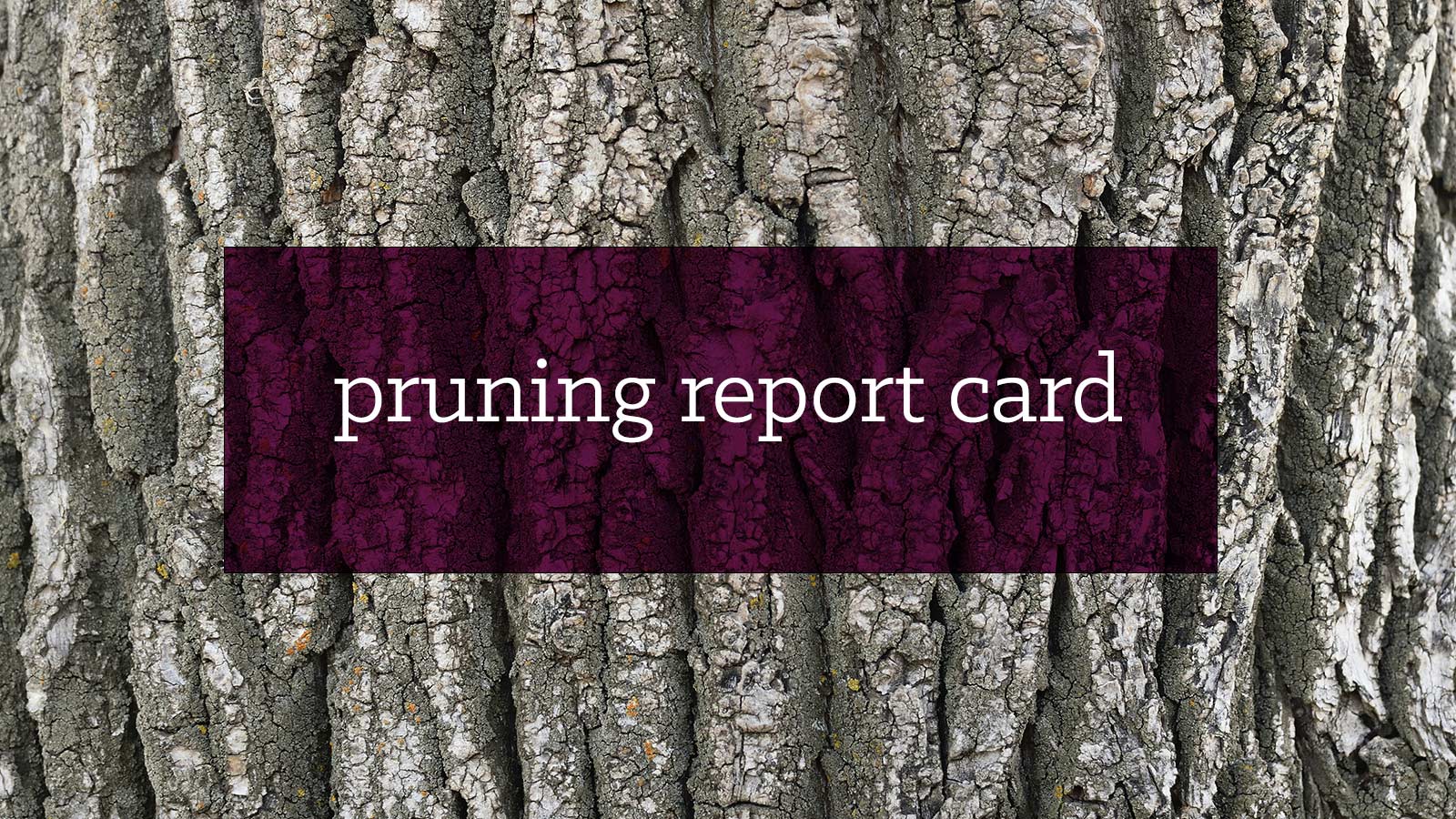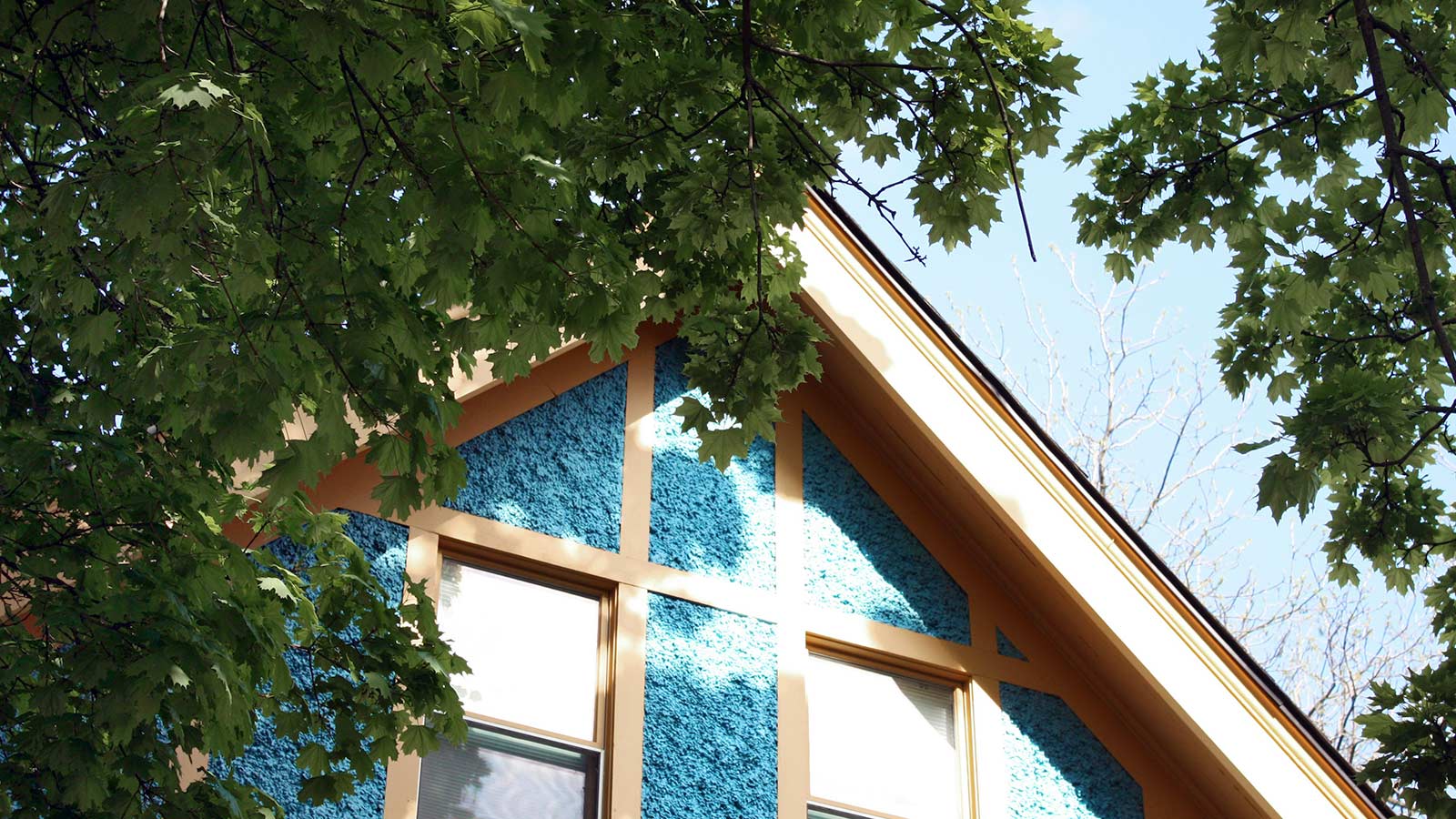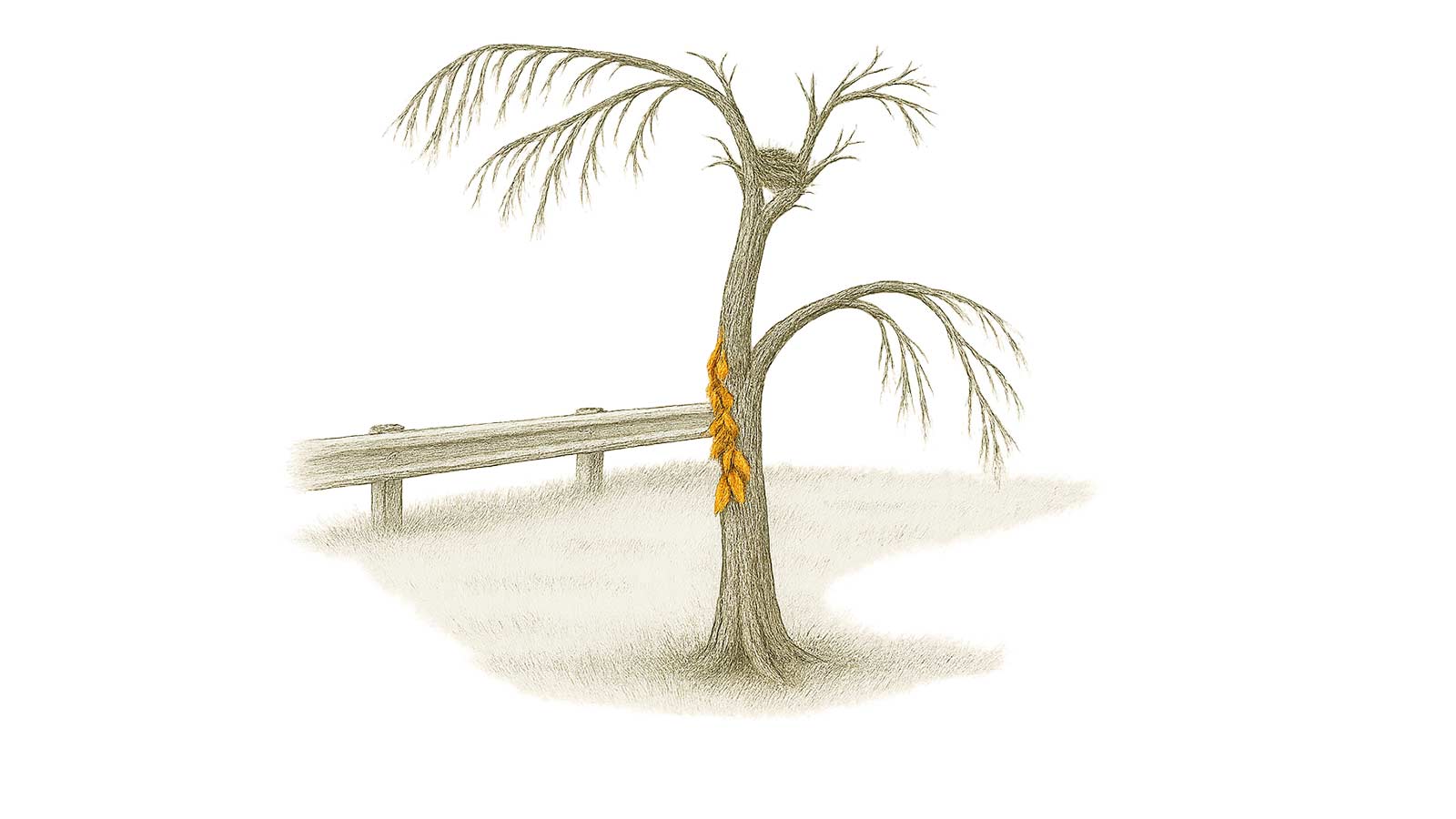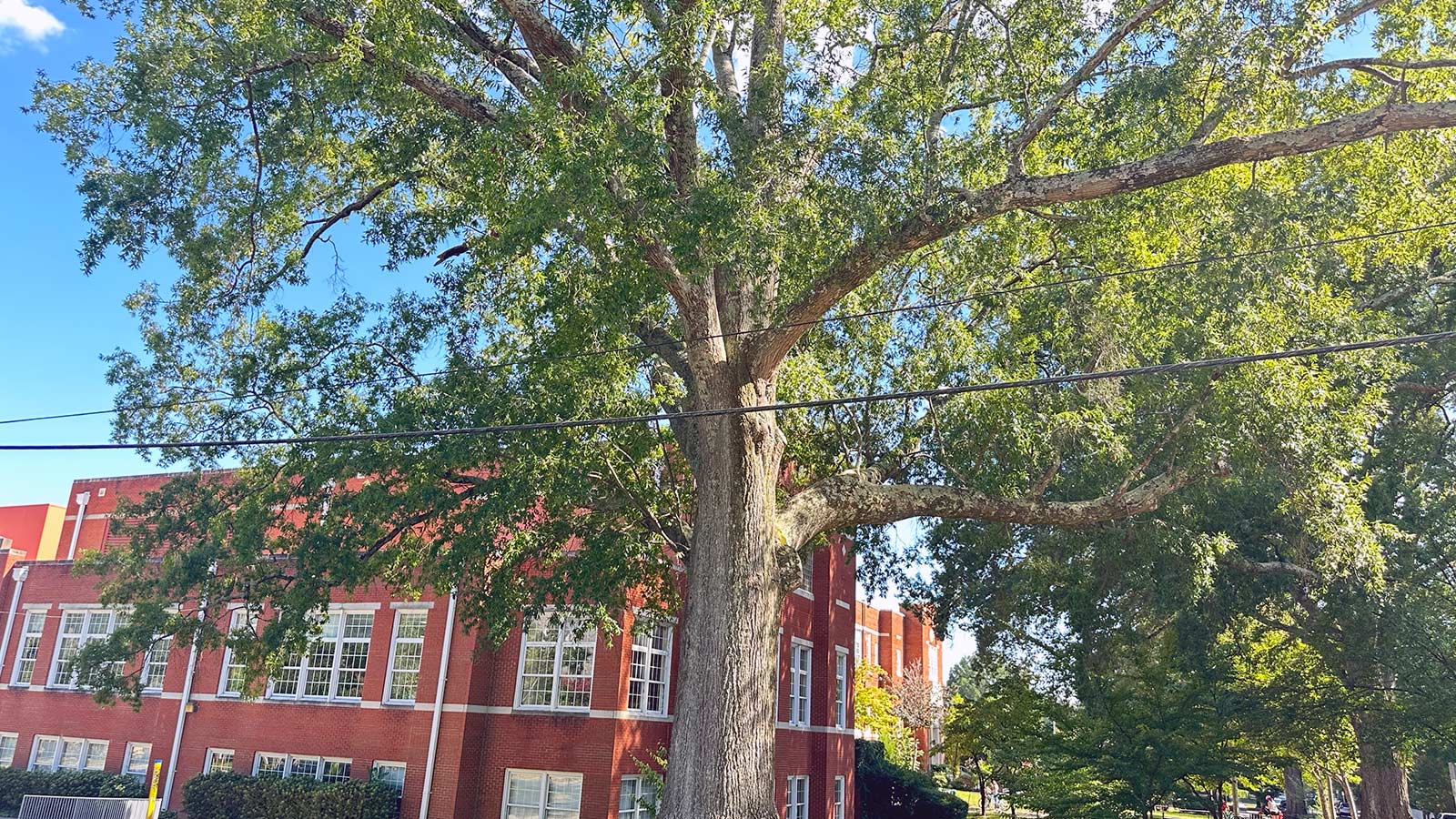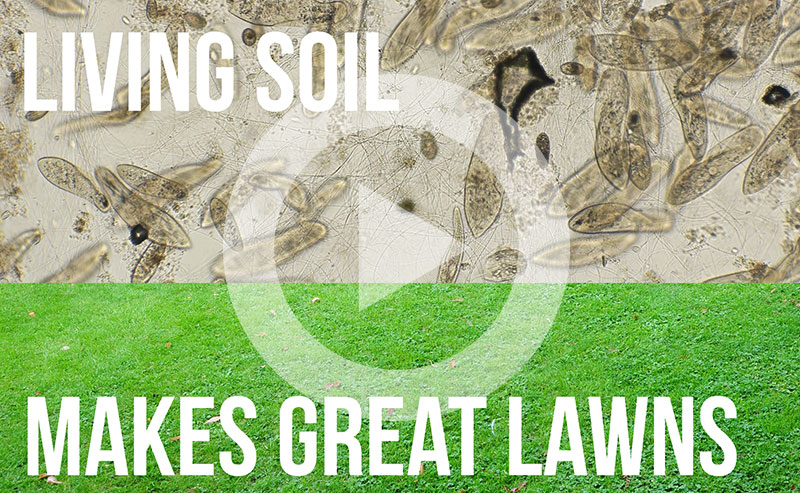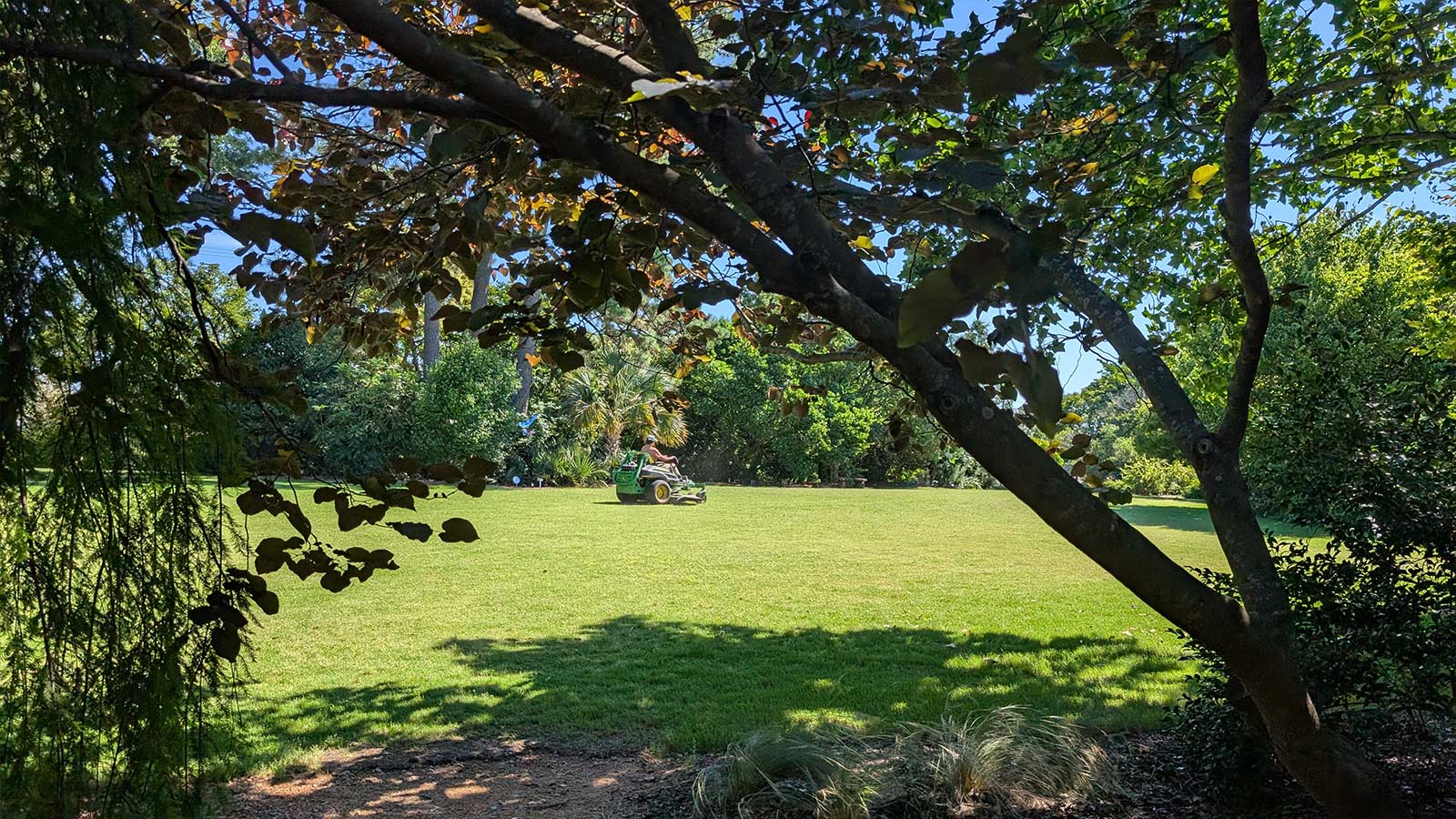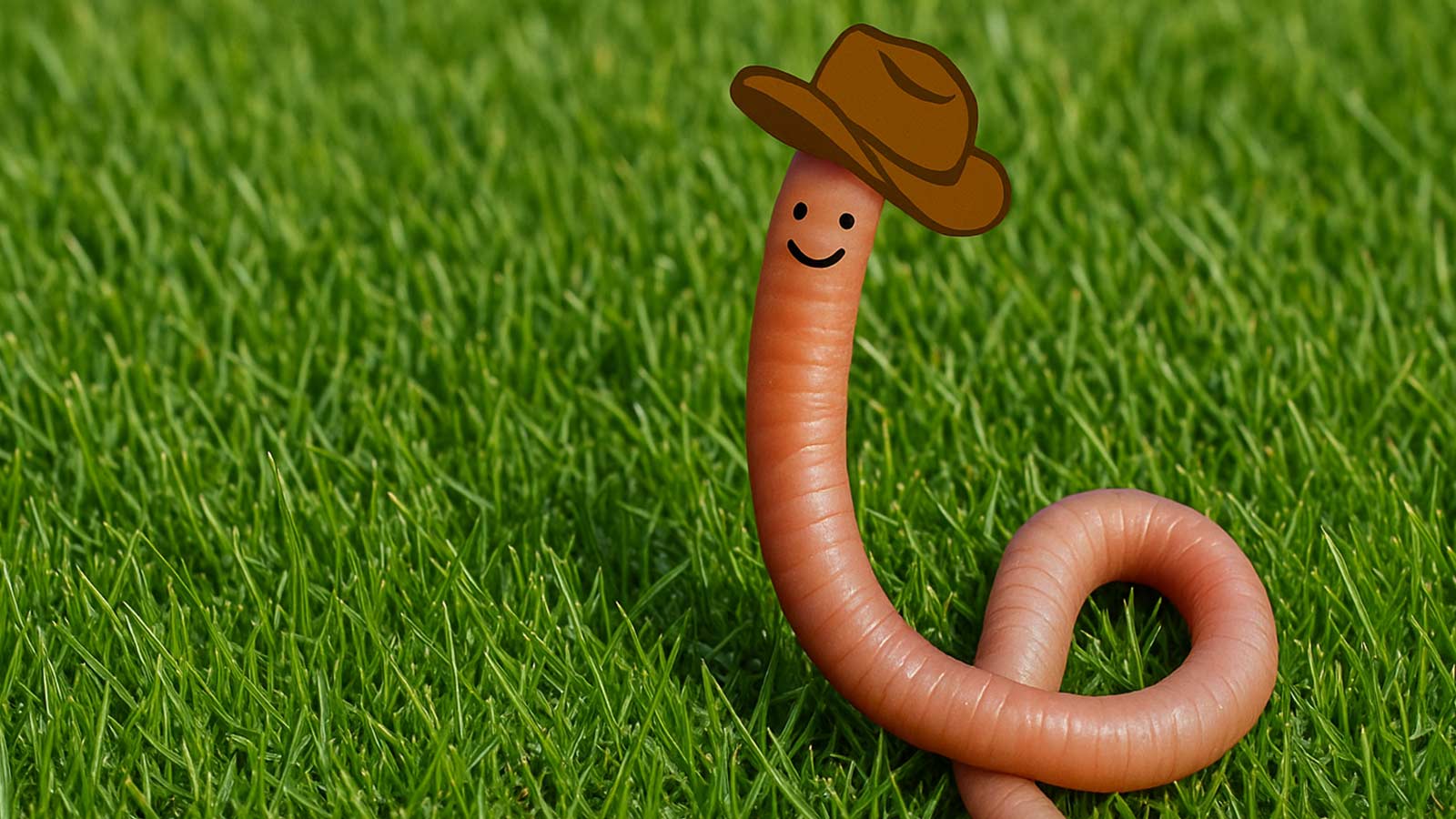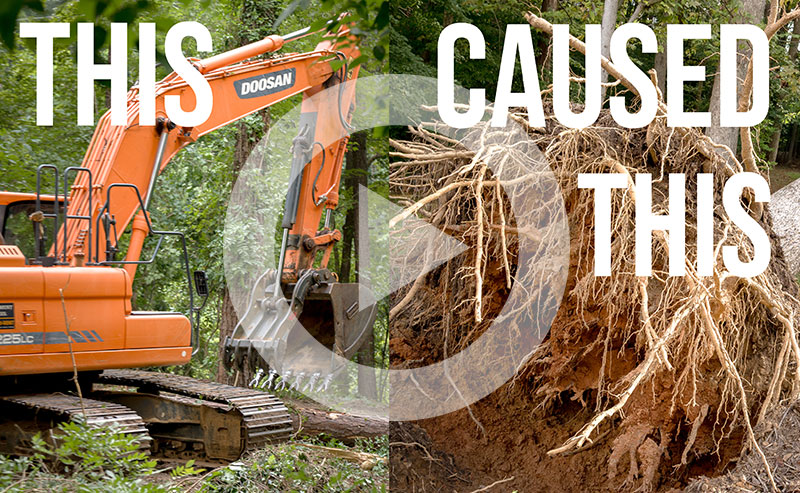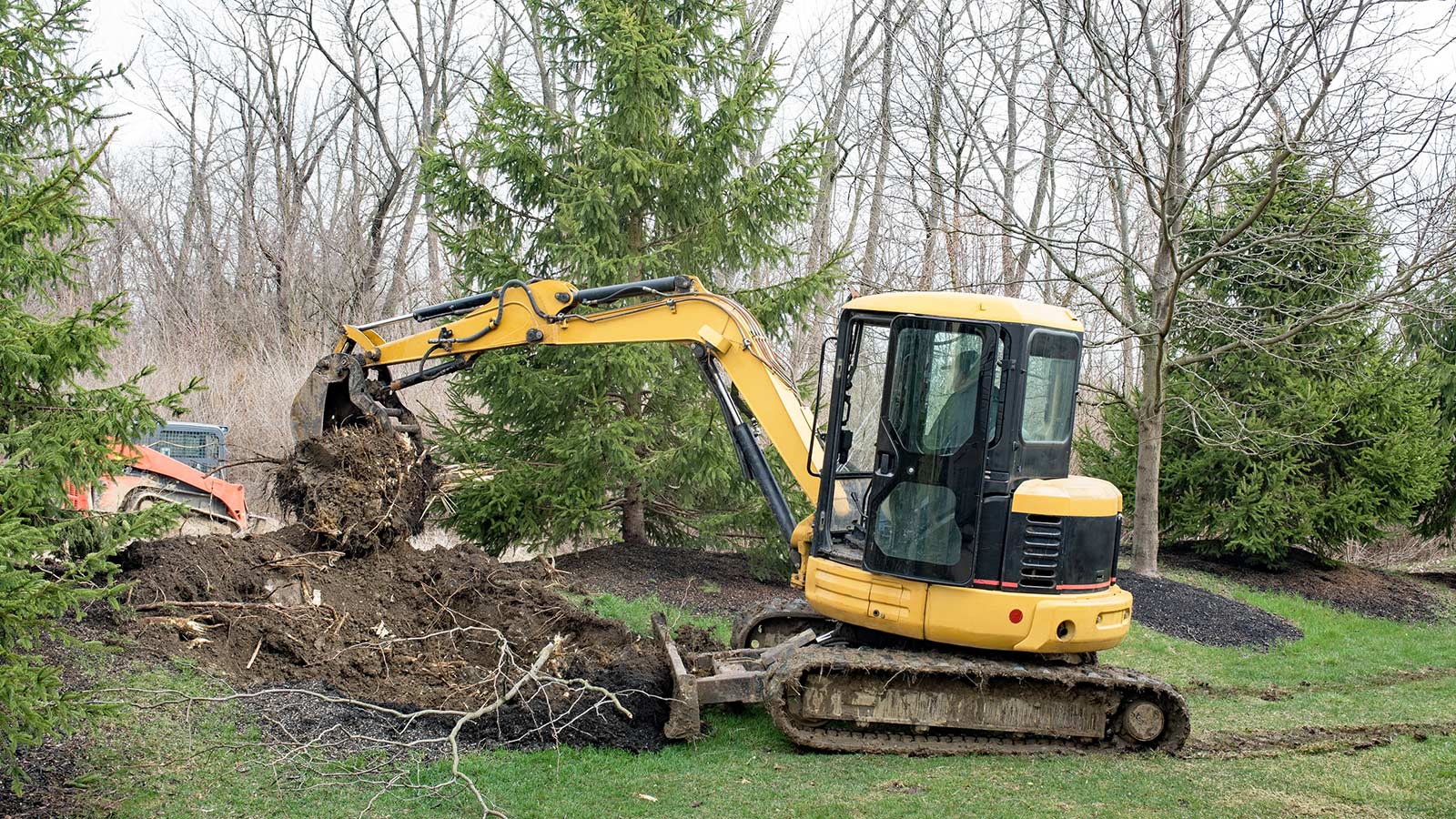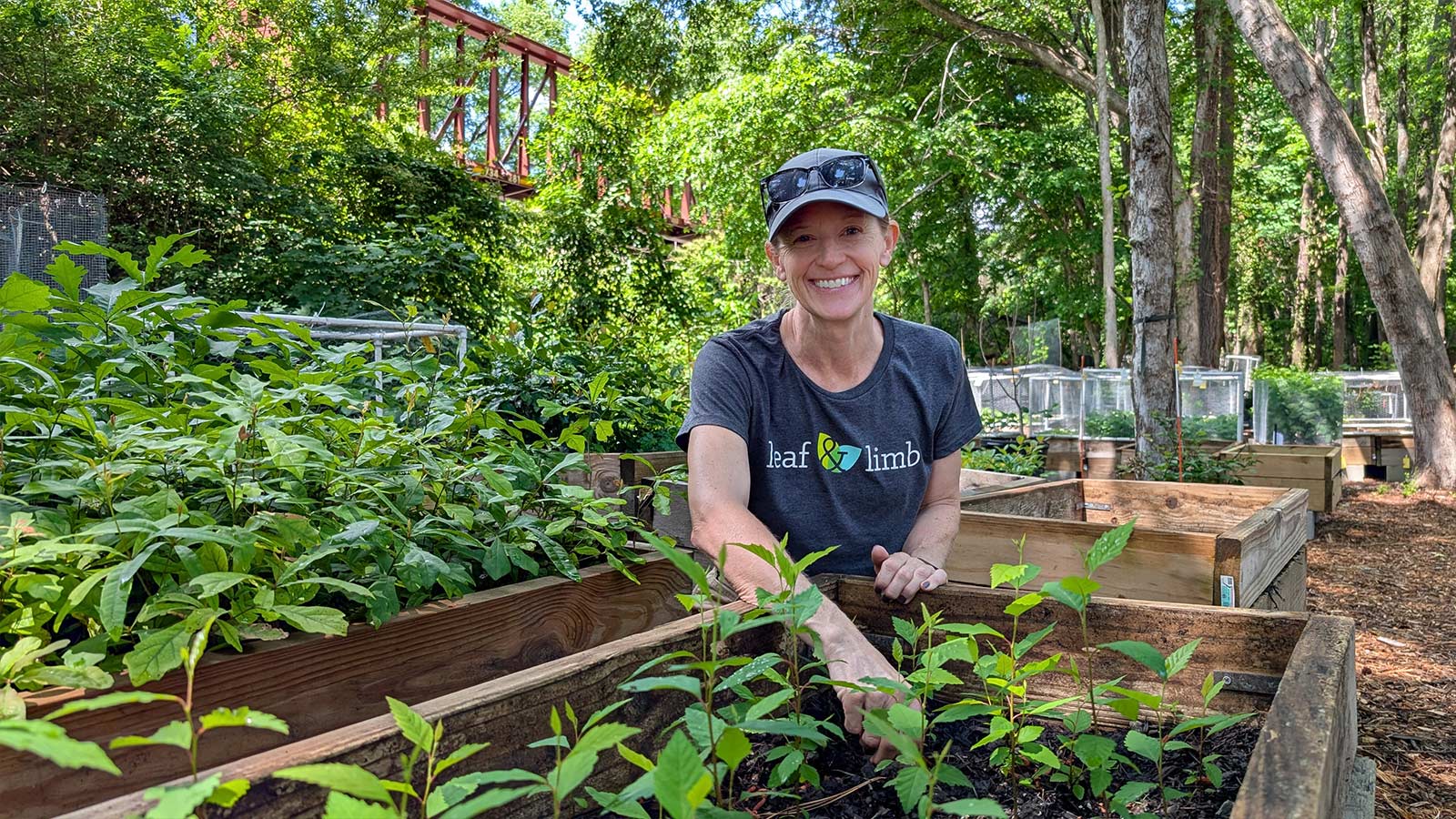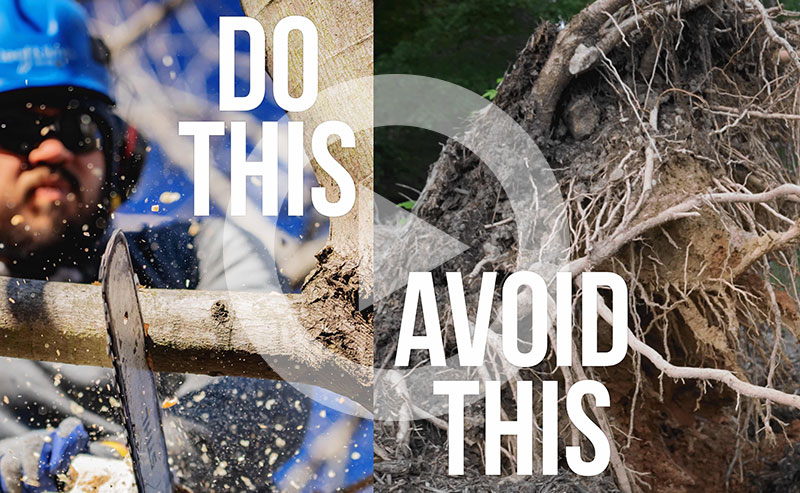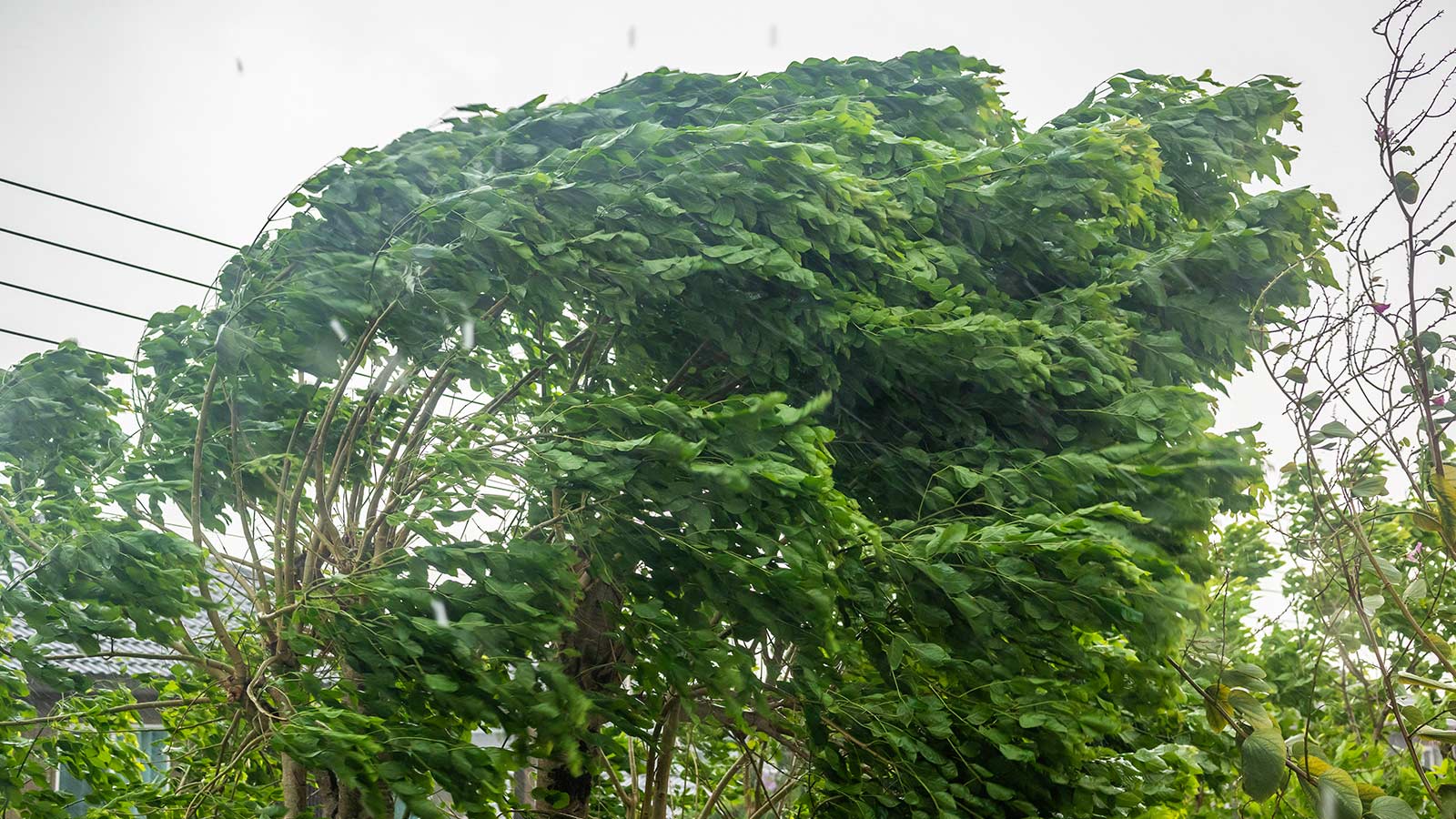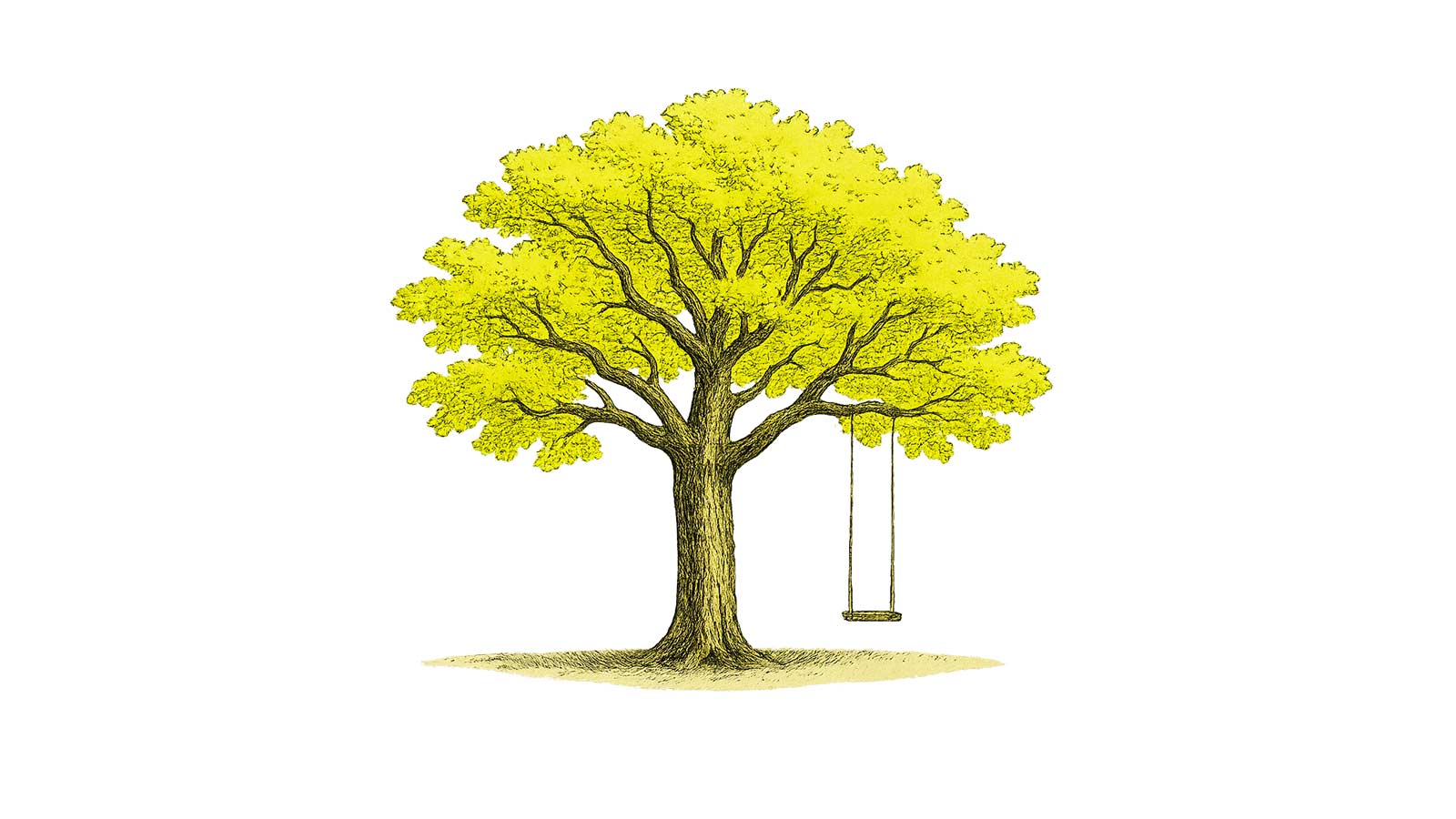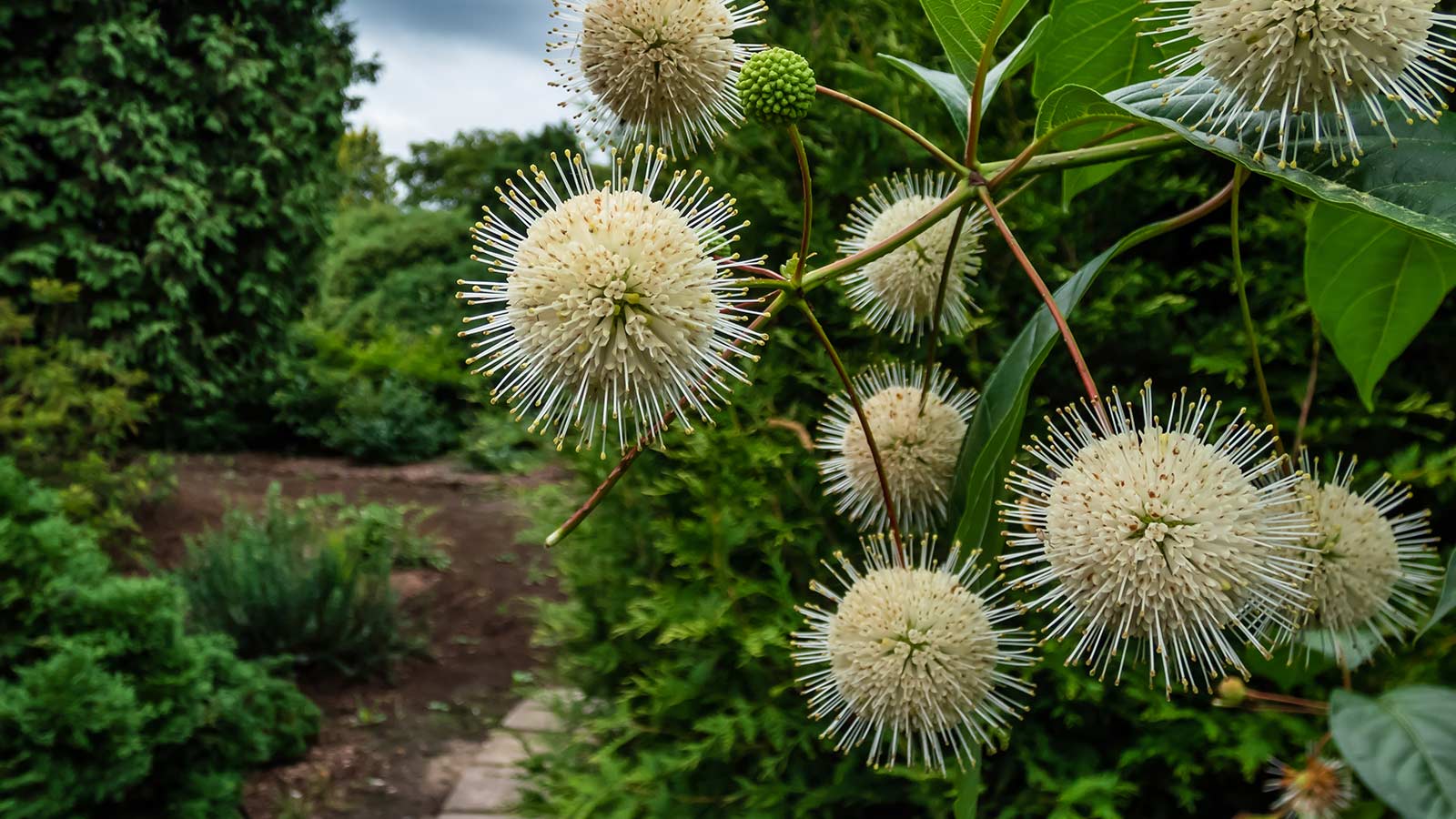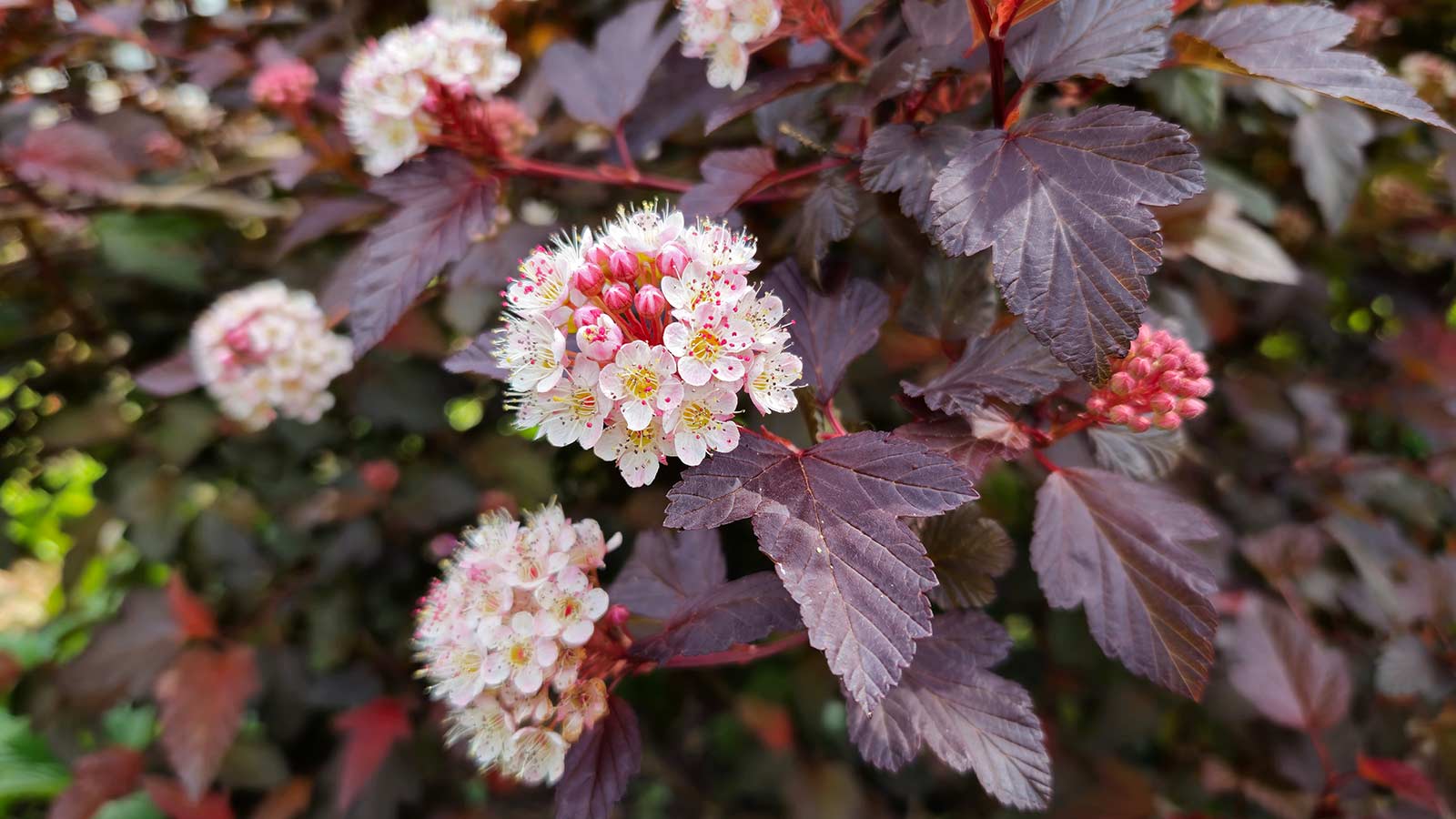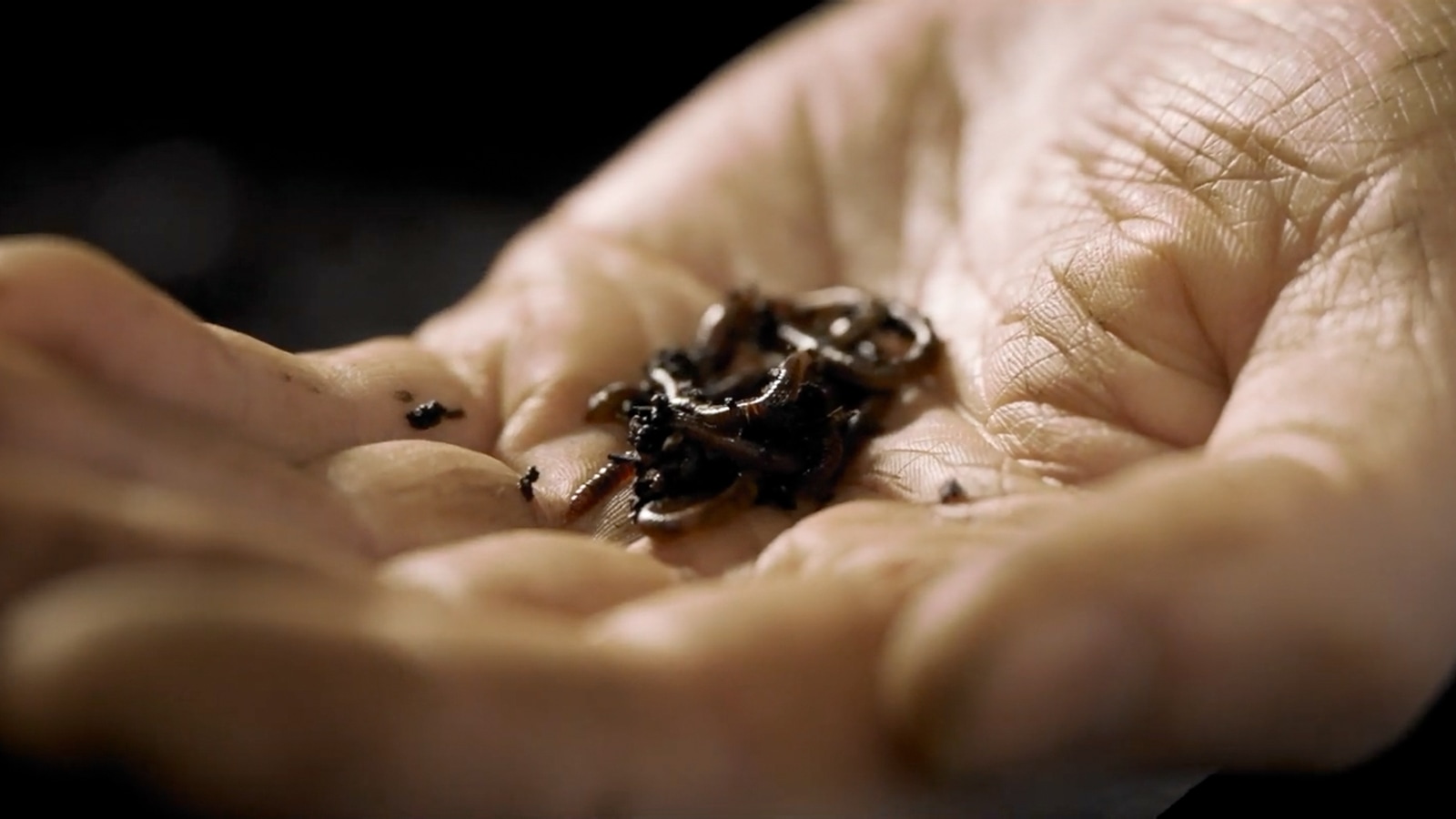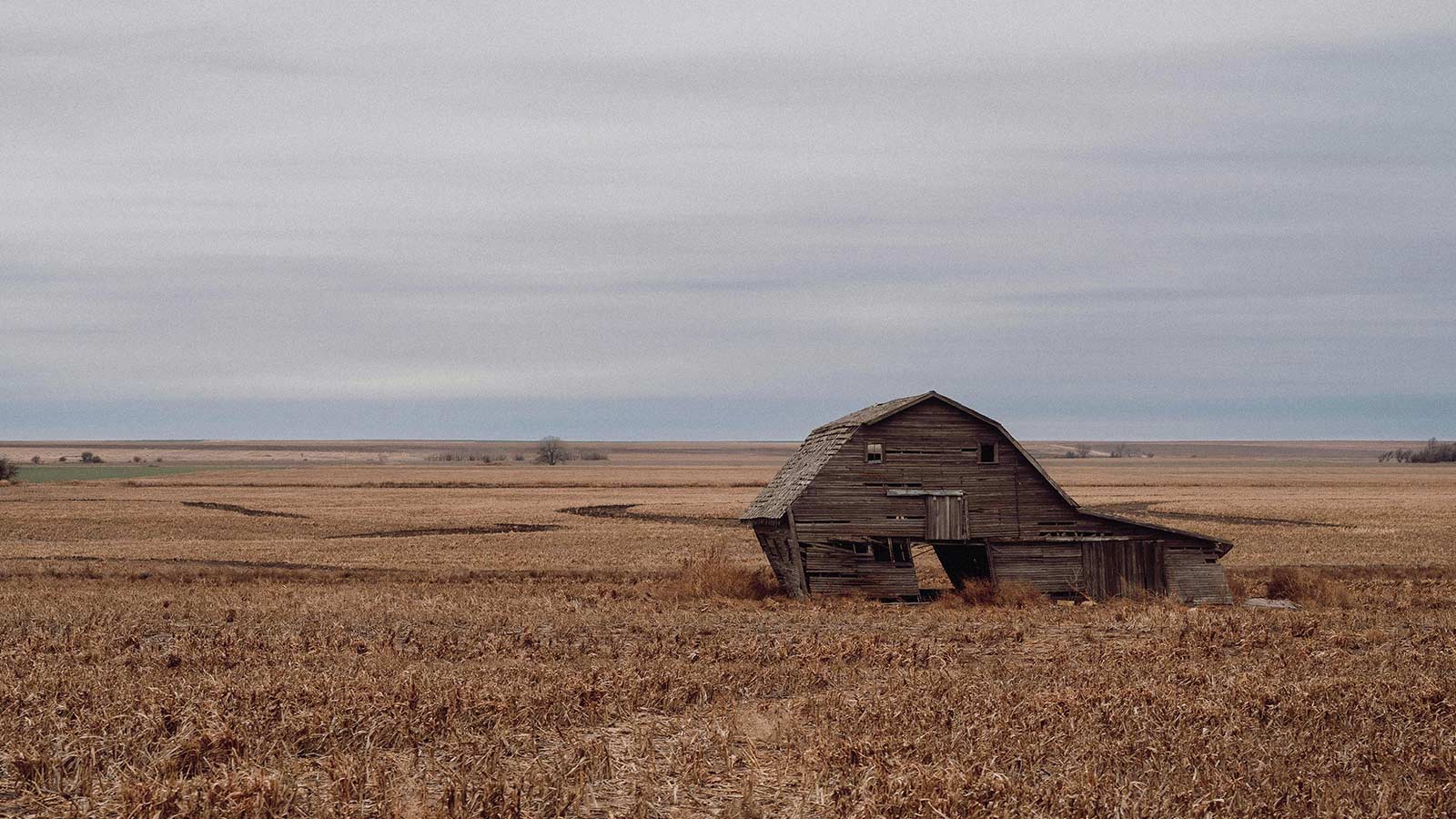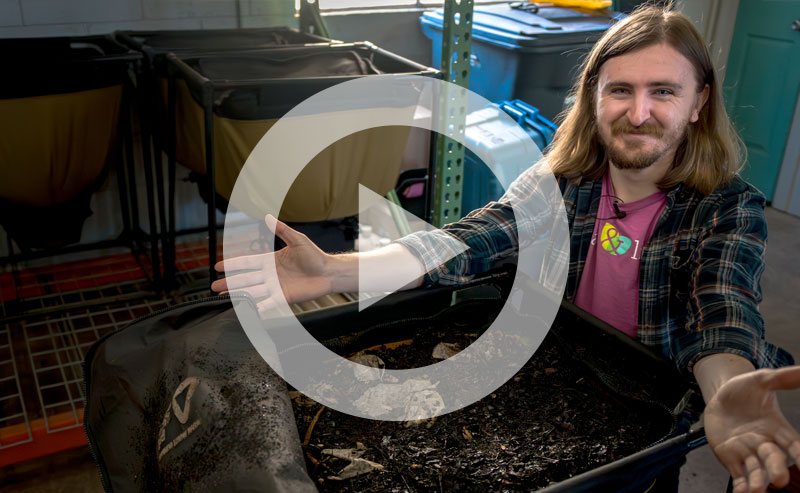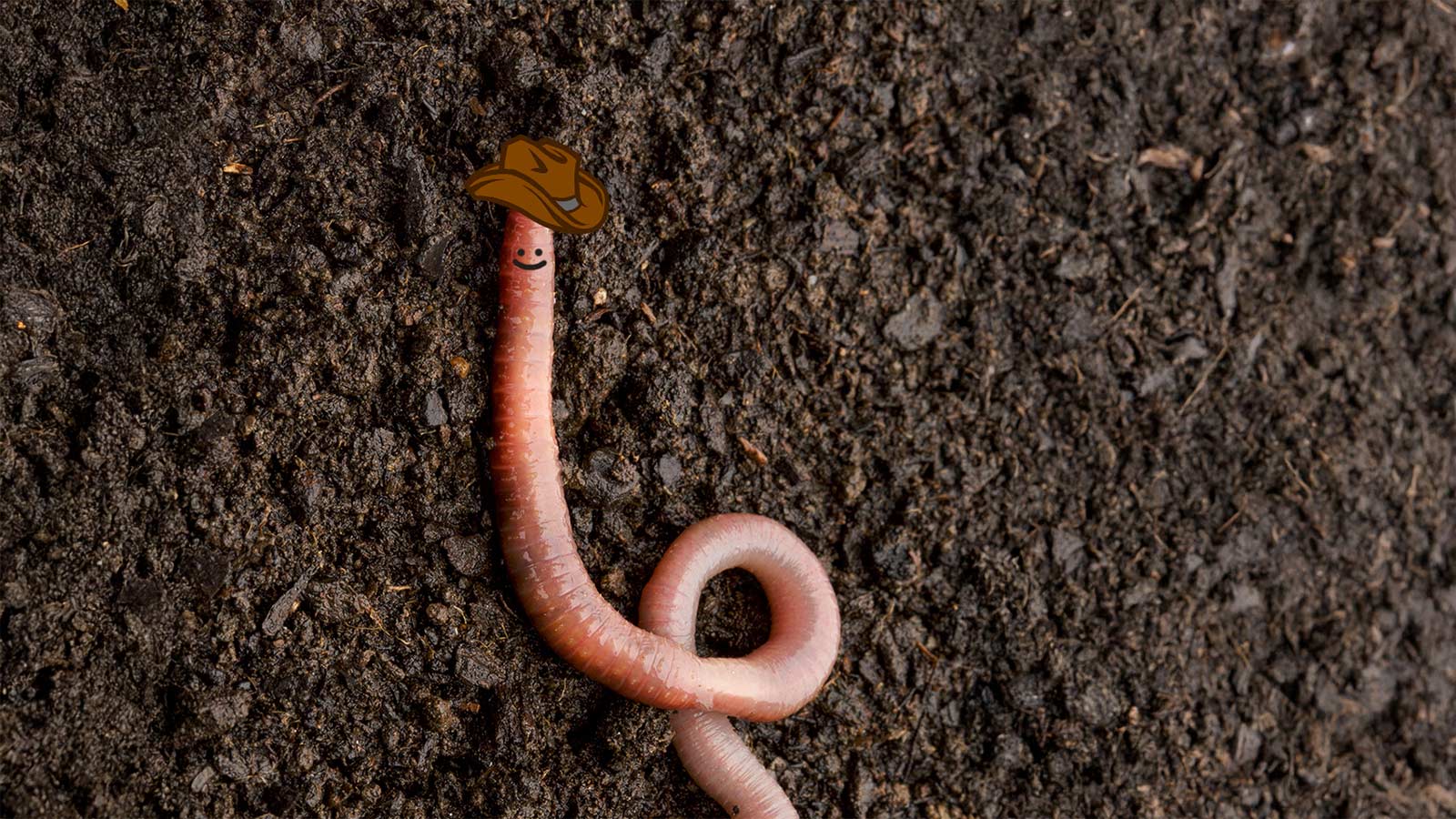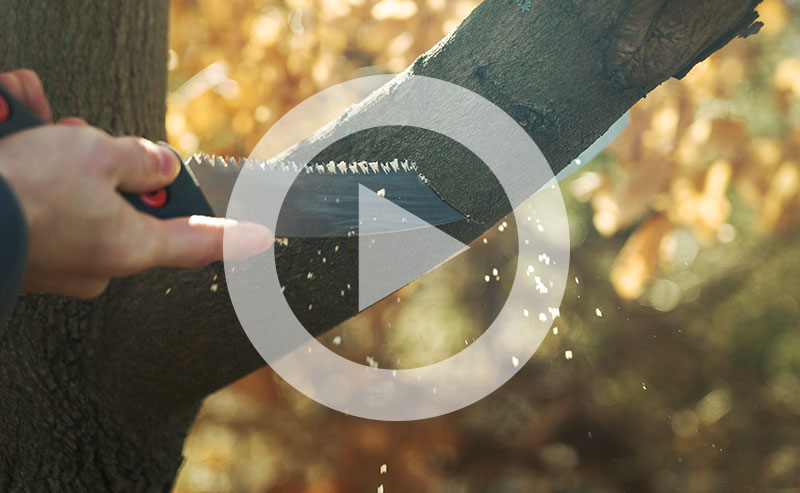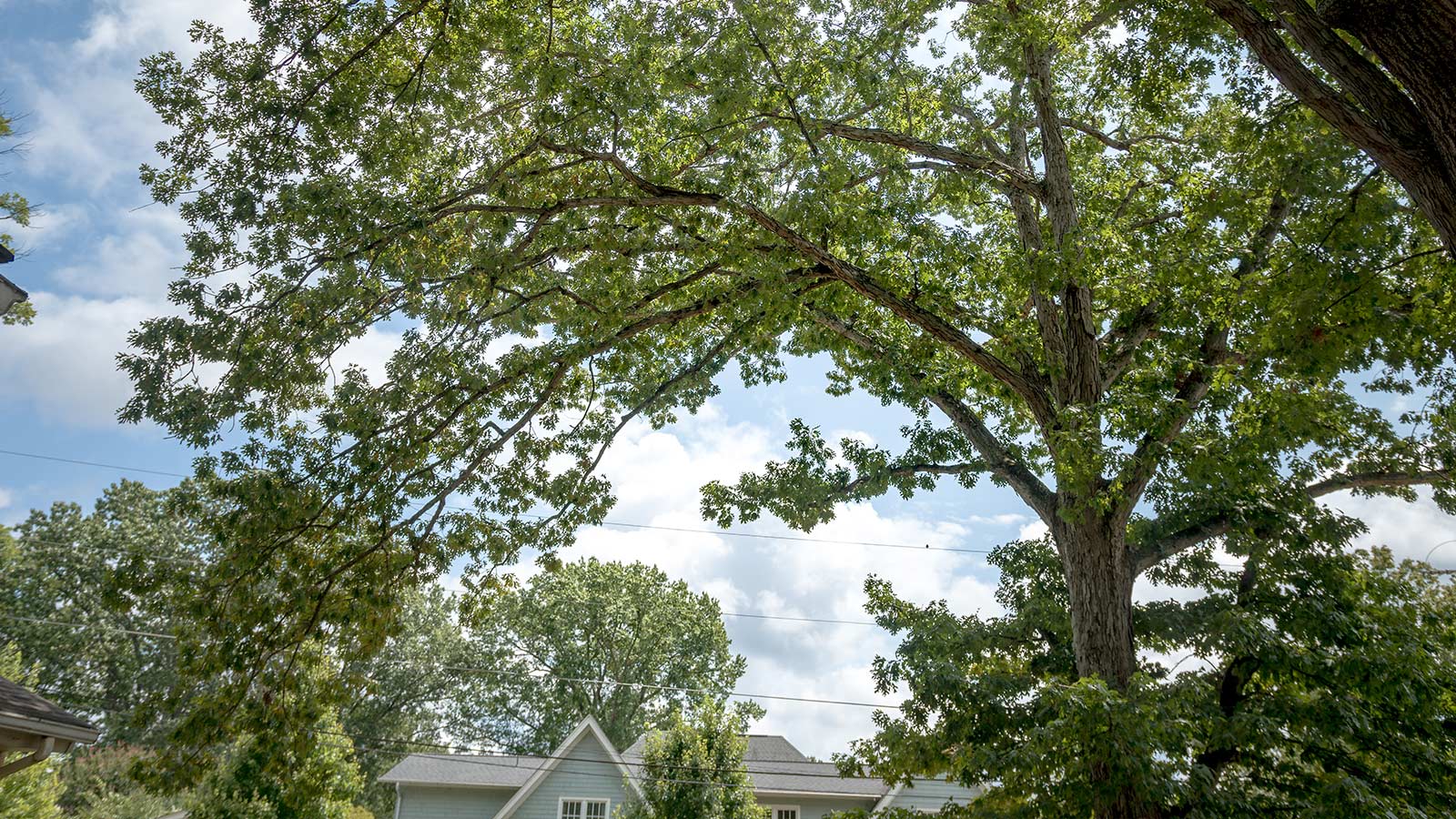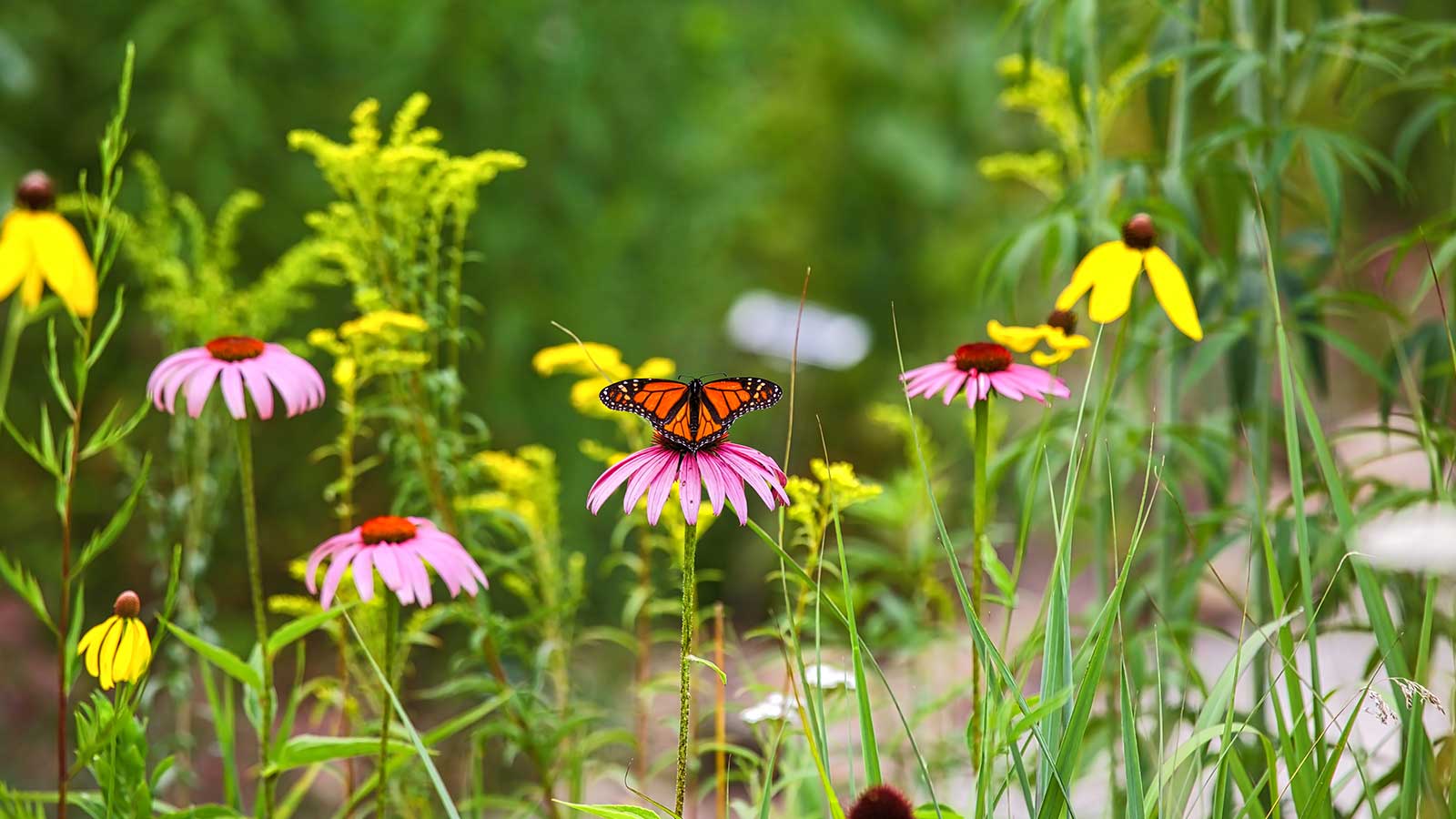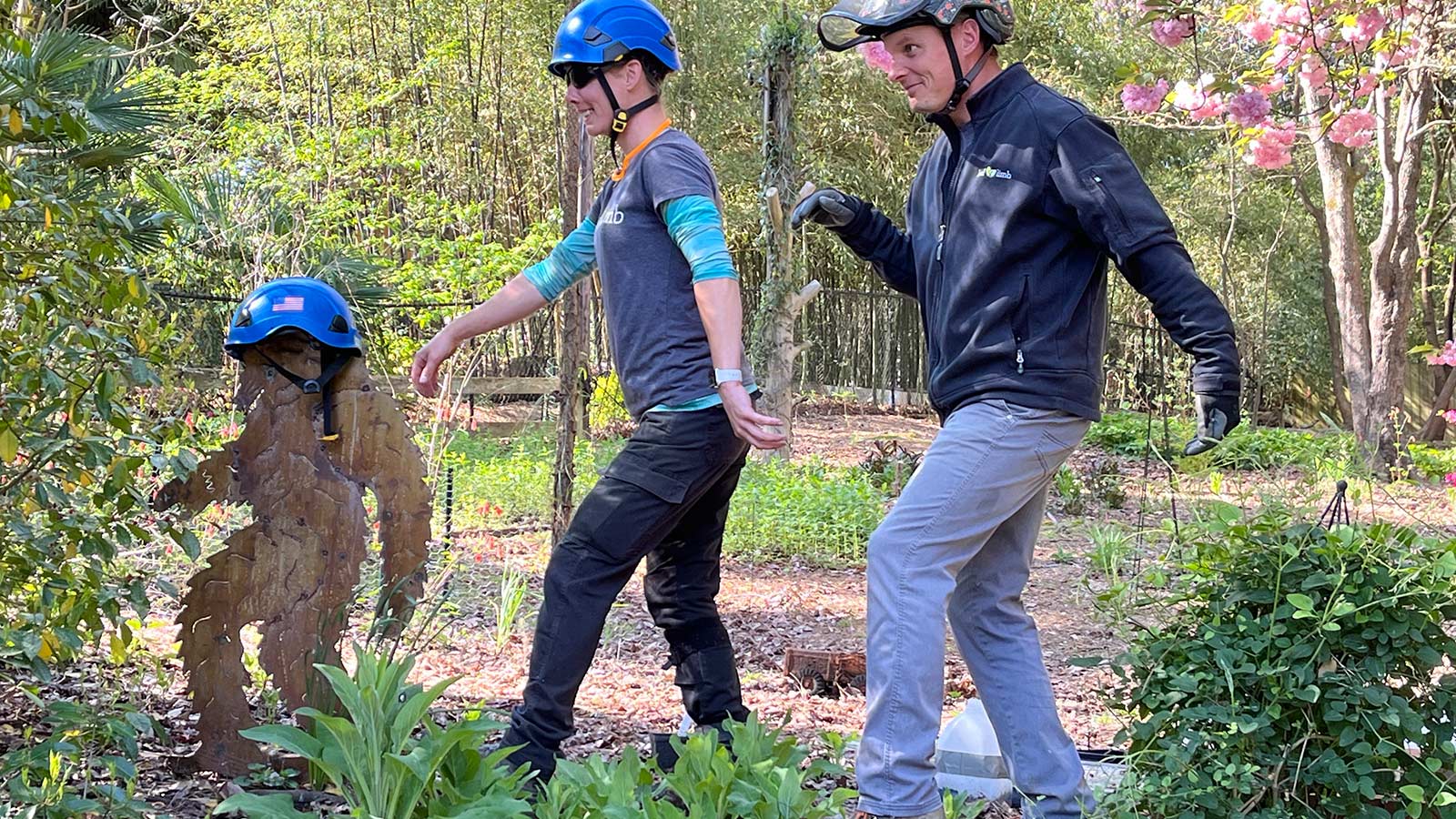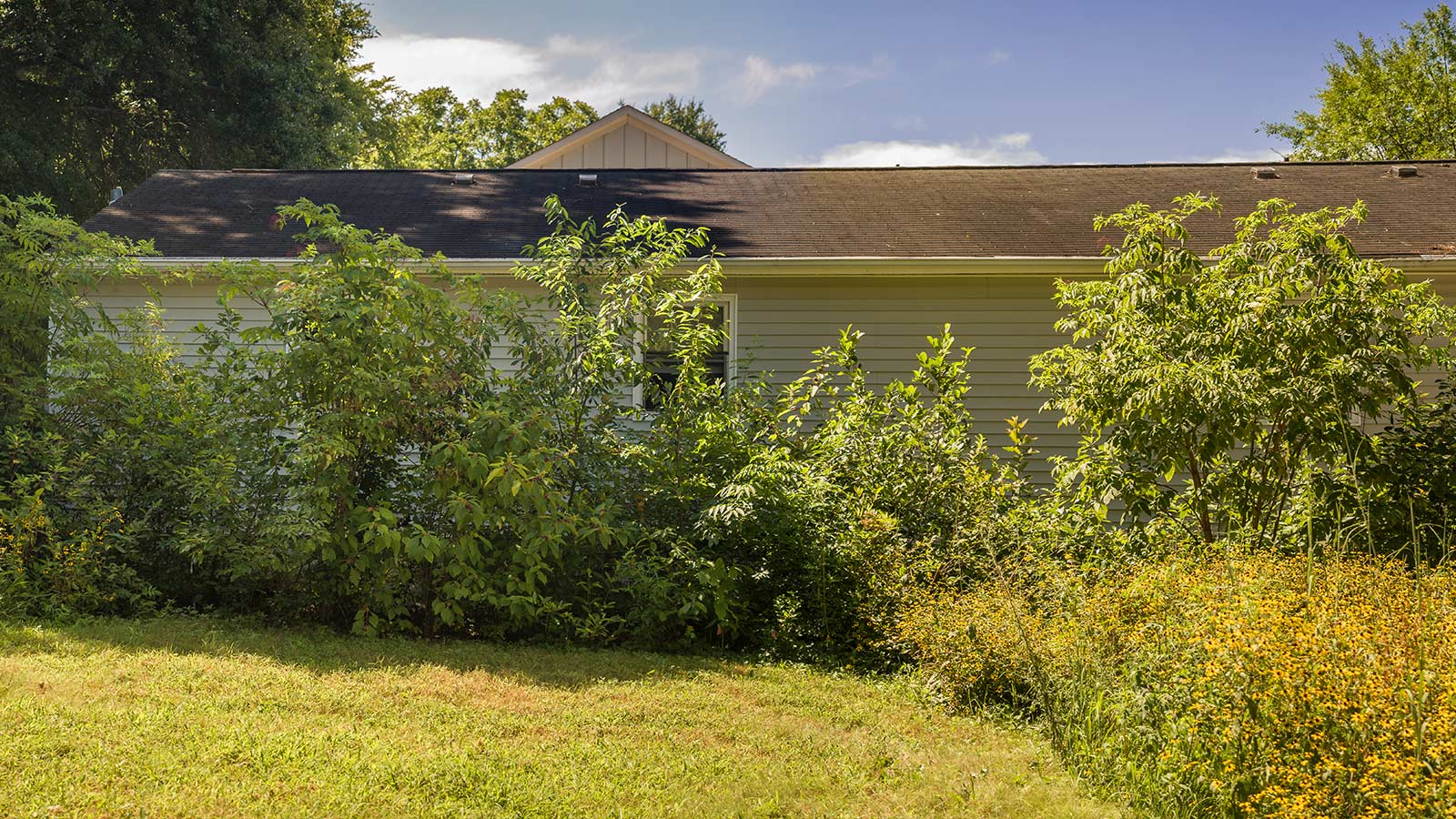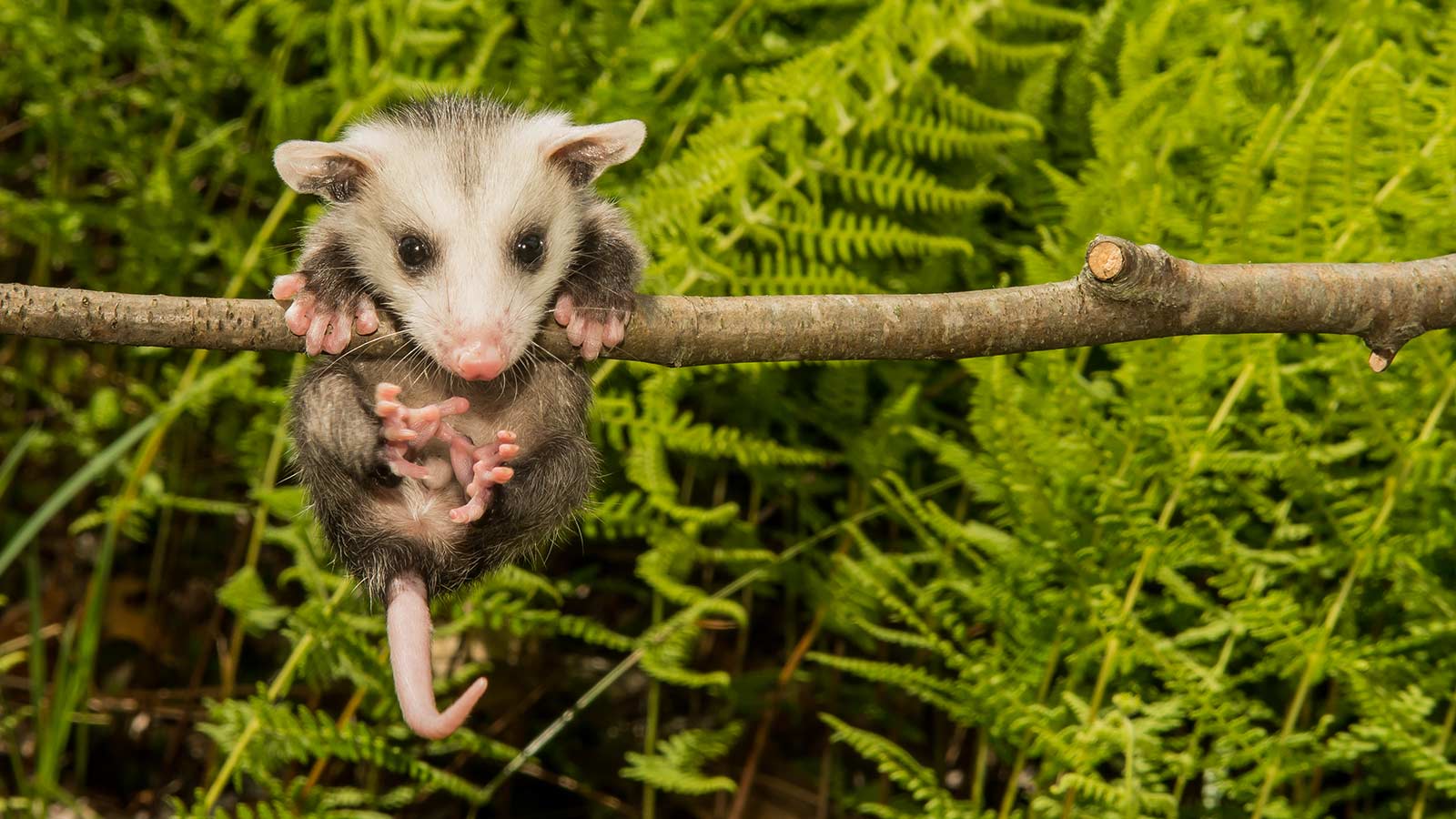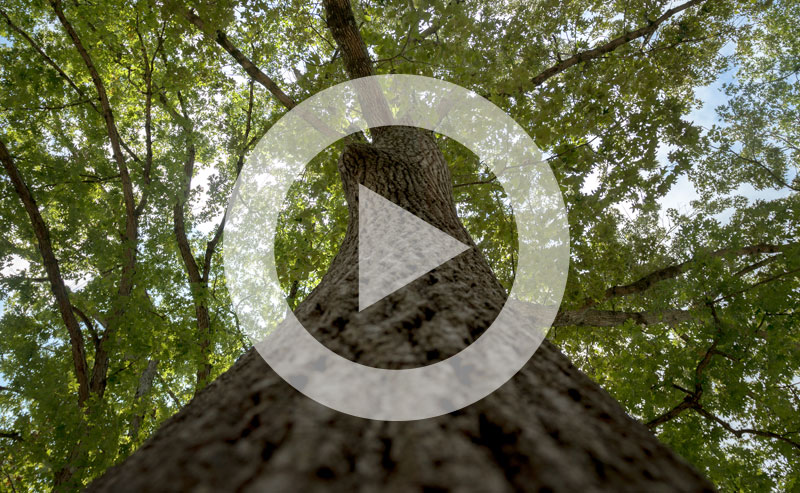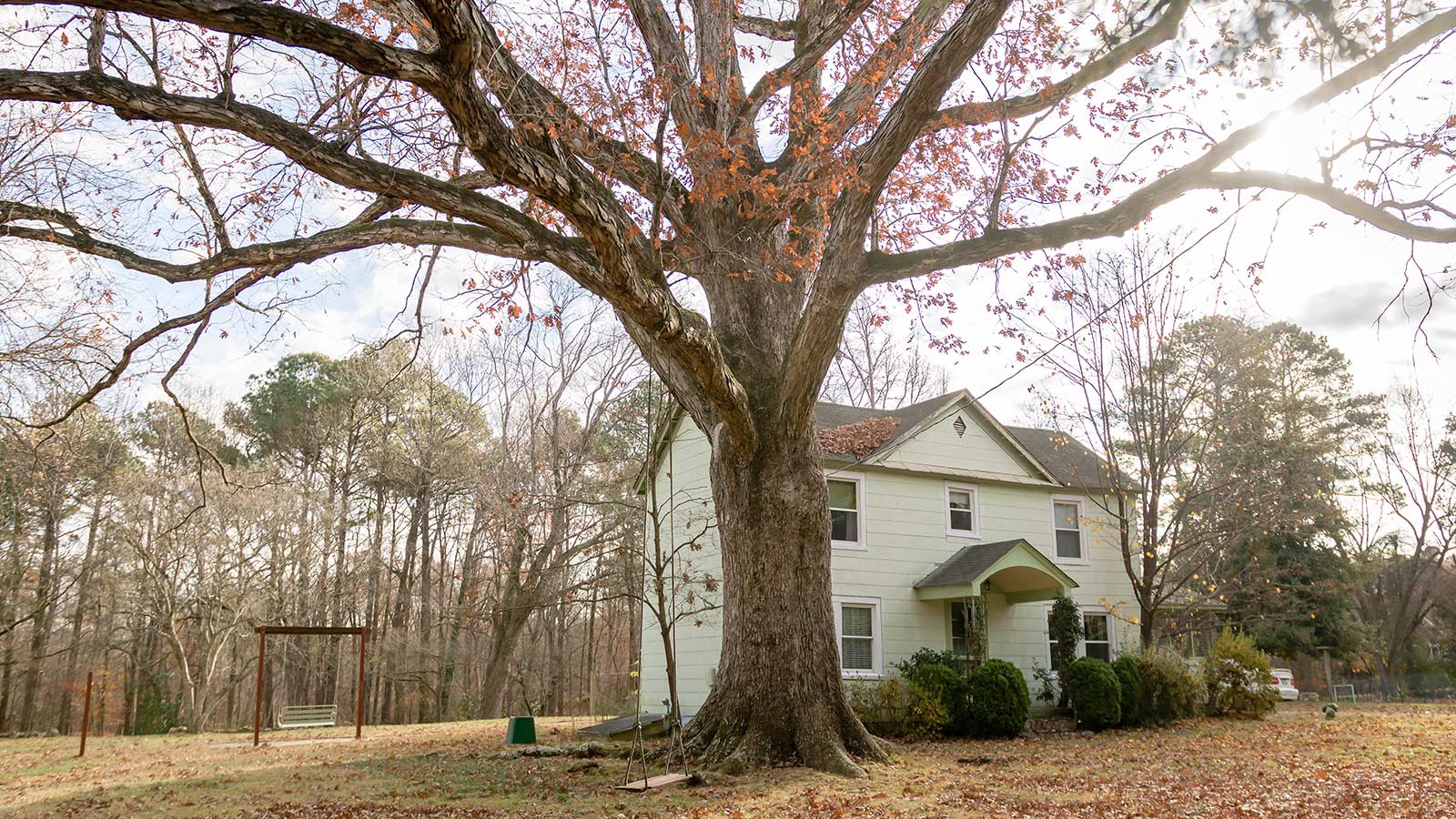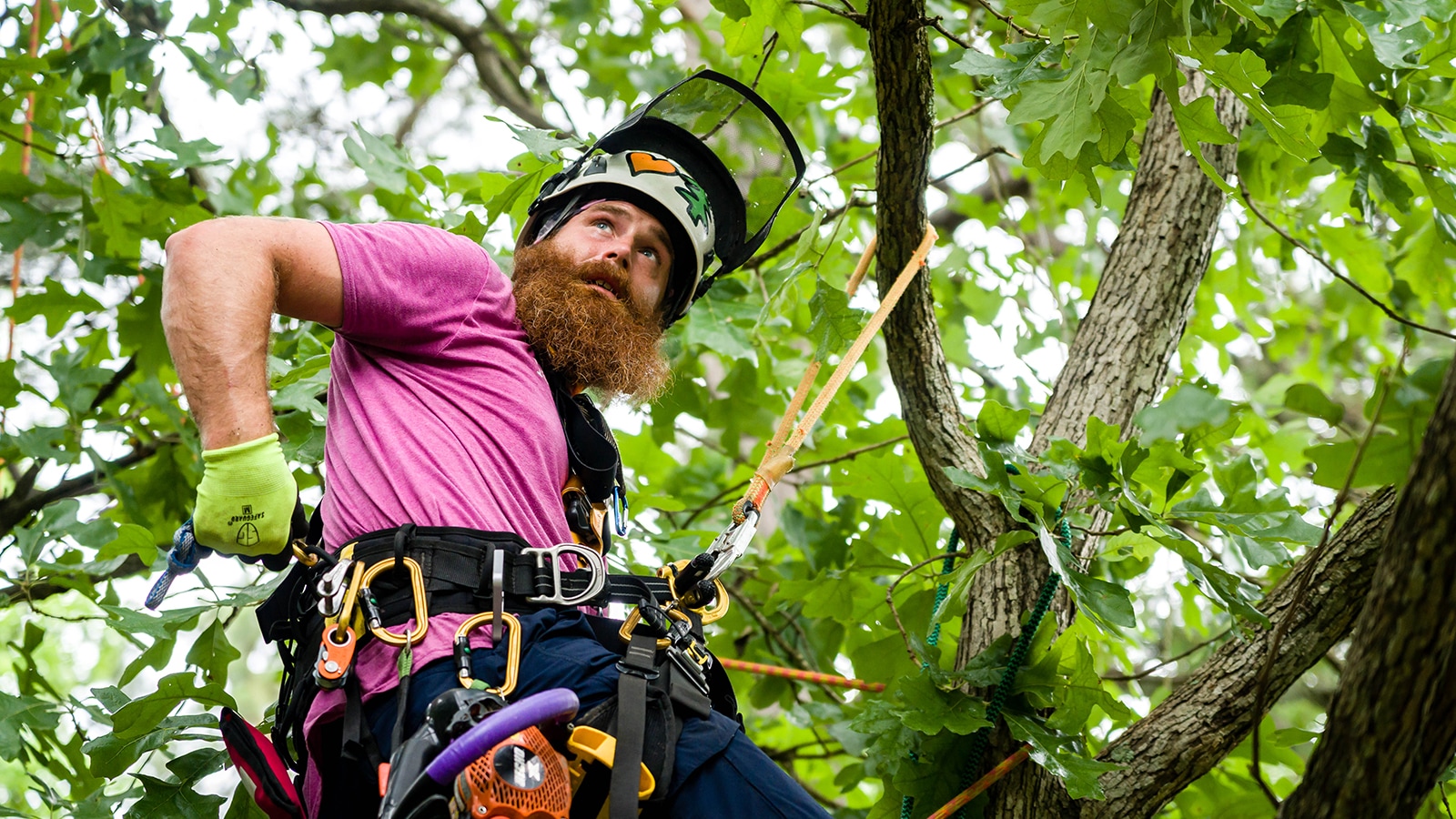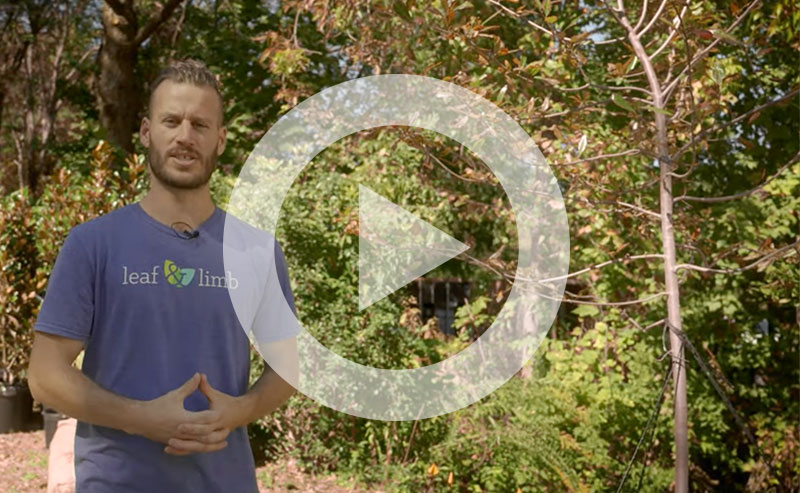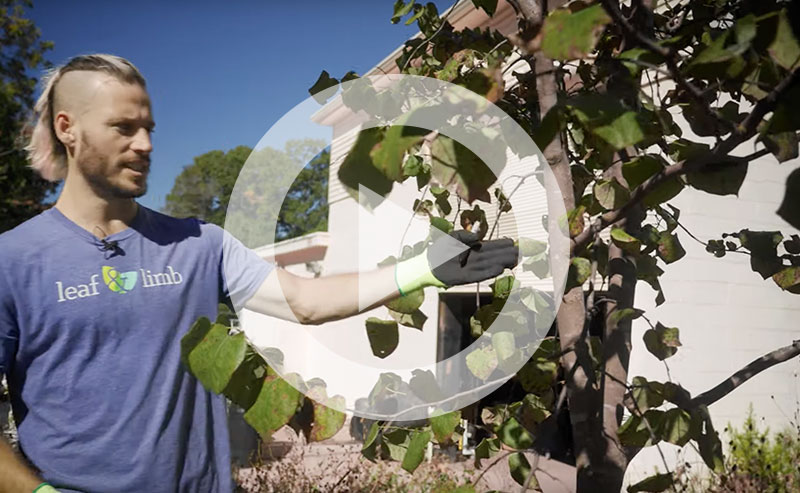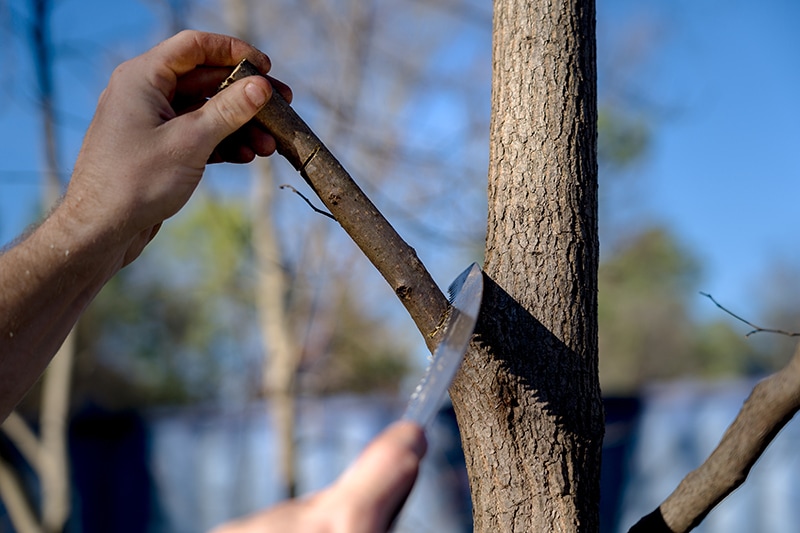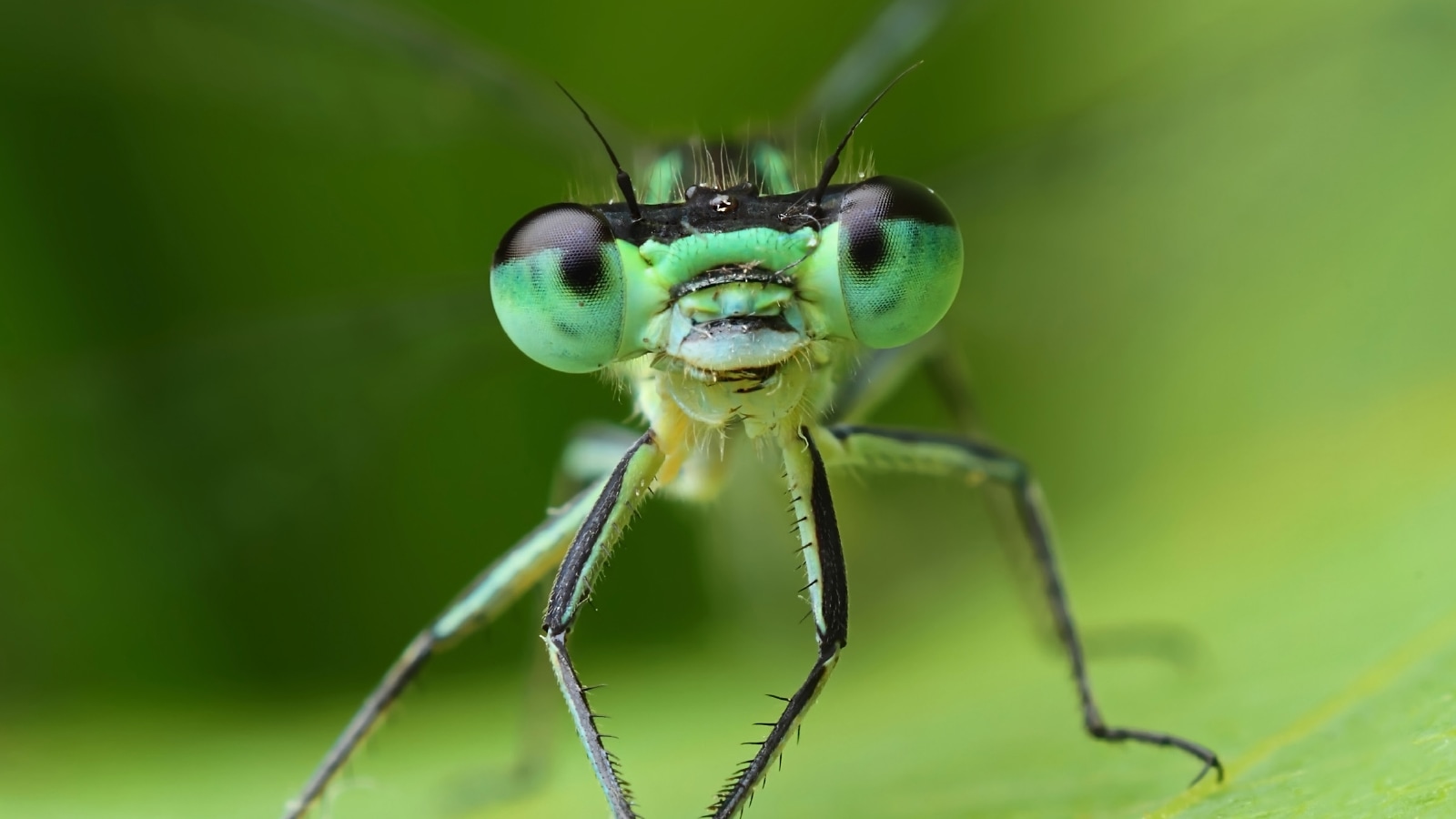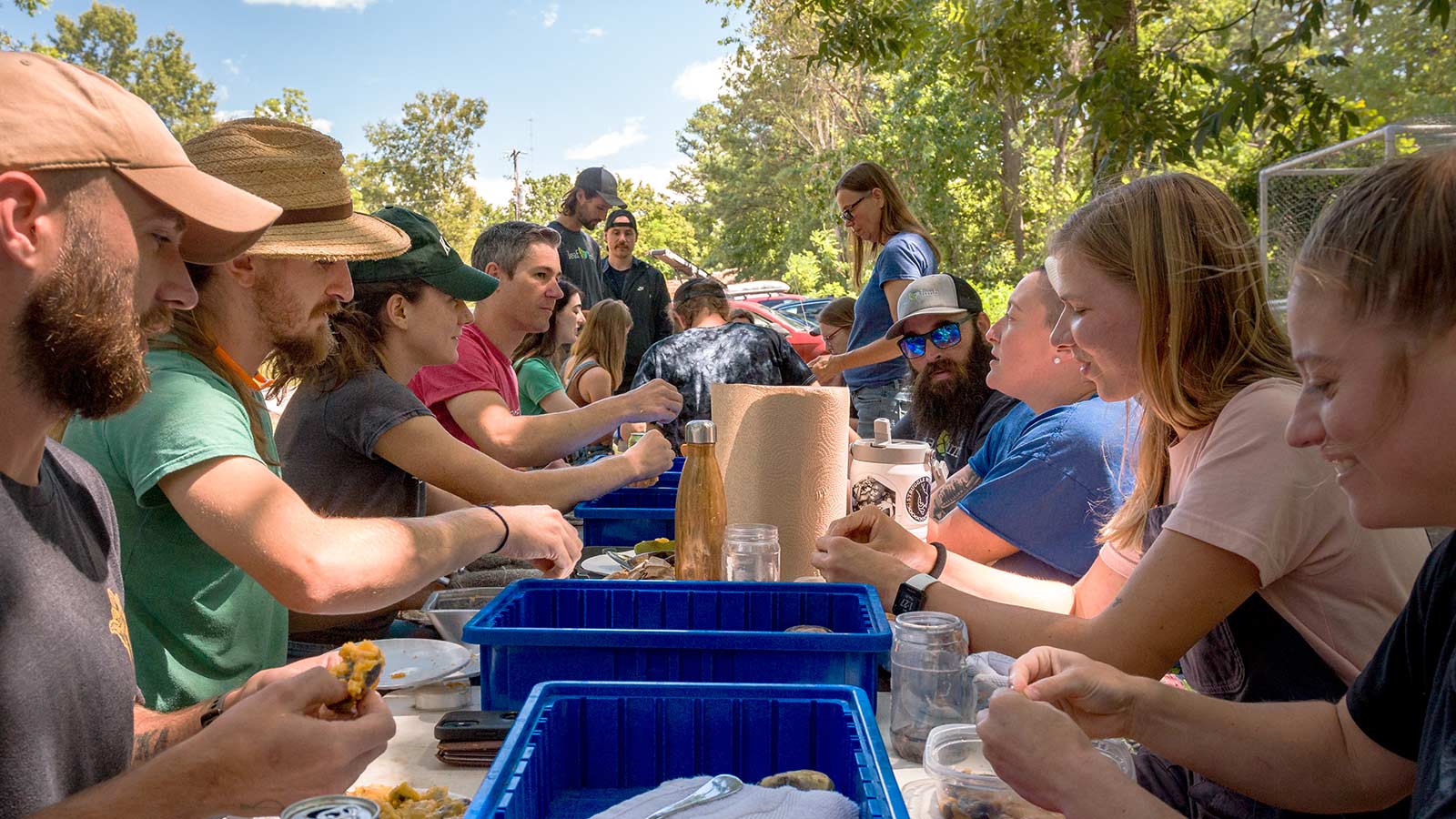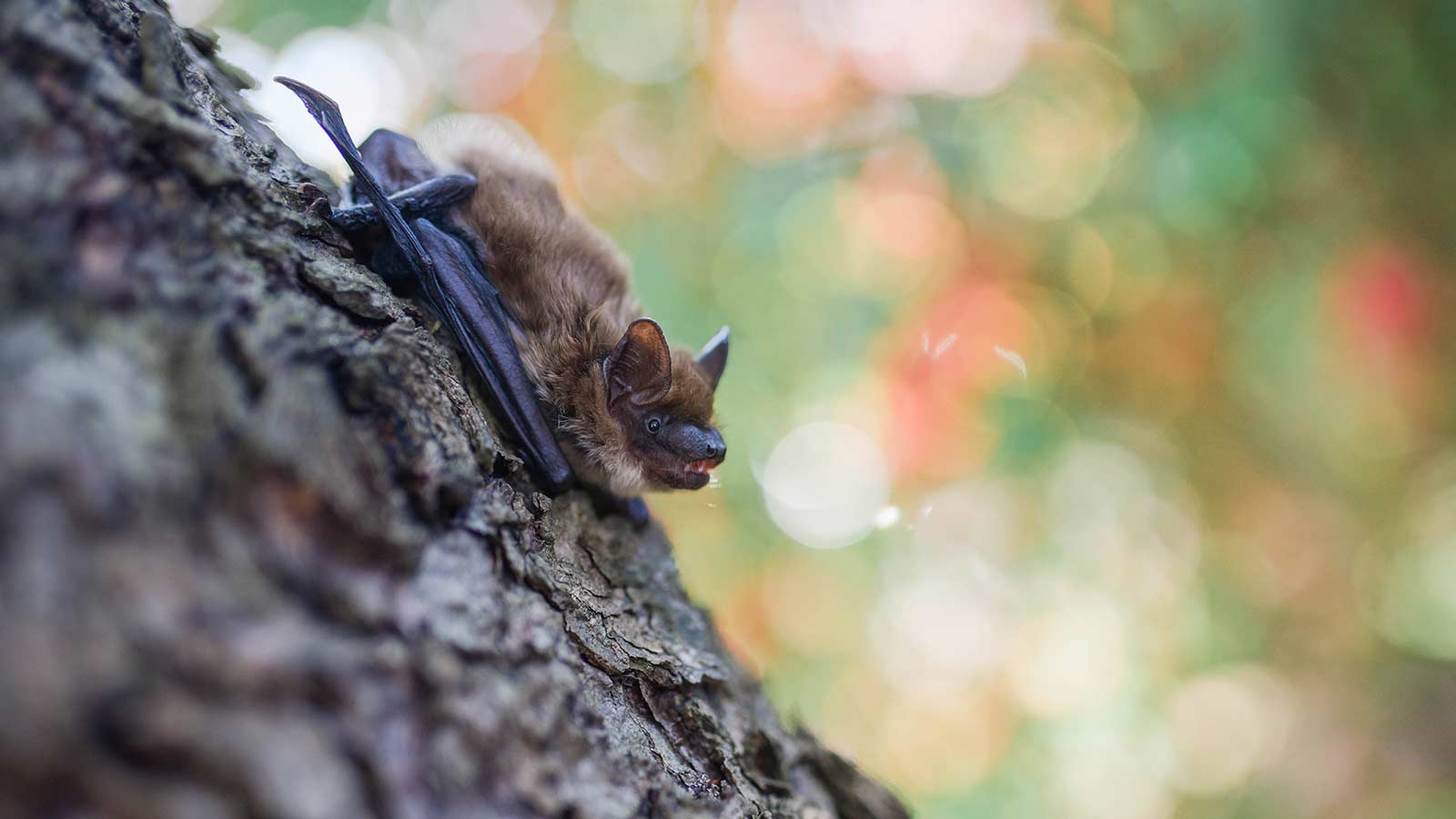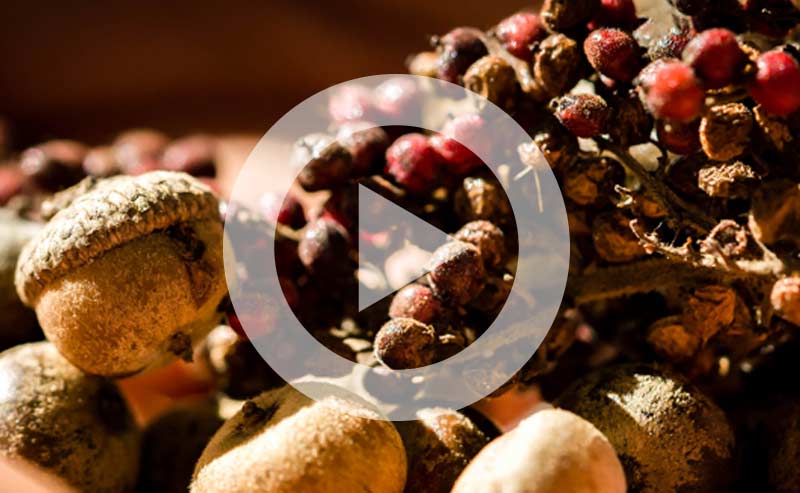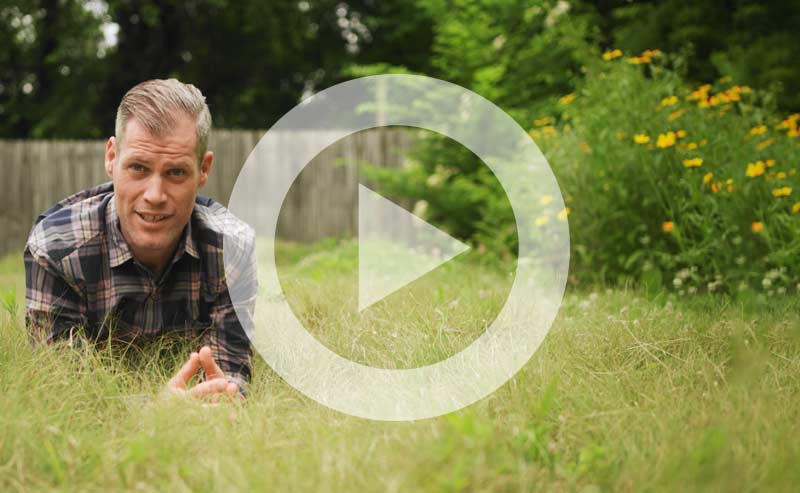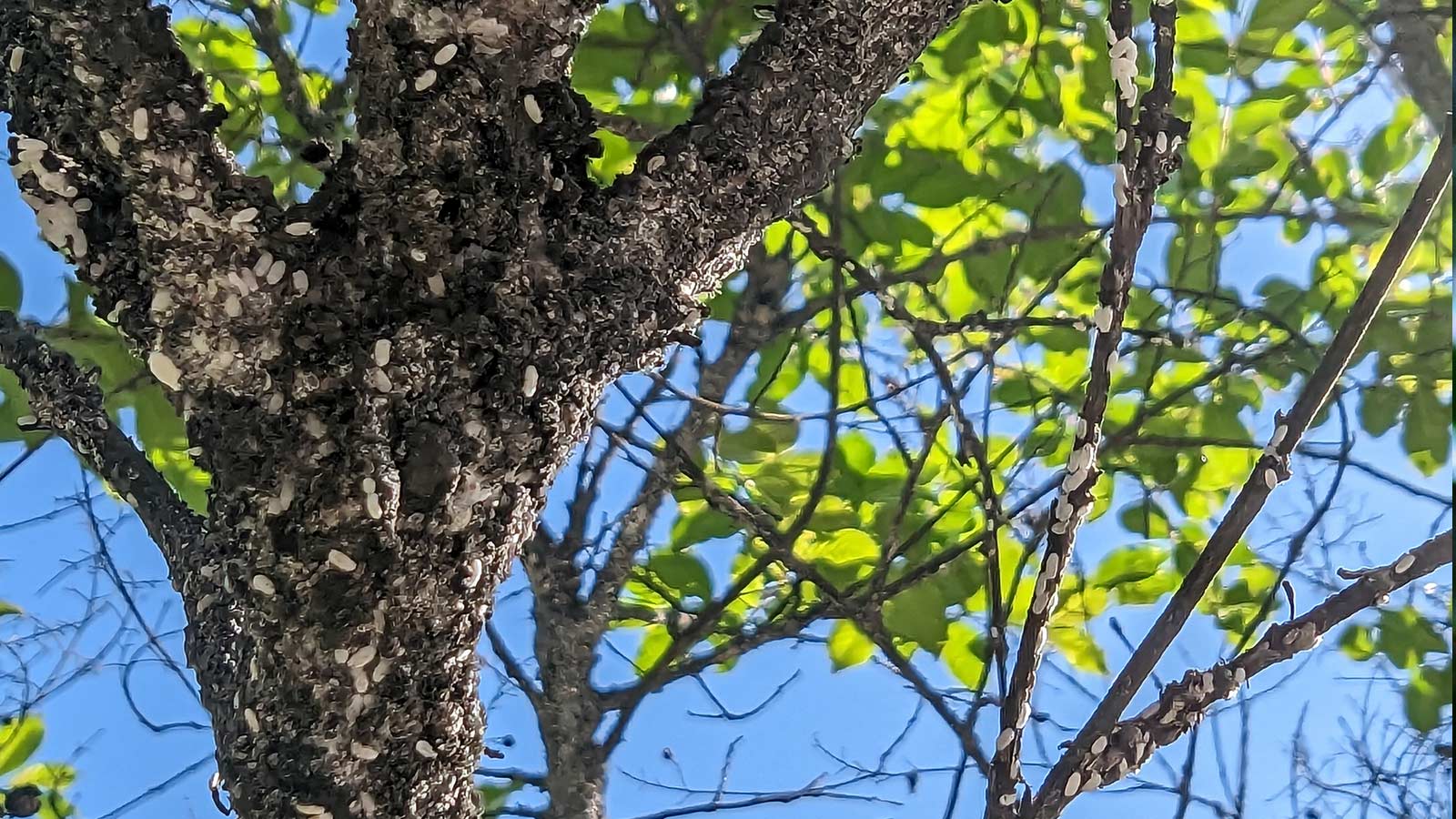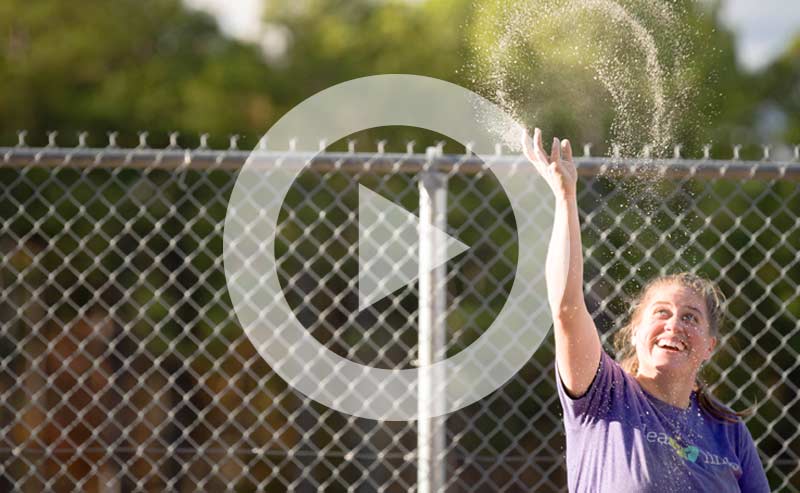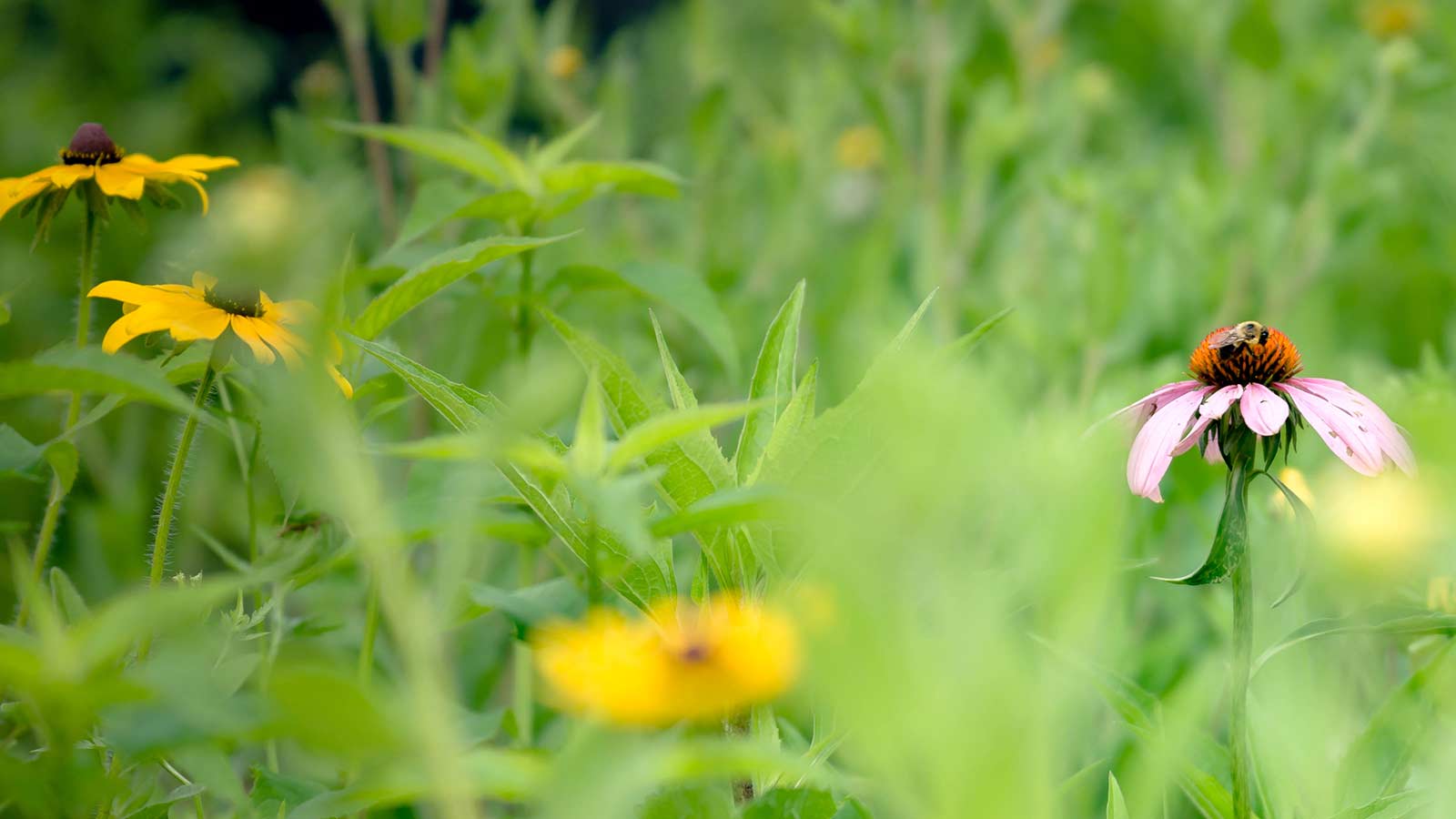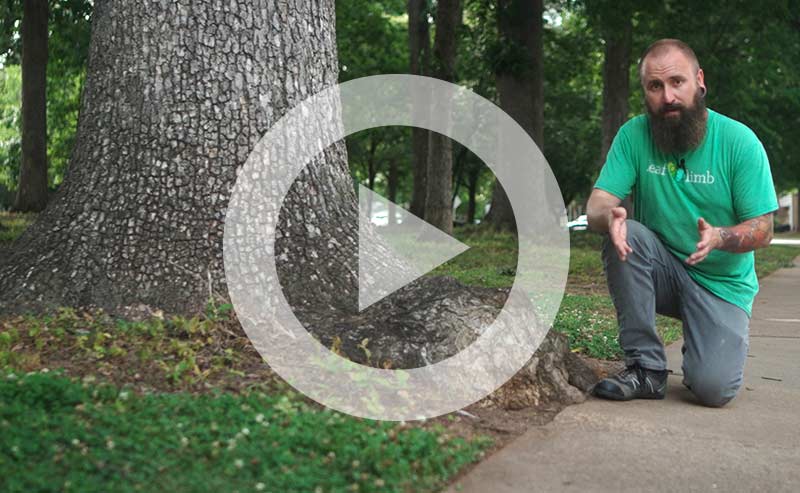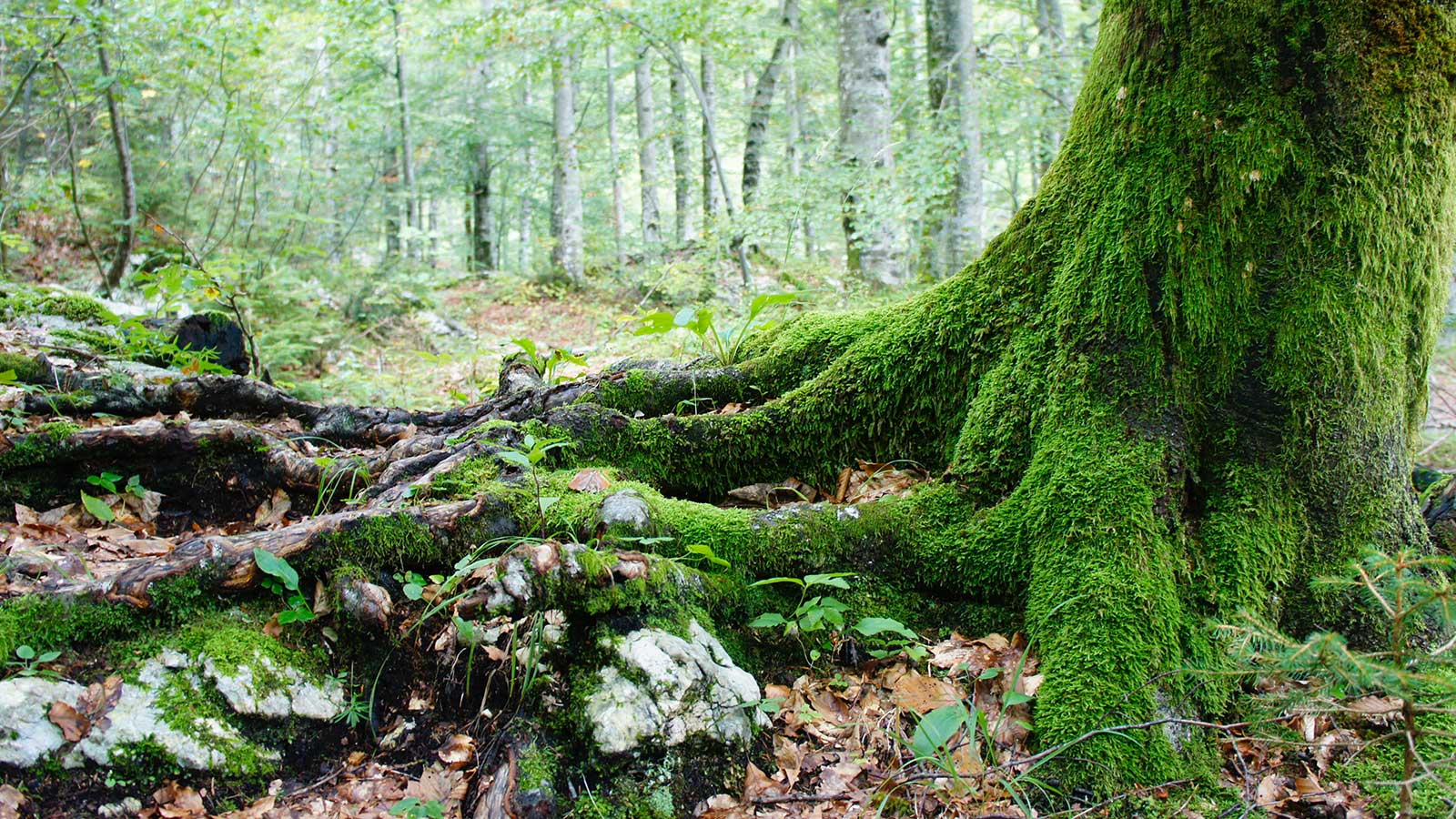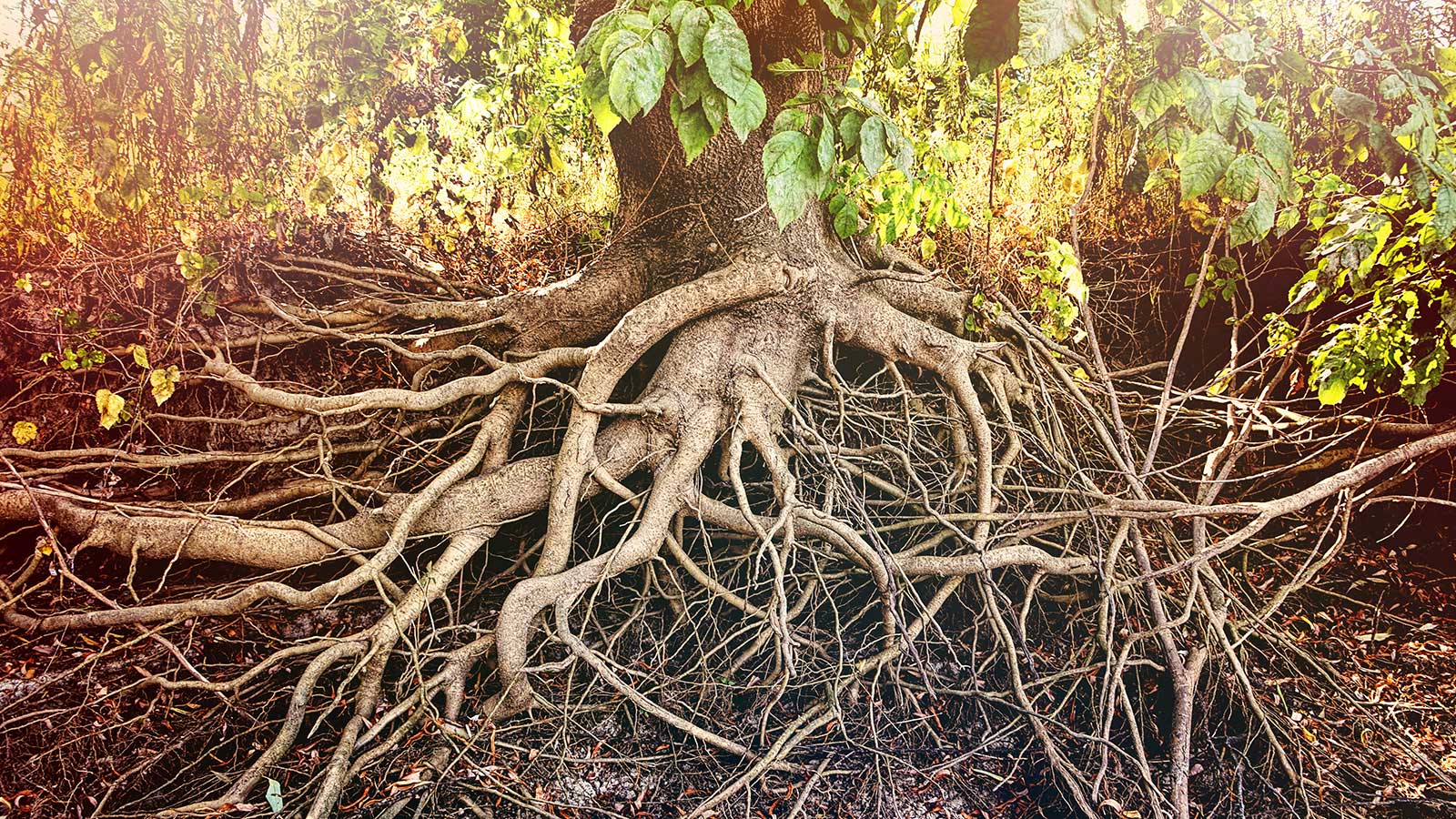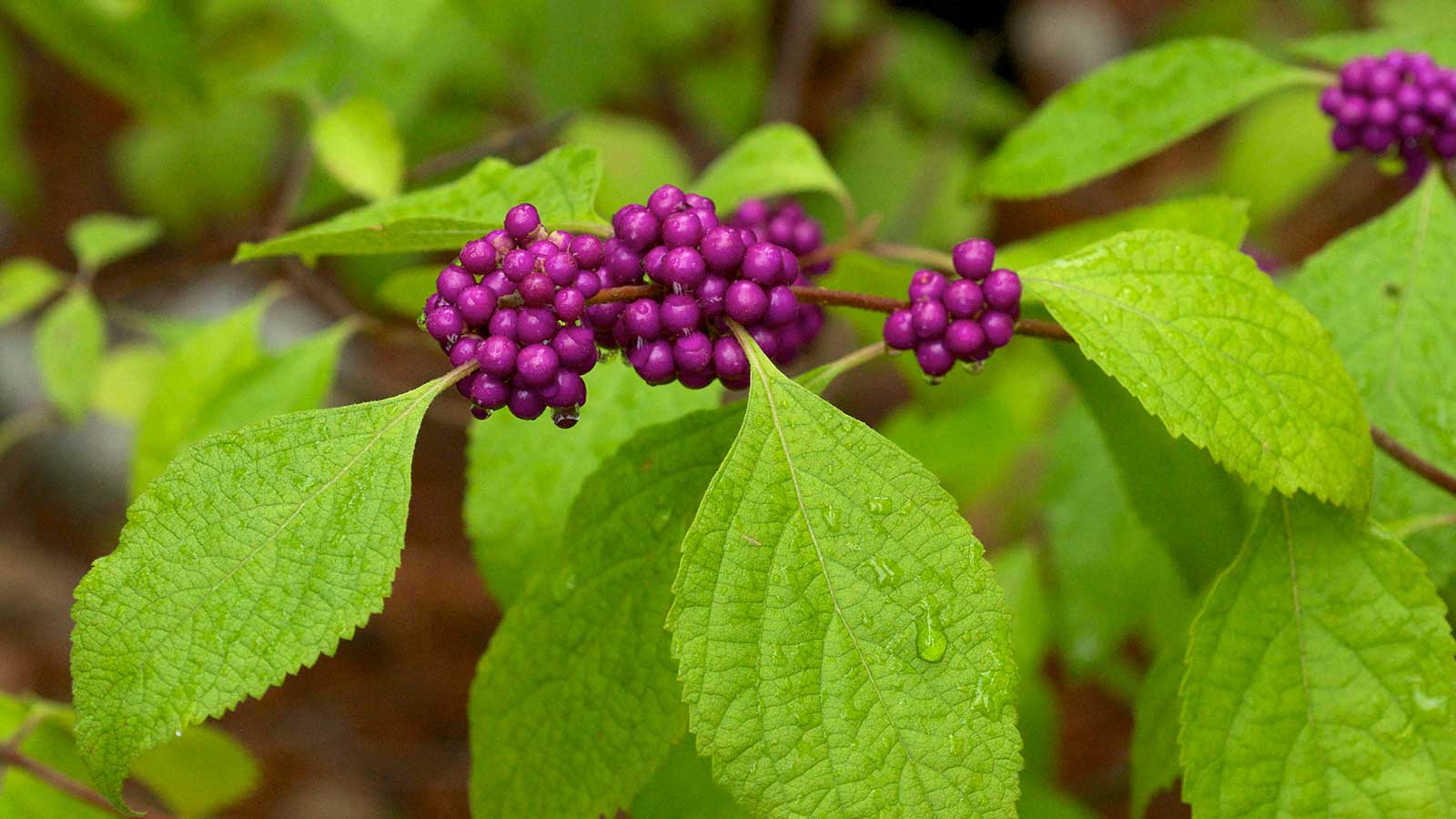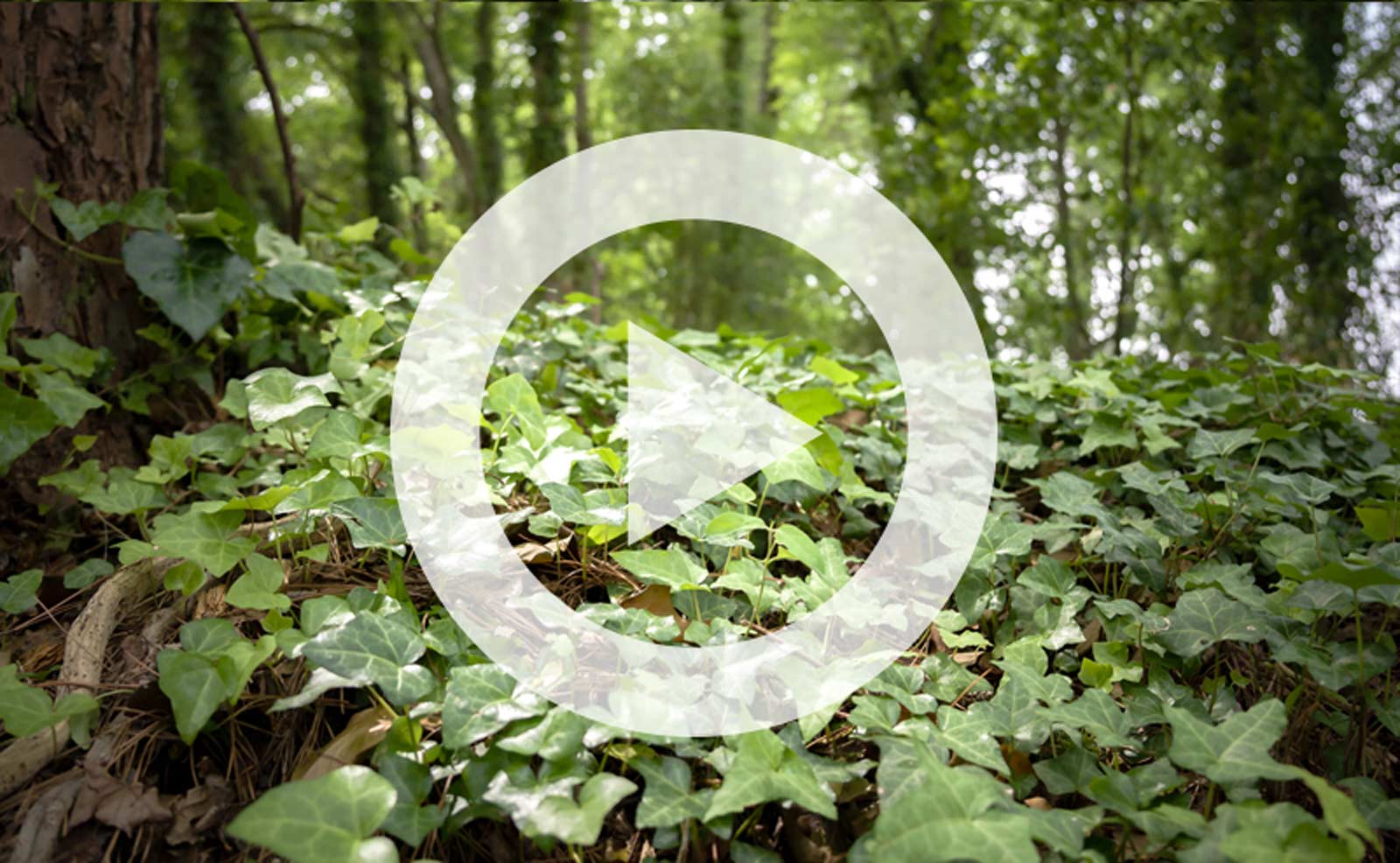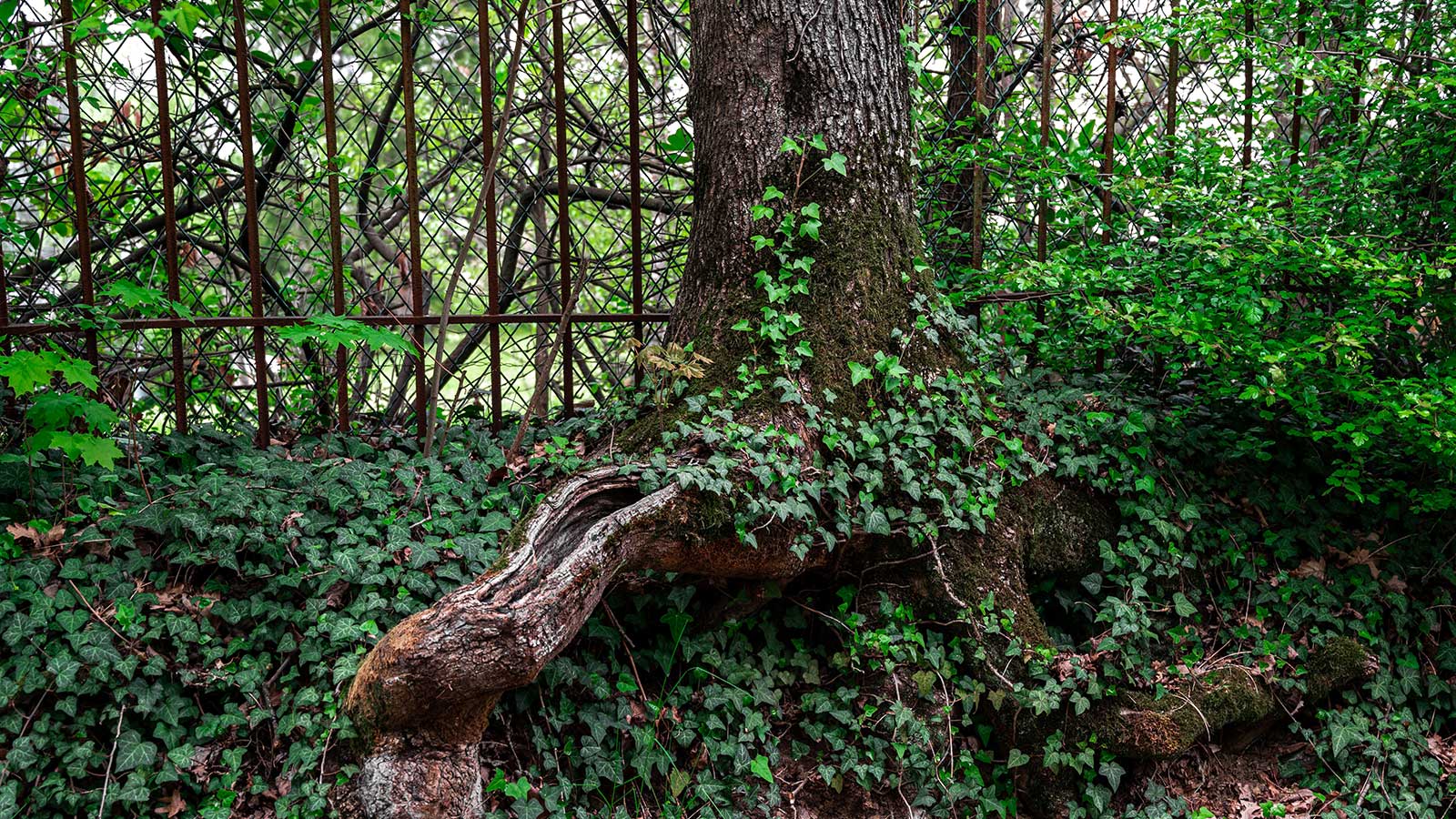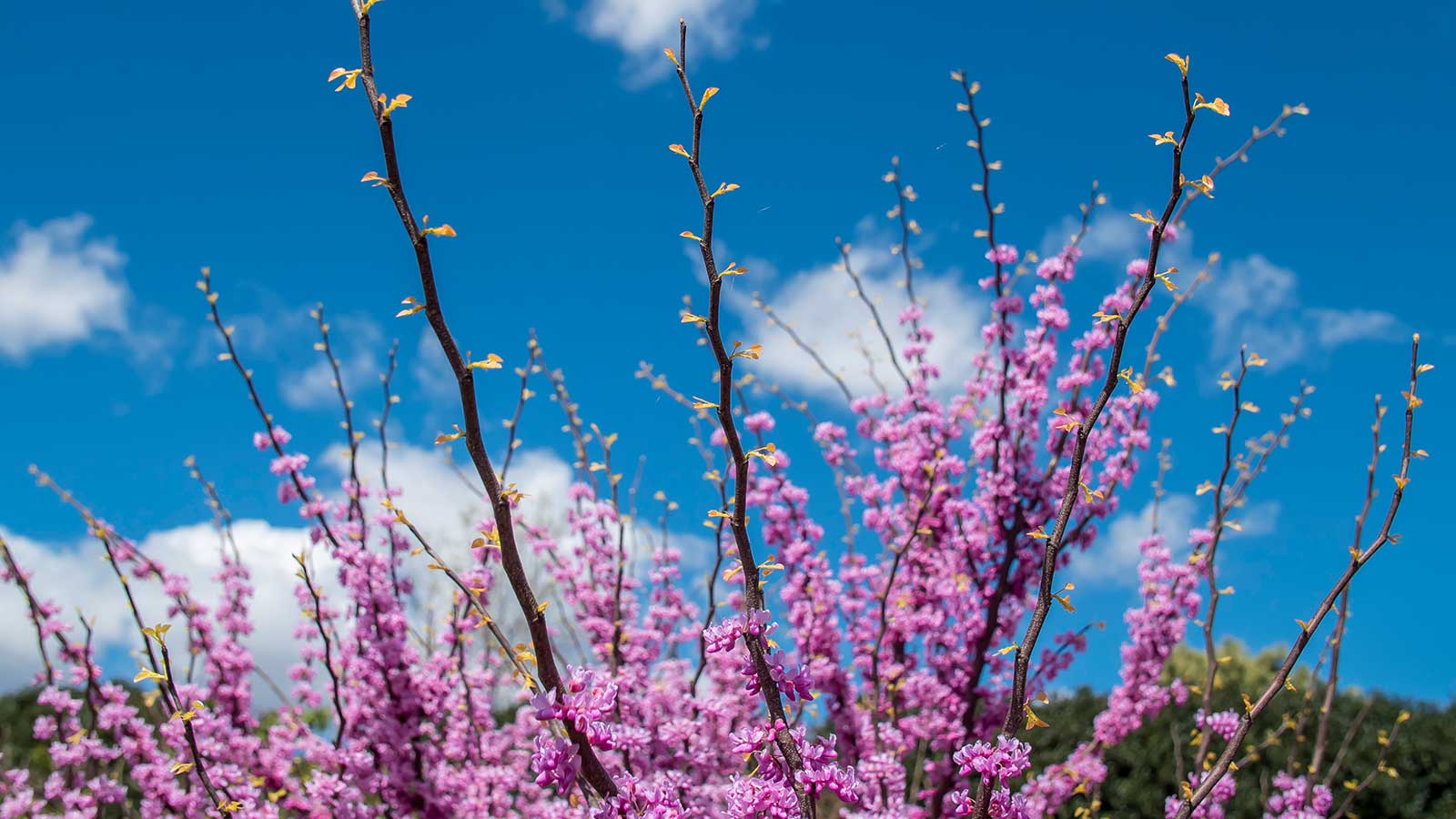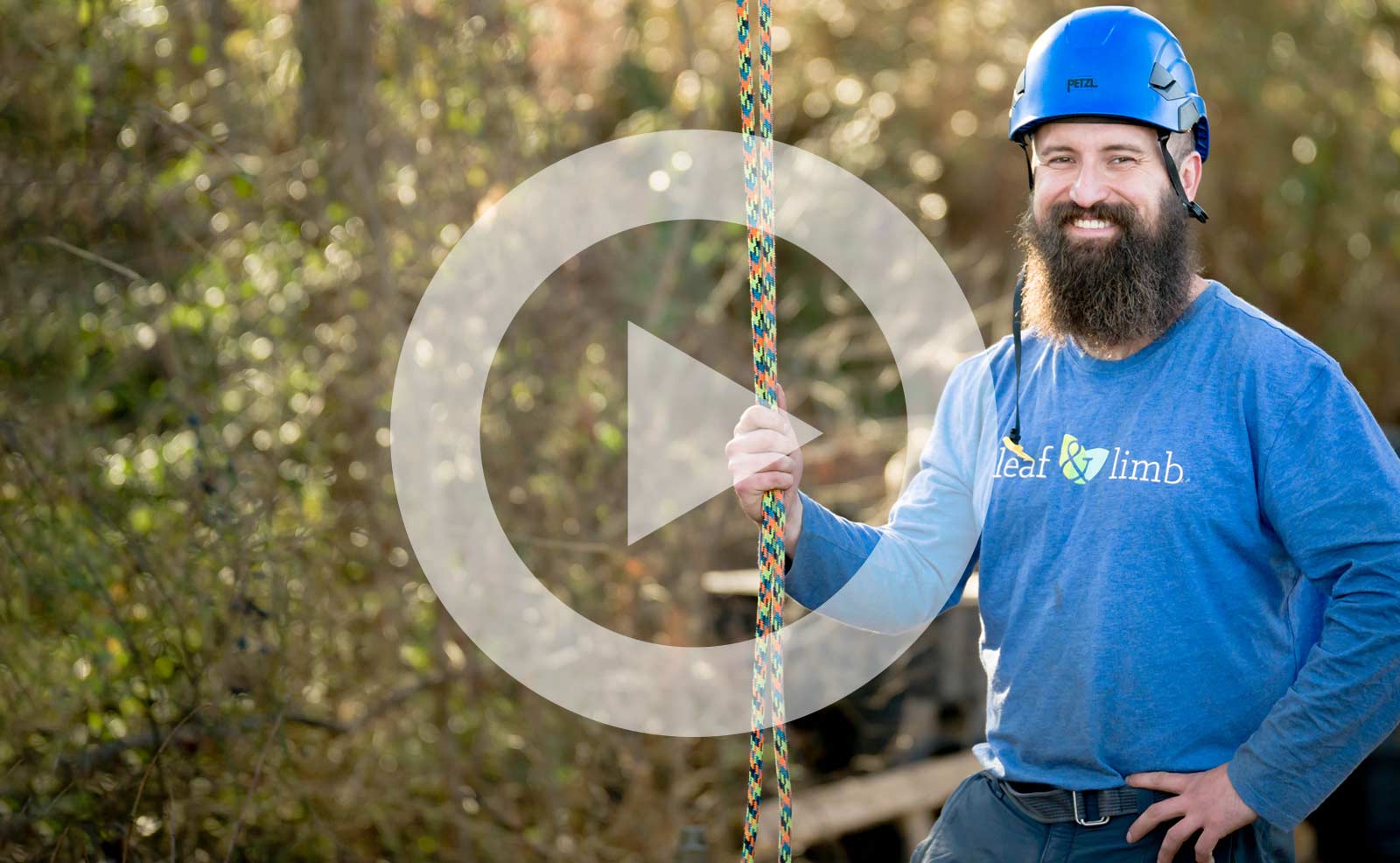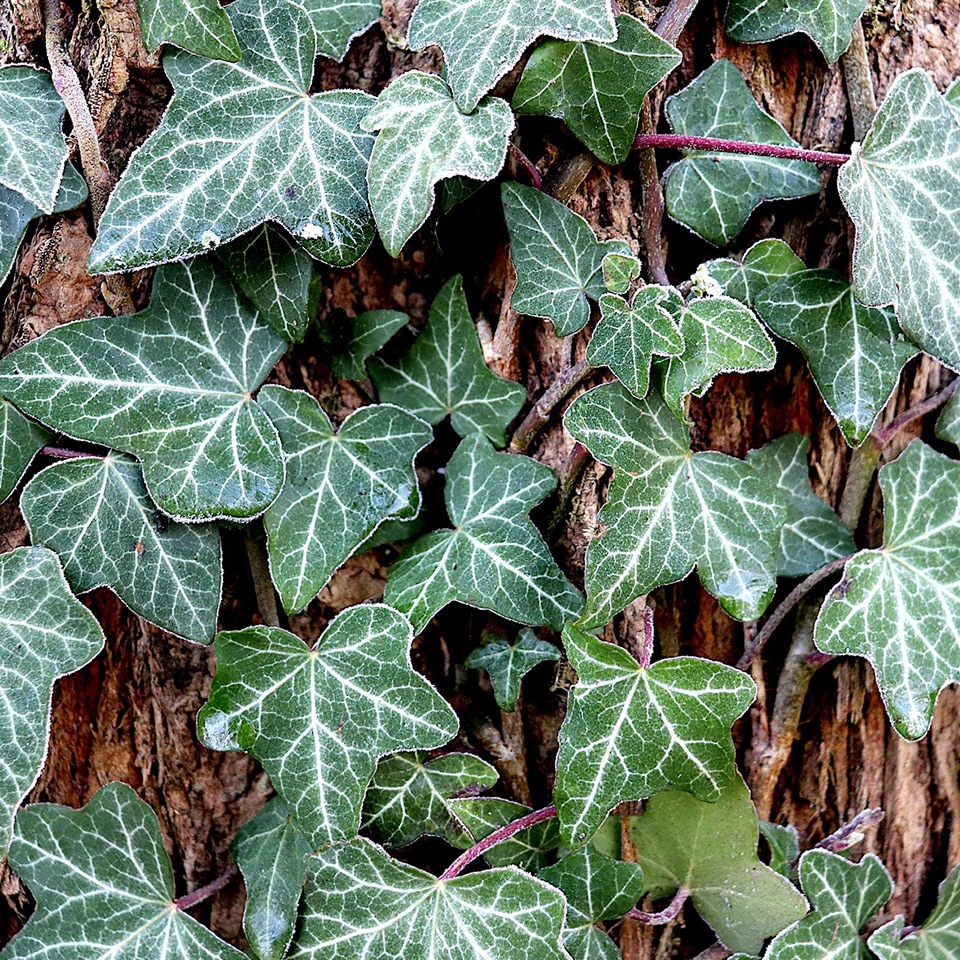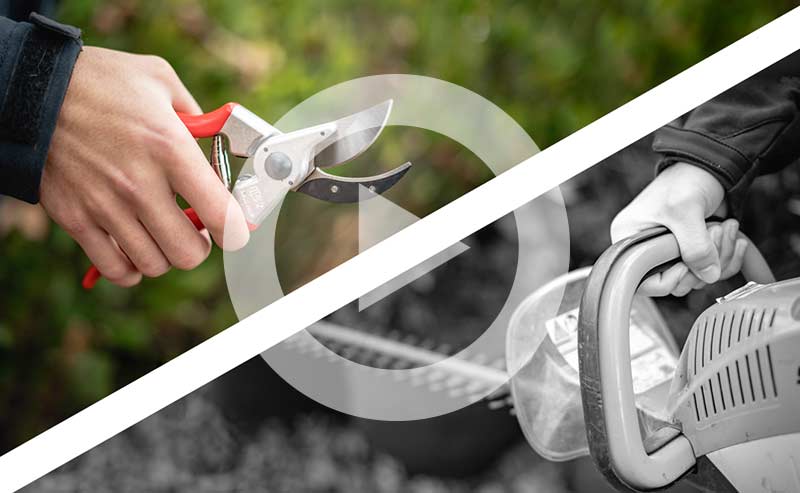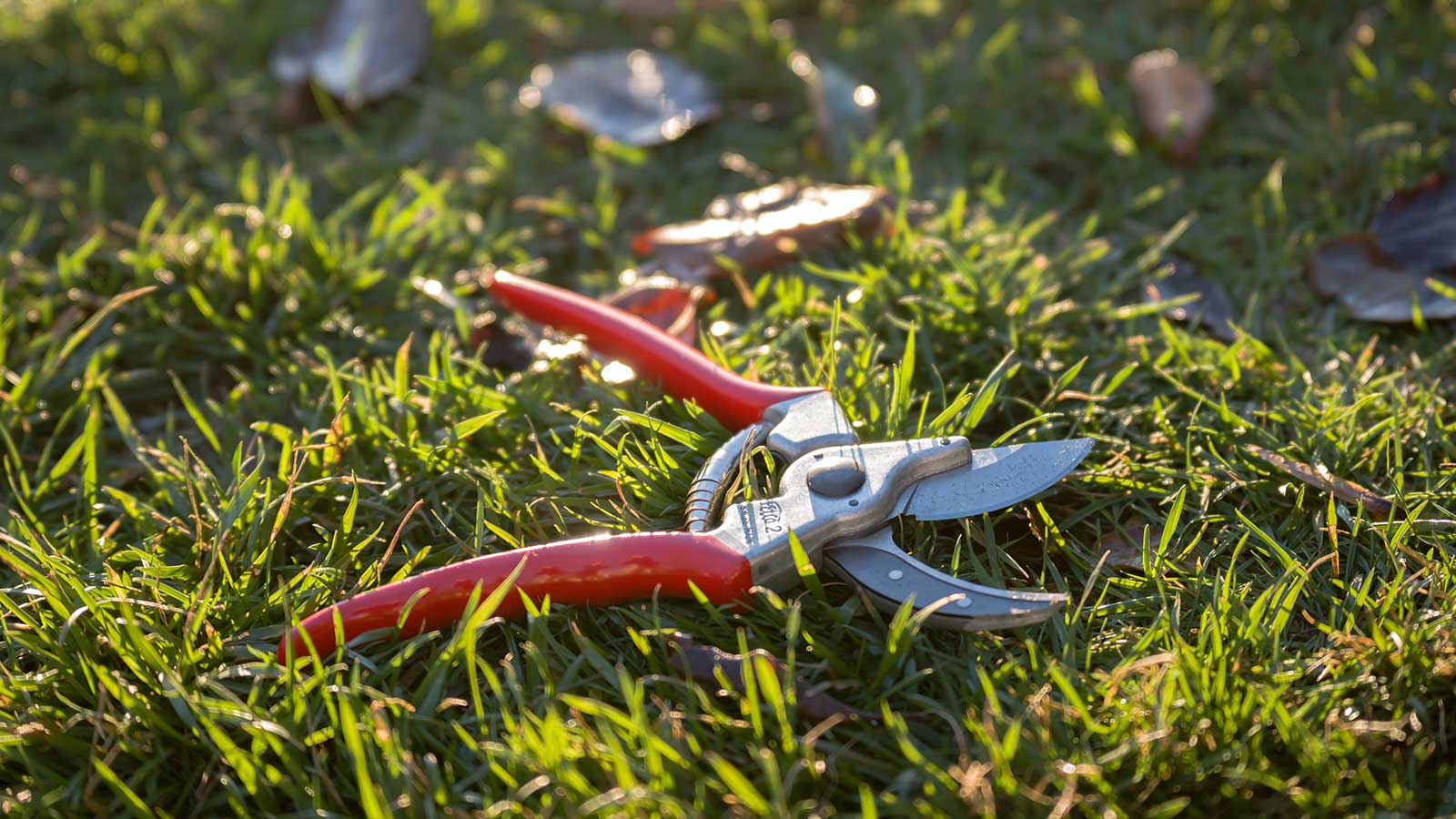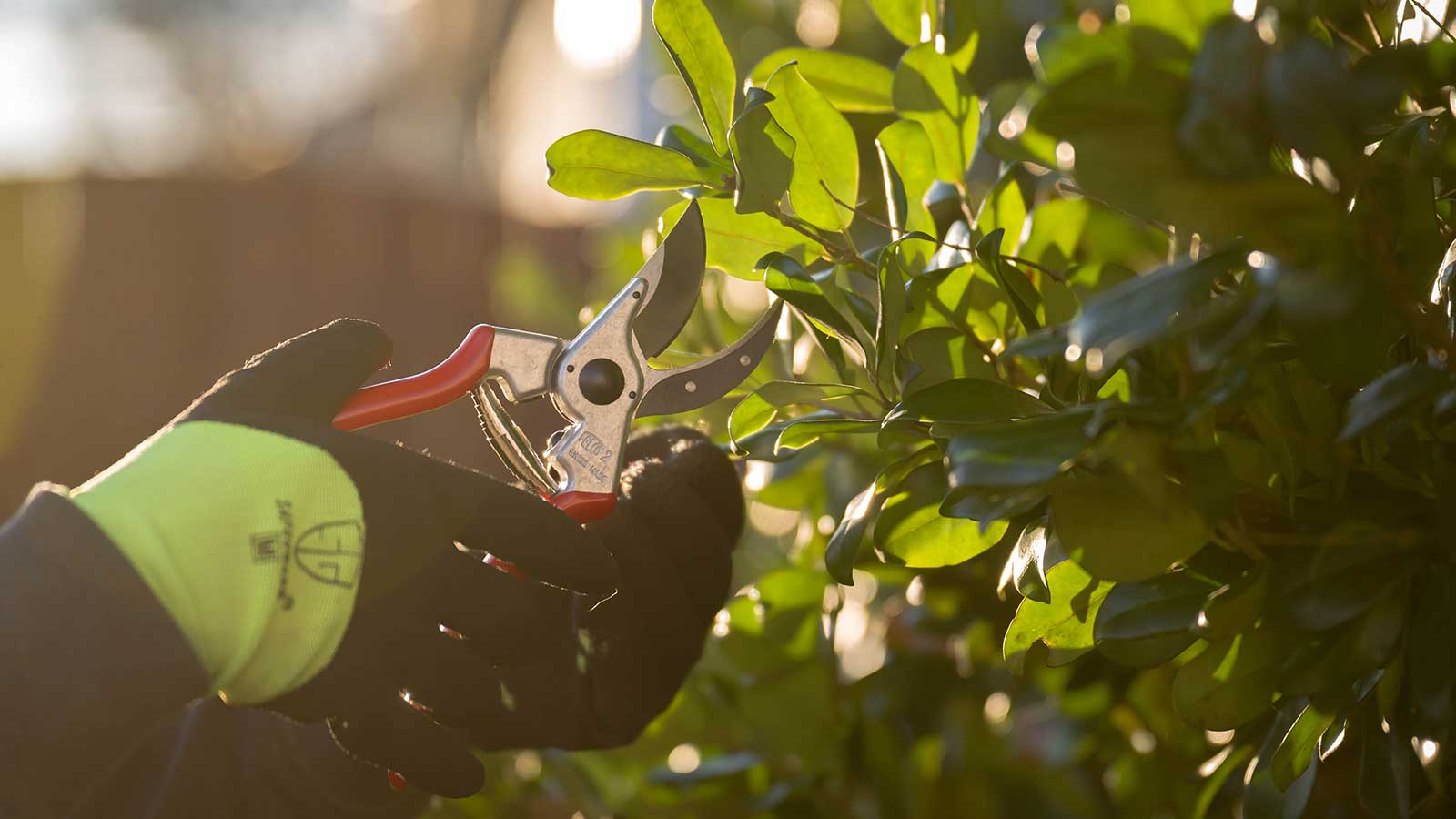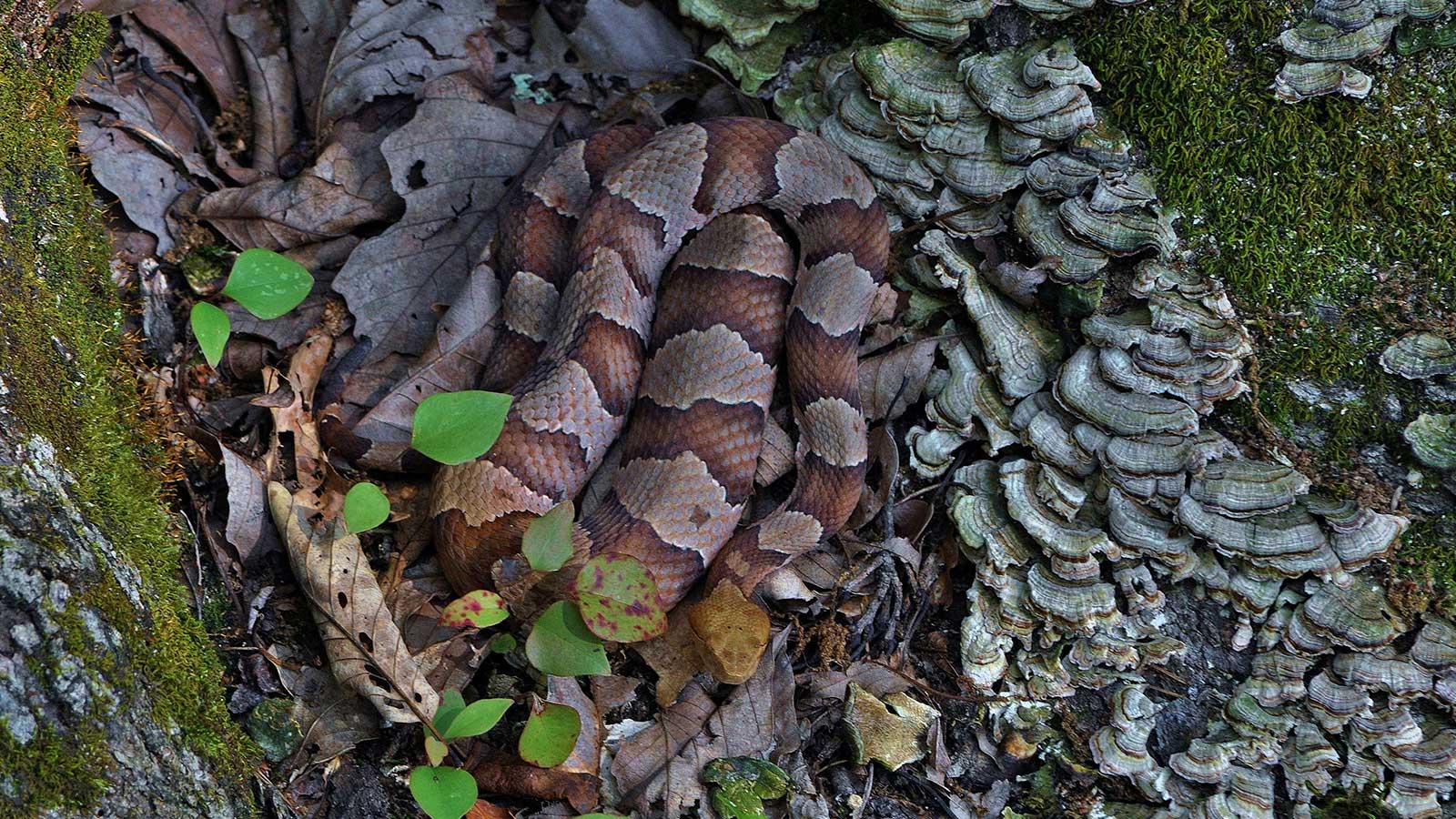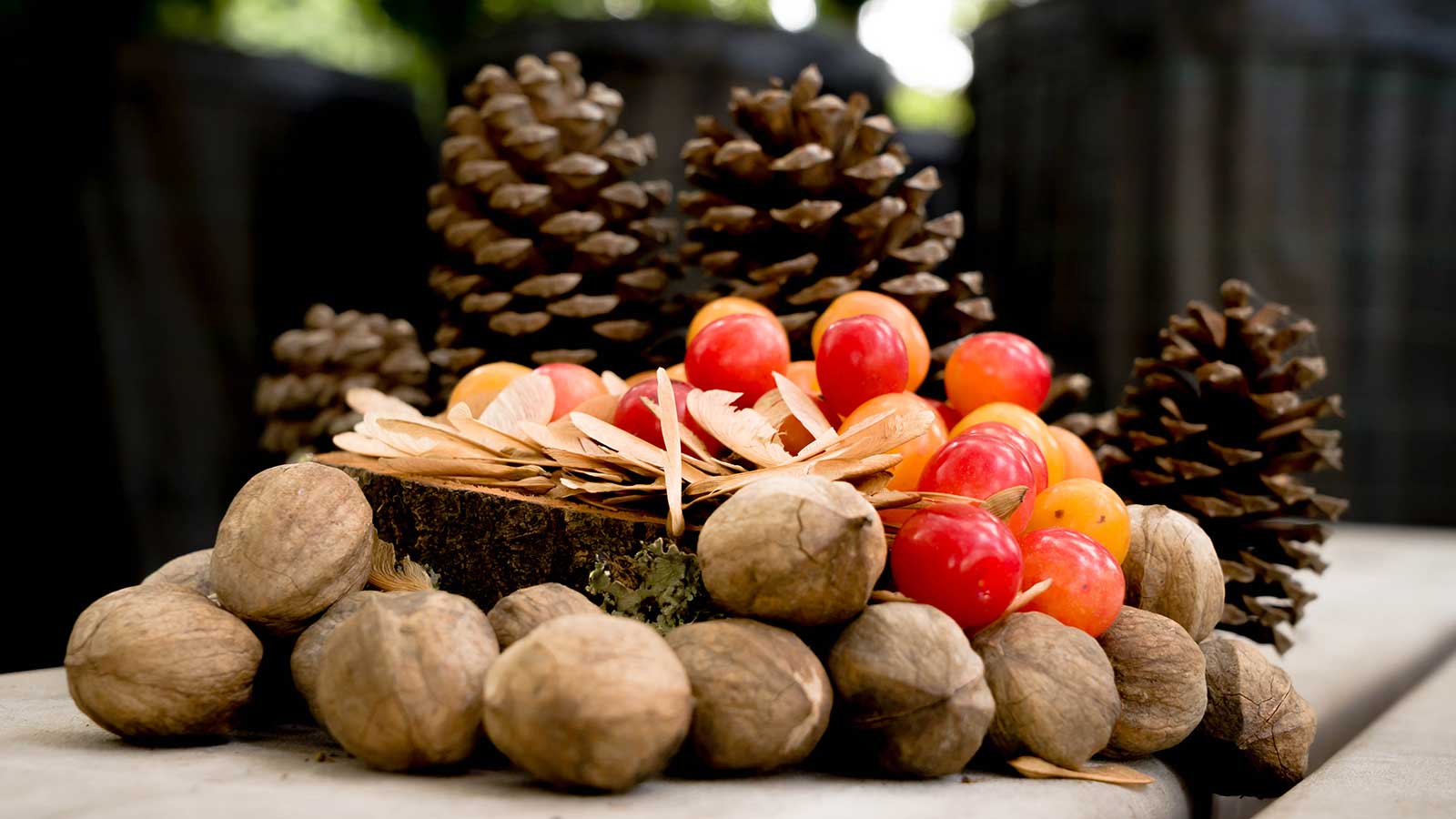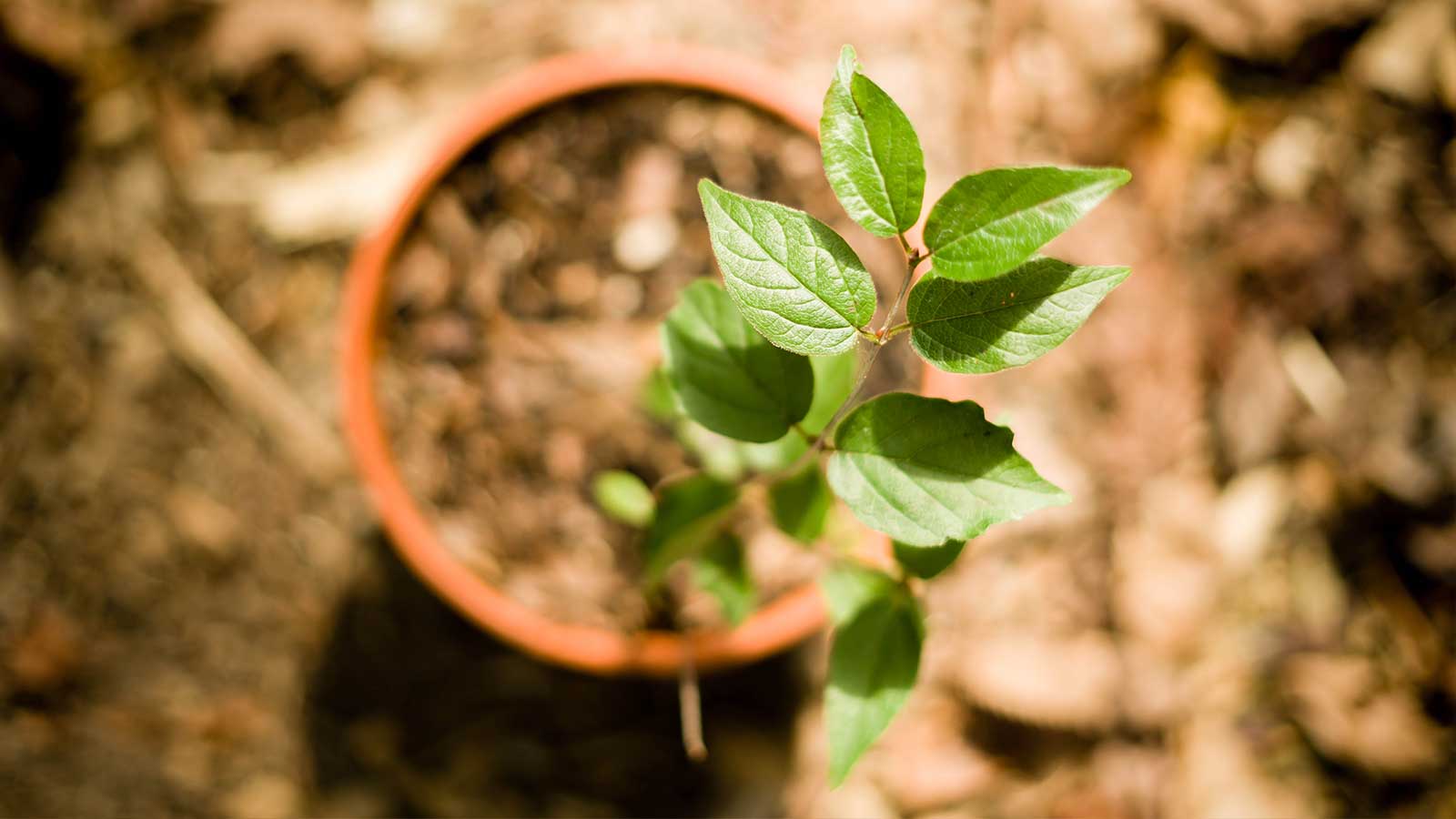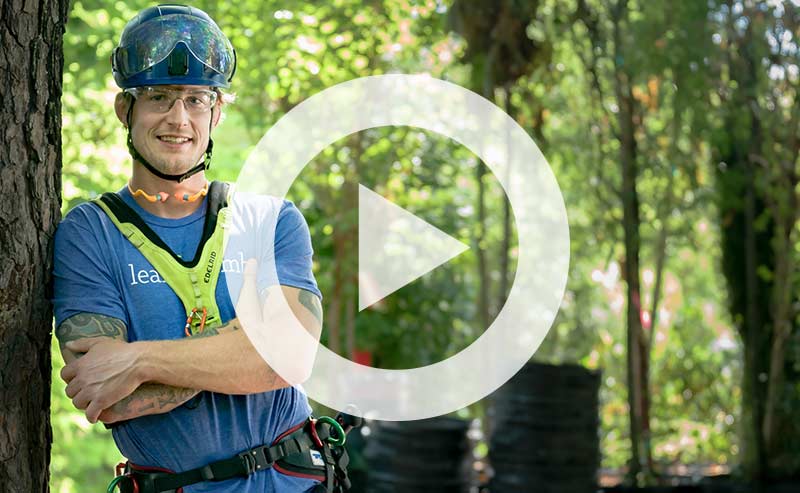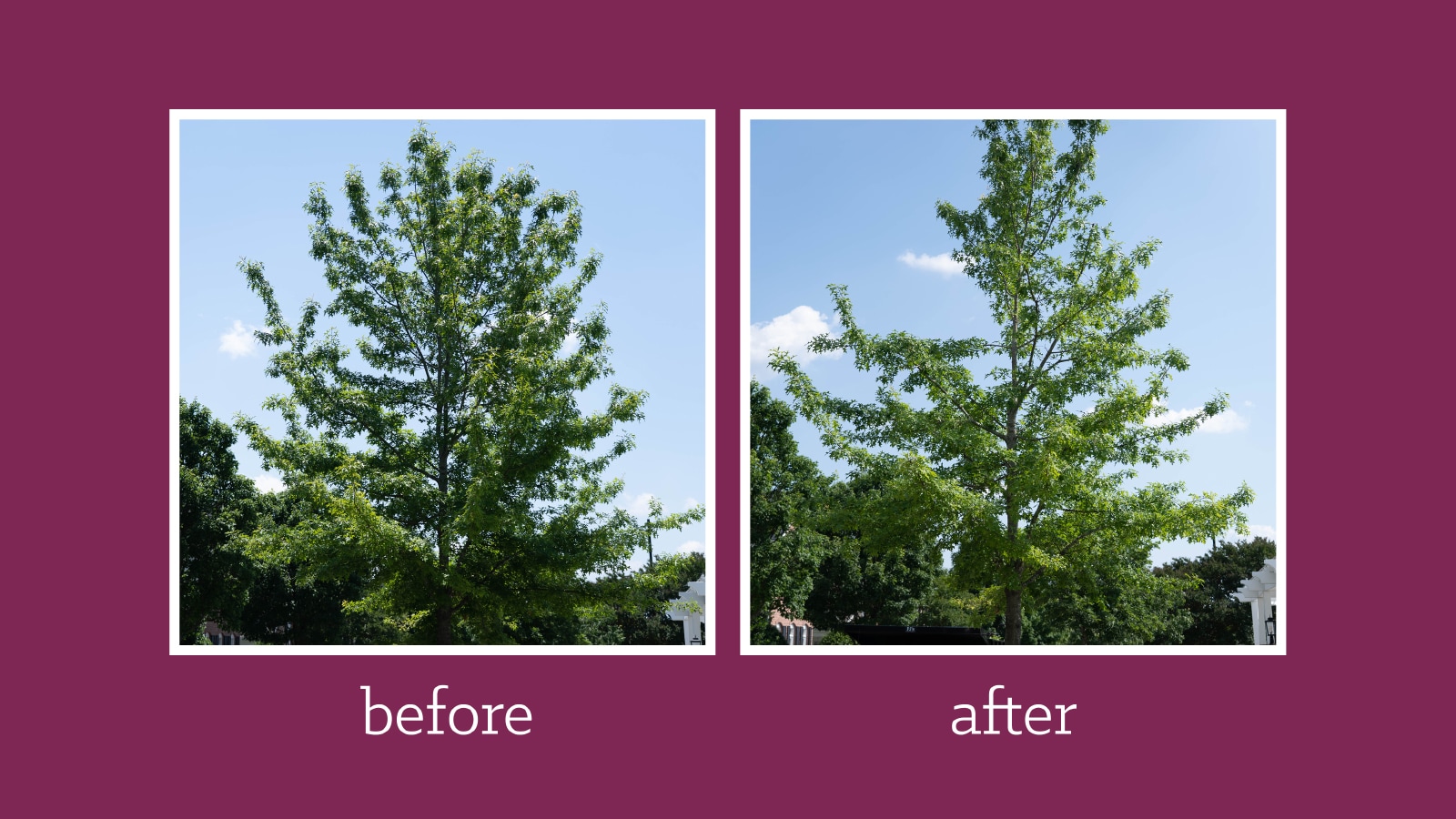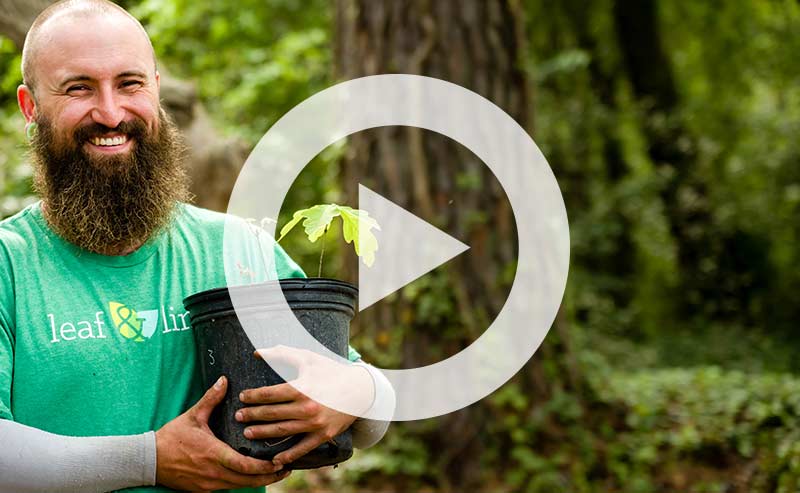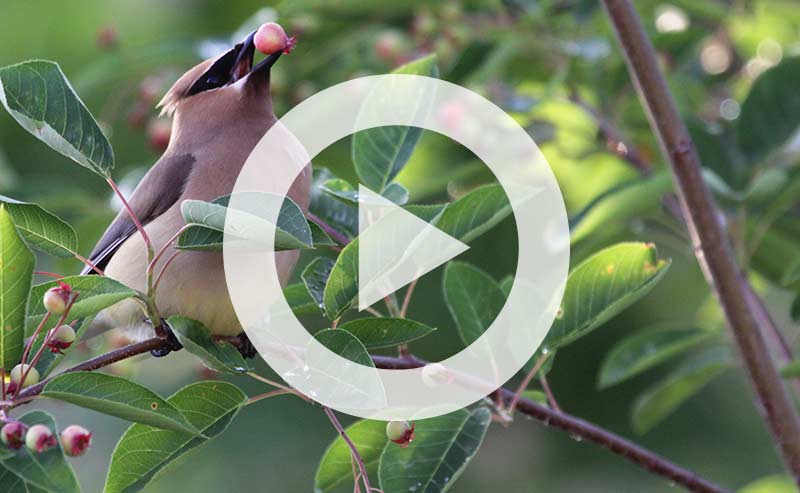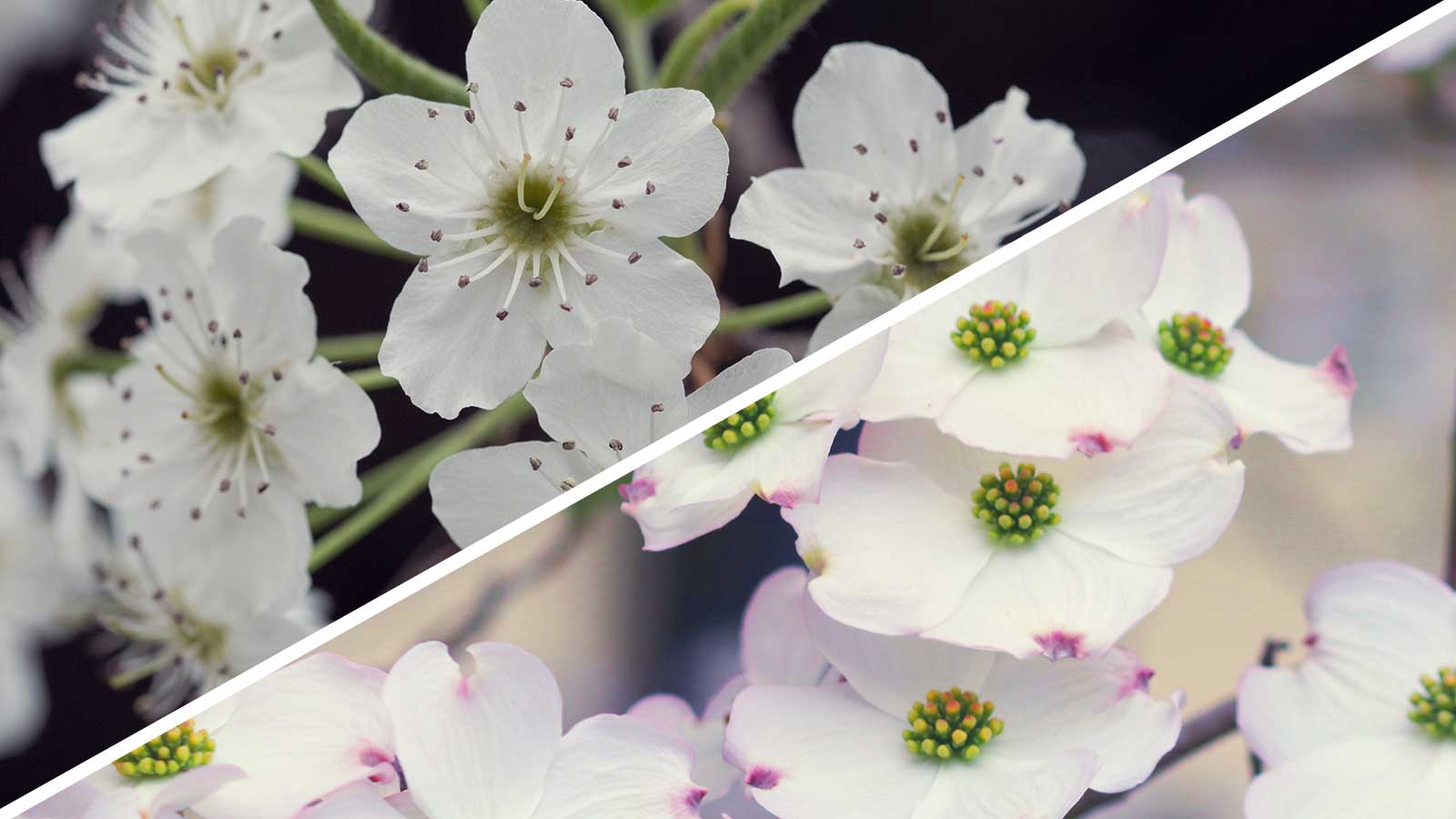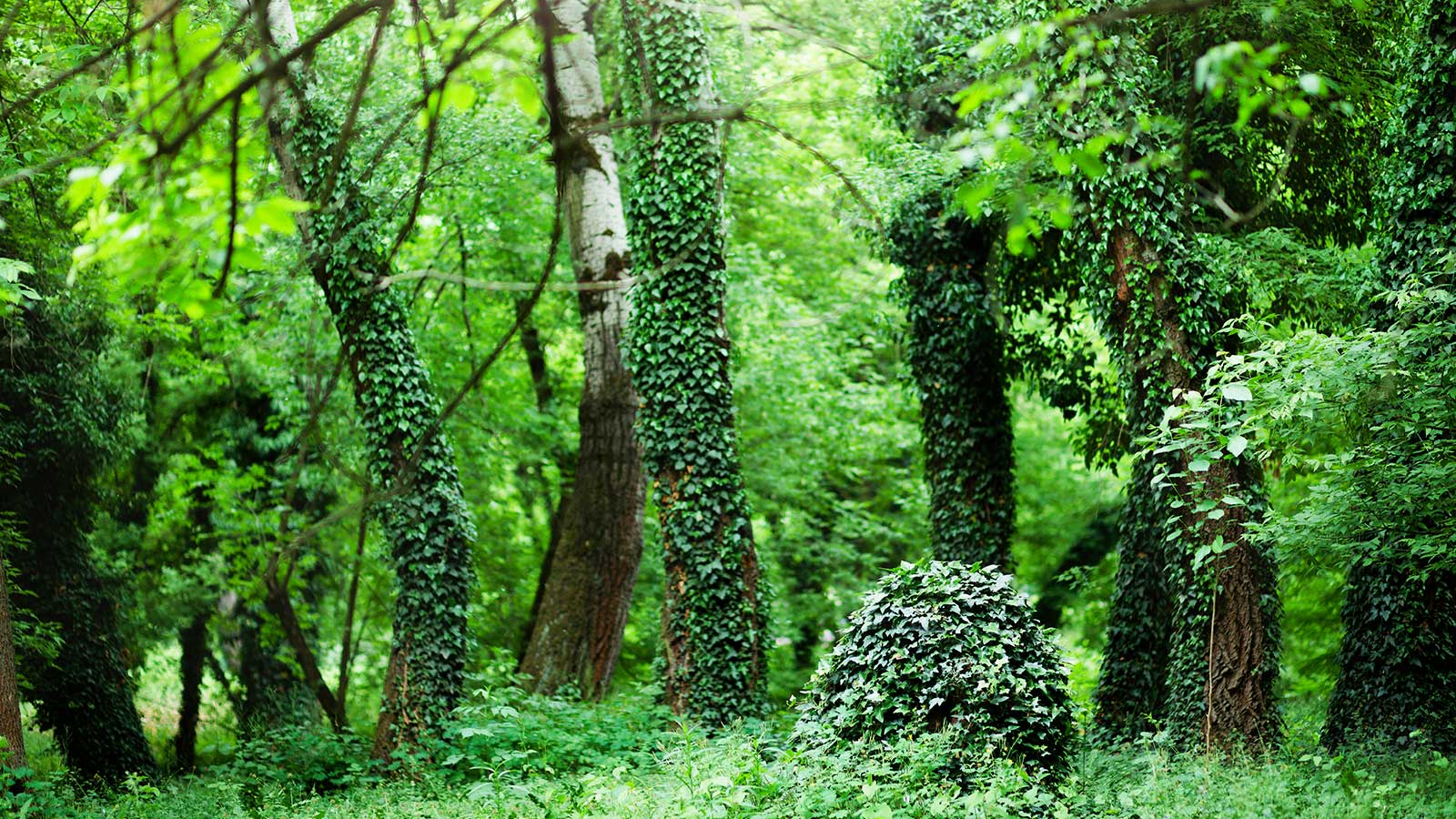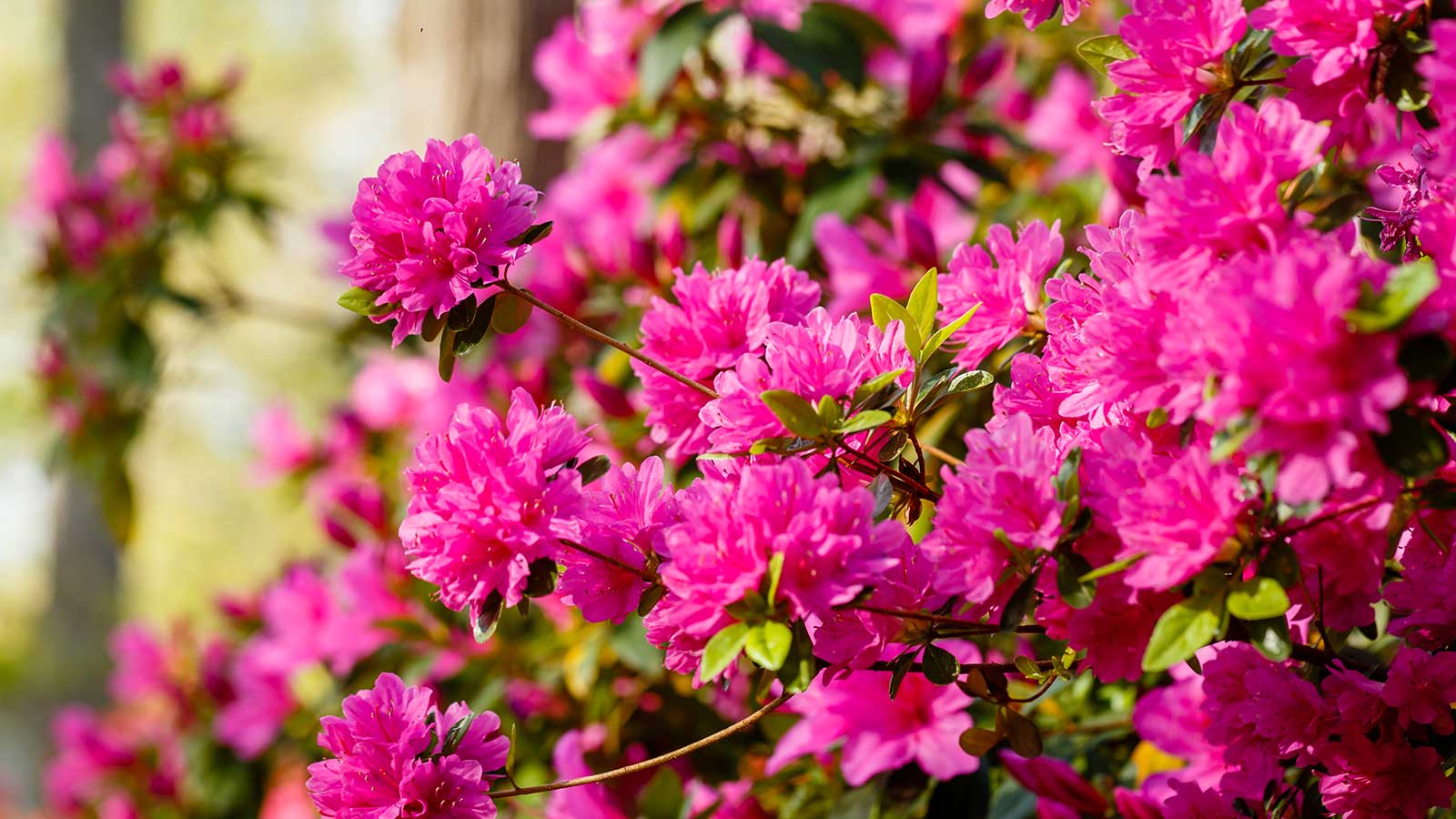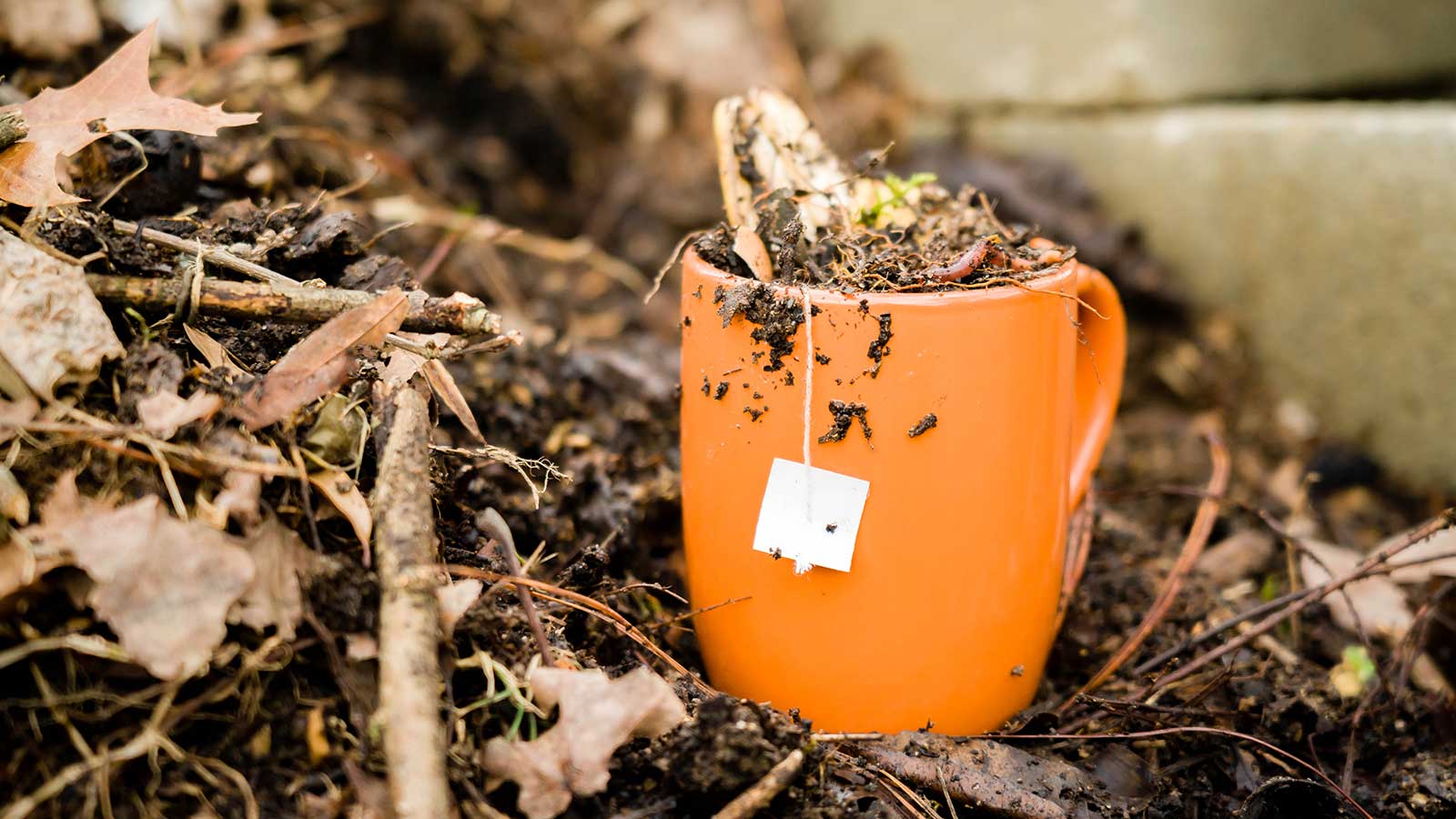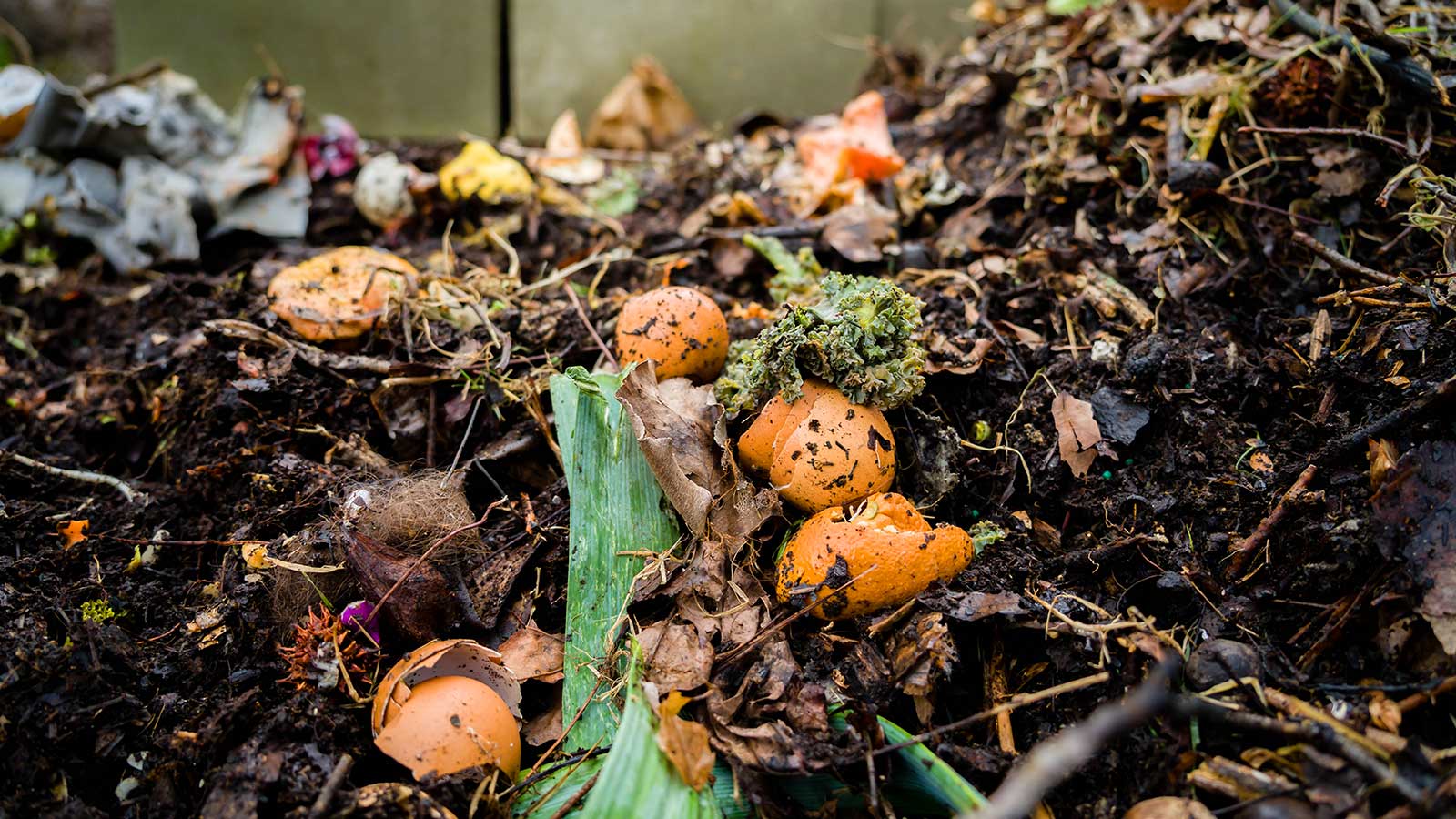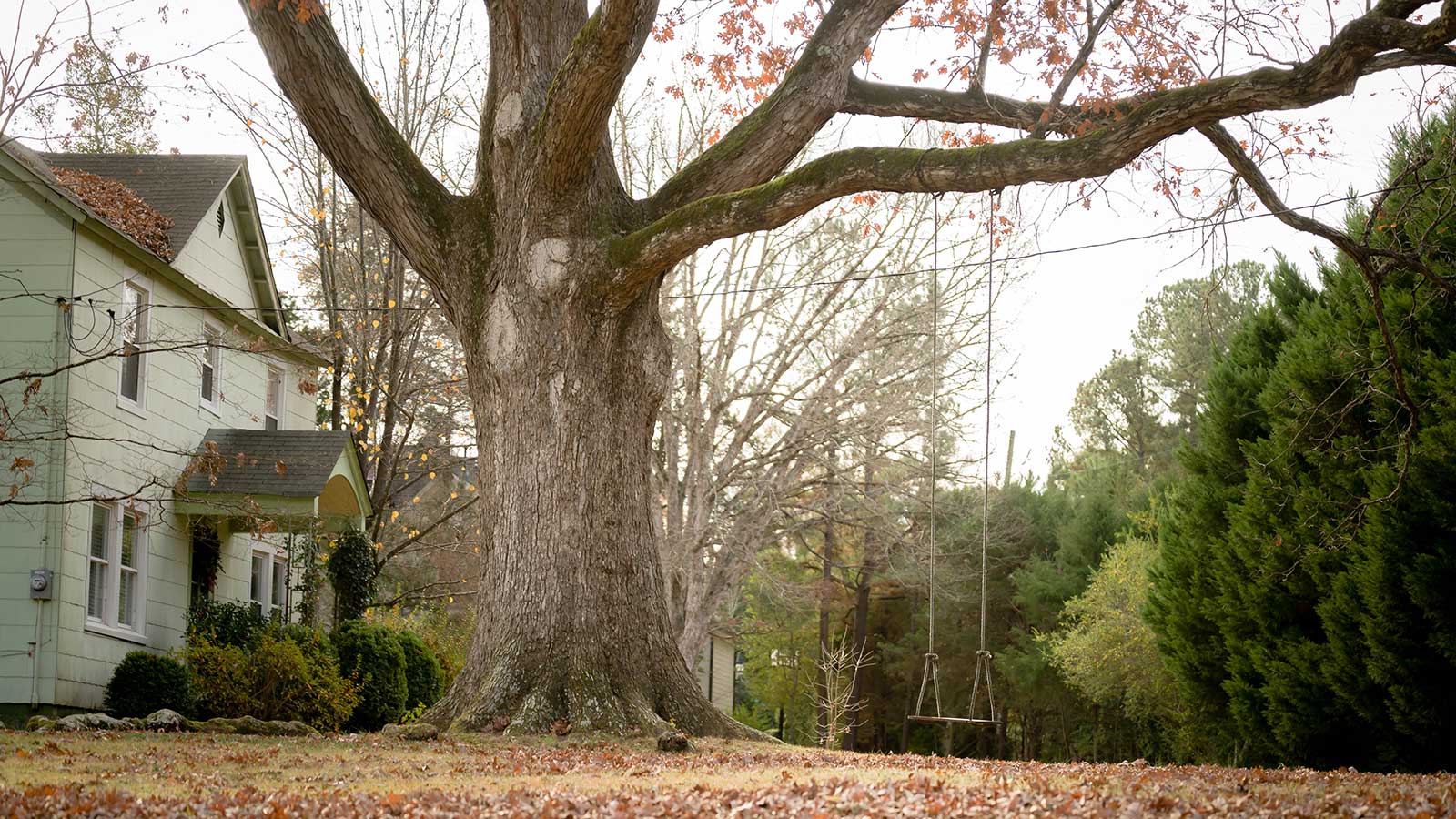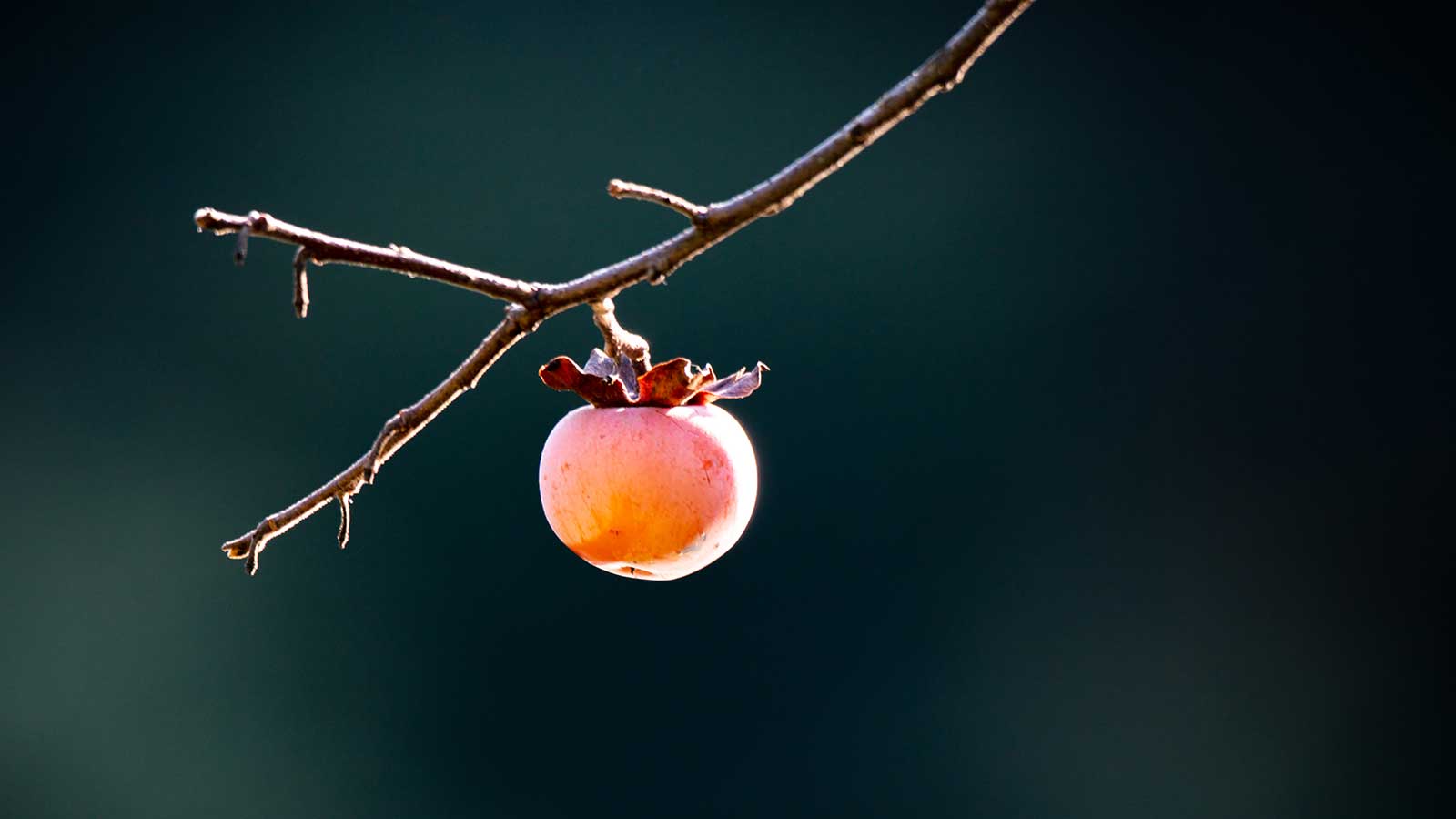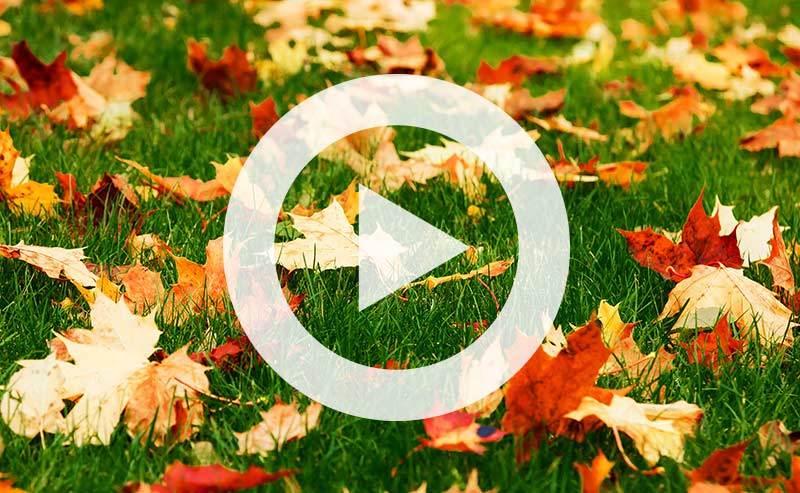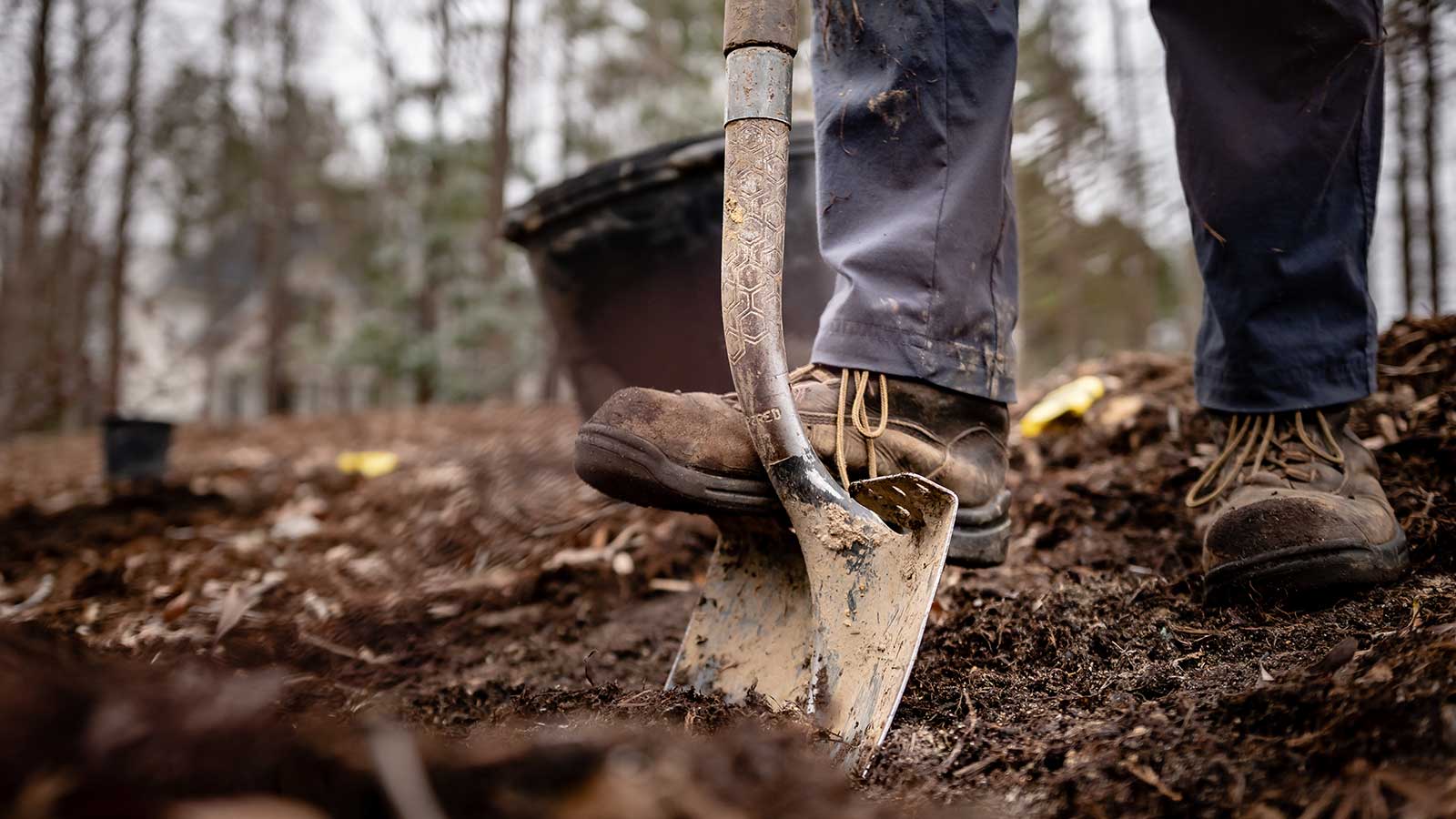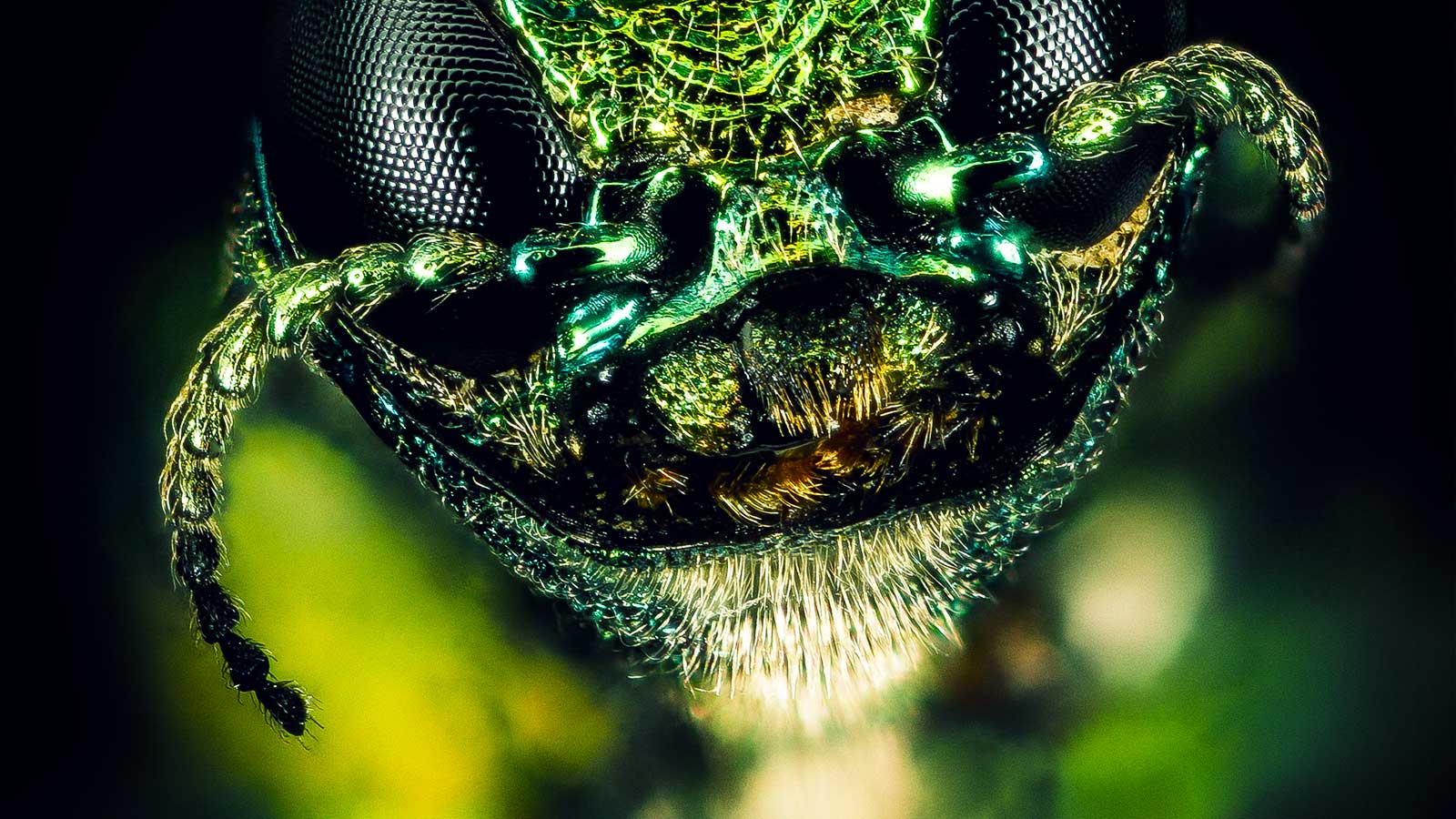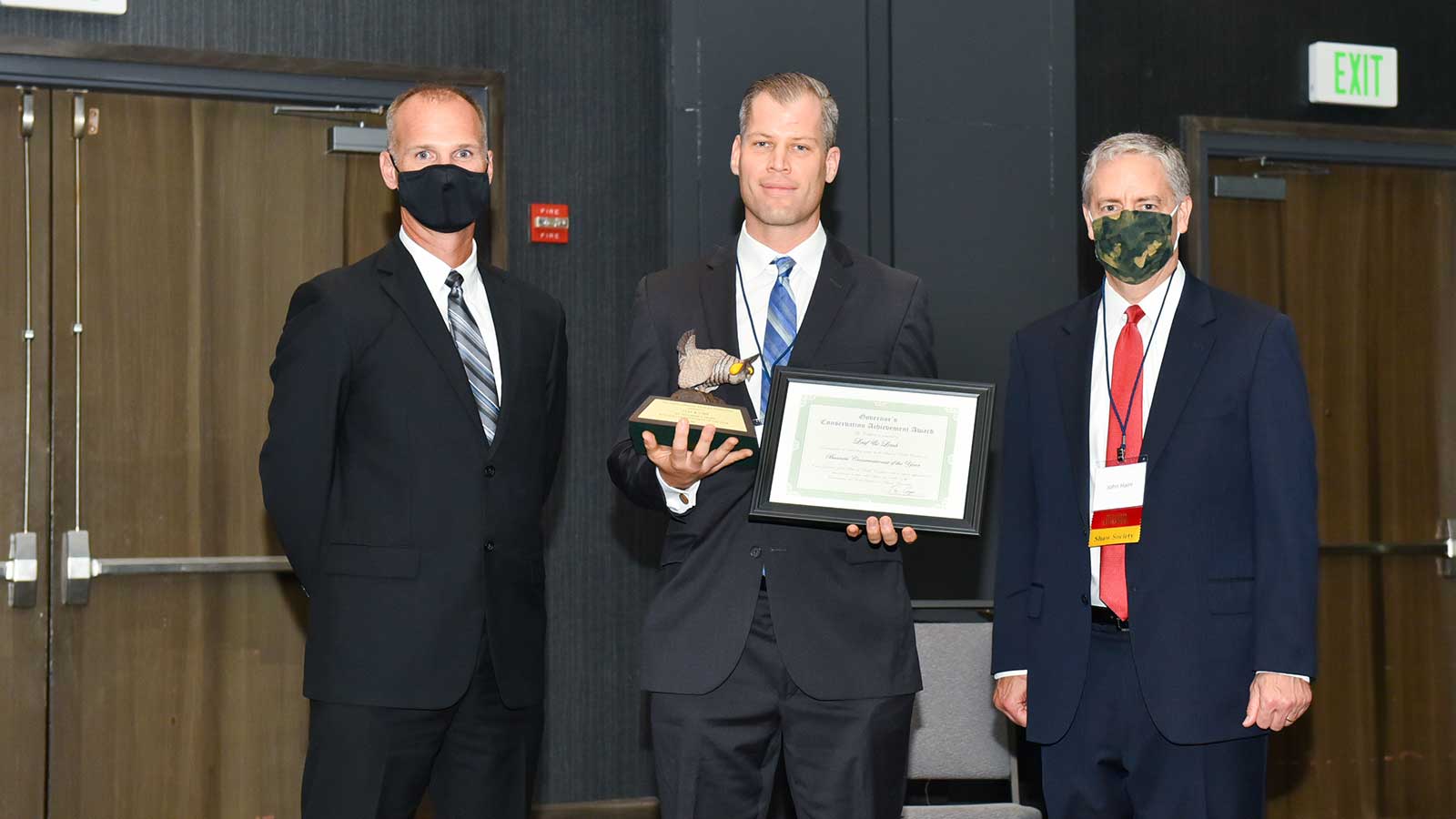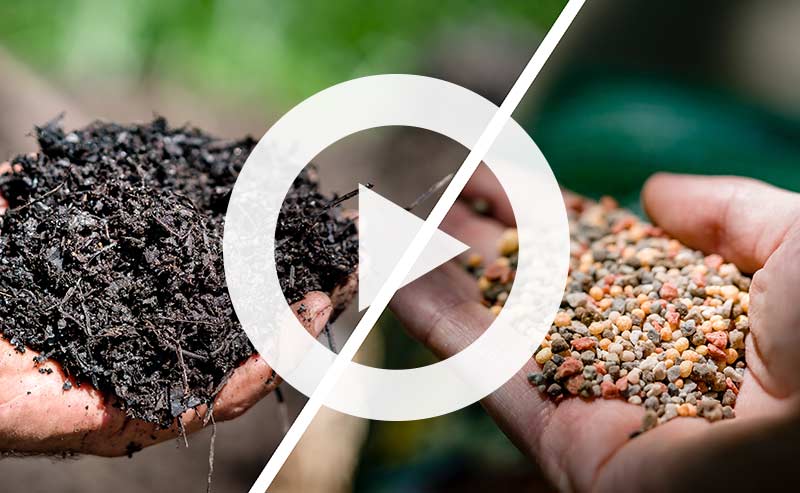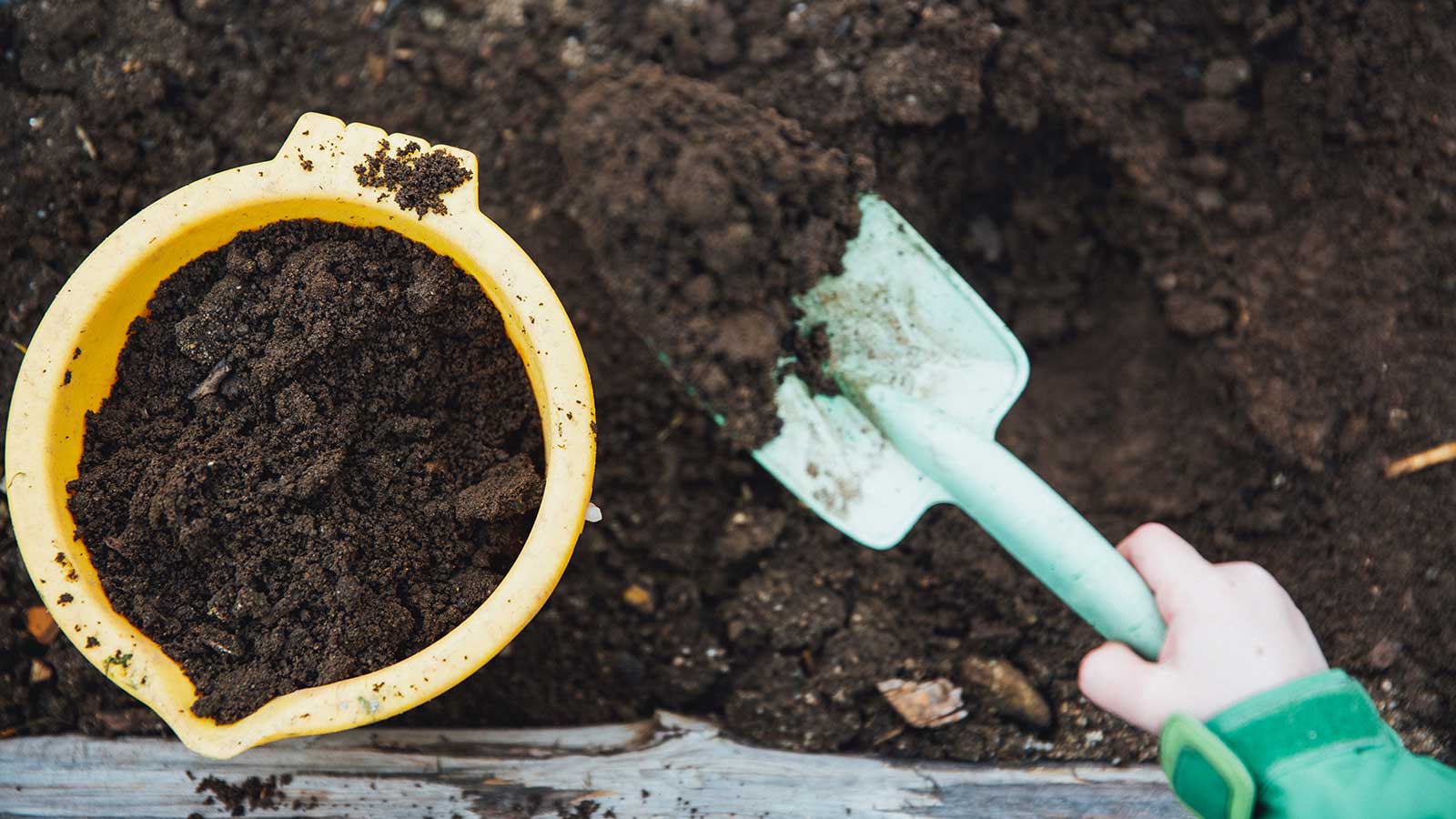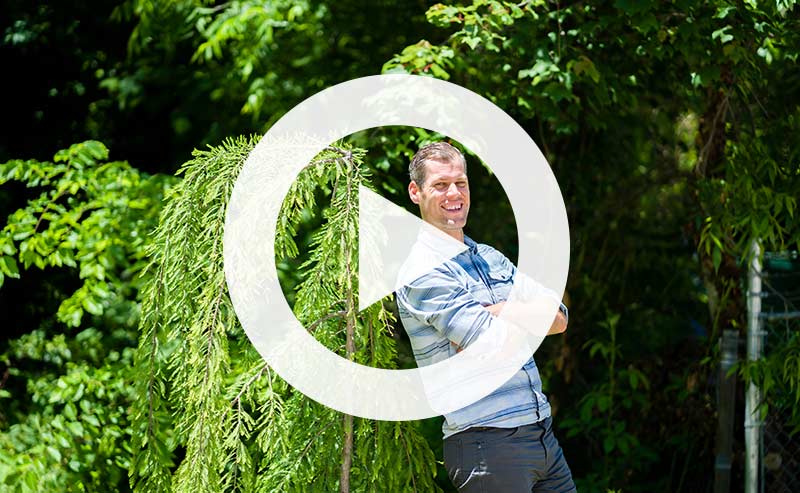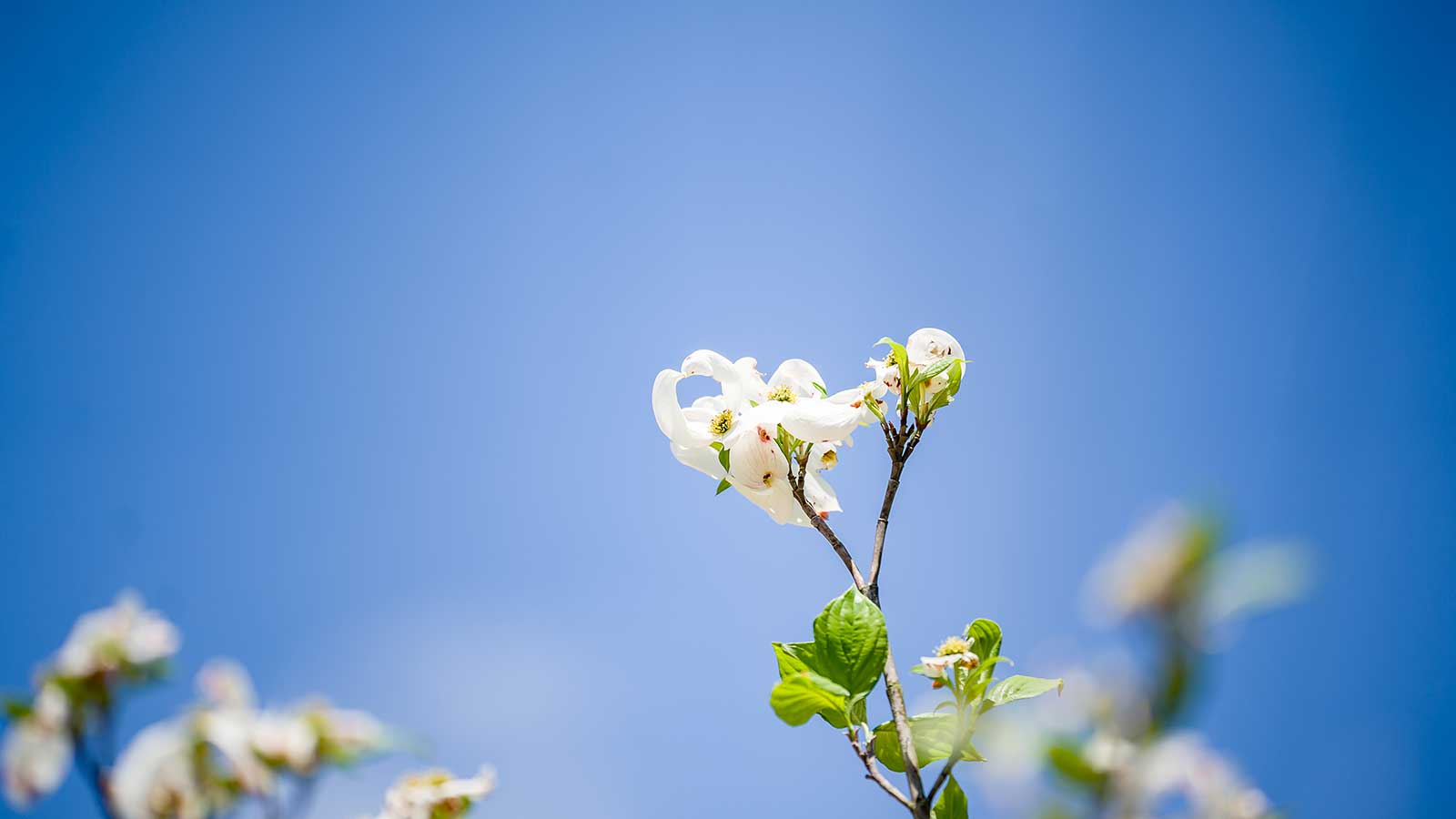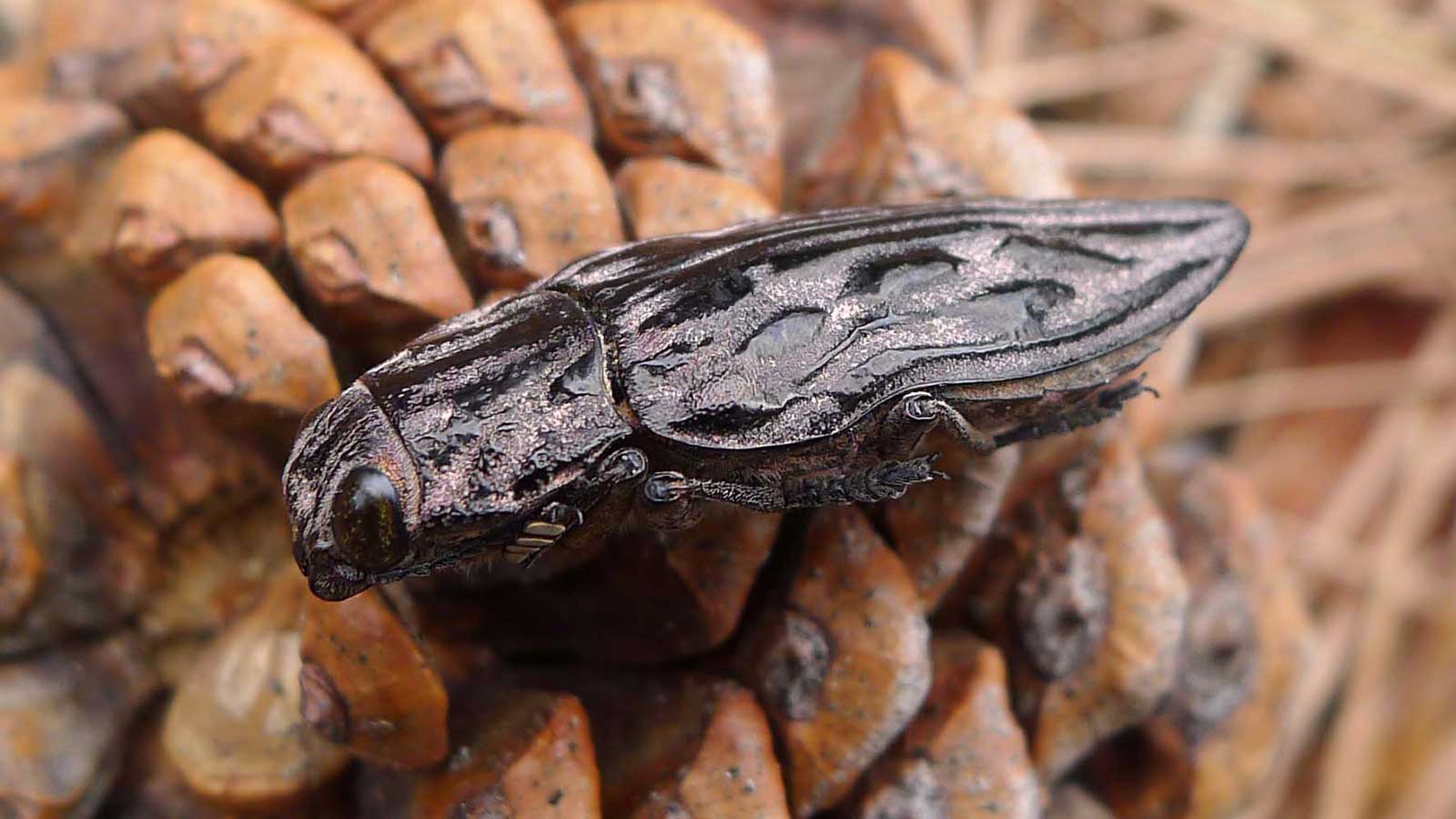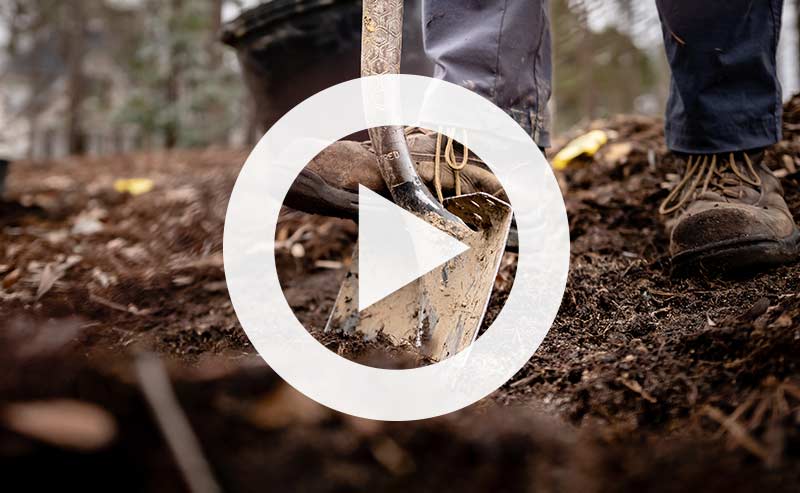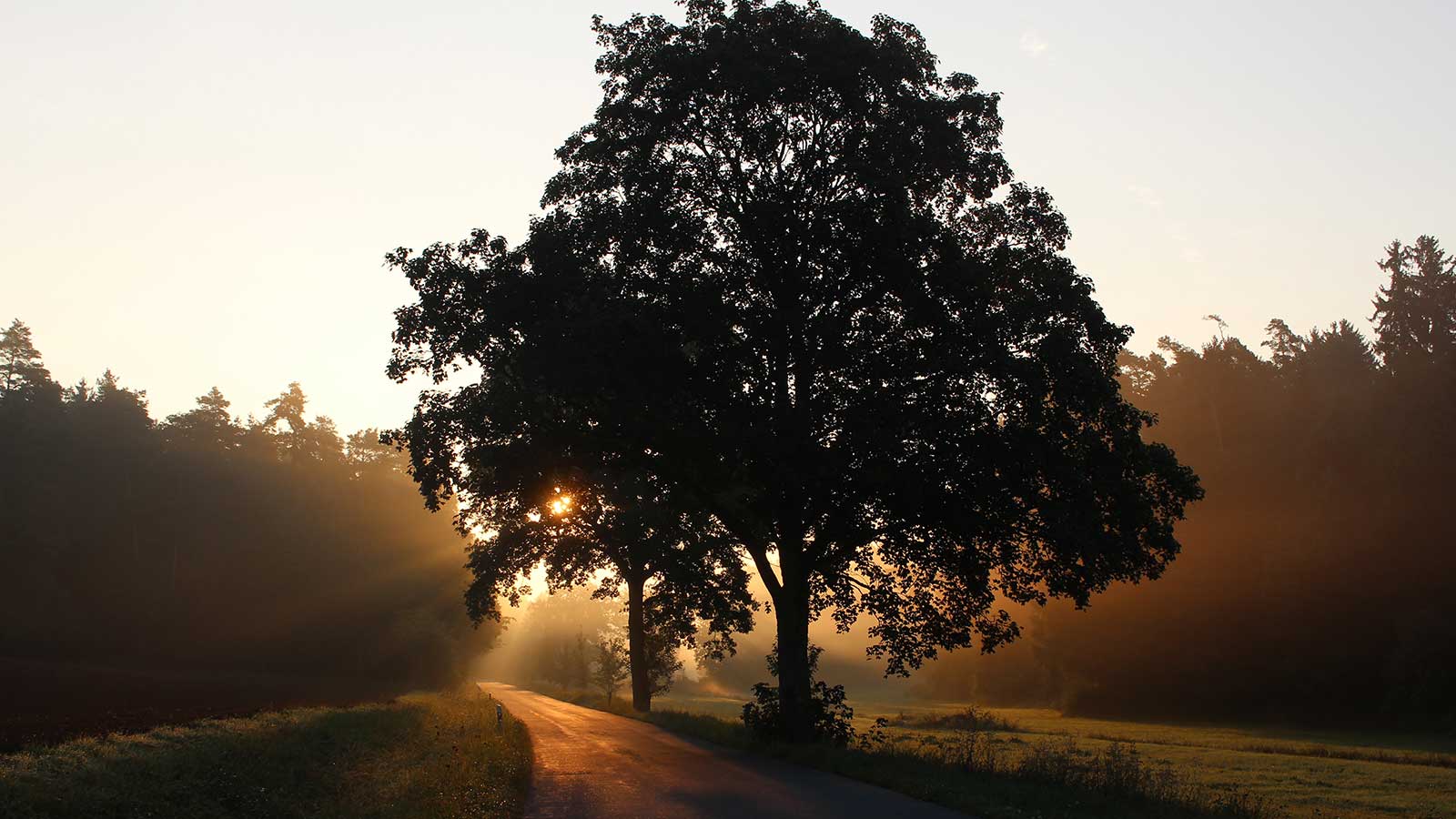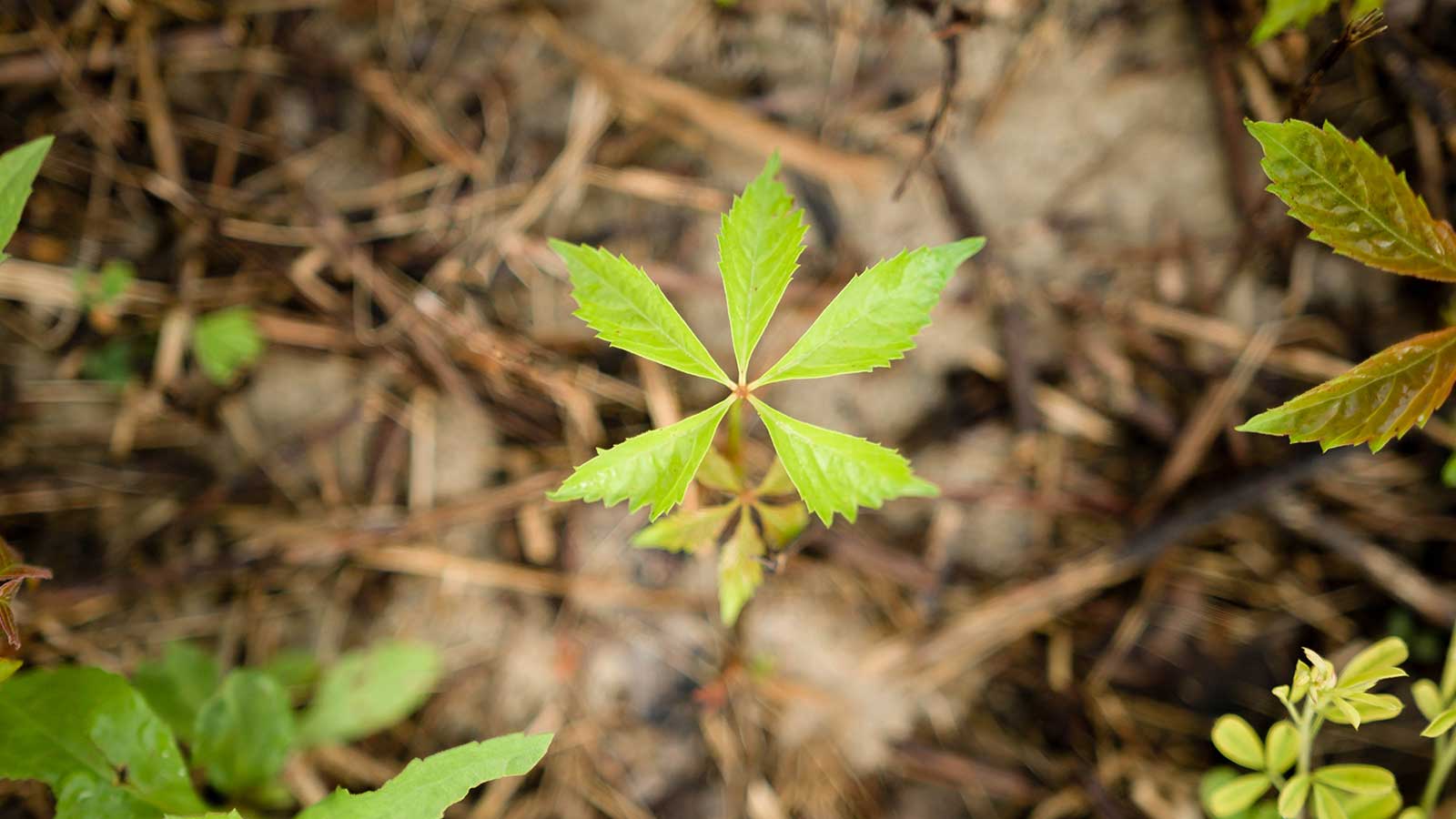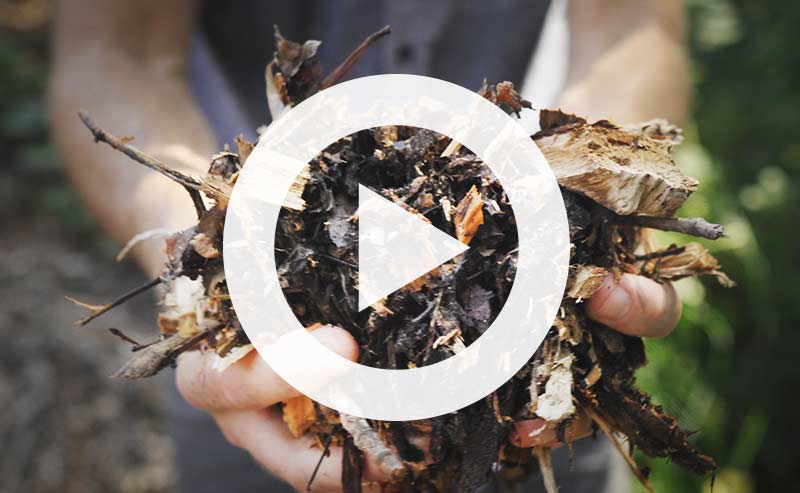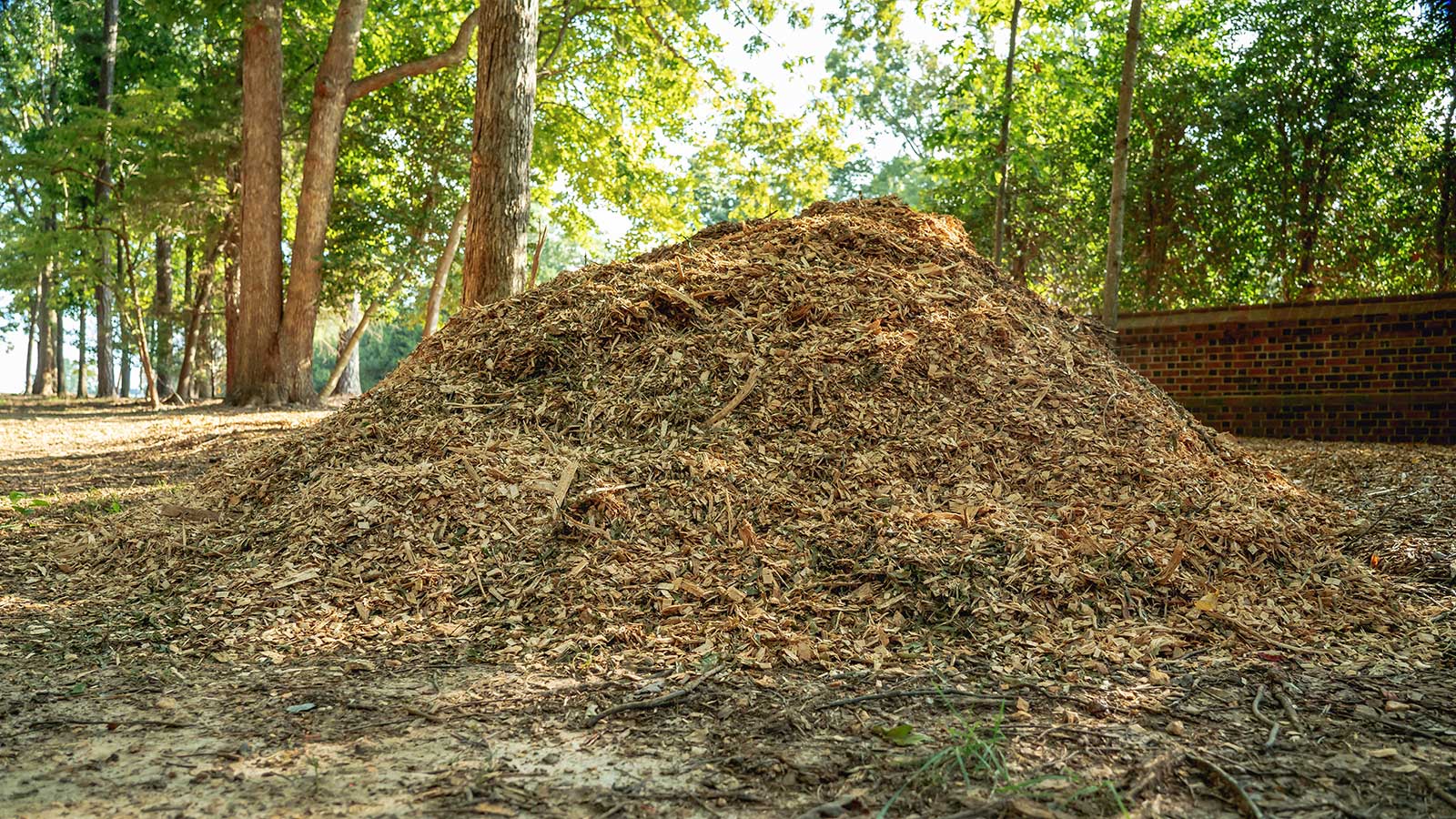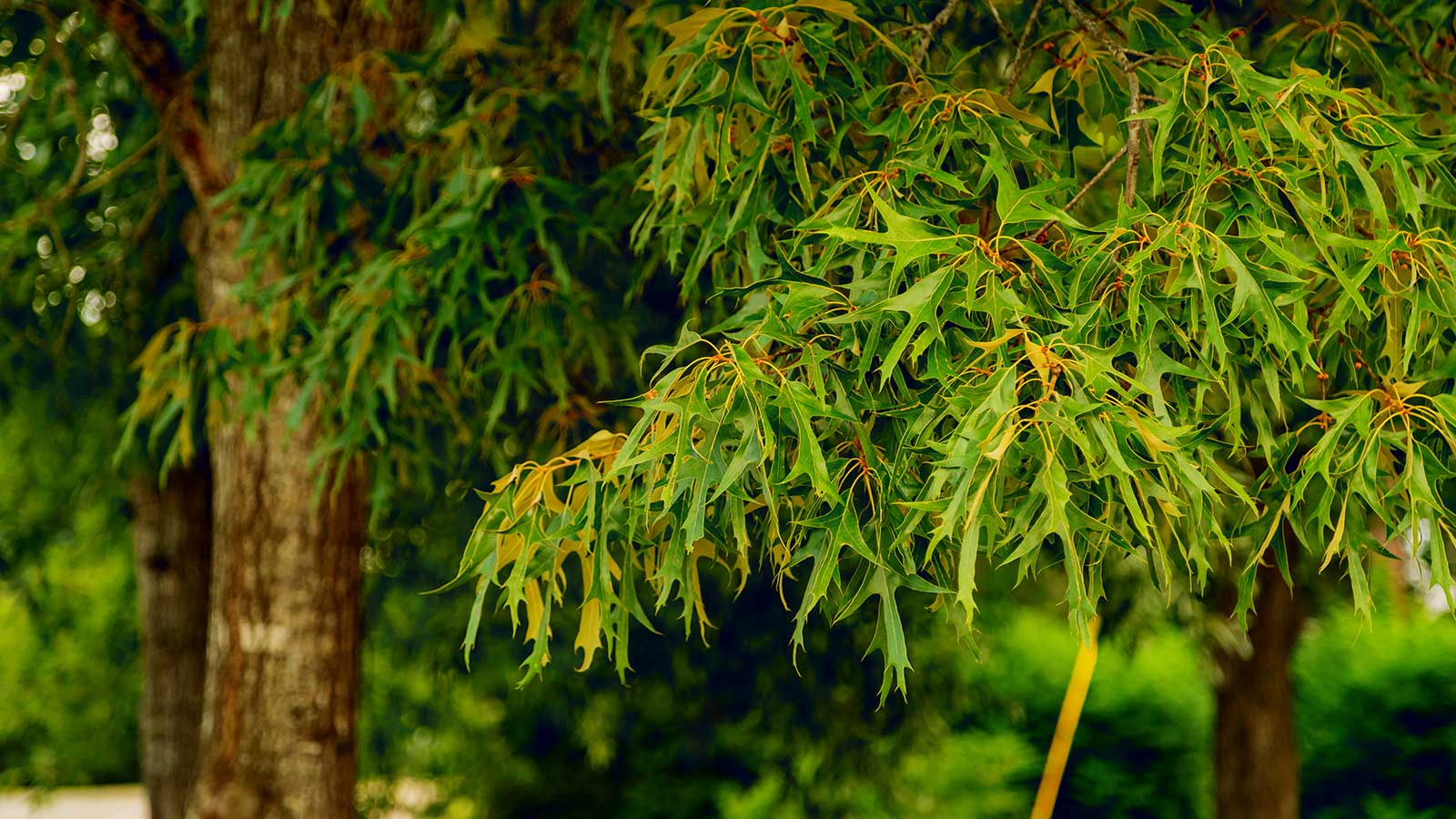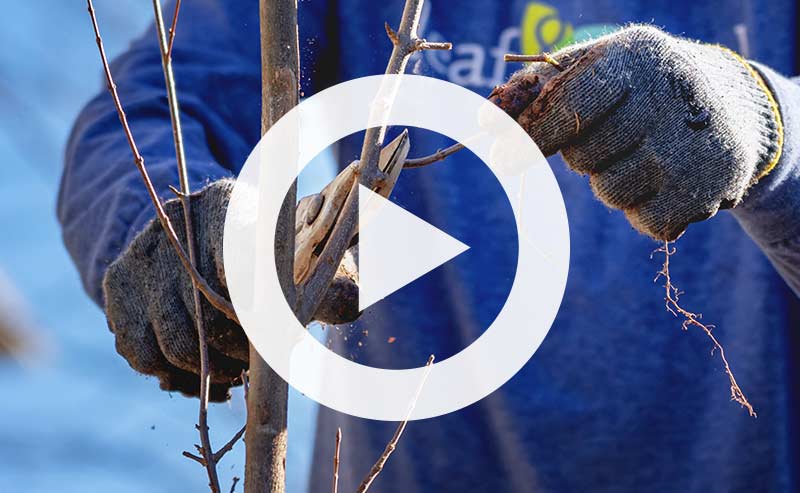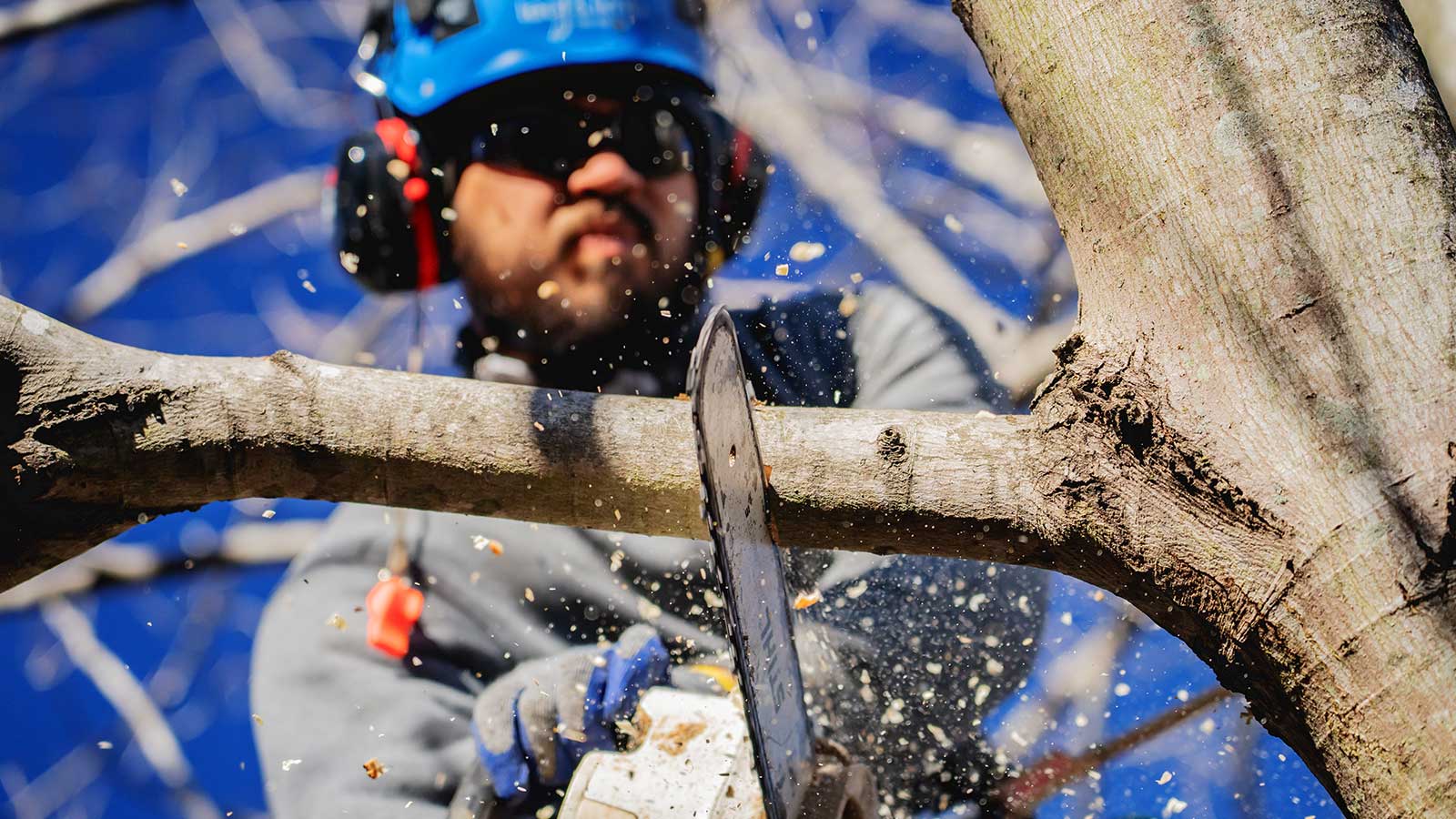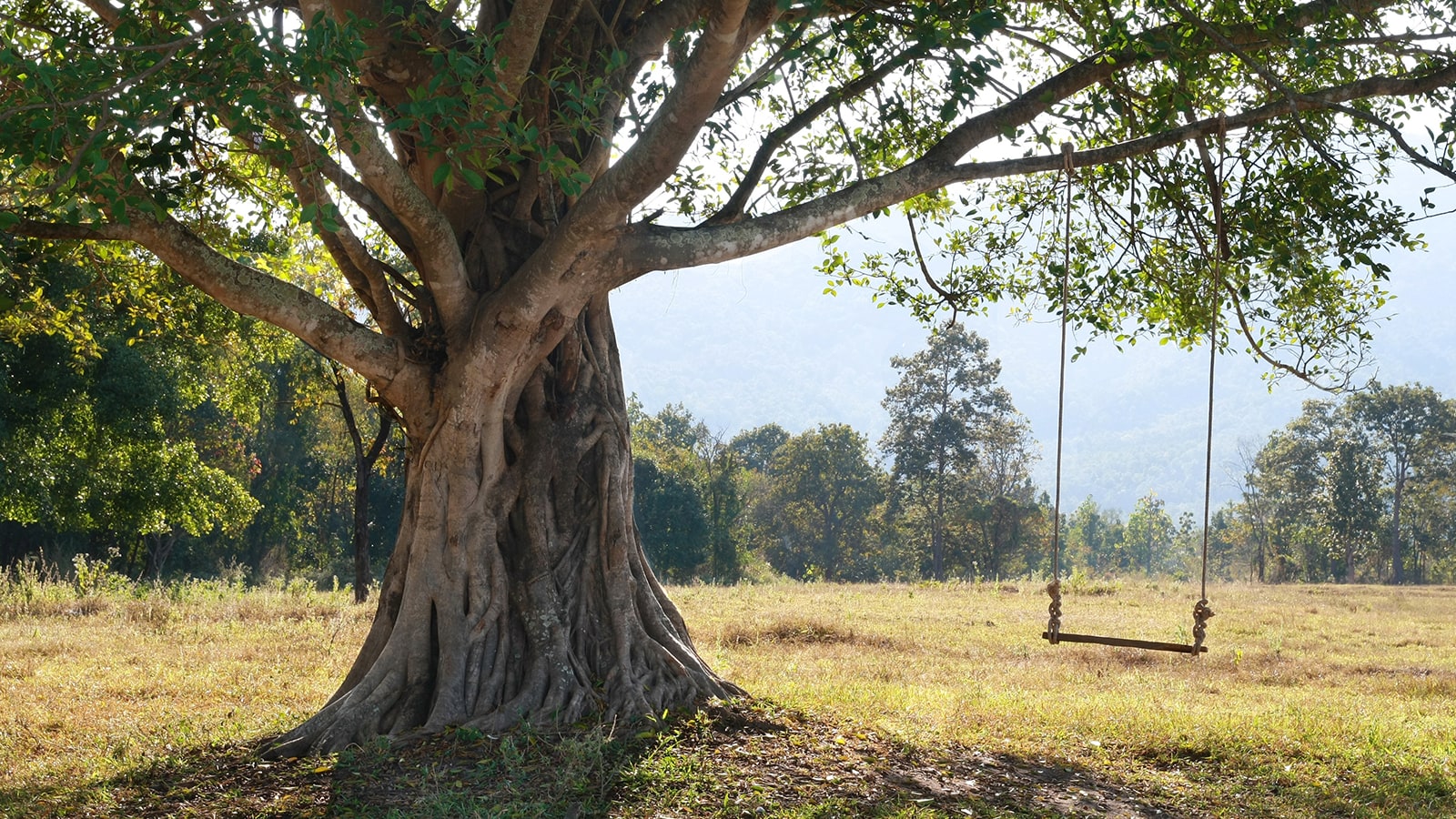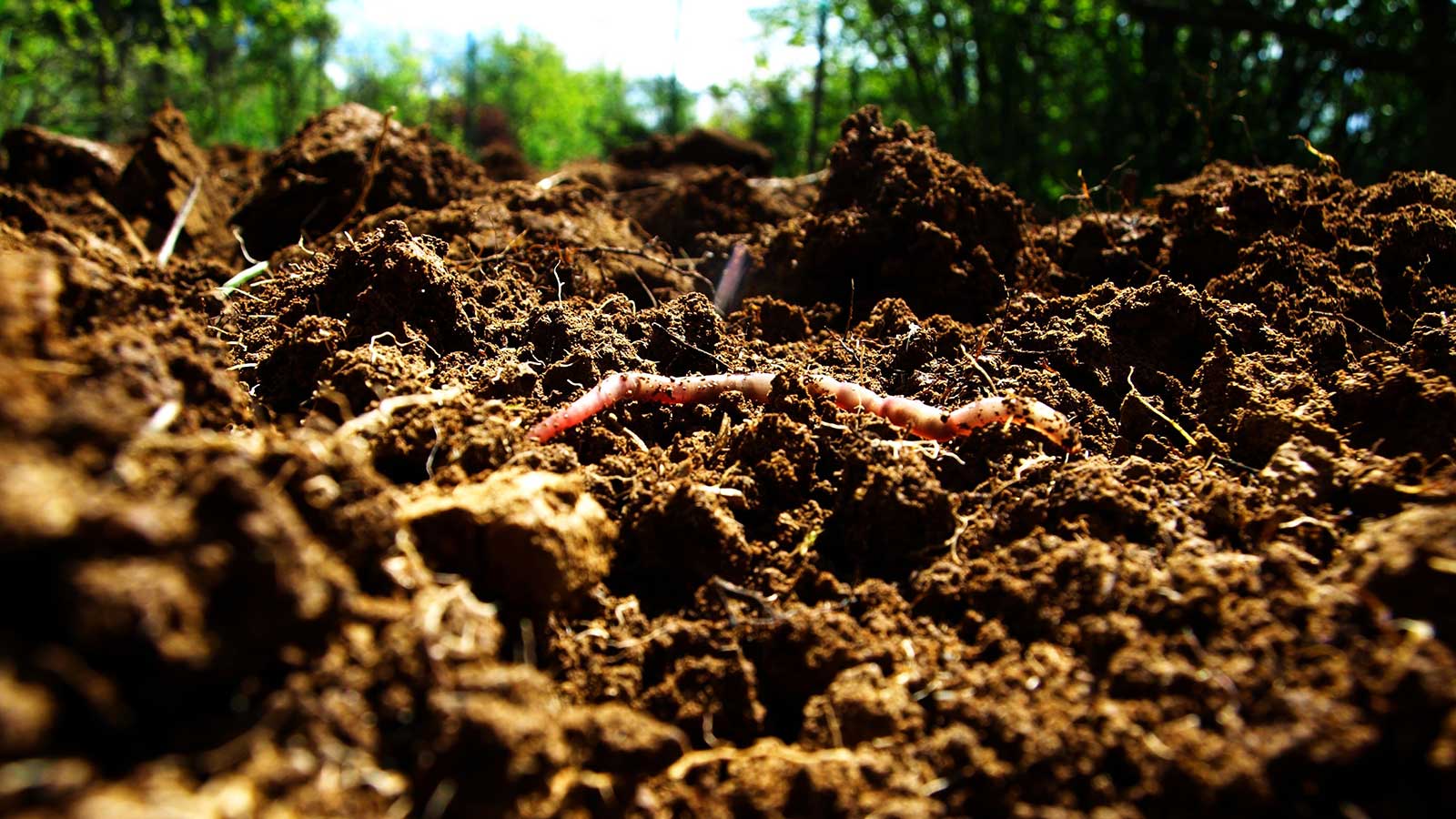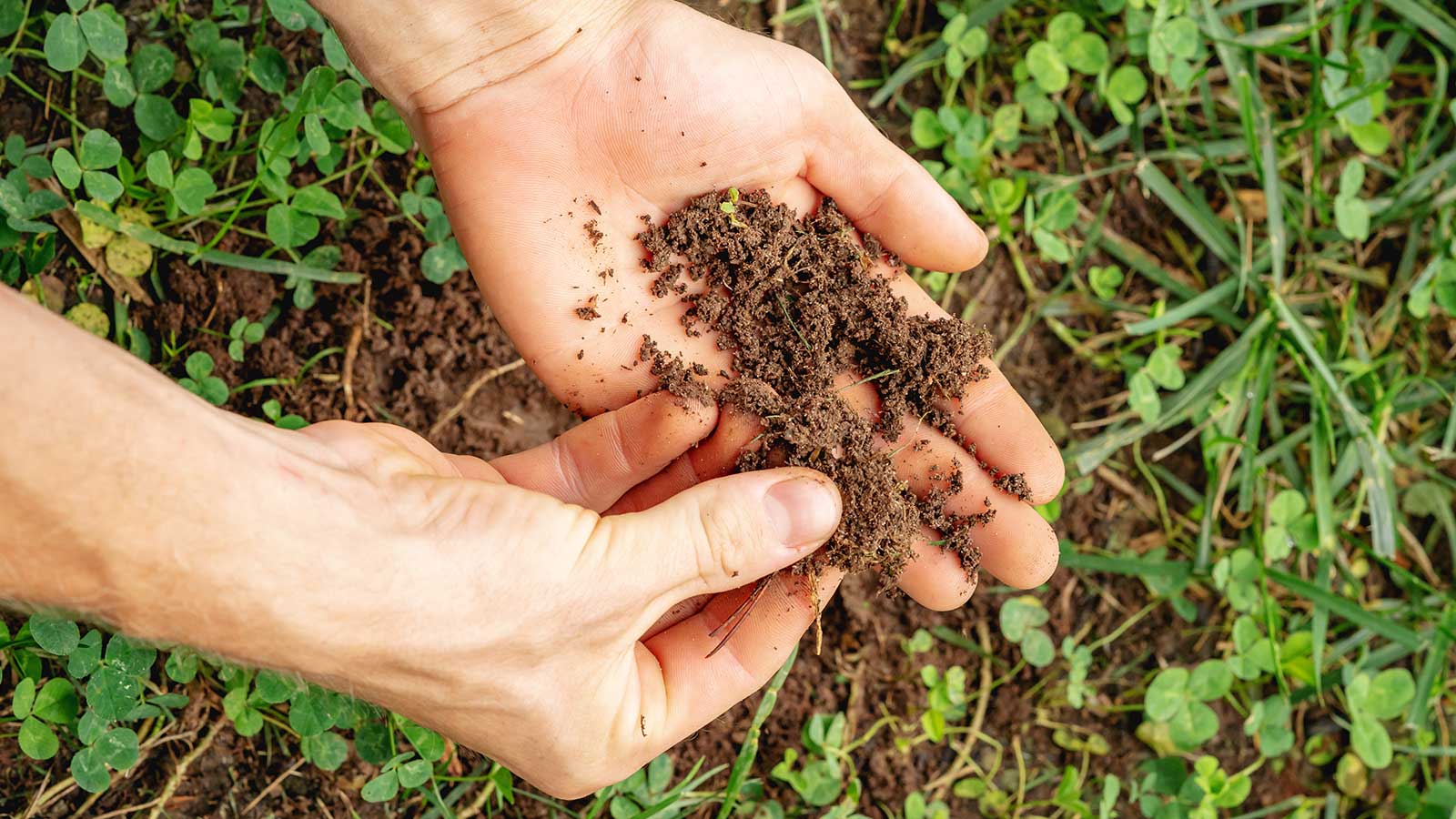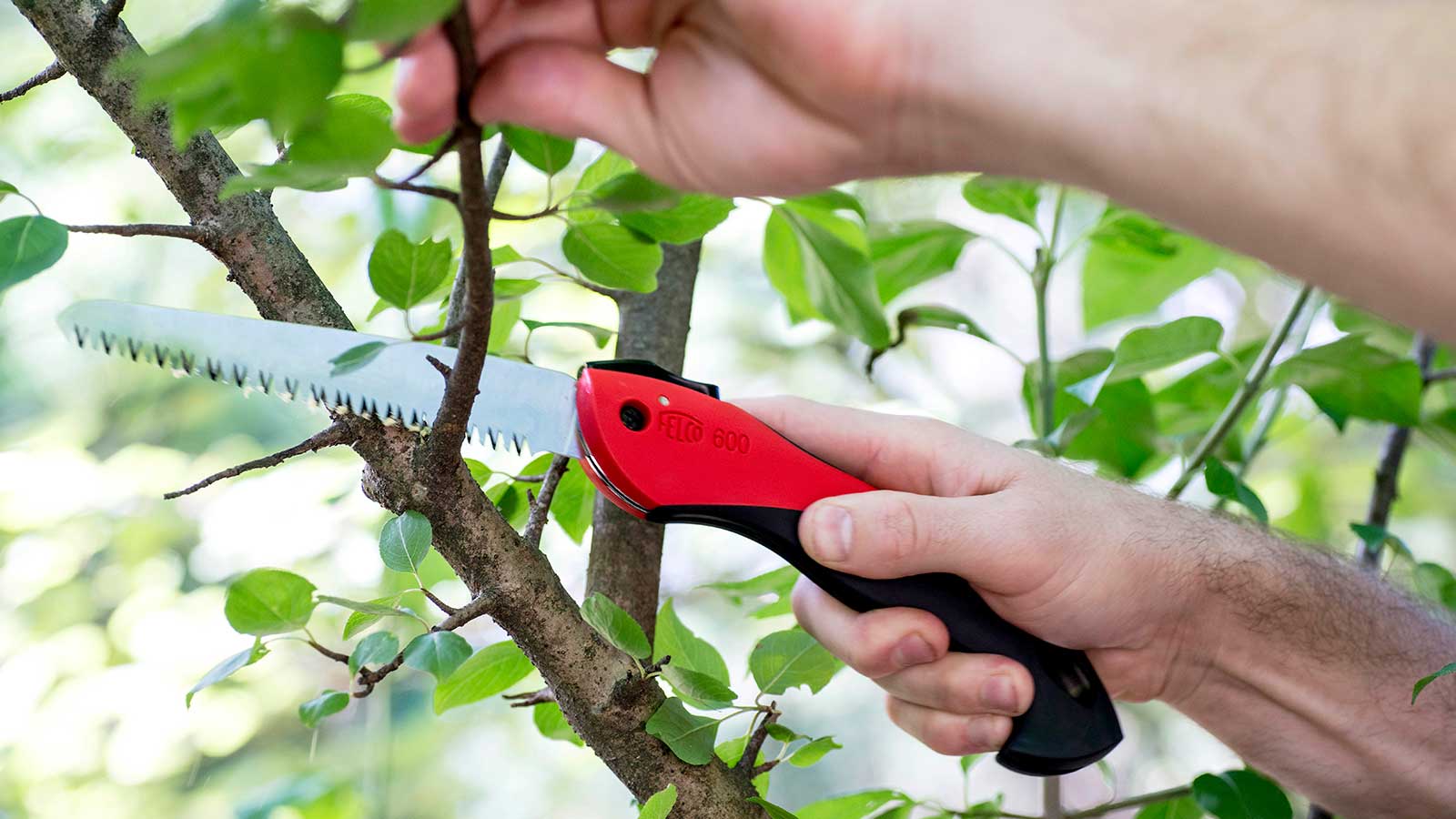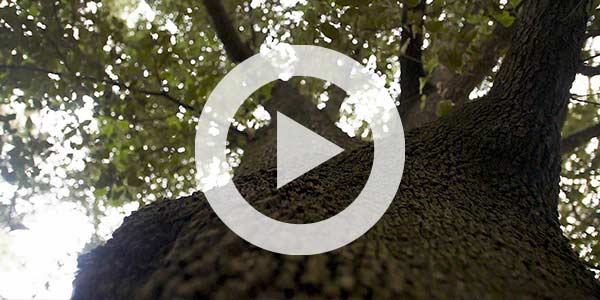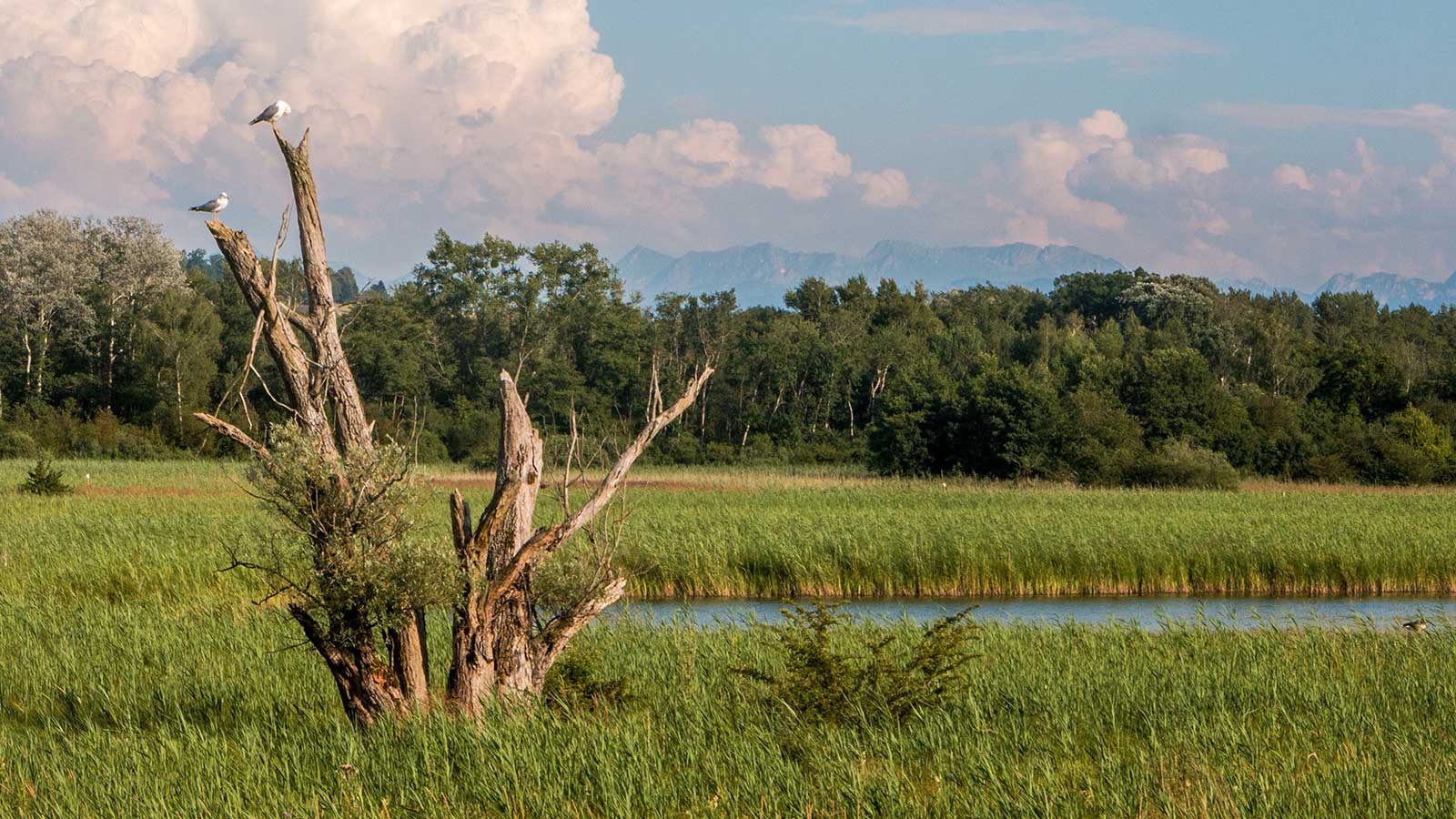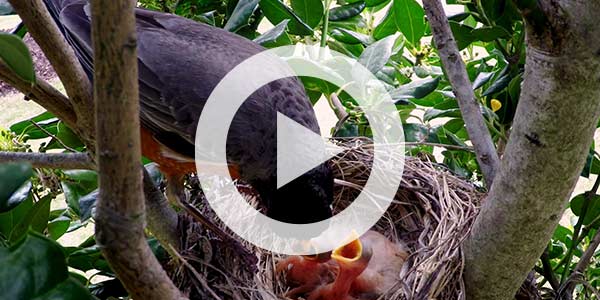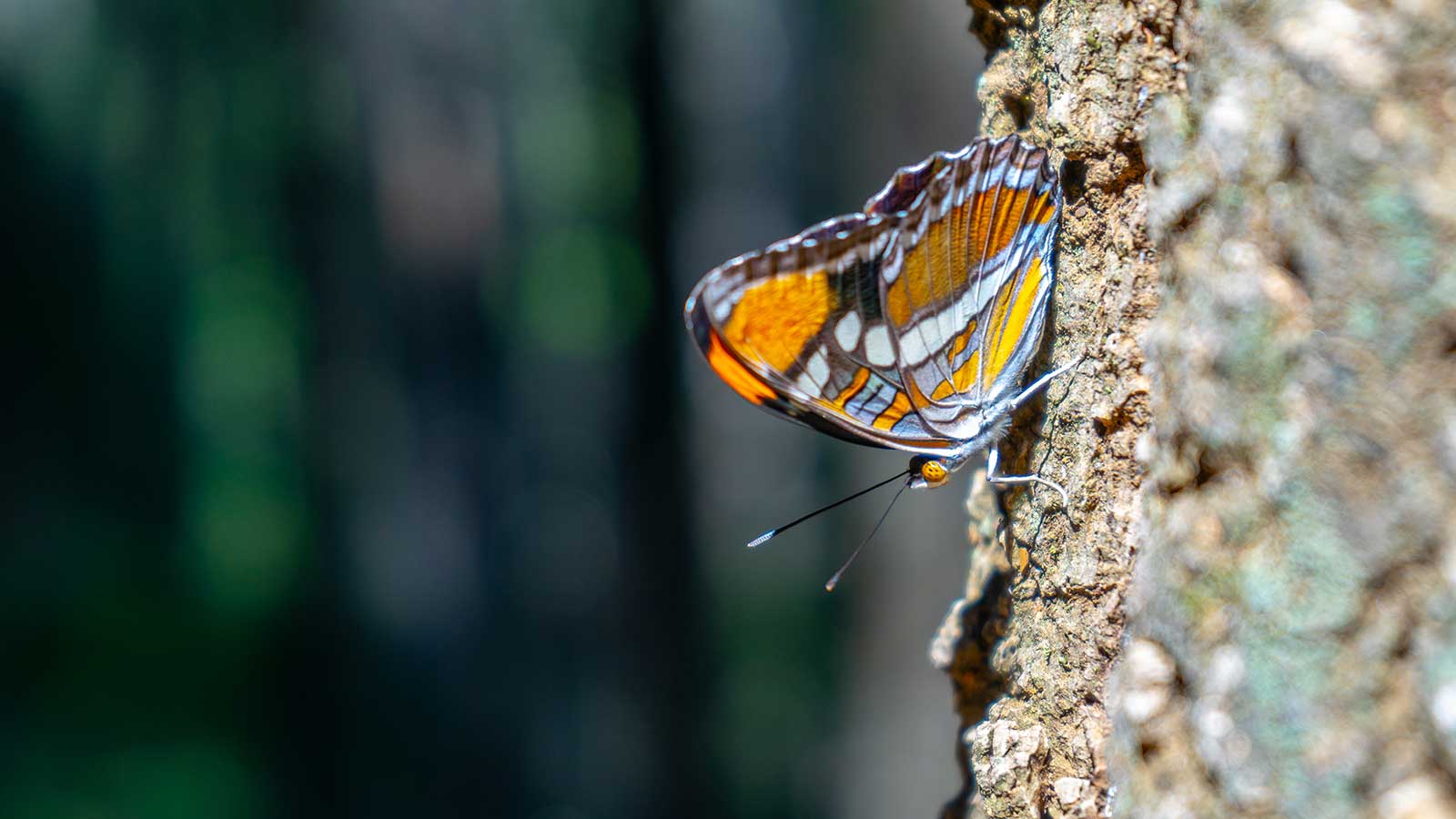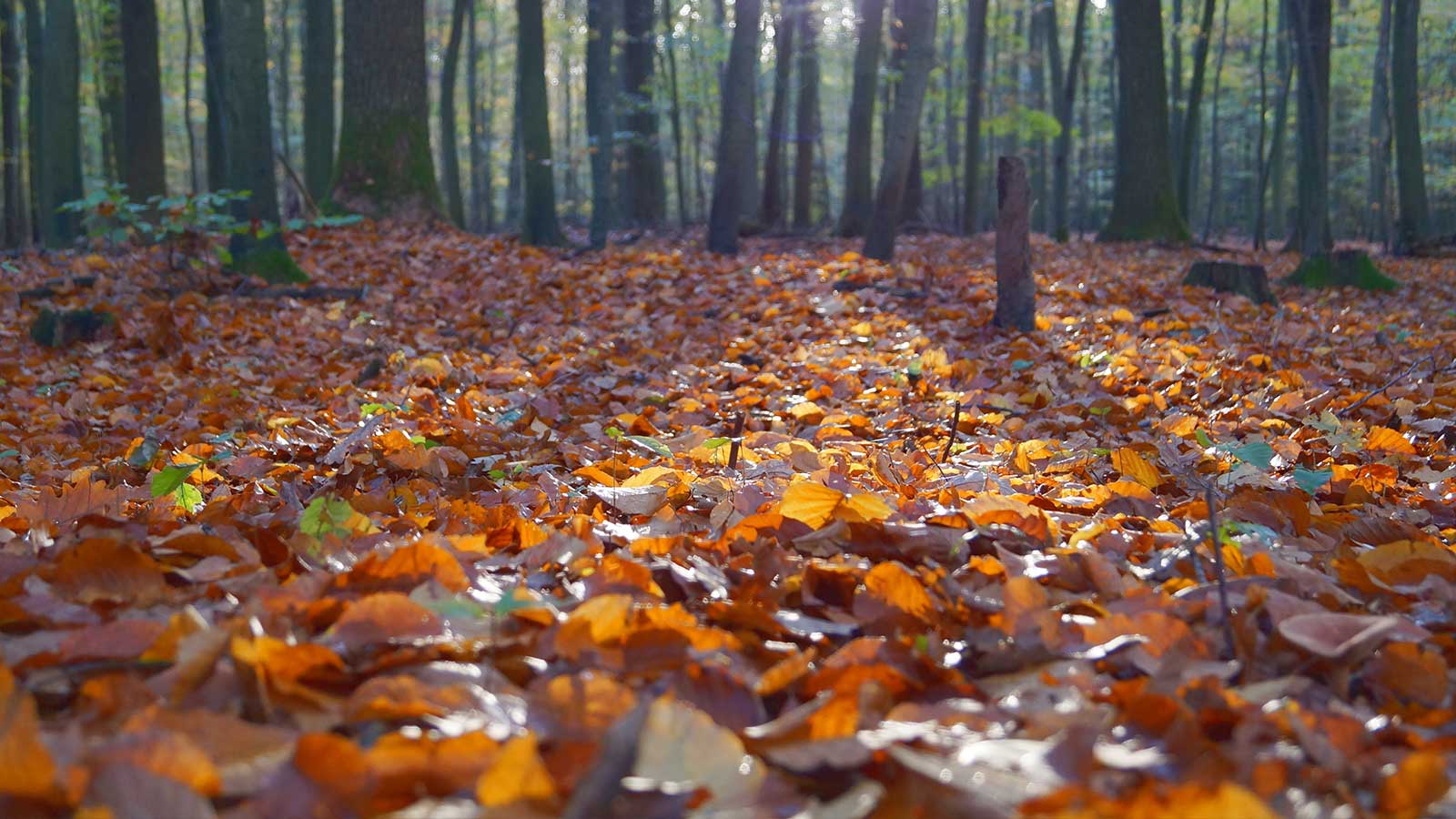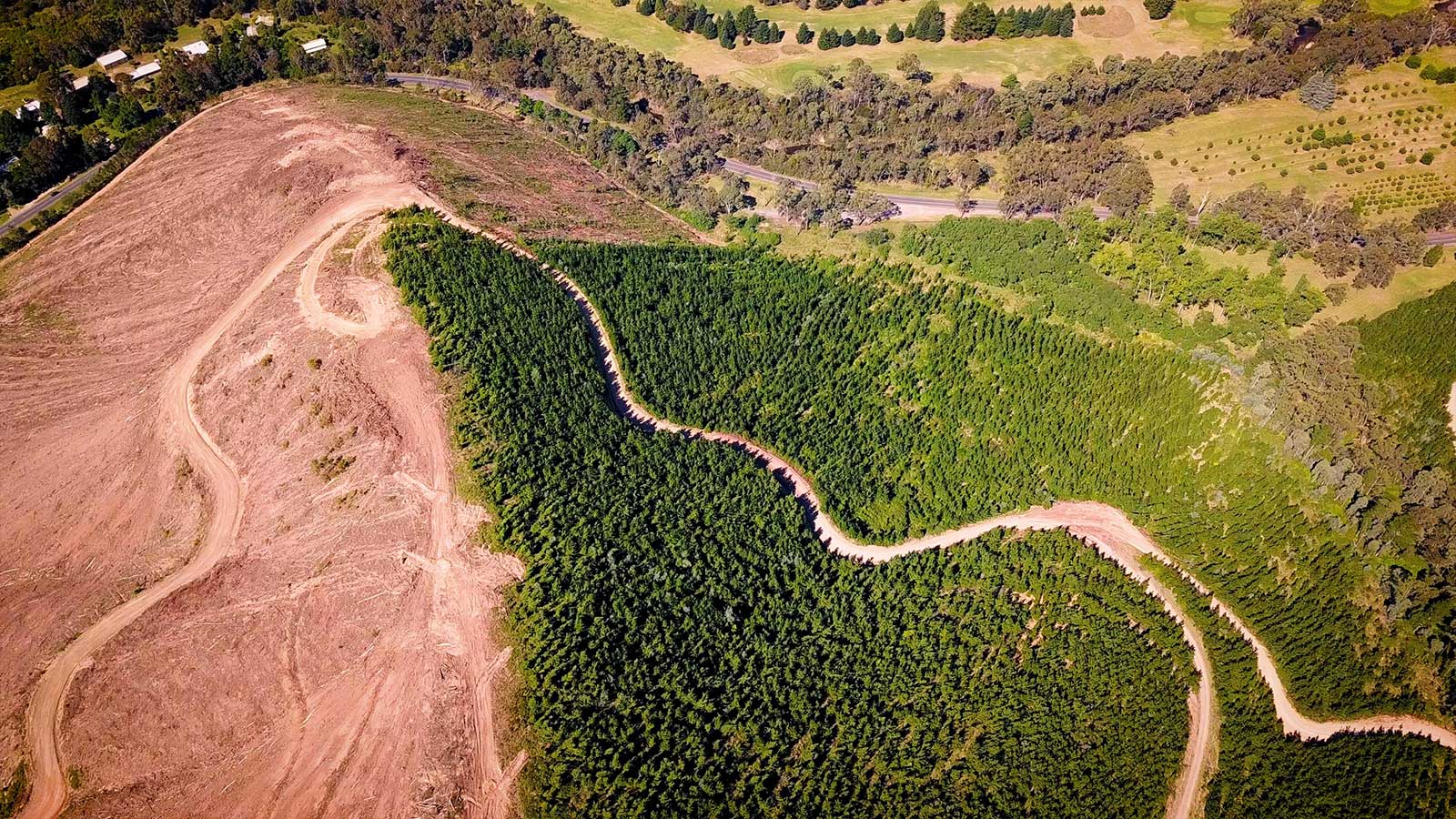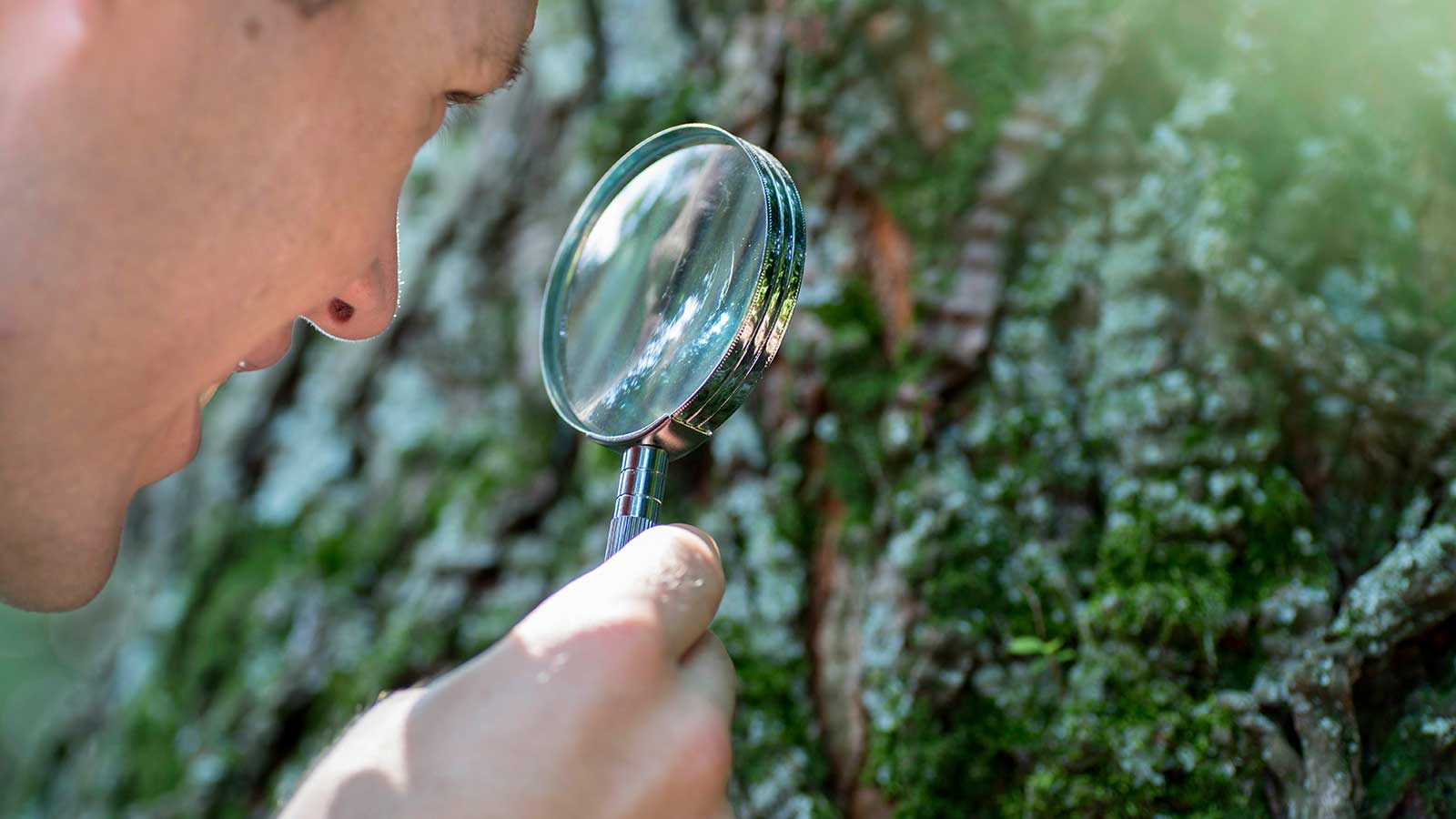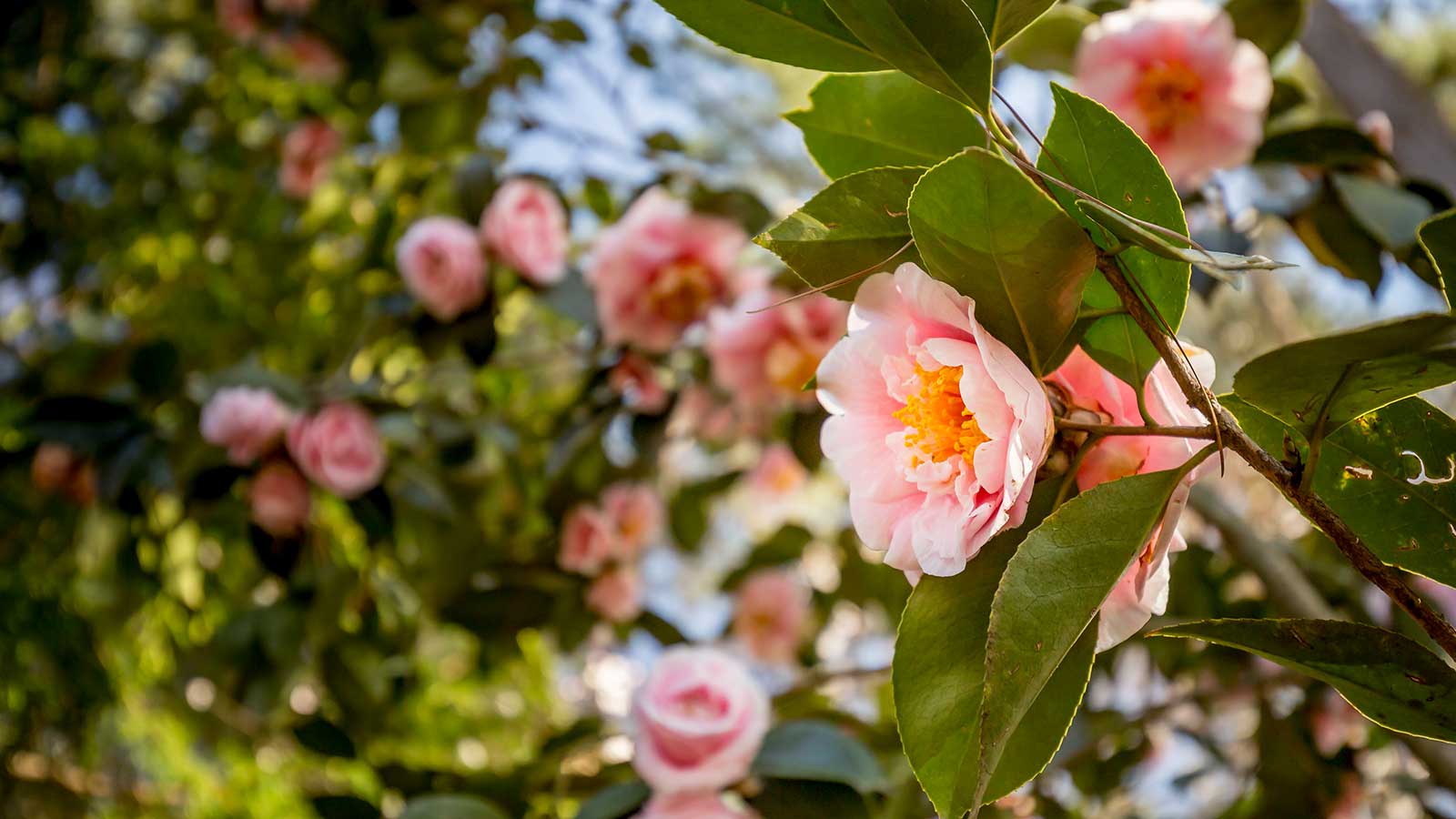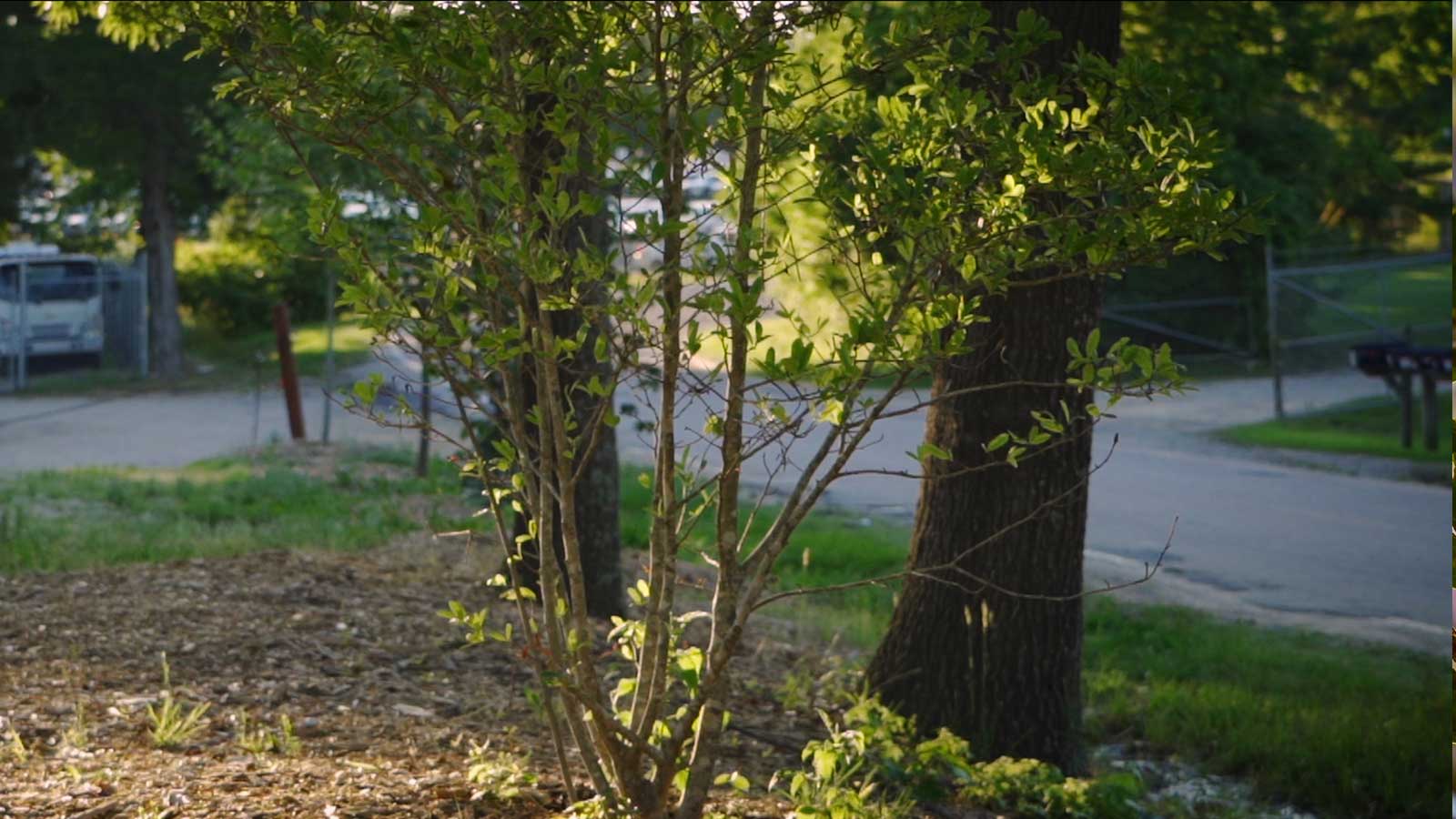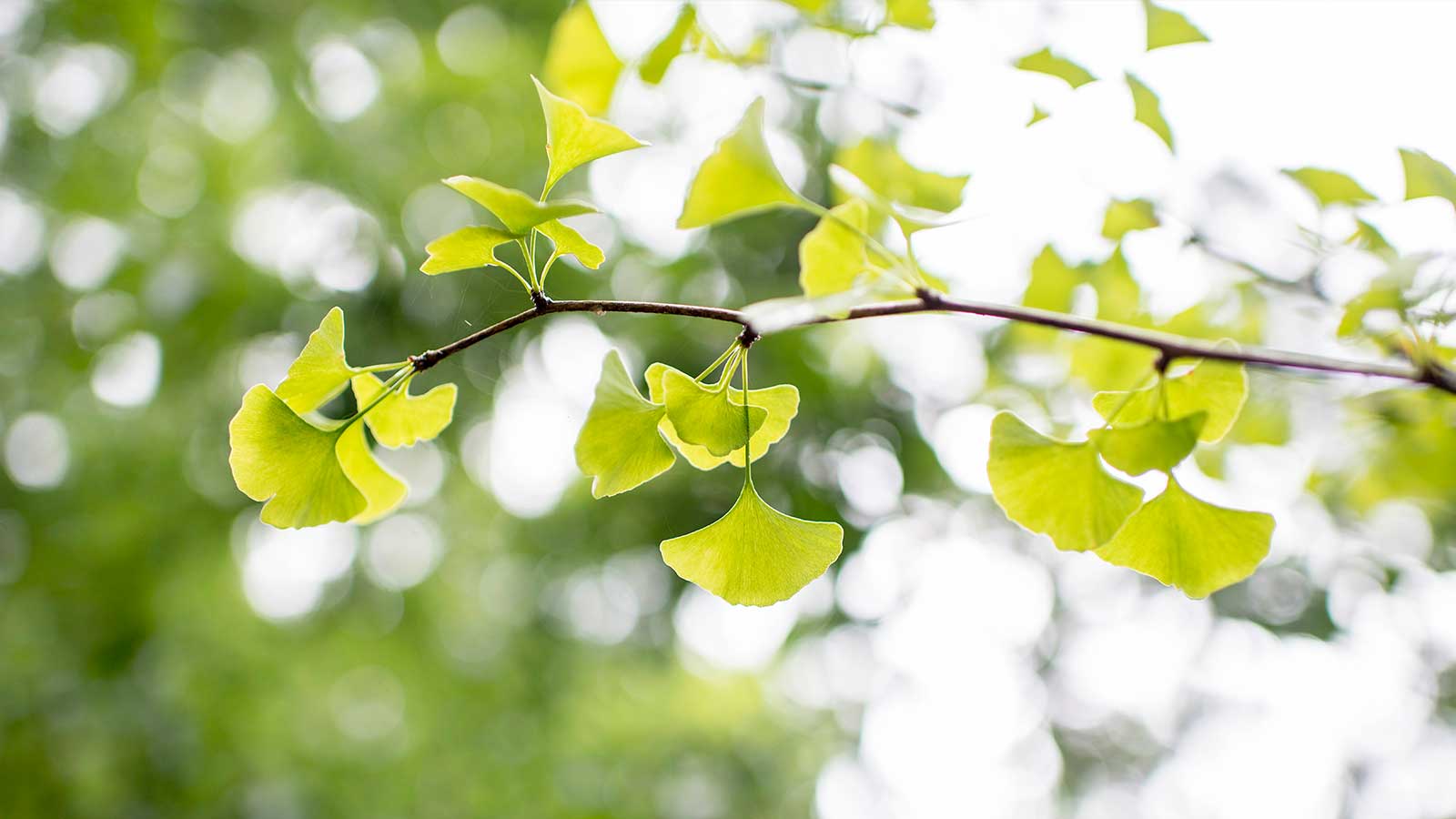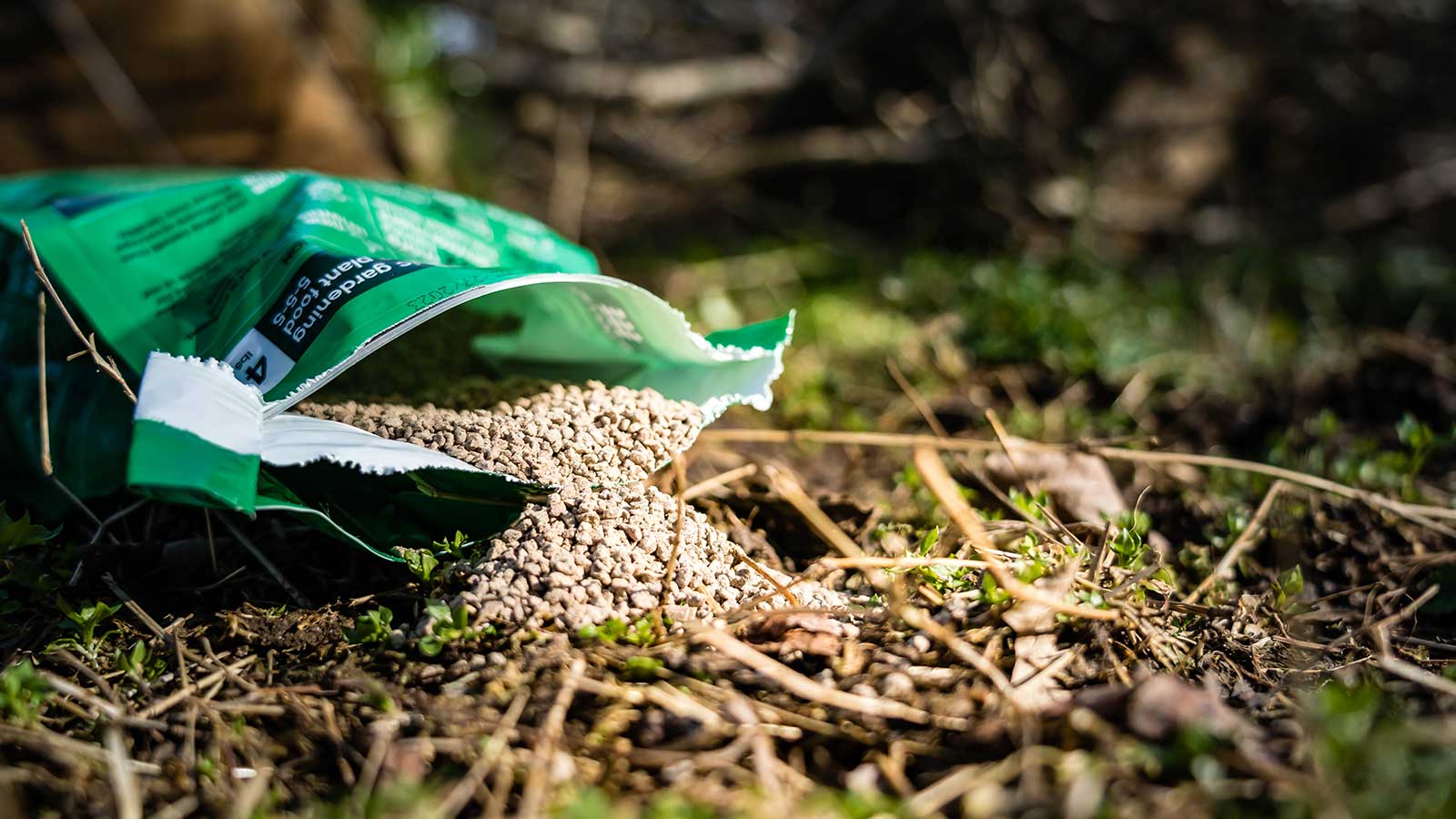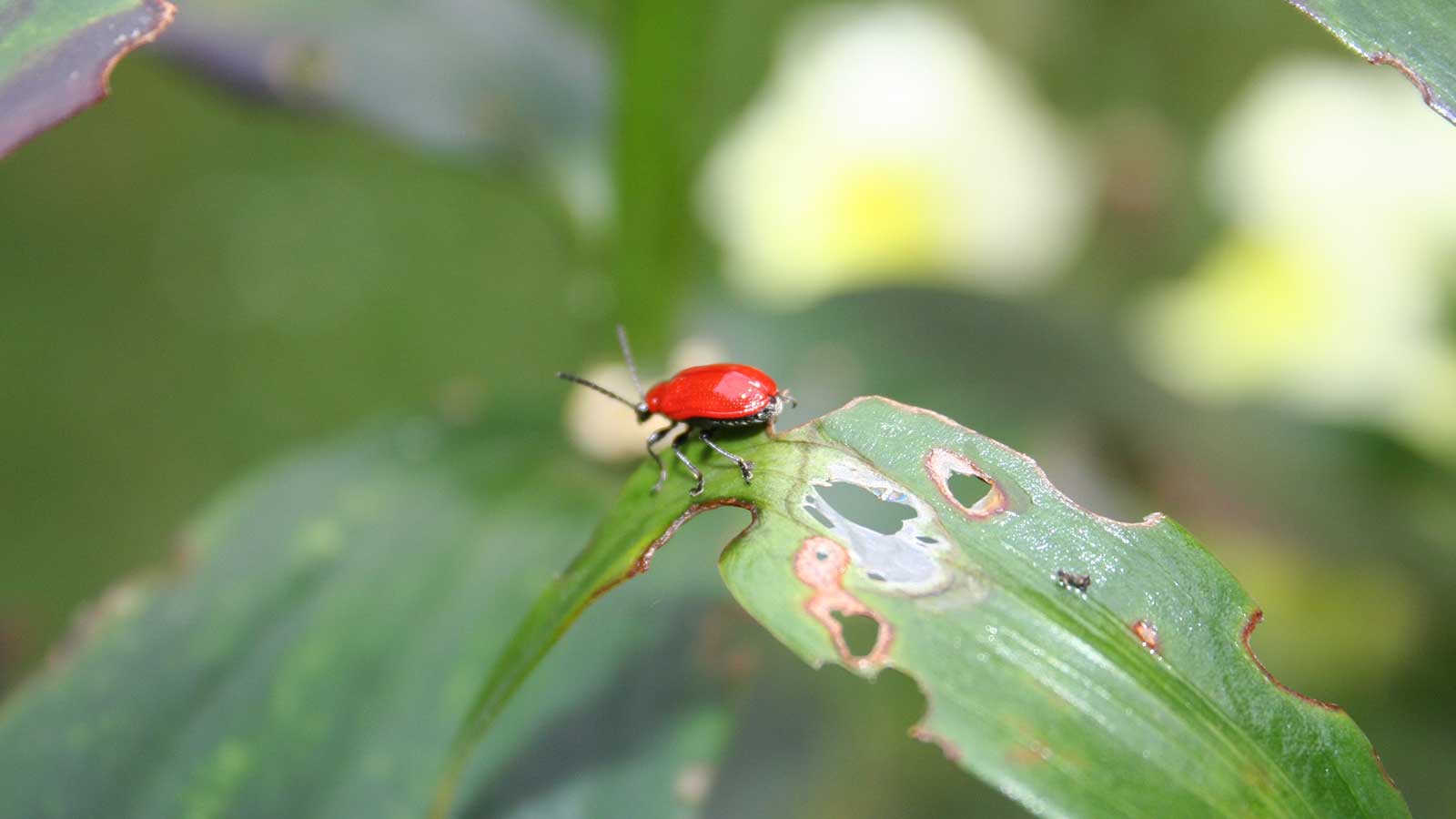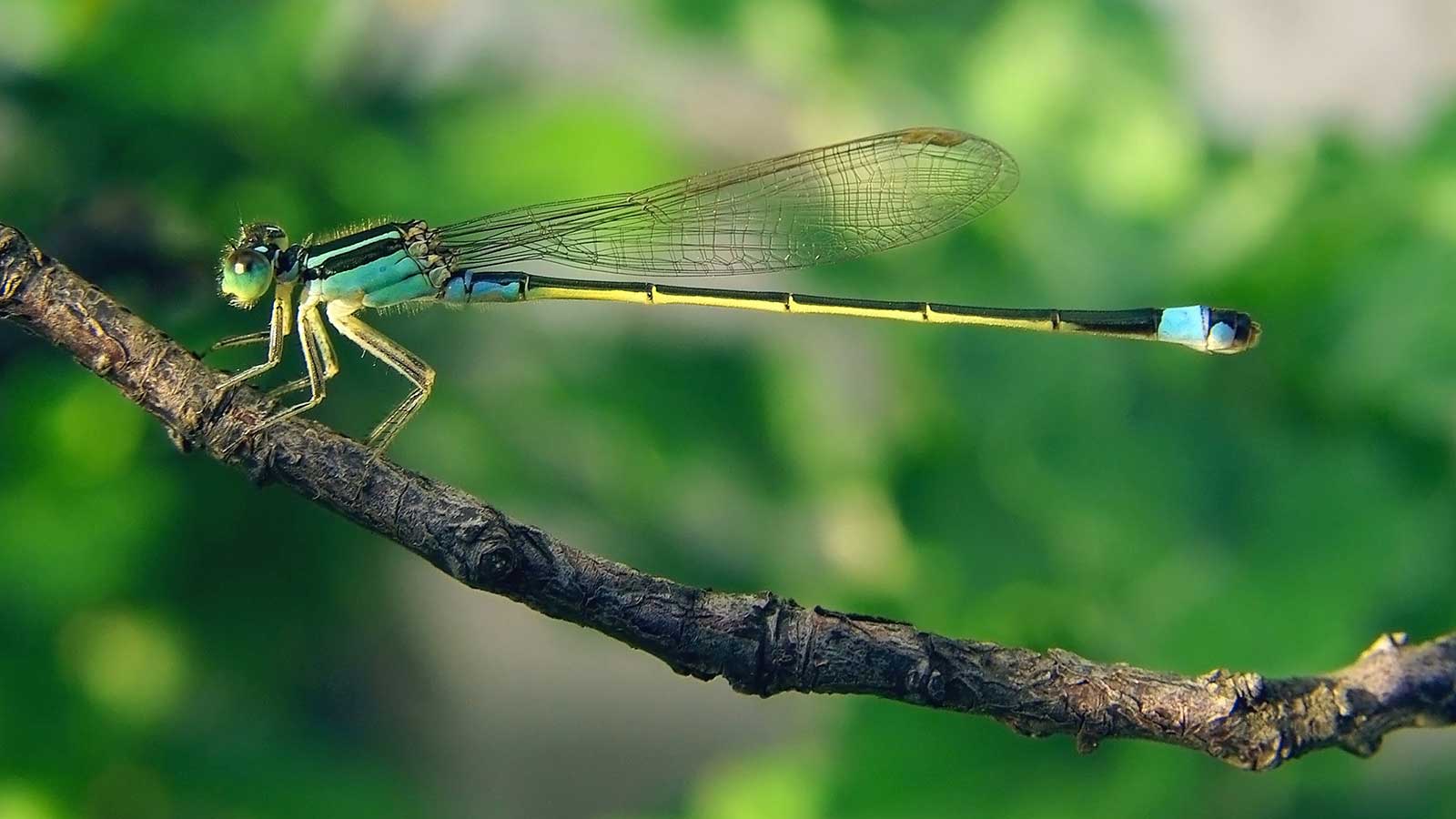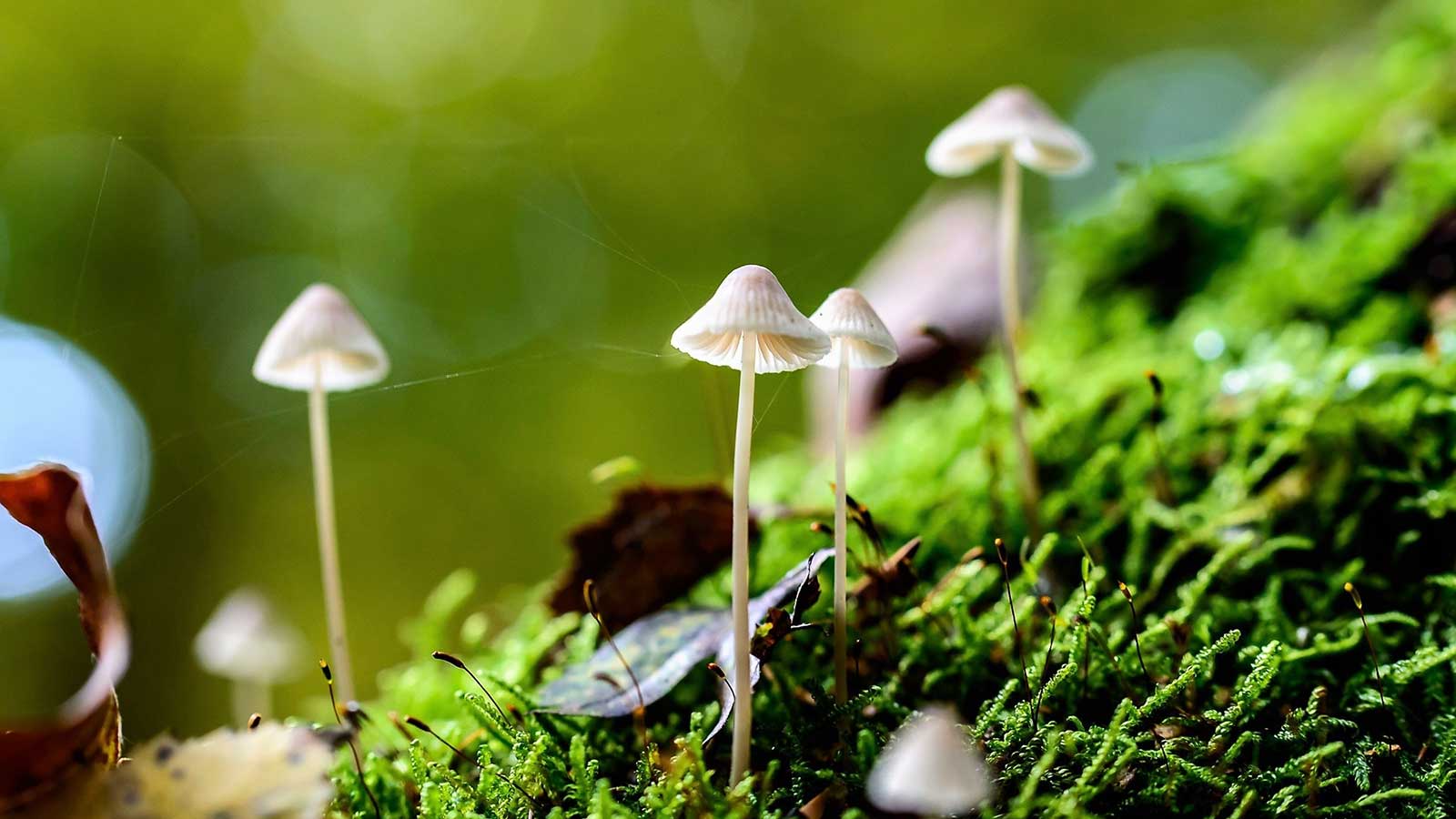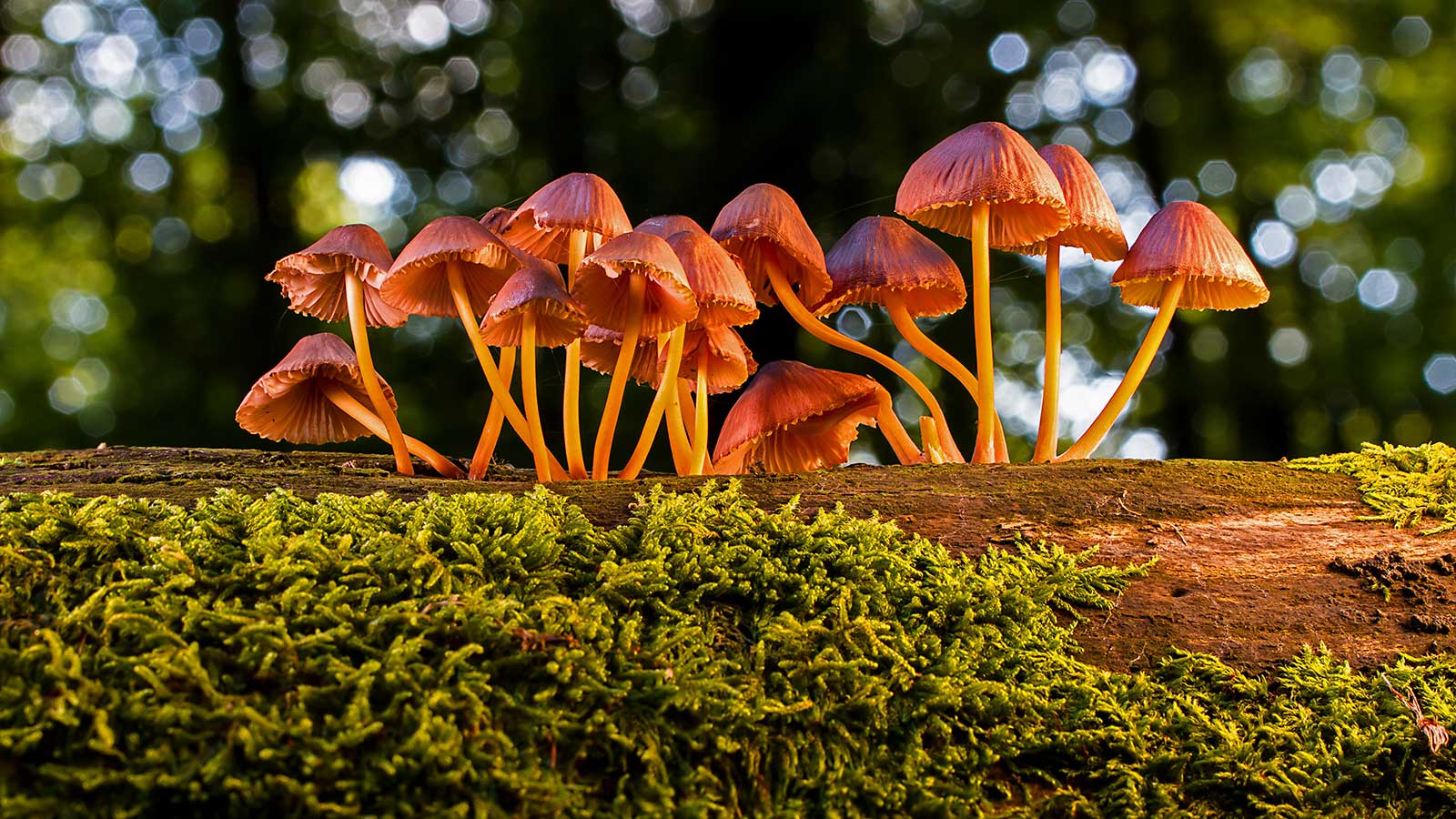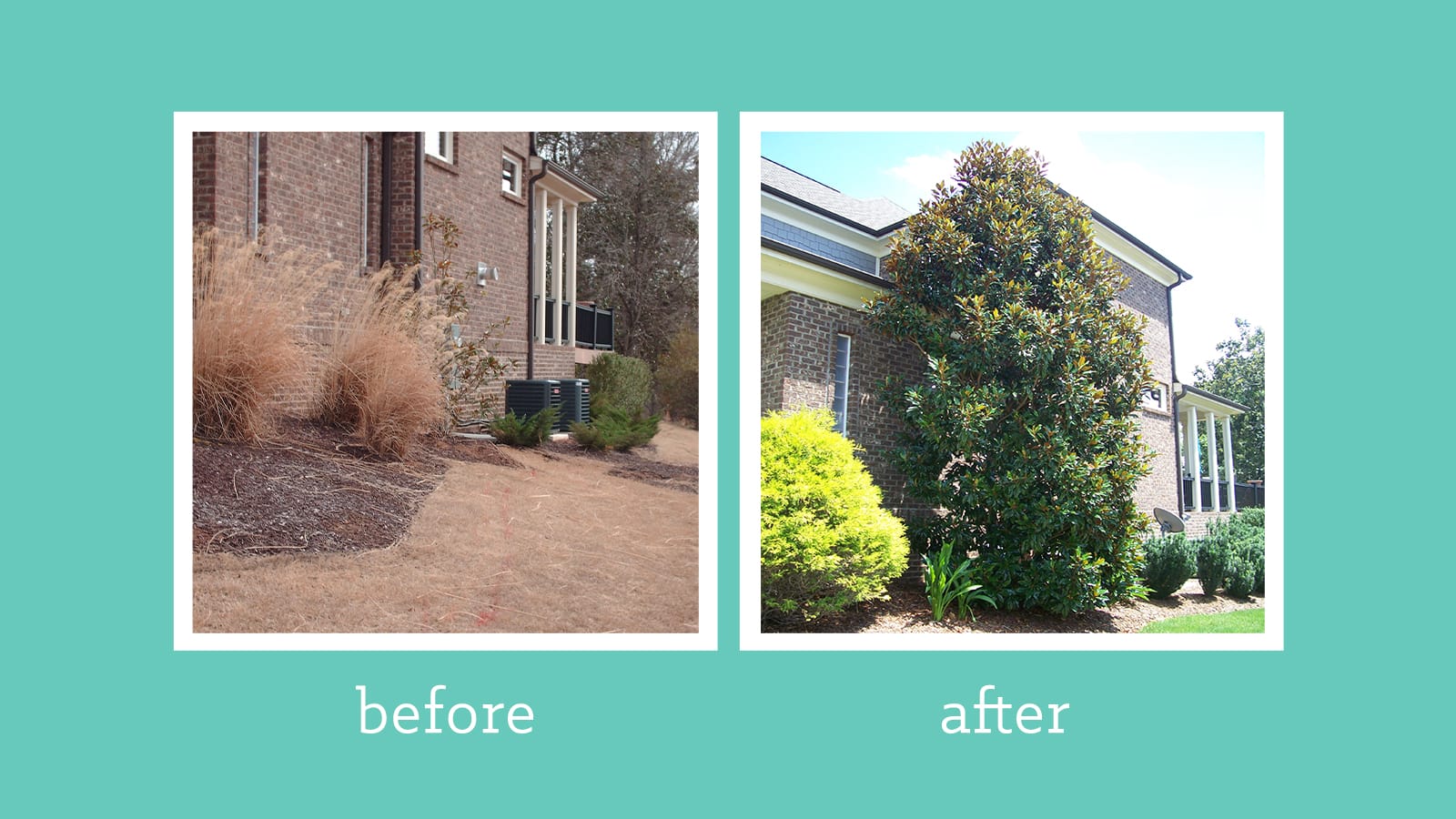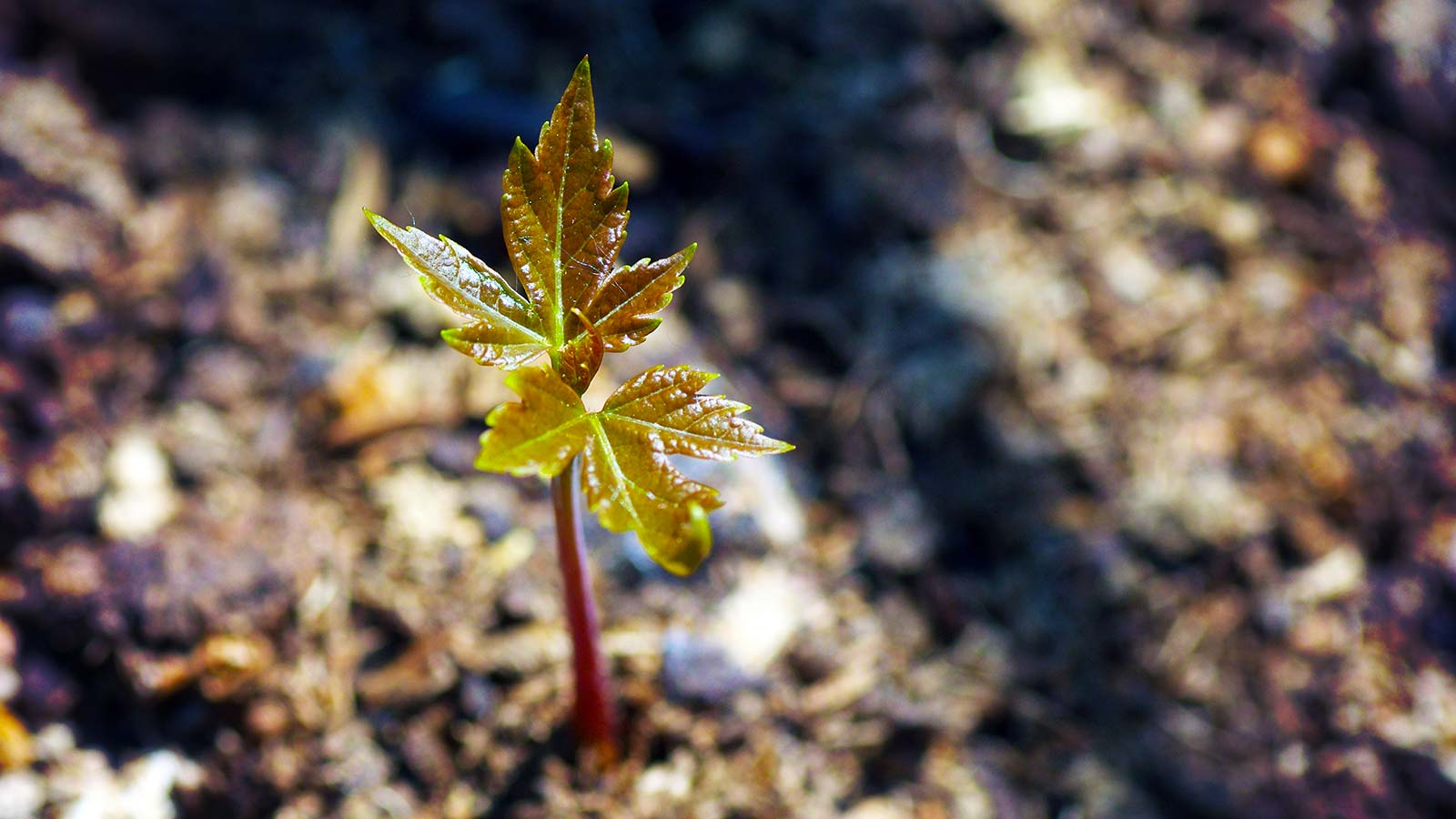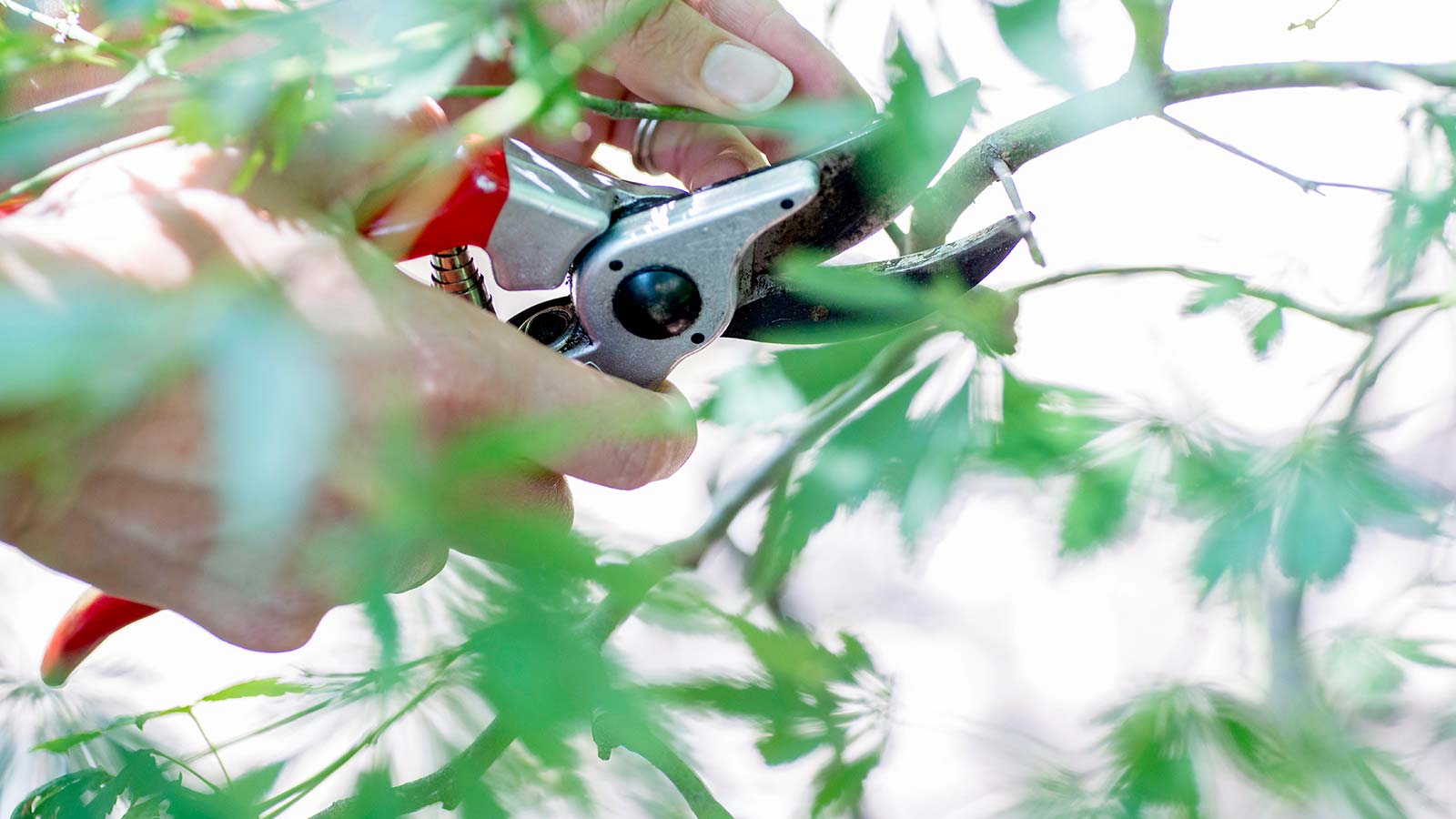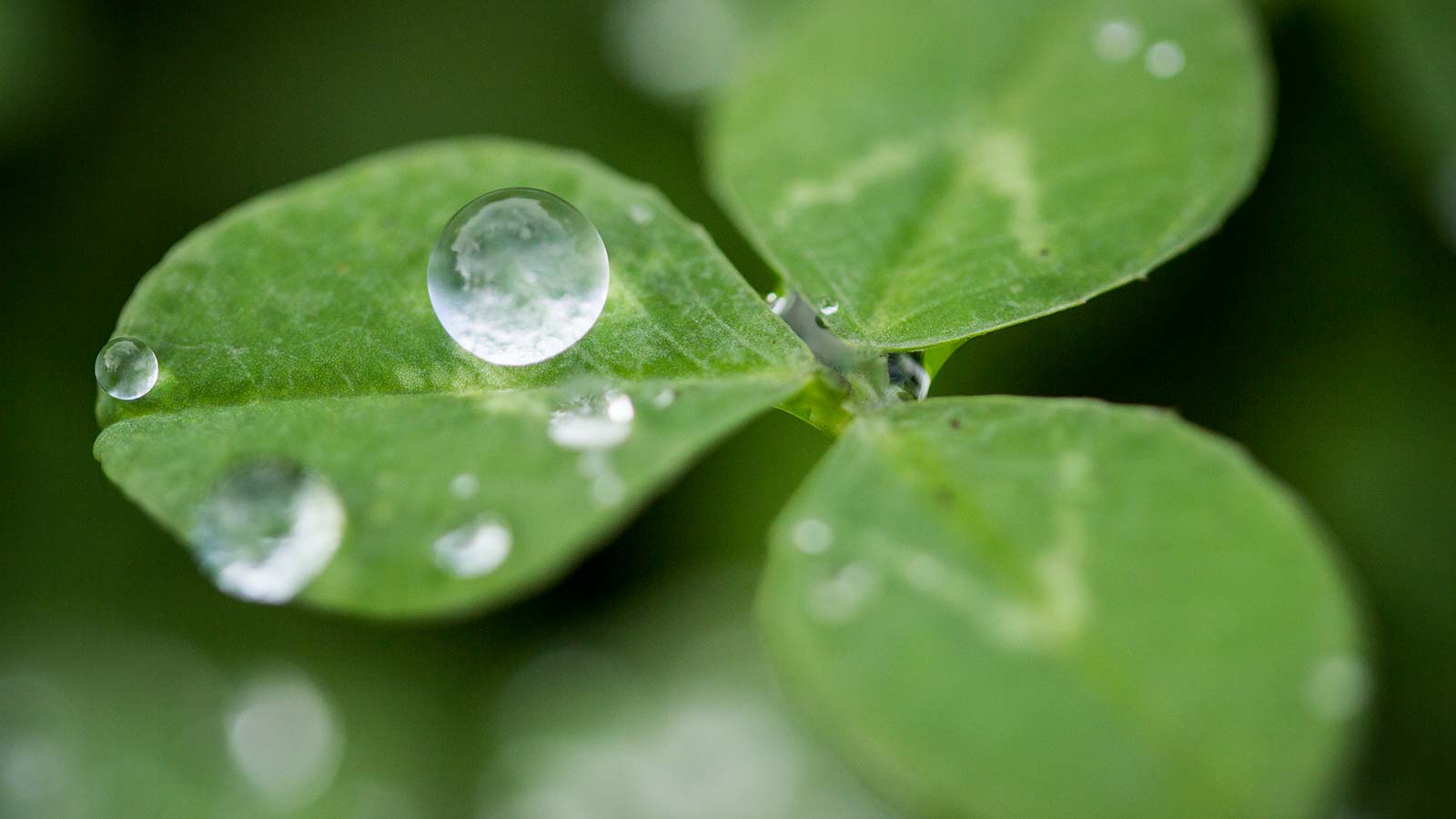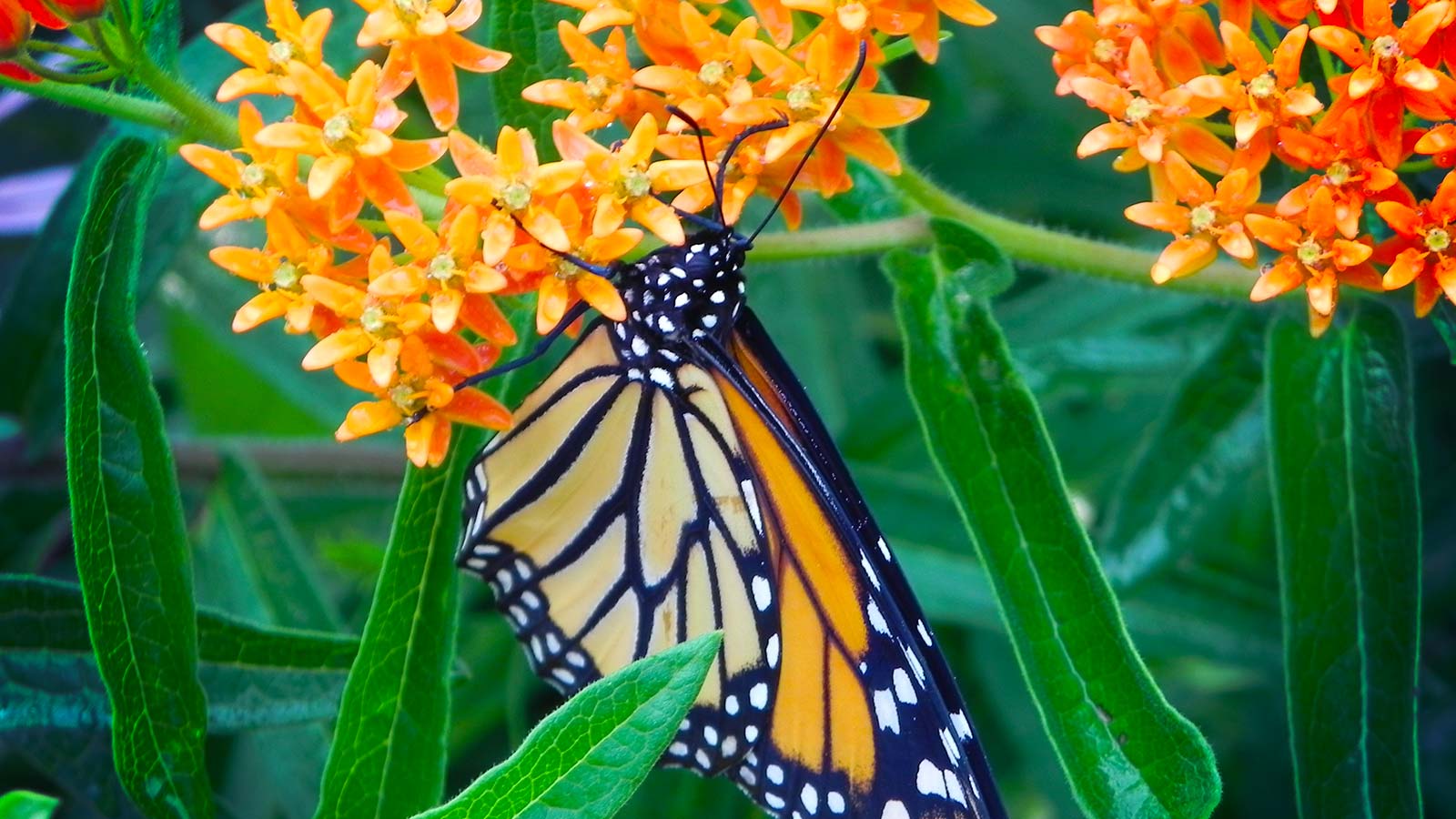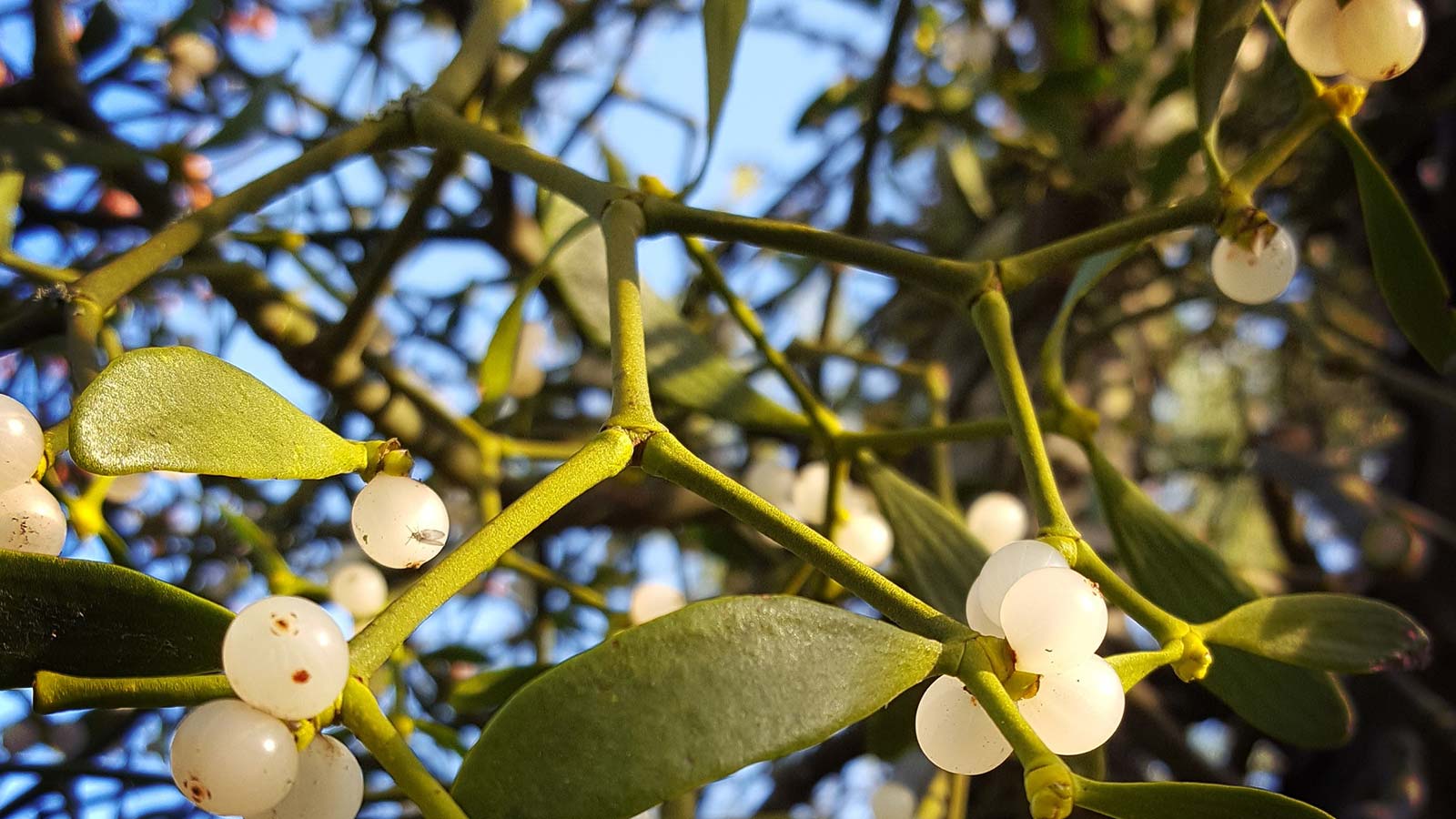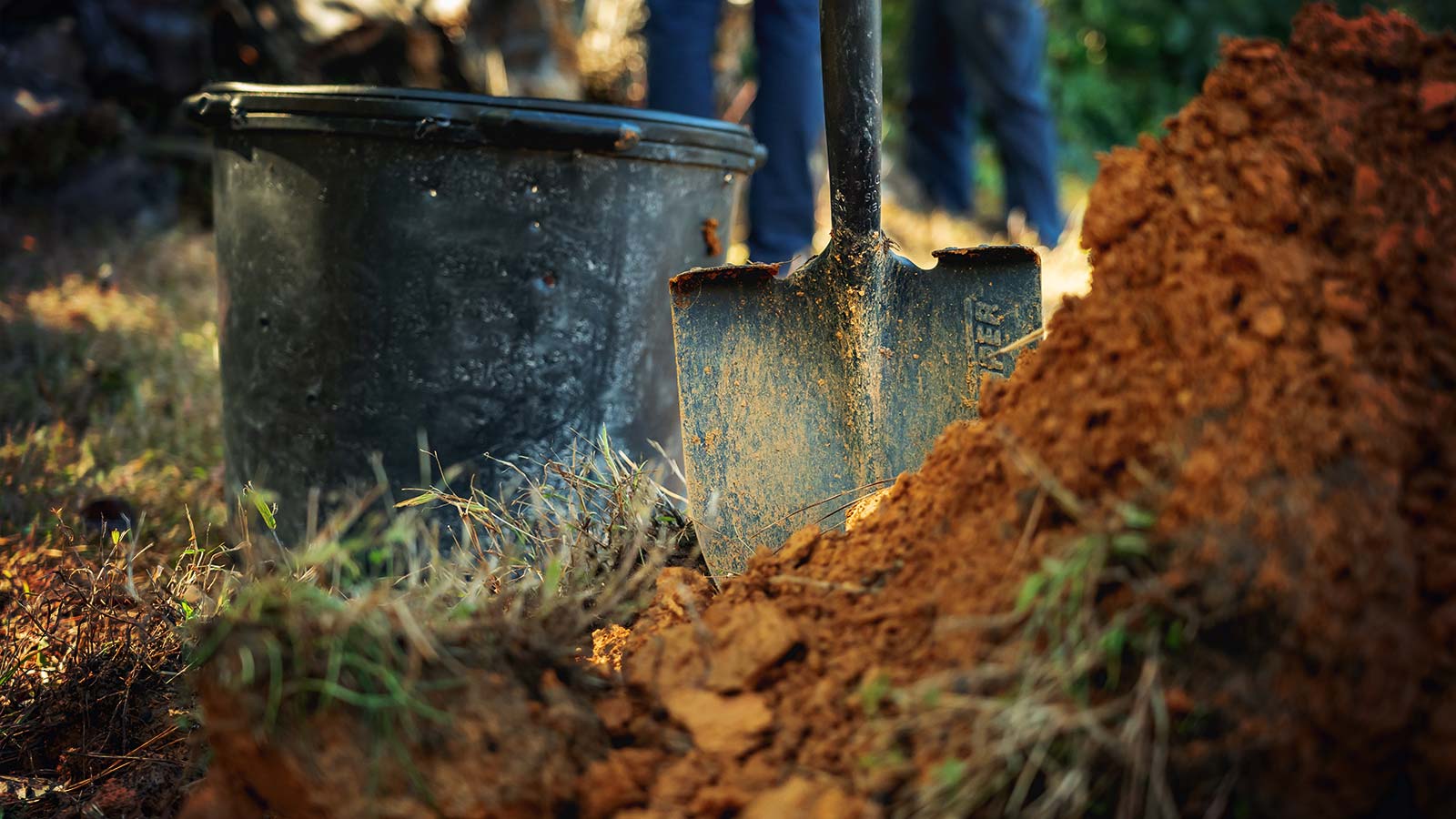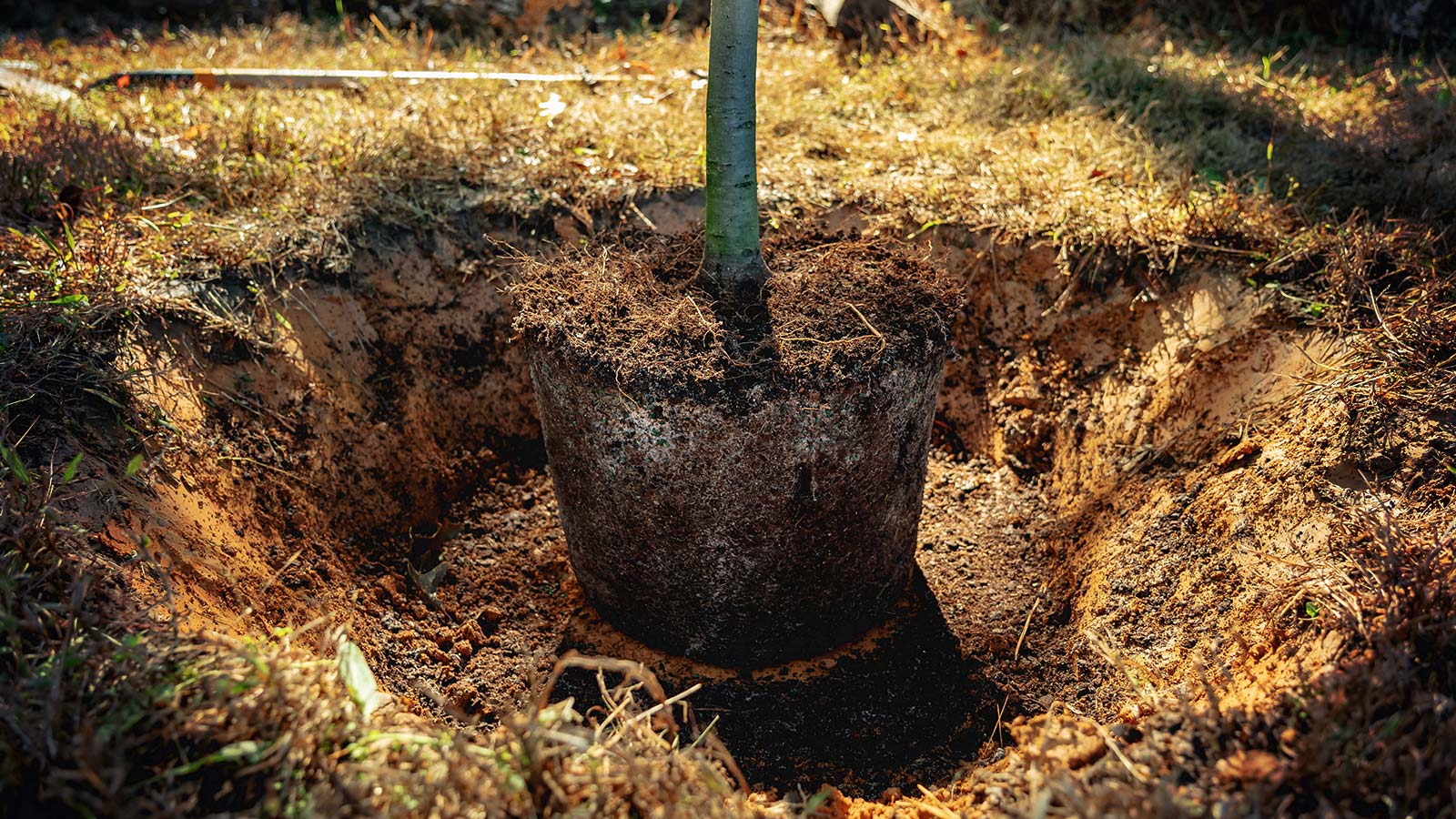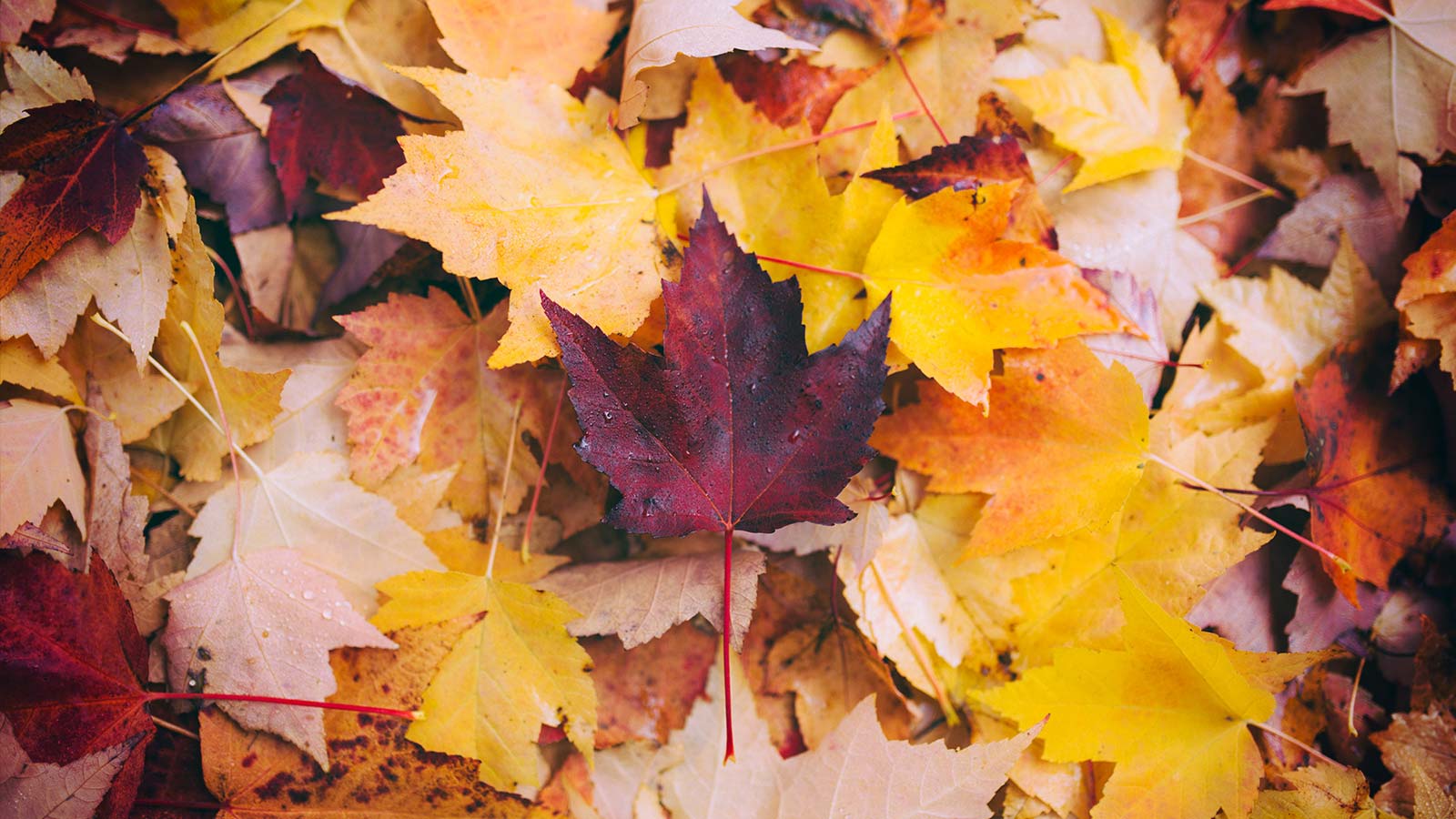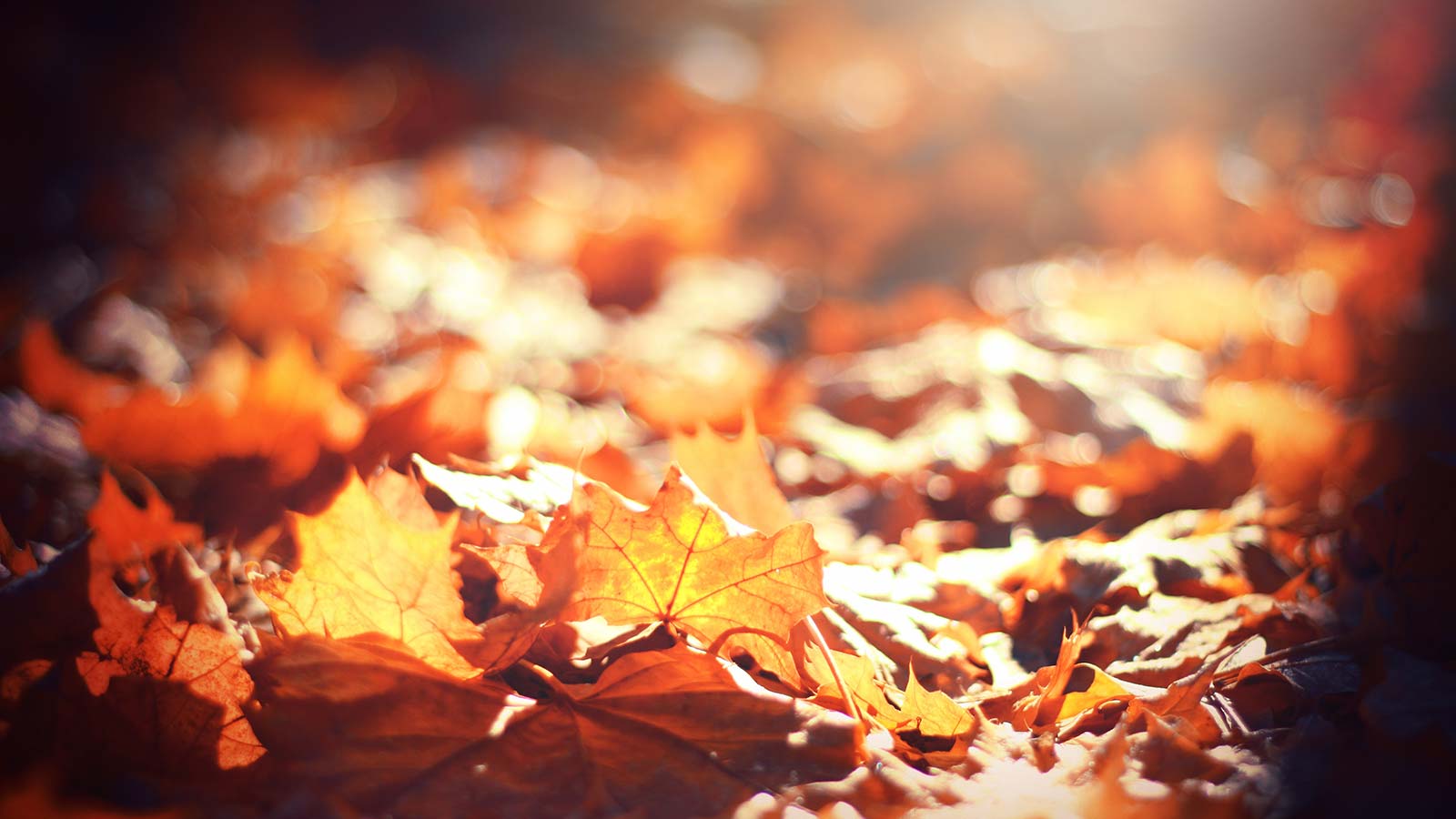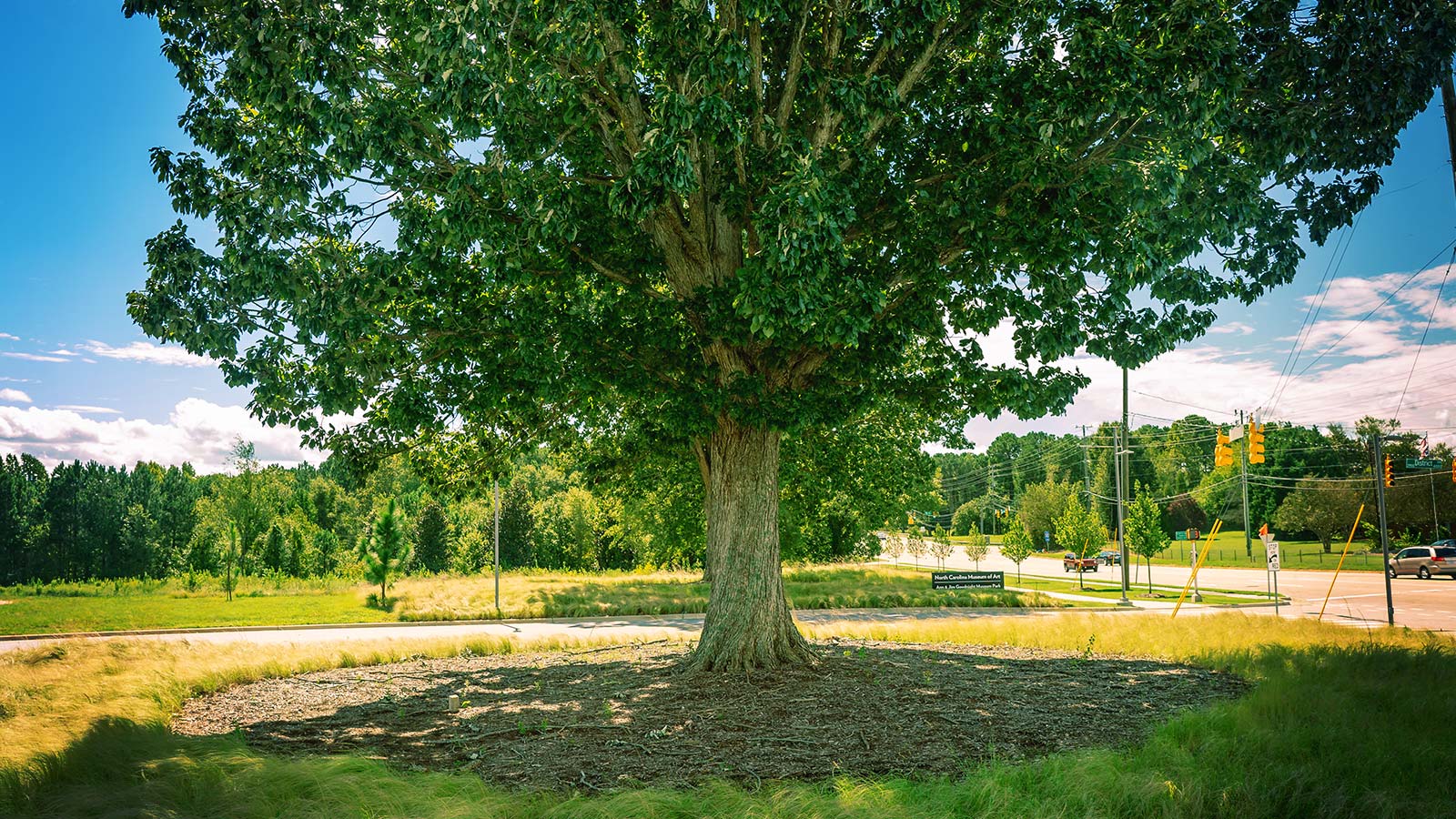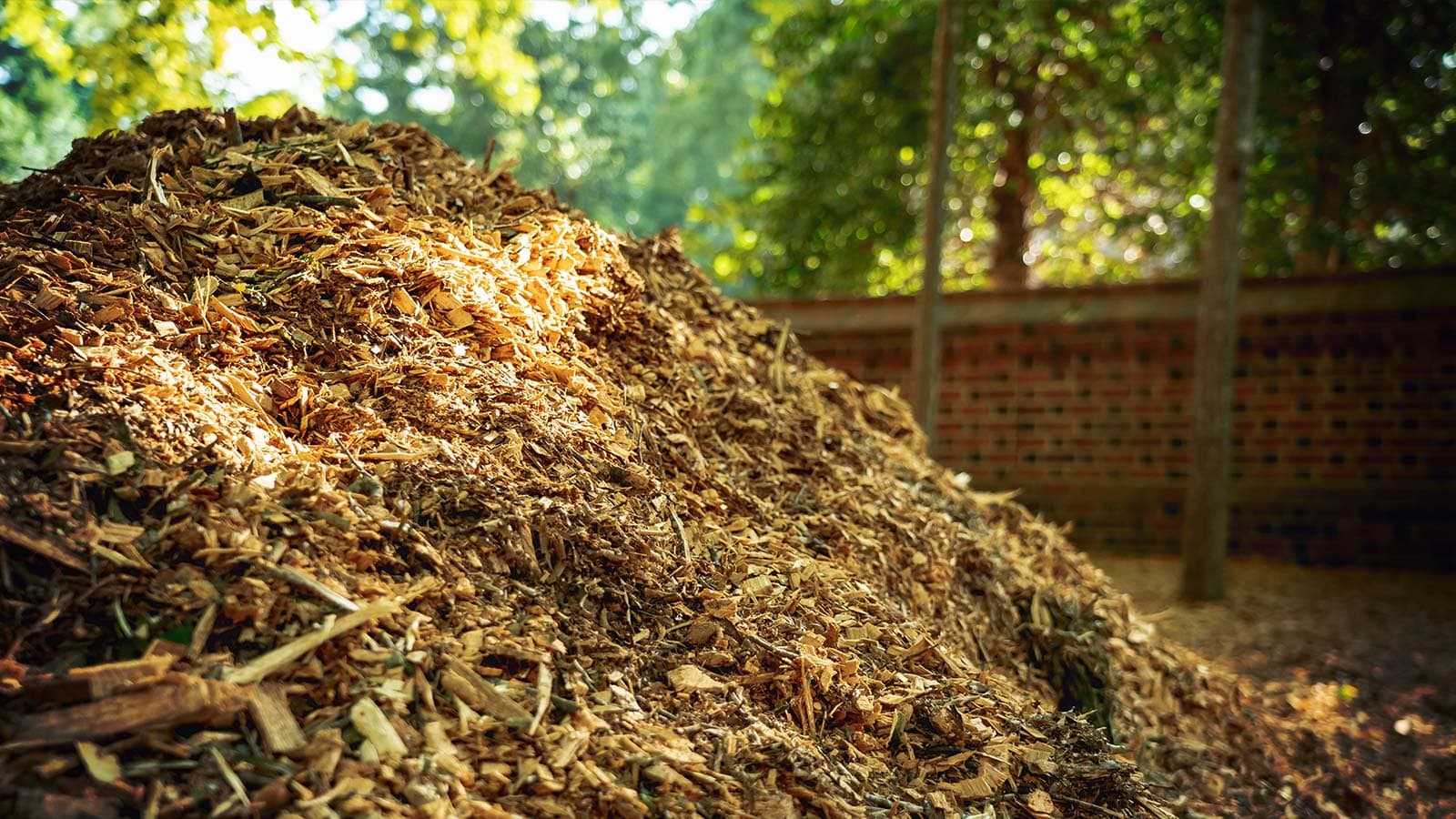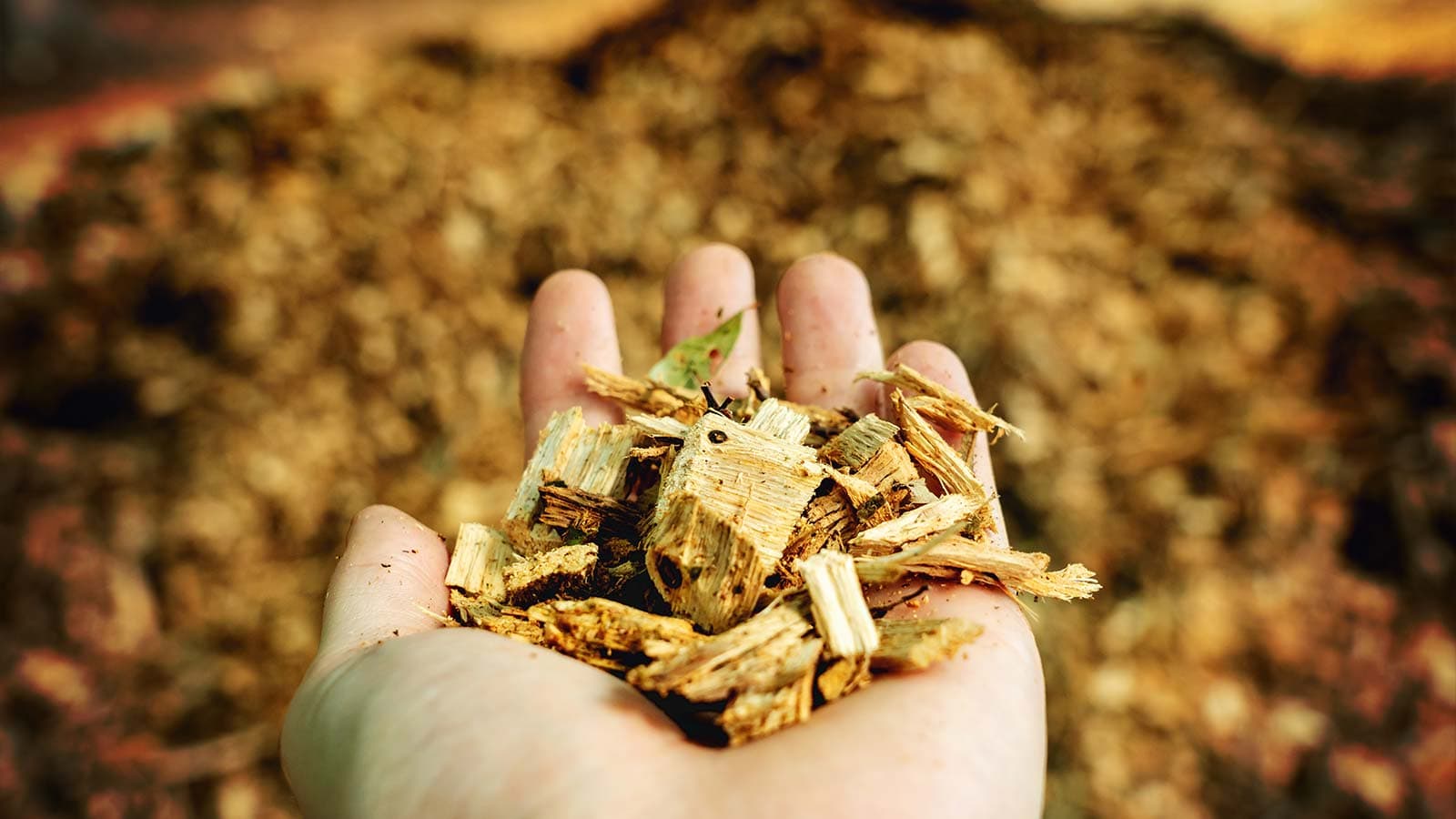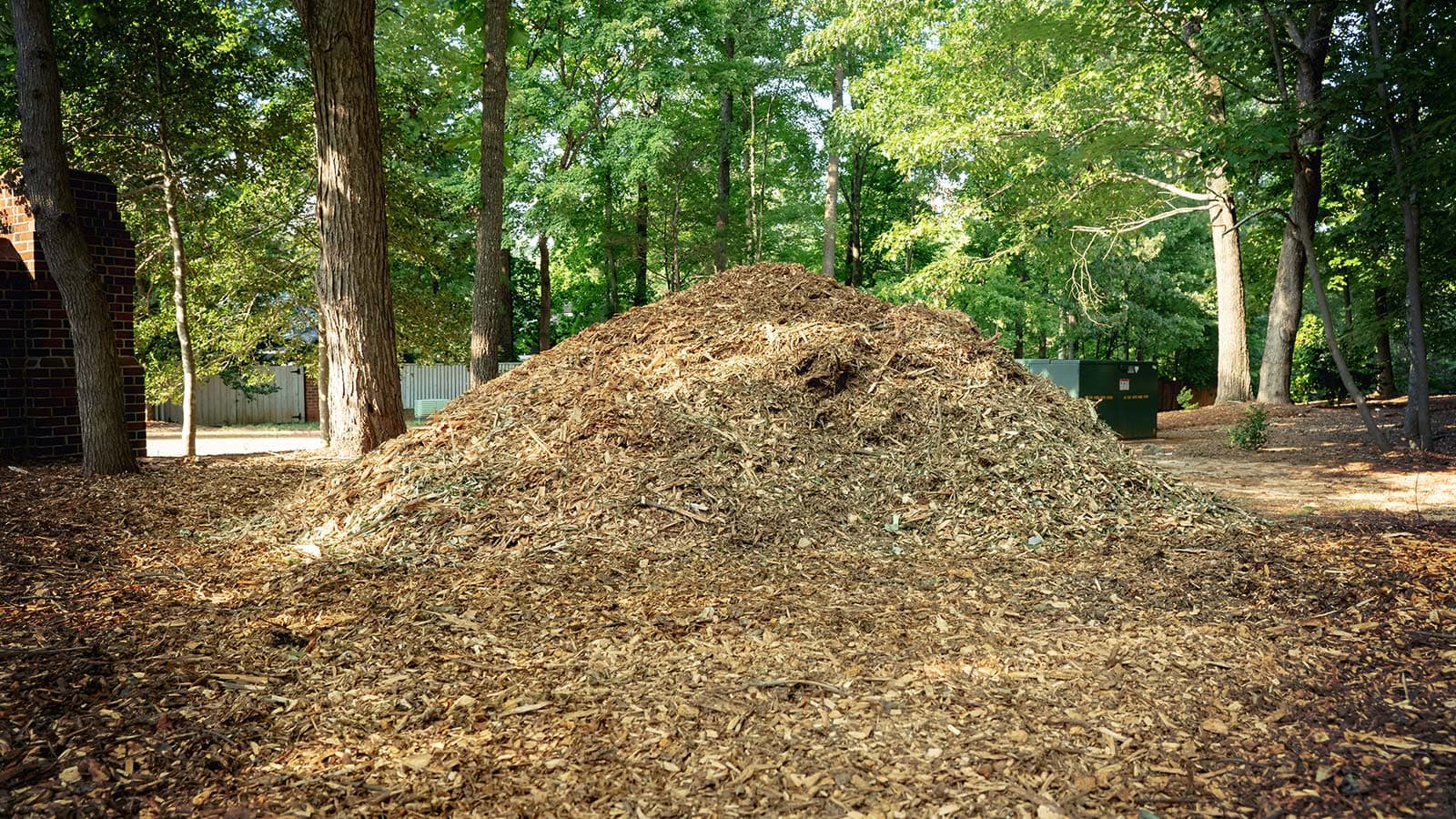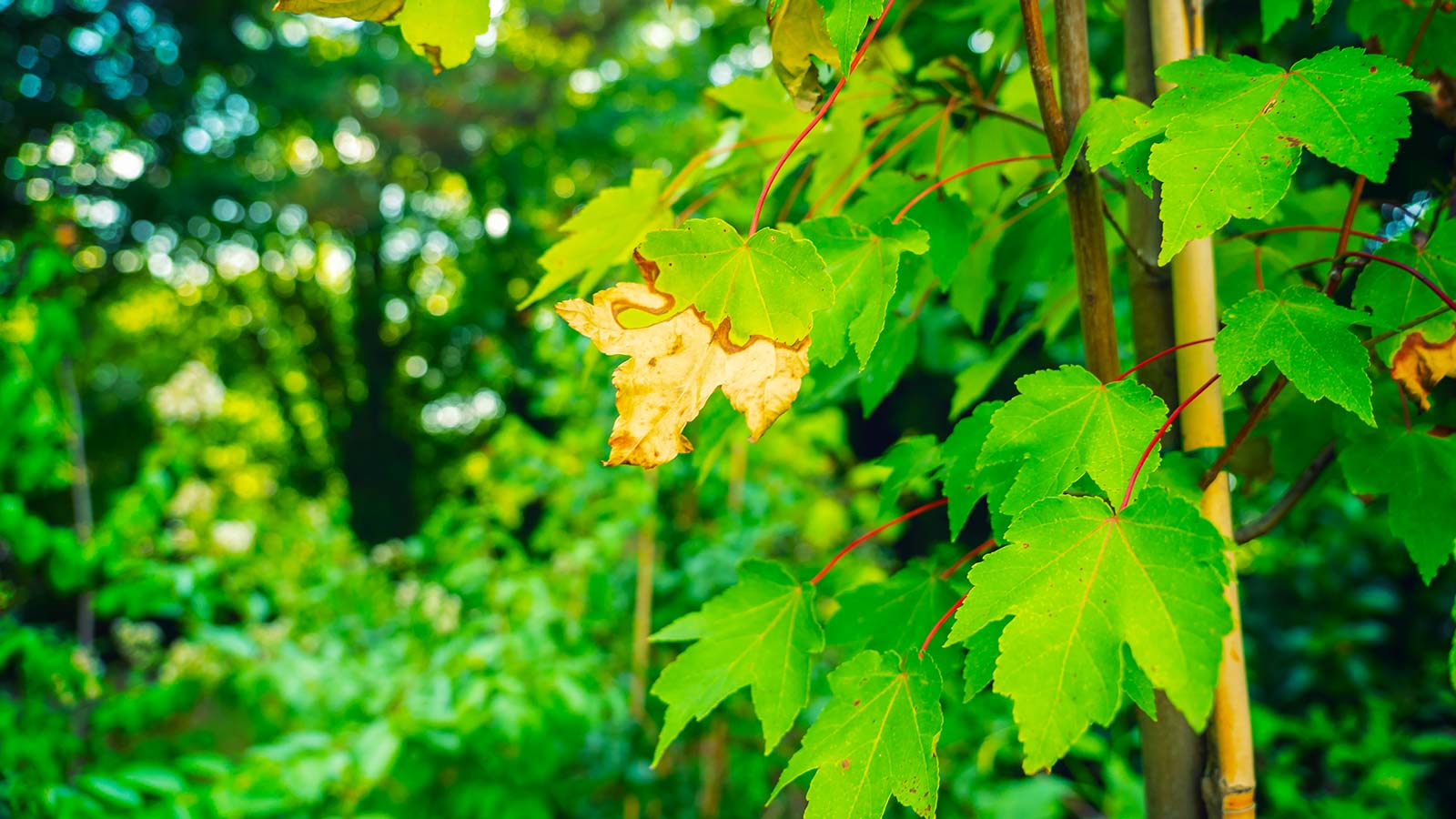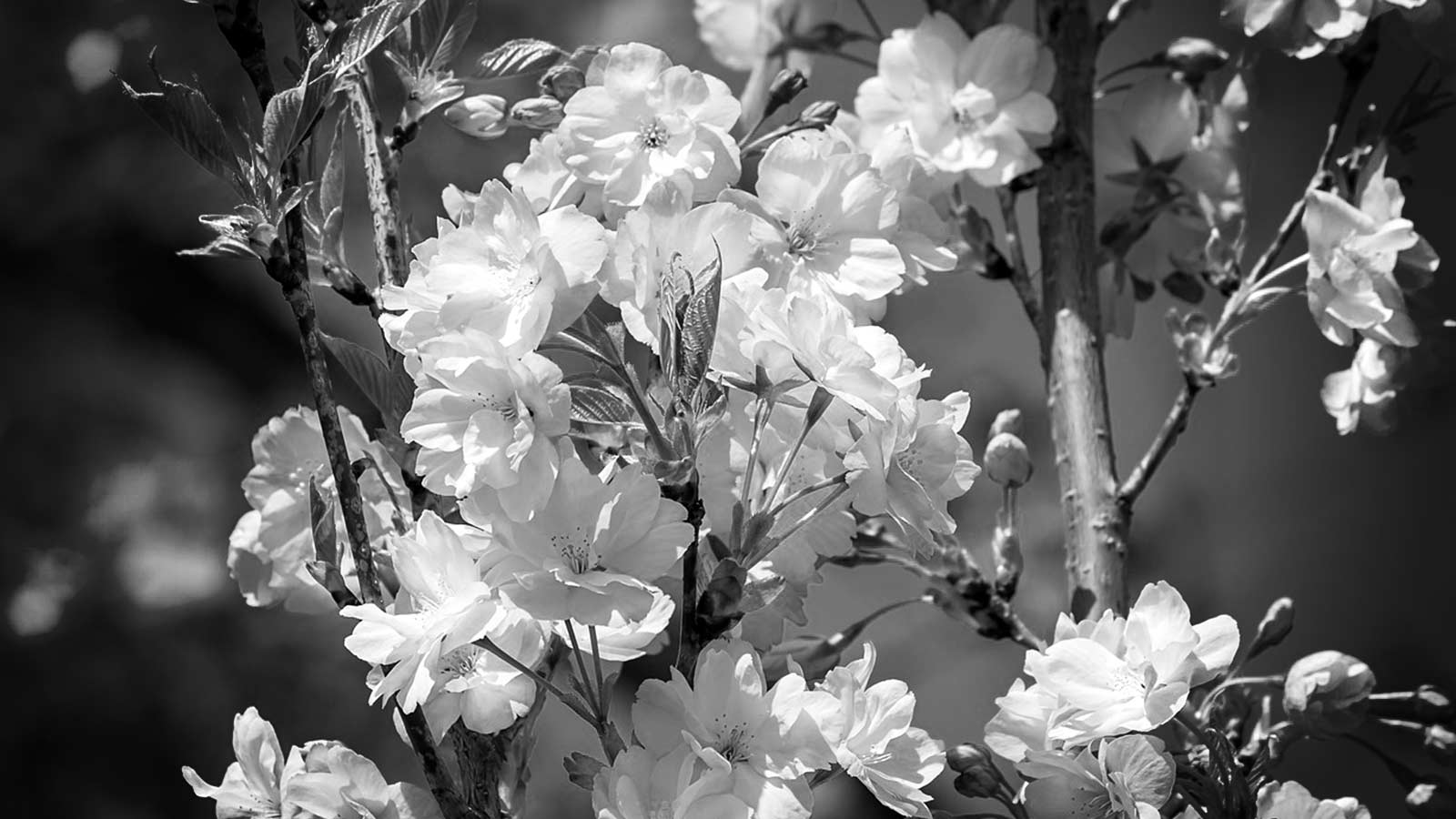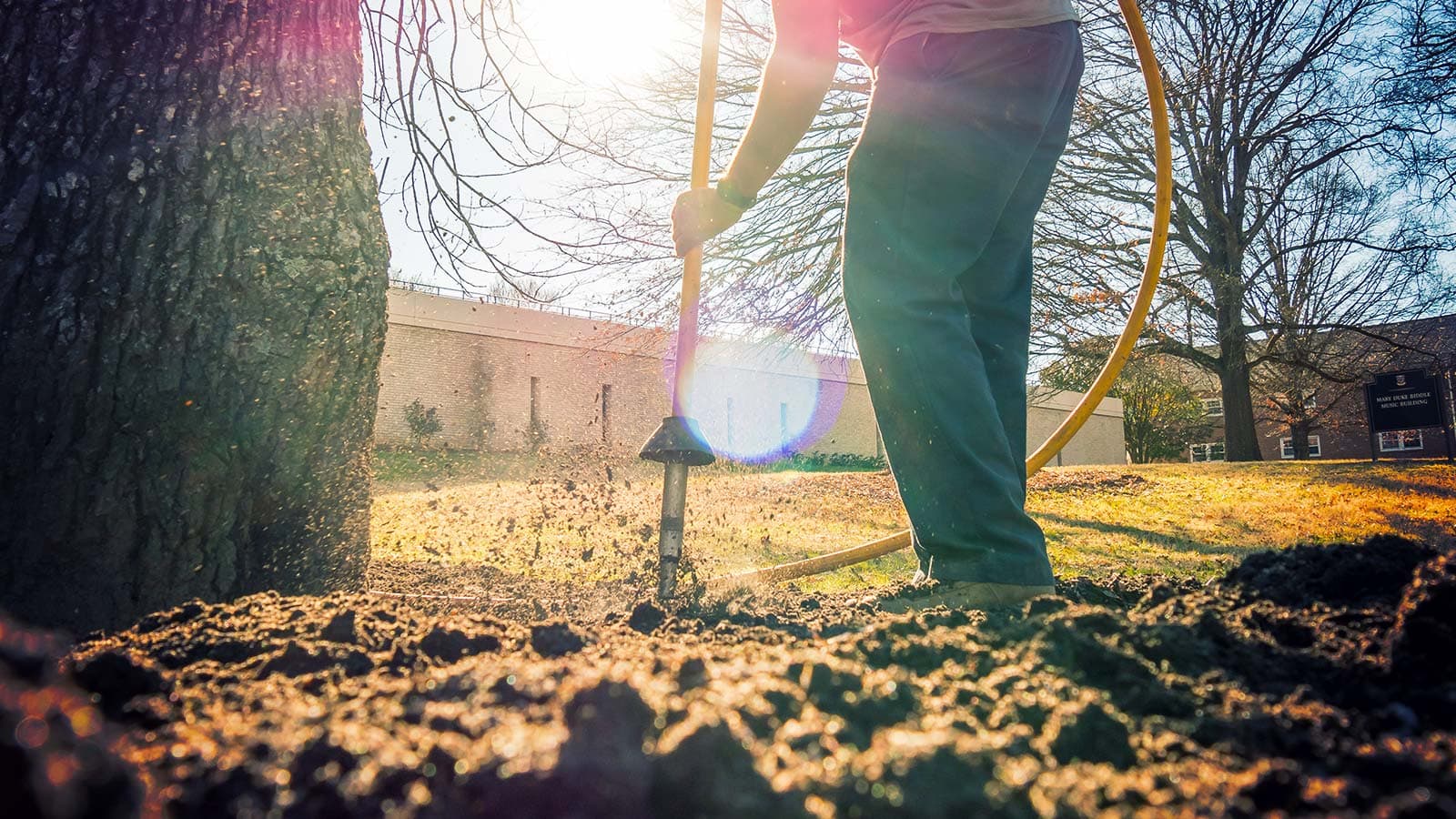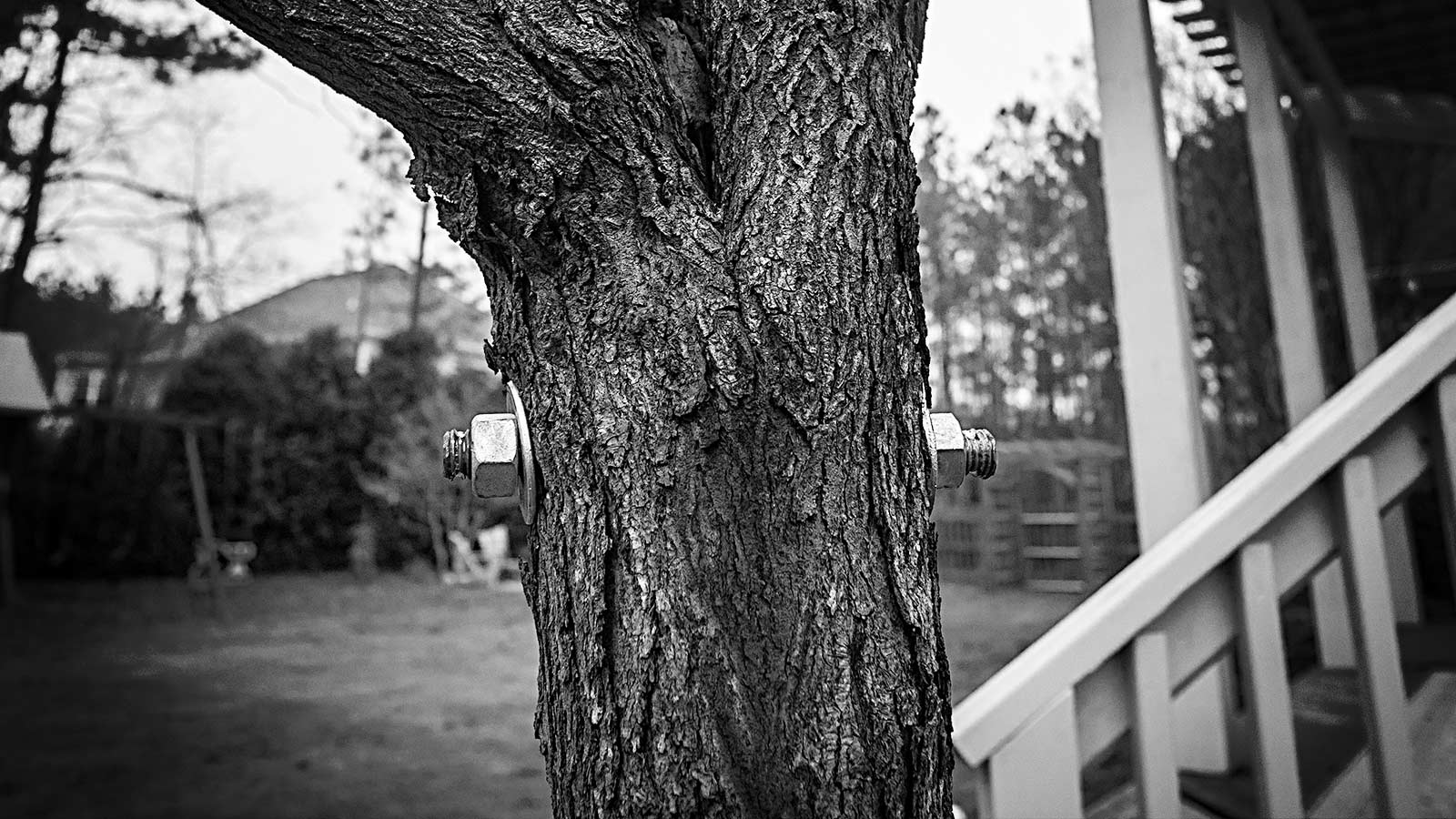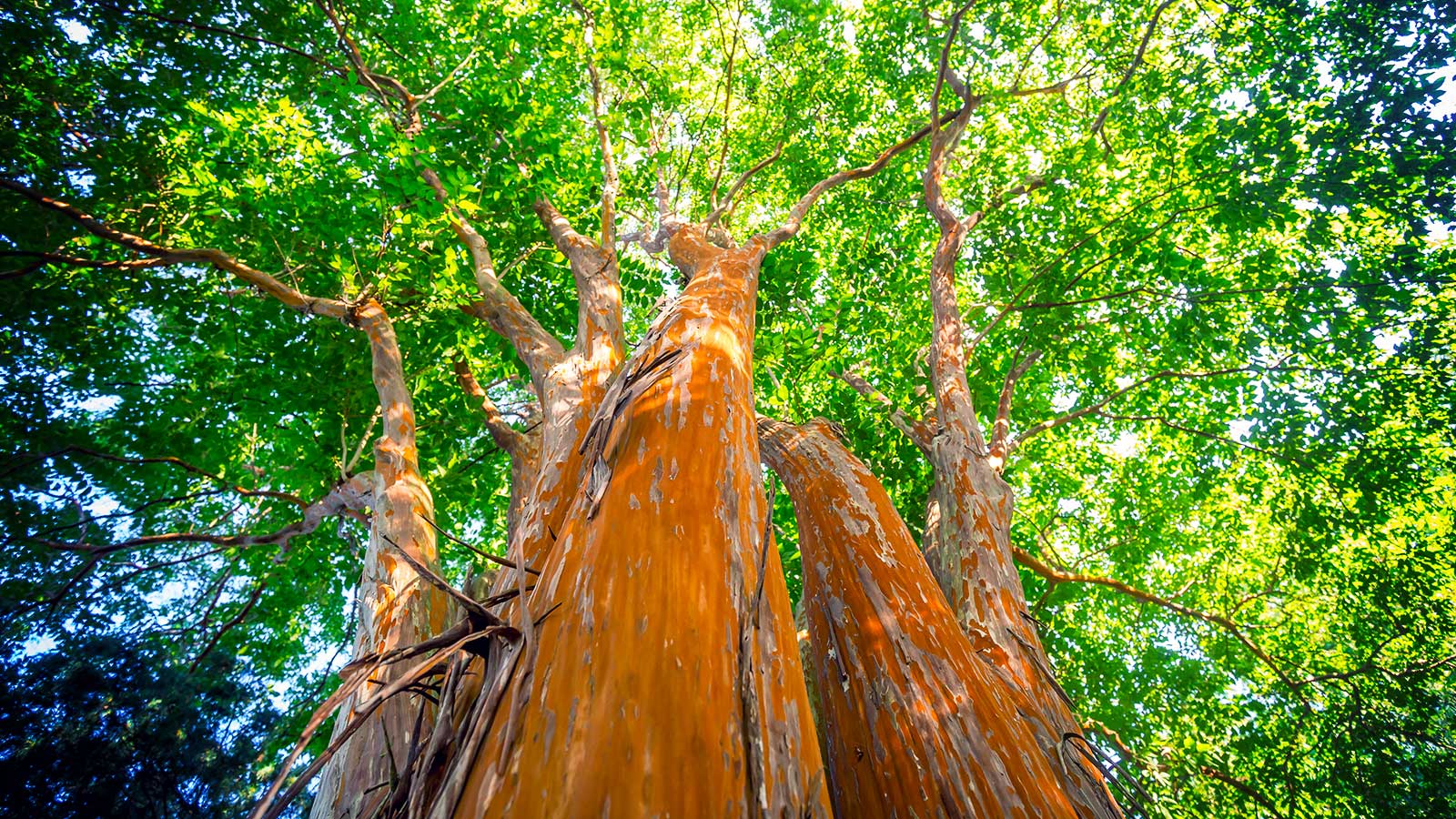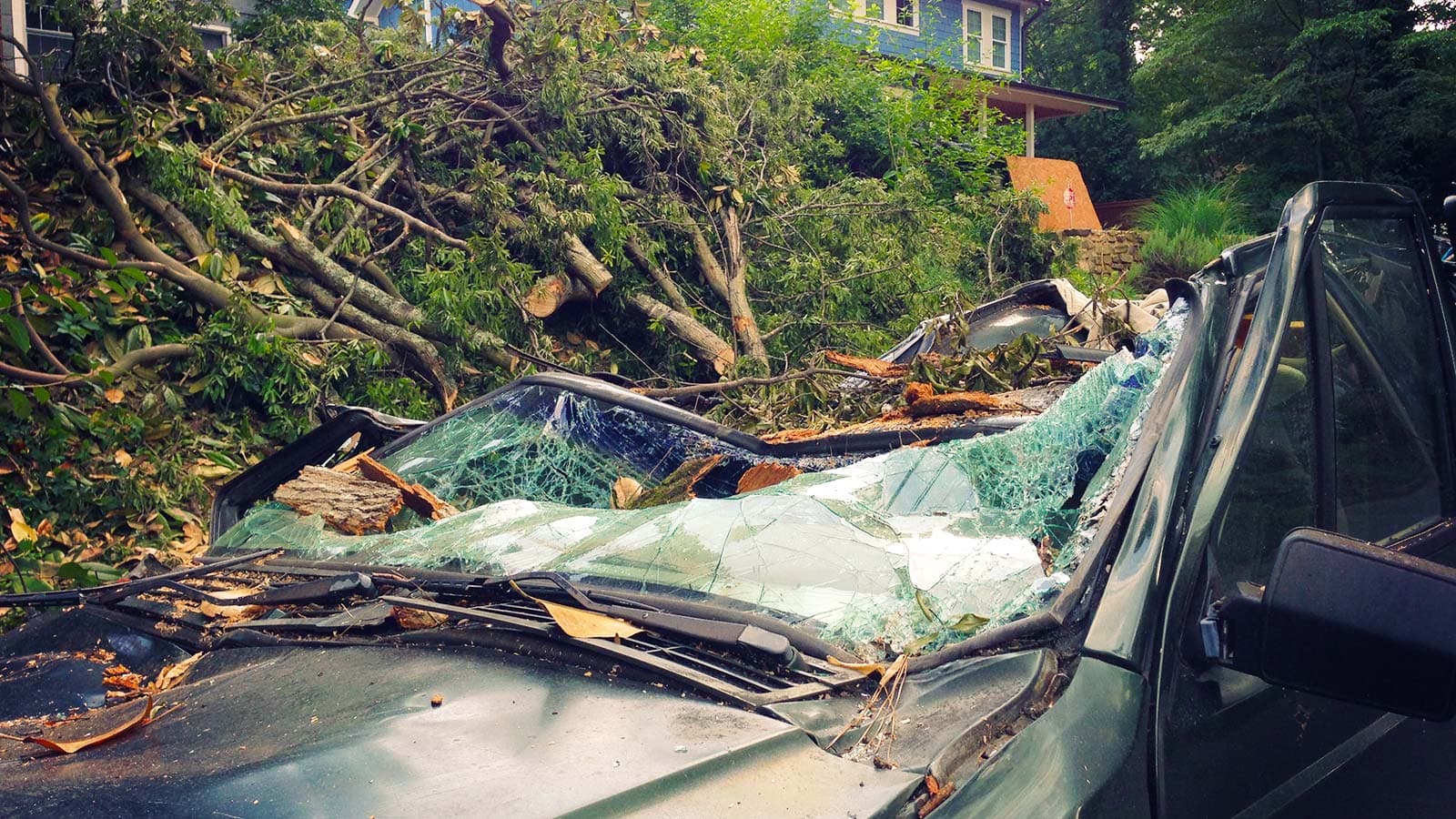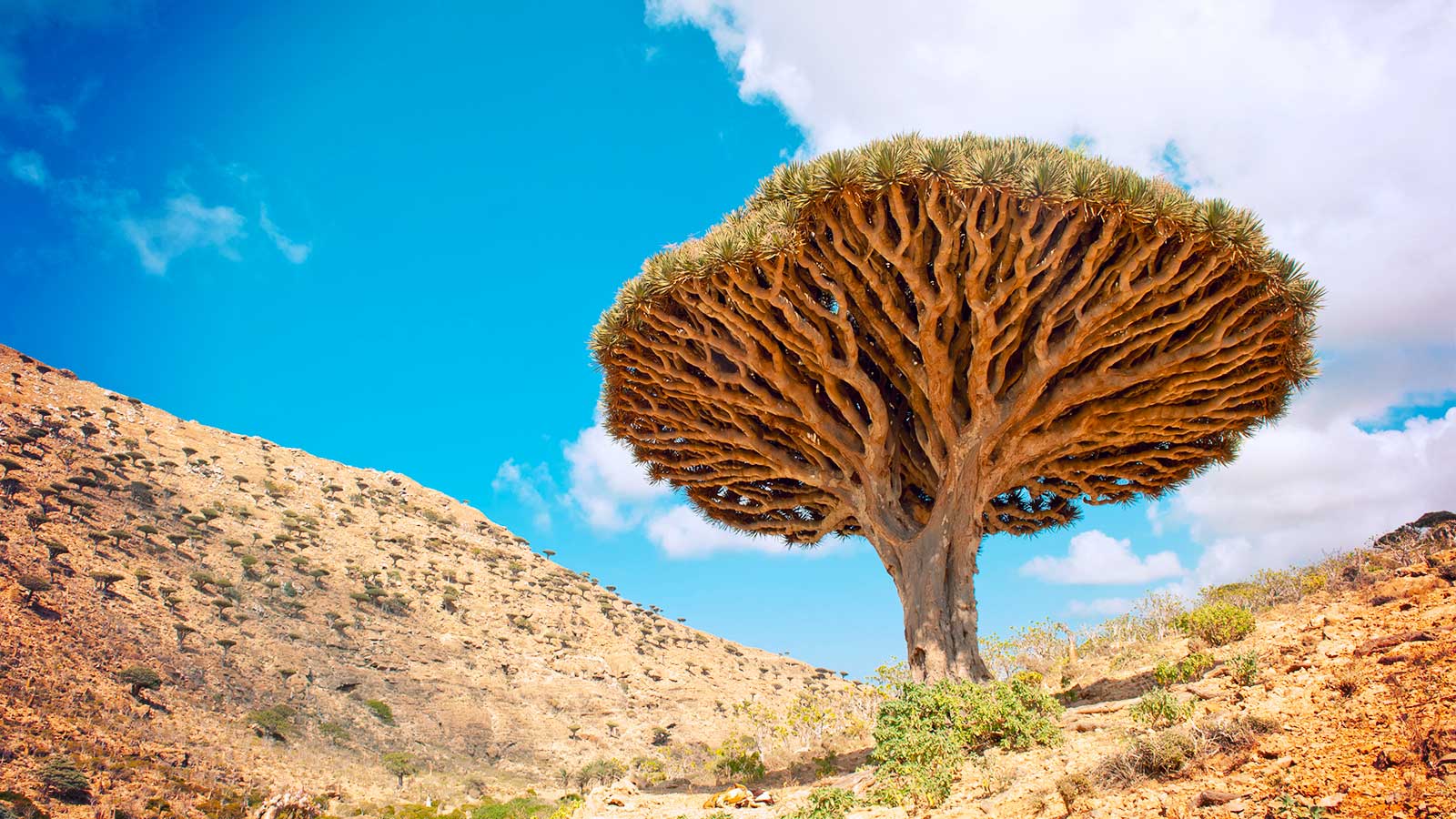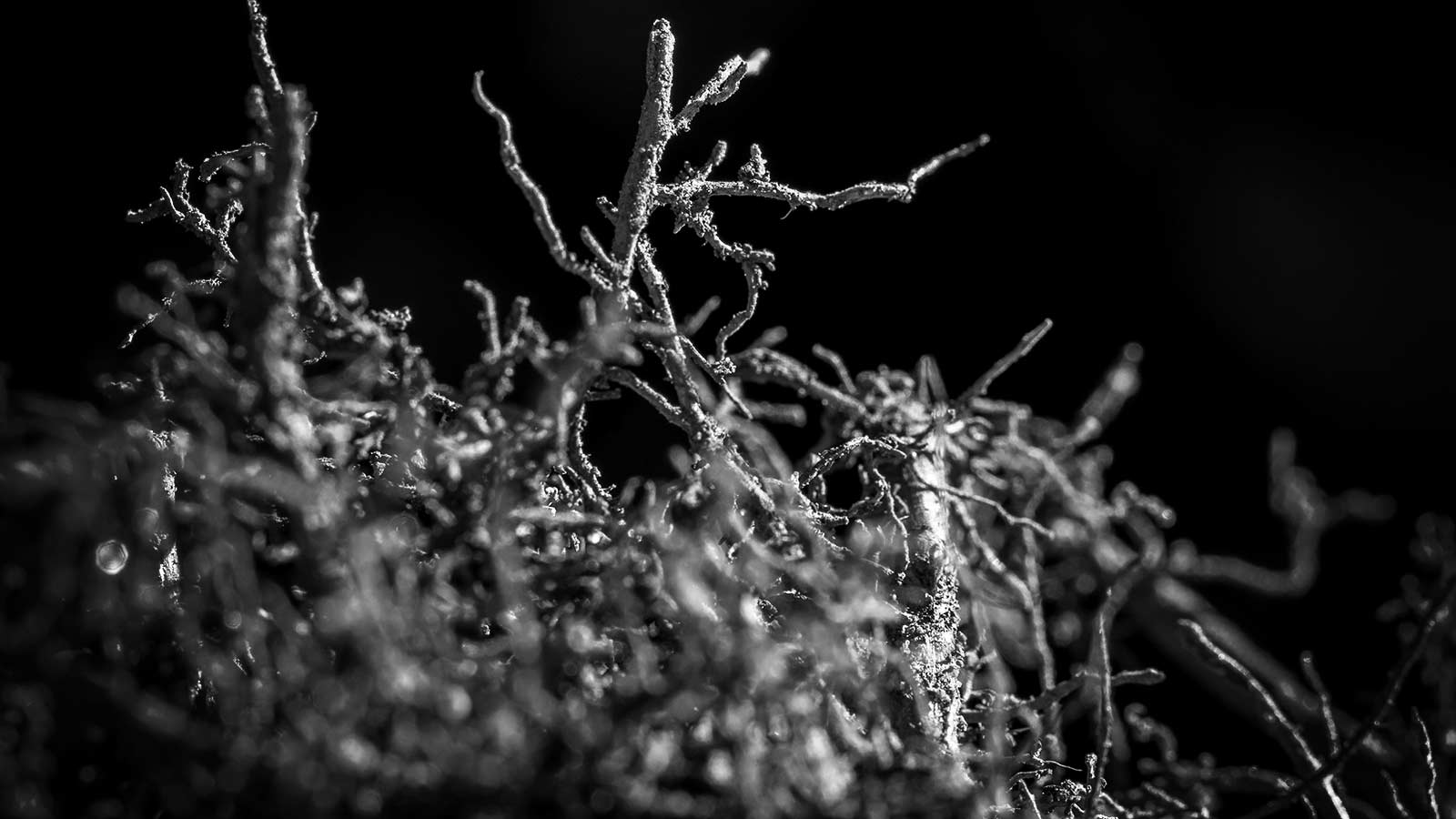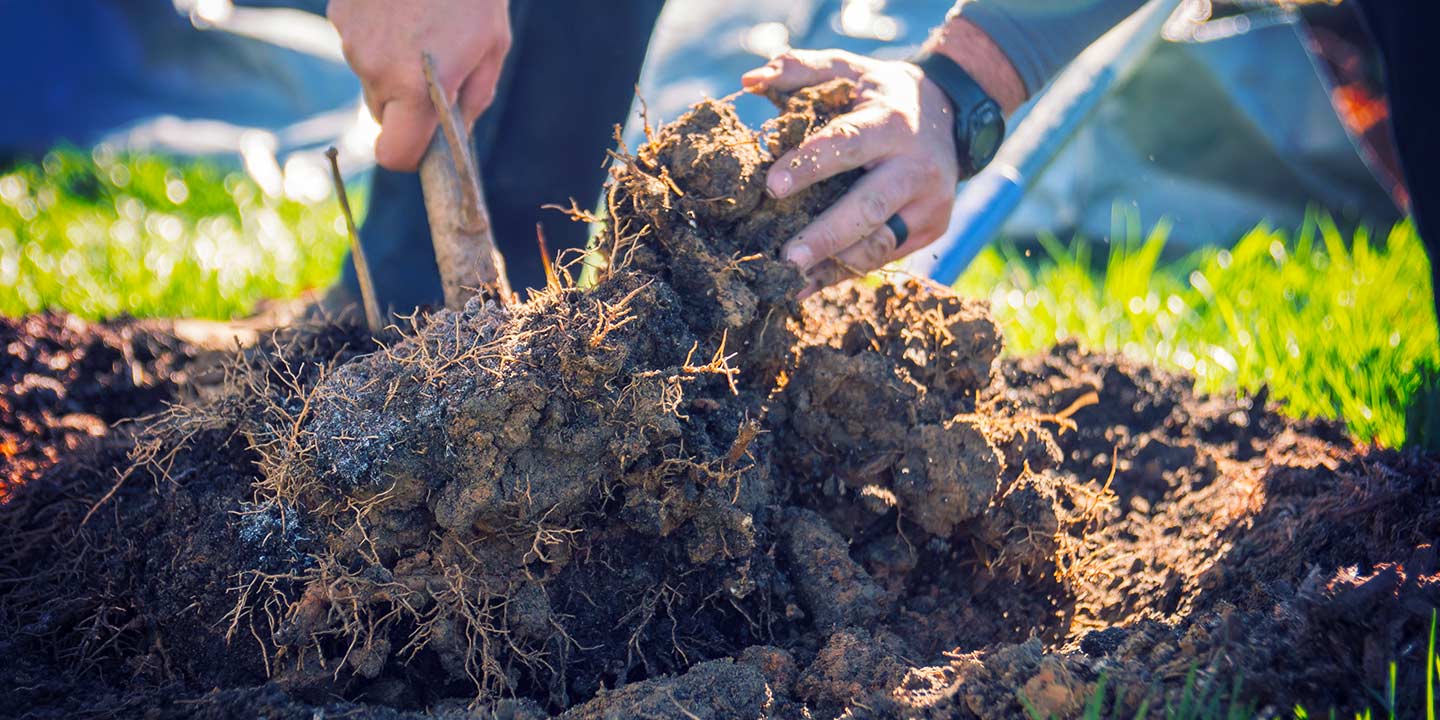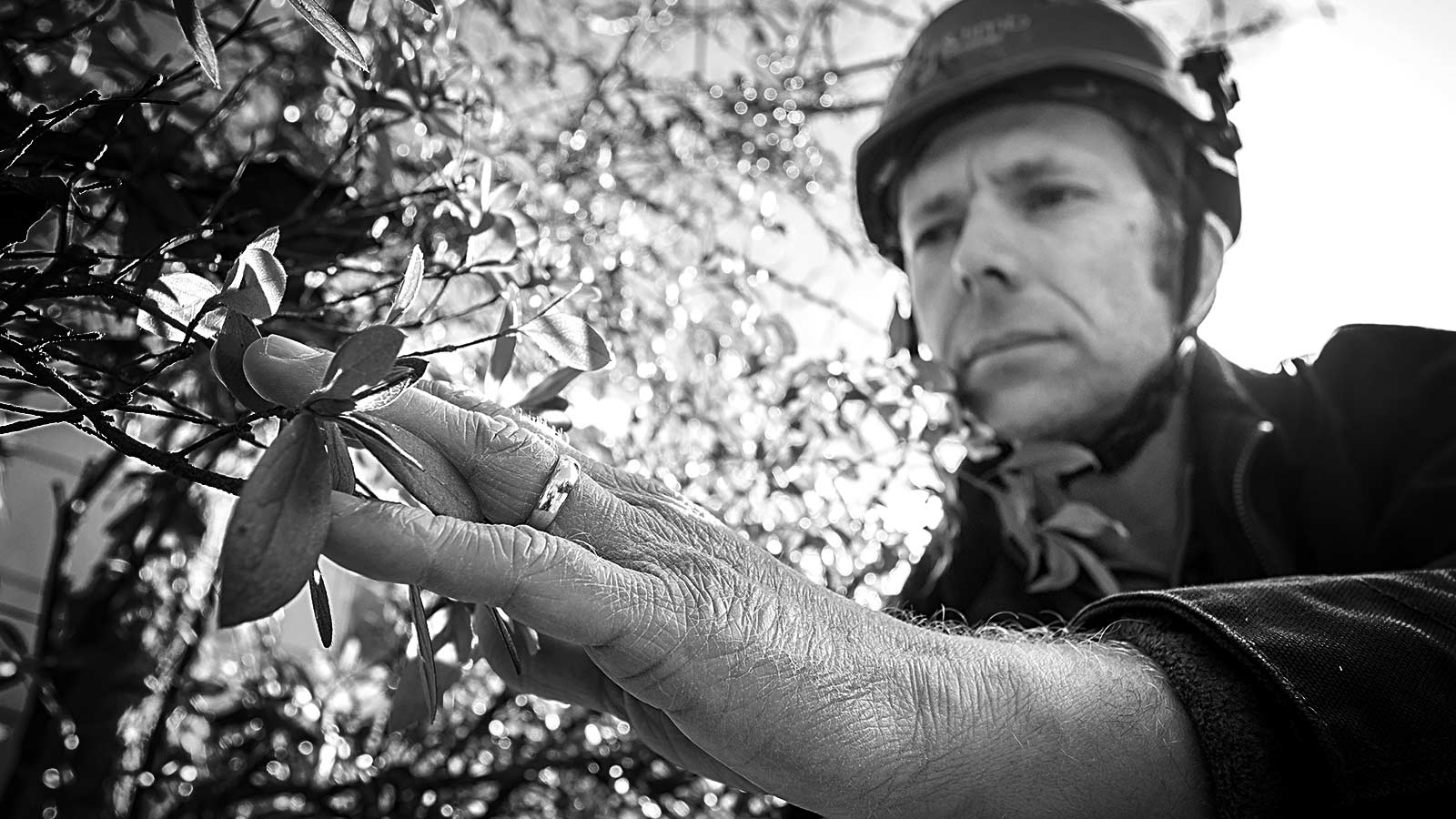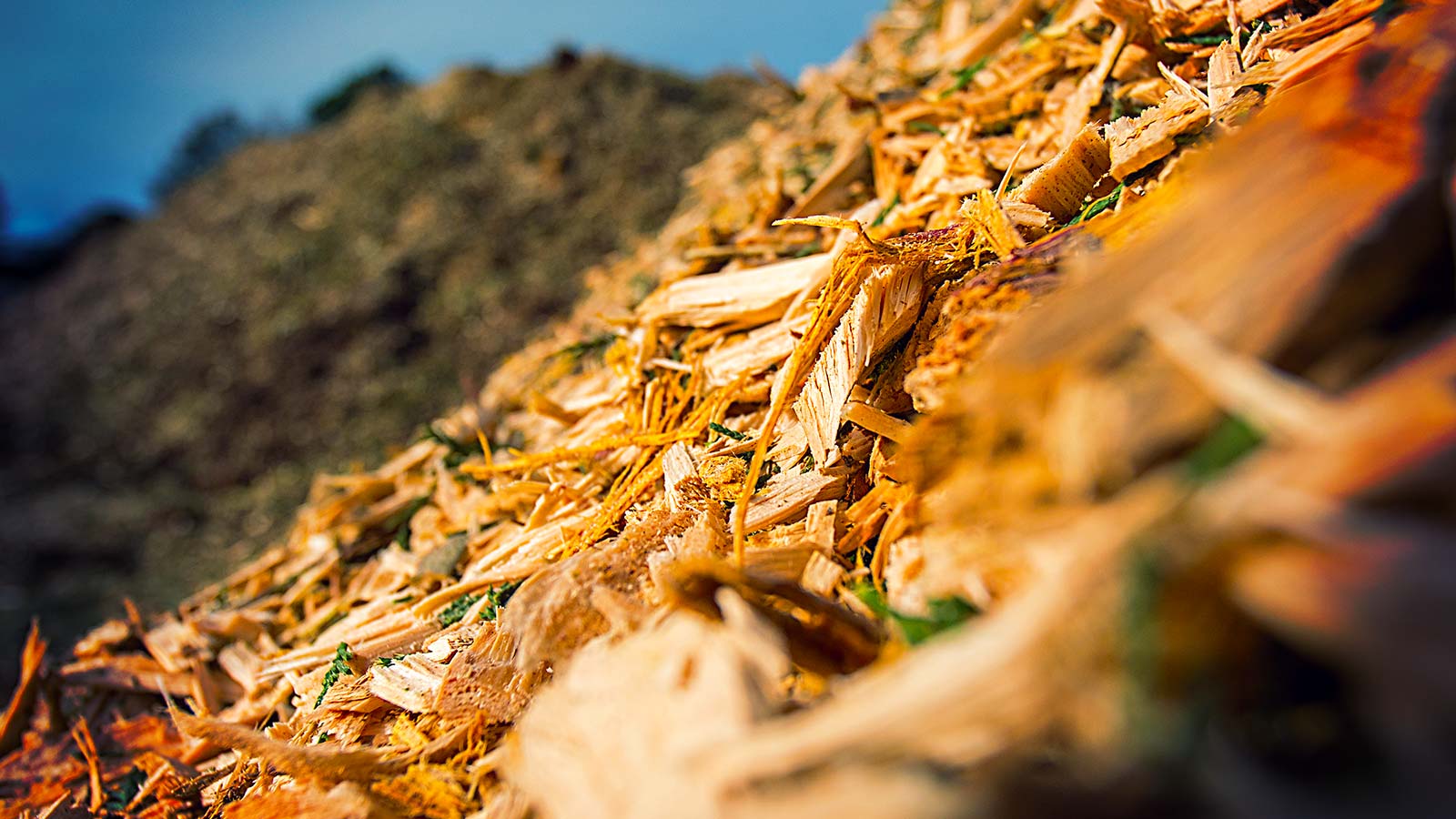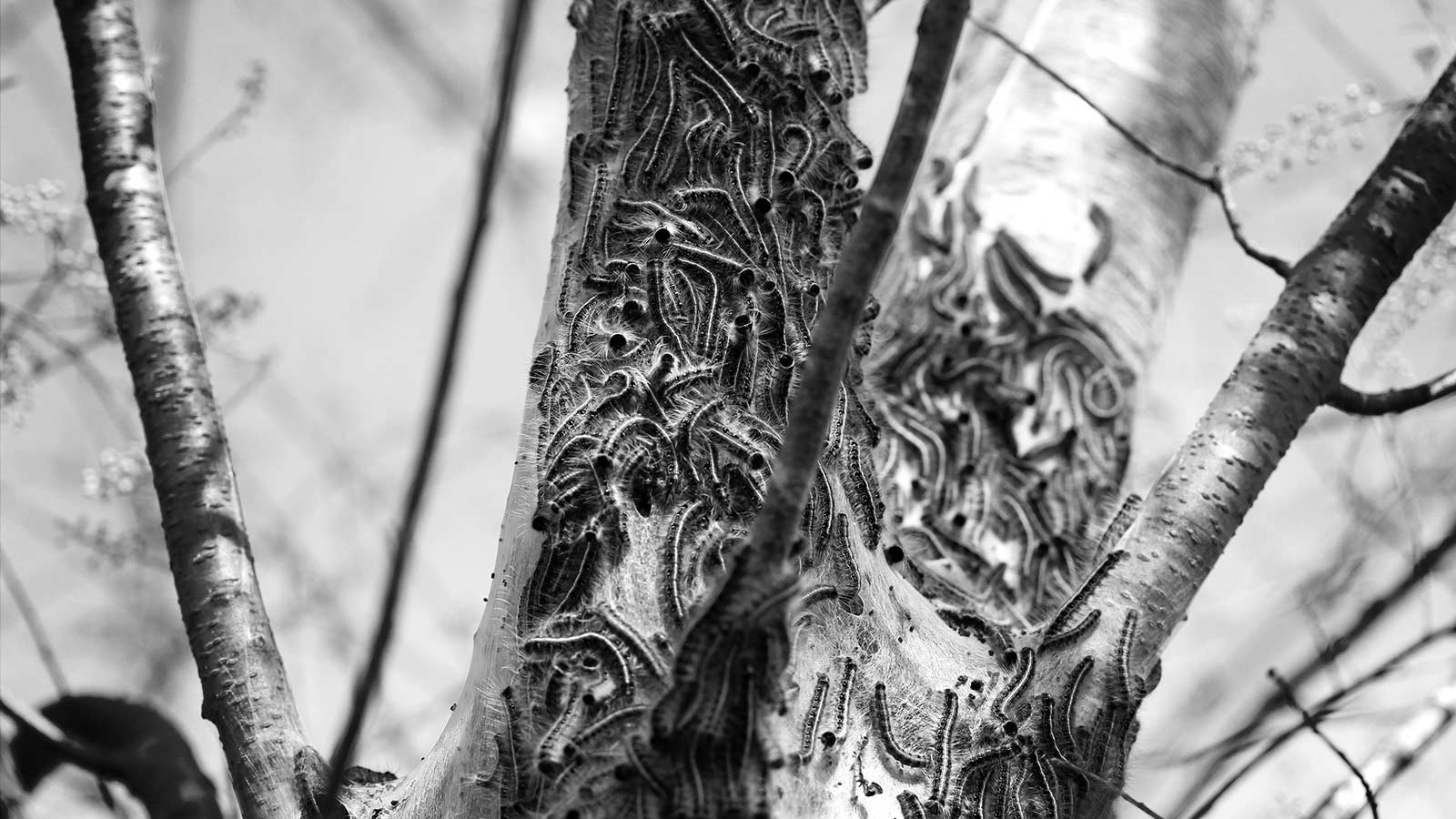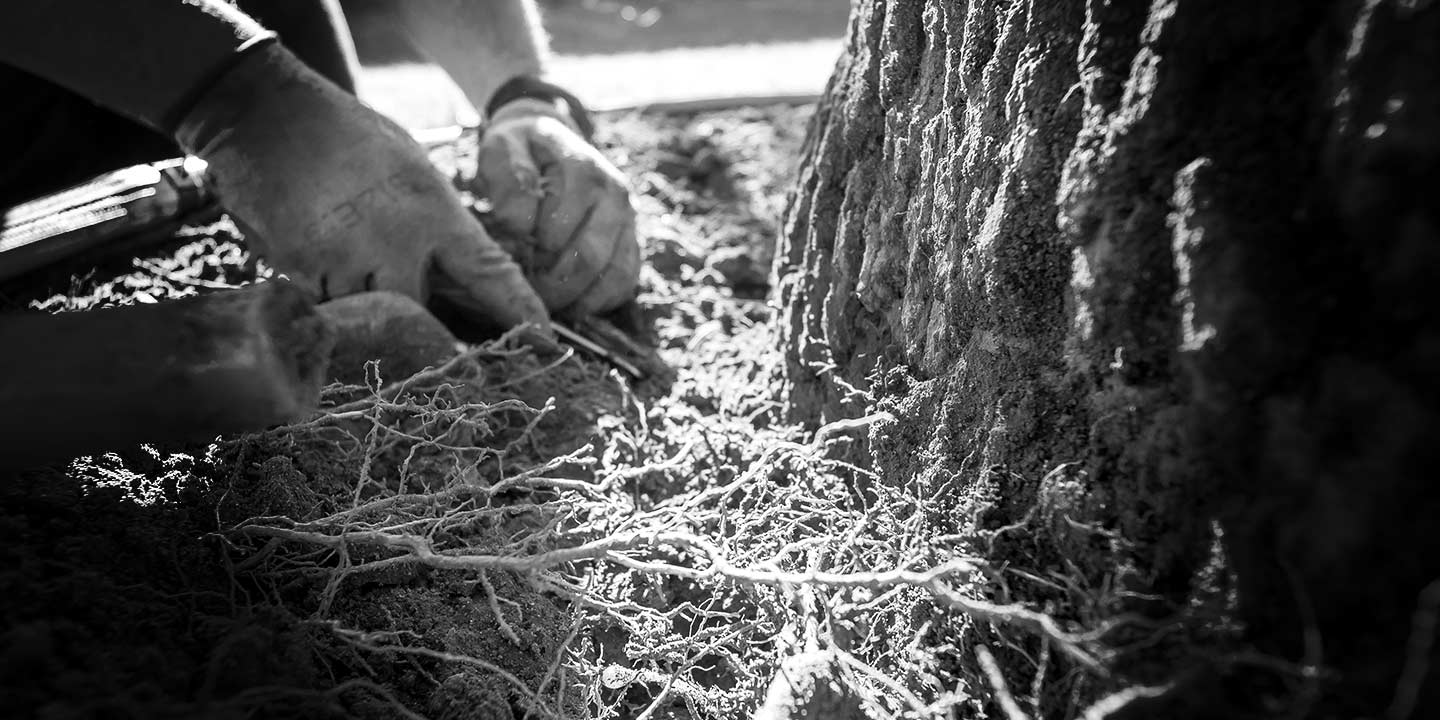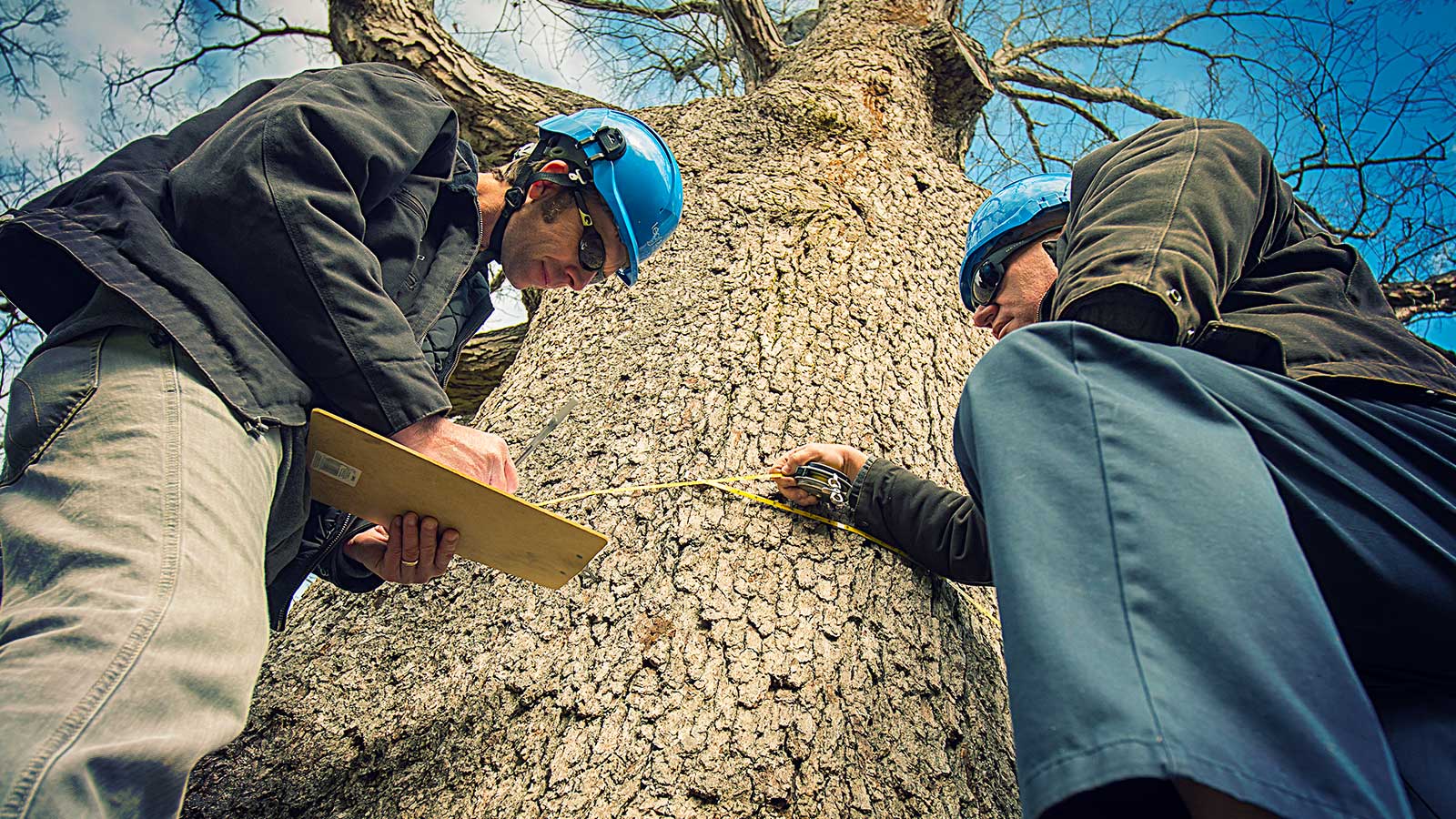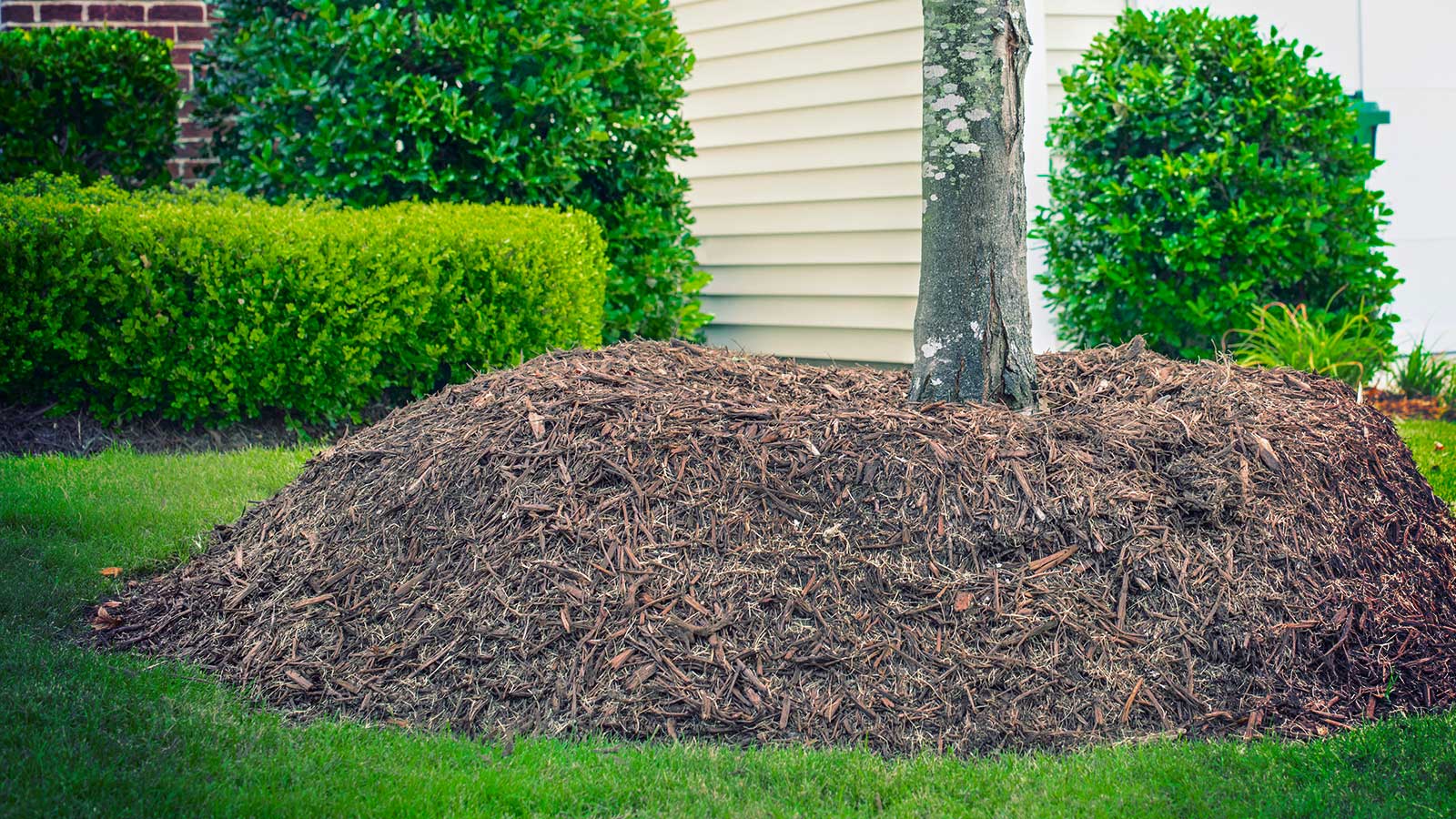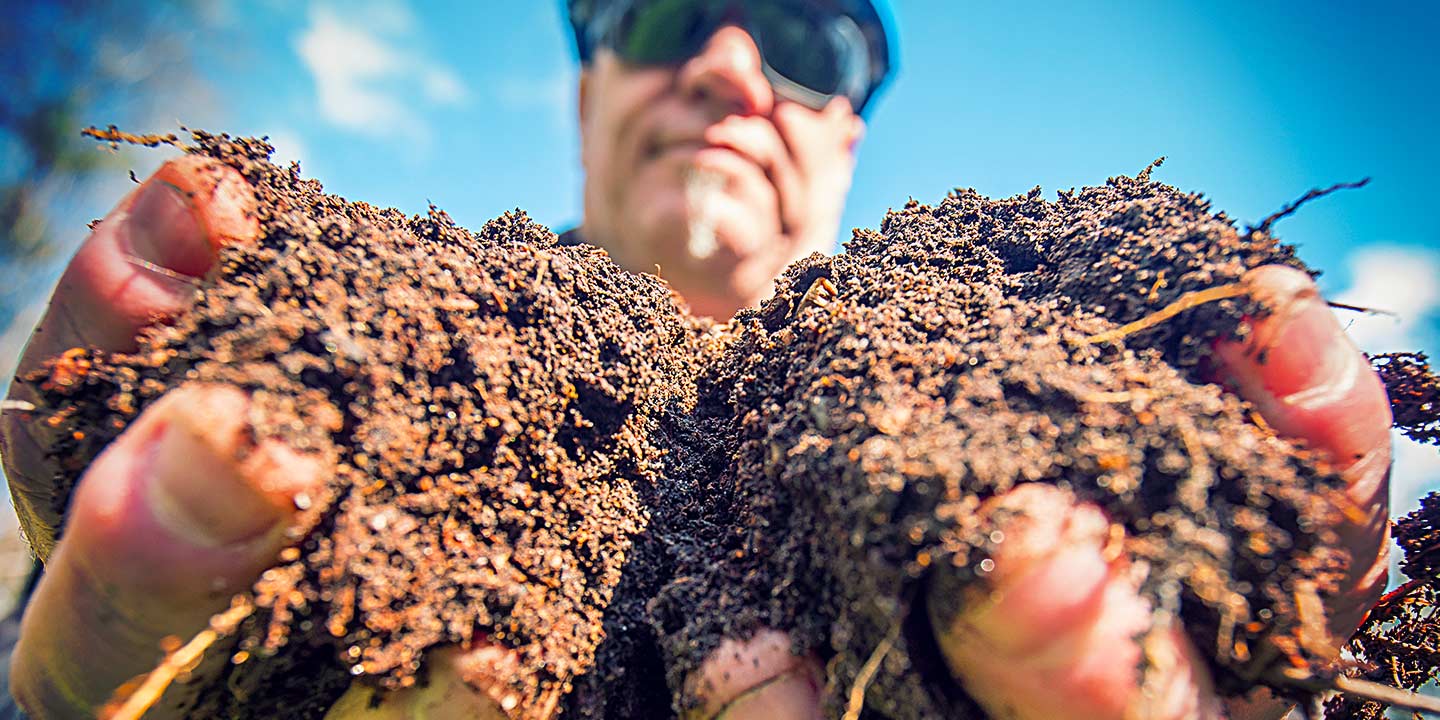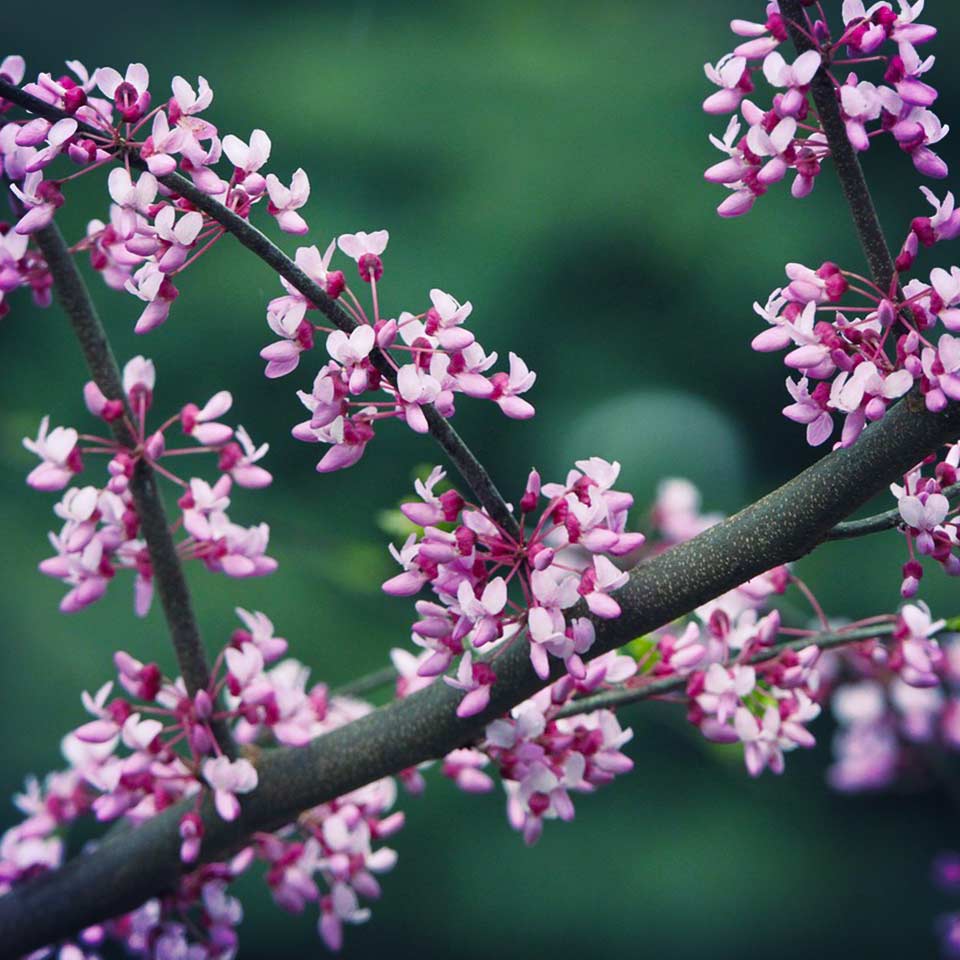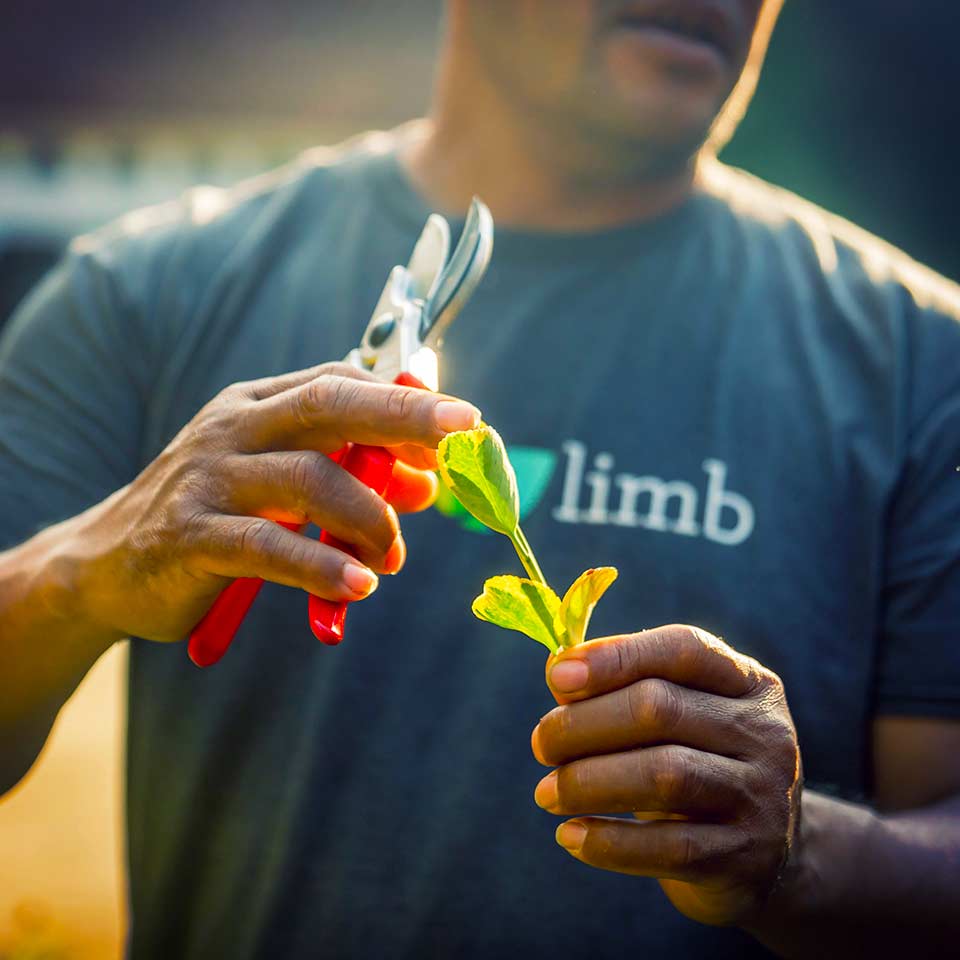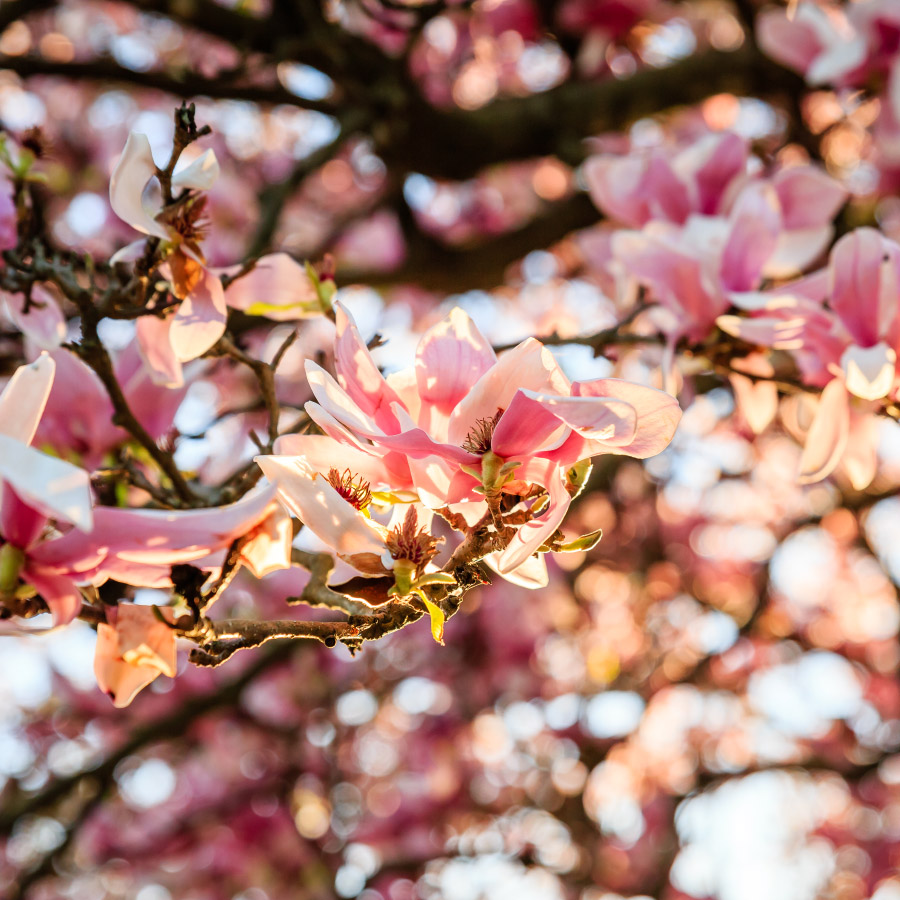July 2025 Treecologist Tribune
Water Everywhere, Reading Leaves and Antsy About Ants? 🐜

The sticky season is upon us, but I won’t complain. This northern girl still enjoys wearing just one layer of clothes most of the year. Wild tangles of native perennials have already been flowering in my field for a few weeks and are abuzz with life. Every year these perennial patches expand a little more and I see more flying critters. I imagine all the other life hidden in the tangle that has returned to call my garden home.
I was delighted to find this baby eastern box turtle after hard rains. In other wildlife news, all four eastern phoebes born in my carport last month fledged together in a burst of feathers a couple of weeks ago. That makes seven total new phoebes this year!

Soaked Roots and Sunny Shoots: A Look at Spring’s Weather Patterns
A couple of weeks ago, Tropical Storm Chantal relieved herself of up to 10 inches of rain overnight in parts of central North Carolina, and it feels like almost daily downpours have been a steady feature of our days and nights since then. Communities west of Raleigh, including those in Chapel Hill and Durham, were underwater. I live nearby, but fortunately not close enough to rivers and streams to have felt the full effect of it. I just have to re-grade my long driveway. Even if we didn’t face the horror that Texas did, we have to ask what the heck is going on.
We are experiencing more of our rain in intense and rapid deluges, and less of it in gentle or steady rains. Warmer air holds more moisture than cool air, and our area is approximately 1 degree warmer than it was 100 years ago, which means it can hold 7% more water.
This is a terrible setup because all that moisture gets trapped up there like the sword of Damocles, and down here we’ve altered our riverbank vegetation to develop it for human use, making it less able to handle torrents. Additionally, suburban soils are often as impermeable as the expanding patches of pavement, so when the skies finally release their load, there’s little capacity to absorb the flood. And we are getting these big events more frequently. We need to redo the calculations for 500- and 1000-year flood events soon, because it seems like 500 years isn’t what it used to be.
🌧 Rain Summary (from RDU):
- 5.03” since 6/26 (historic average: 3.19”)
- 23.52” Year-to-date (historic average: 23.41”)
Garden Sleuthing: Lacy Leaves, Webs and Sleeping Bags
When the fresh young green of spring fades into memory, obscured by shimmering walls of humidity, our trees and shrubs fade along with it, showing the effects of the season in their leaves. Spots and holes might catch our eye. Just as our skin shows the effects of daily living, so do our plants. But are they okay? Will it spread? Should I spray them with something?
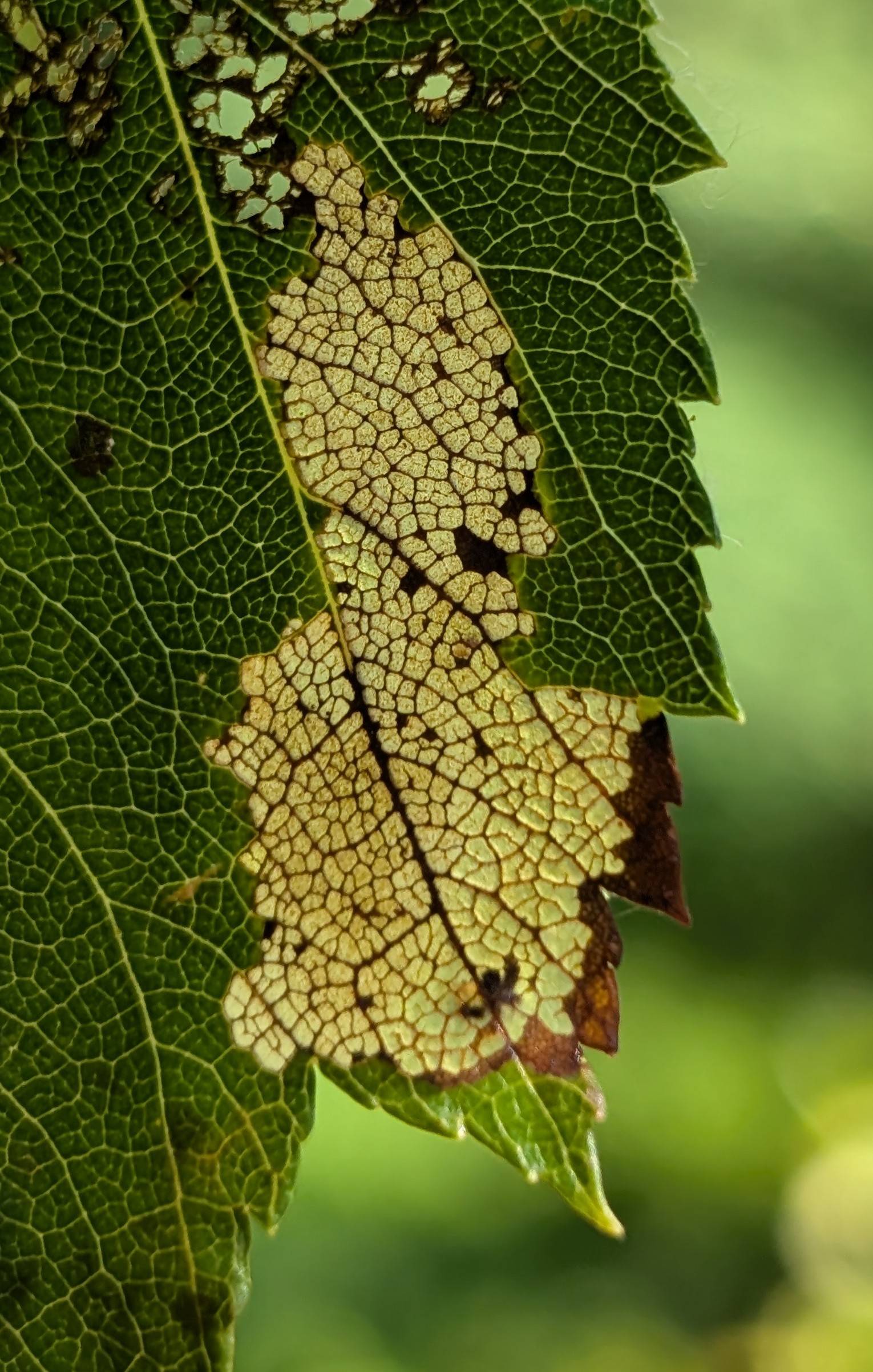
I recommend a nice glass of wine or a cup of coffee. This is for you. Savor it outdoors on a cool evening while listening for birds and watching for butterflies. We know that birds rely on insects like caterpillars for their health and to raise their young, and those caterpillars, which may later turn into butterflies, need to eat leaves. Therefore, holes in leaves are completely normal and, in fact, usually a good sign that everything is fine.
A Few Unwanted Garden Guests?
Most caterpillars are very discreet, but some, including the eastern tent caterpillar and fall webworm, build web-like nests among tree branches, which you can easily spot. Usually, their nests are more of an affront to our sense of aesthetics than a problem for the tree, and since they are native caterpillars, it’s best to leave them alone. If you must, you can poke holes in the nest with a long stick and let the birds eat them.
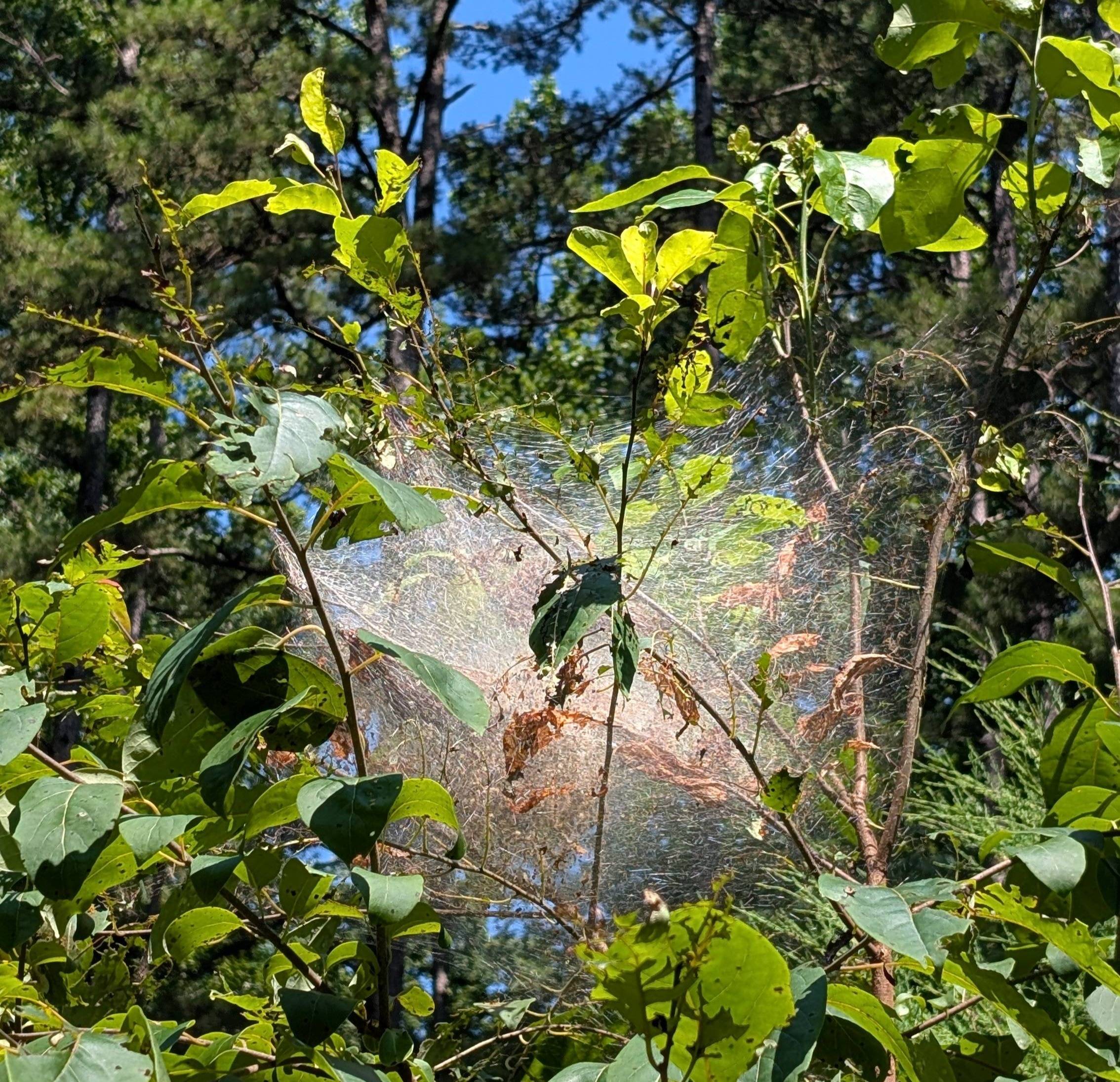
Bagworm caterpillars can cause significant damage to trees, leading to defoliation and, in some cases, the eventual death of the tree, especially arborvitae and cedars in our area. These caterpillars create brown, pendant bags from silk and bits of the tree on which they feed. These bags are somewhat camouflaged but become more noticeable during summer as the caterpillars grow larger. They feed at night and hide in their bags during the day. Hand-picking the bags and leaving them on the lawn for birds is the most effective treatment. Alternatively, you could apply a caterpillar-specific biological treatment called Btk (Bacillus thuringiensis subsp. “kurstaki”), but this is only effective in the evening or at night when the caterpillars are exposed. If you are worried about these or other pests, contact one of our Treecologists for a free quote.
If you are worried about these or other pests, contact one of our Treecologists for a free quote.
Q&A: Are Ants Hurting My Trees?
“Next time you’re found with your chin on the ground, there’s a lot to be learned, so look around. Just what makes that little old ant think he’ll move that rubber tree plant?” – High Hopes, Frank Sinatra
Ants can’t really knock over our plants, but what the heck are they doing? Katrina and our sales team tell me that there’s a lot of concern about ants, especially whether ants are damaging trees and shrubs. The quick answer is no, they probably aren’t. What ants are really doing is often misunderstood, and we’ll get to that in a minute.
The majority of conflicts between people and ants occur when nests are located in areas where people or pets are likely to encounter a swarm of biting ants. Fire ants are an infamous example. You can try disrupting nests with lots of water or try ant baits.
I once spoke with a homeowner convinced that ants had killed her roses. She’d tried everything, she said—finally resorting to pouring boiling salt water into the nests. Turns out, the ants weren’t the only ones who didn’t survive that scorched-earth tactic. The roses, unsurprisingly, gave up too. With a sheepish smile, she admitted her roses were probably human-killed. A better fix? A persistent focus with a garden hose might evict them.
Another common concern is carpenter ants. Carpenter ants create tunnels in rotting wood, whether in trees or perhaps in your deck. They do not eat solid or live wood. The ants are revealing an issue, not creating one. If you find carpenter ants in your tree, it’s not necessarily cause for alarm.
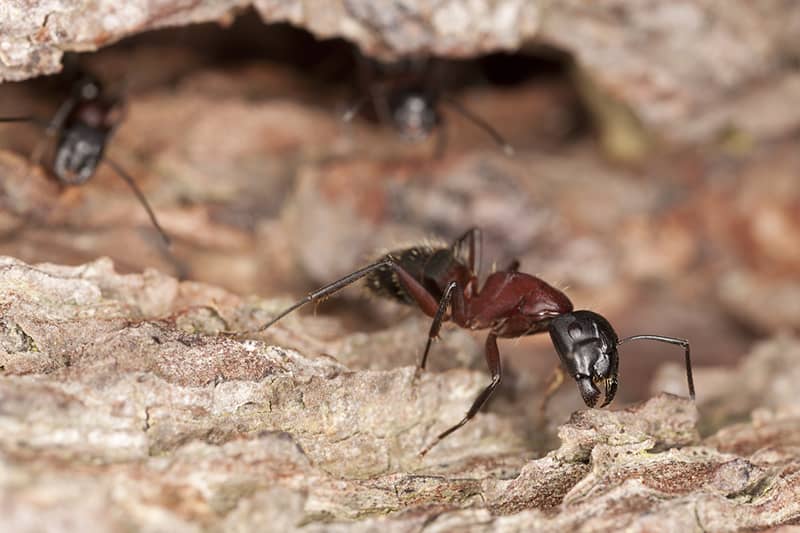
🐜 Ant Benefits:
Ants actually help more than they hurt and are among the most important groups of larger soil dwellers, performing many beneficial activities, including:
Soil mixing and aeration: Ants open up the soil, allowing air and water in, fighting the compaction that is common in our sub/urban soils. They bring surface organics into the soil, which boosts soil nutrition and speeds up decomposition. They are like tiny rototillers without causing the soil damage that human rototillers often do.
Pest predation: Ants hunt and eat many soil organisms that could balloon to pest levels left unchecked.
Seed dispersal: Ants play a significant role in seed dispersal. A study shows that ants may disperse 30% of the seeds of spring-flowering plants in eastern North American woodlands.
Wood decomposition: Carpenter ants break down dead wood, supporting nutrient cycling in forests.
Perhaps we should have high hopes for ants. I hope this helps you feel better about ants overall, and if not, at least less worried about what they are up to.
Some Things To Do Around Town
Summer is for festivals and gatherings. Triangle Land Conservancy has a slate of nature-oriented activities all through summer, for the whole family. Check them out.
If you’re a serious “tree nerd”, the Cary Environmental Symposium might be just right for a late summer learning opportunity.
Our North Carolina Wildlife Federation has many offerings to help you stay in the know about what’s happening with our flora and fauna.
One Last Thing: Go Outside
Pick one outdoor spot—beneath a tree, by a birdbath, on your porch steps. Visit it every day for a week. Don’t bring anything. Just sit there for 10 minutes. Look. Listen. Your reward? A growing intimacy with place and presence. And maybe a toad, or if you’re lucky, a baby eastern box turtle.
Until next month, remember to sniff the blooms and listen to the birdsong.
